BLOG
|
A few years ago I stumbled across three of the most incredible ensembles: a wool wedding suit from the mid 1910's, a 1920's/30's lace evening gown, and a 1940's wedding dress. Out here in Alberta, we don't find that much vintage clothing from these eras, and especially not for the price that I got them at! Originally I was just going to bring home one, but they were all not being properly taken care of (such as the silk skirt of the wedding dress being Safety Pinned to the hanger...). It was nearly painful to see these stunning pieces of history stuck in a place that had no idea how to take care of them, so I took them home and started researching how to take care of delicate, old clothing. The longer that I have them, the more glad I am that I picked them up. Even if I never was able to wear them or show them to another soul, they have been able to give me a world of information about how clothing was drafted and made in these eras. This wool wedding suit no longer has a lining (whatever is left of it is shredded on the inside), but the rest of it is in fantastic condition! This suit has some of the most gorgeous details on it, and the classic silhouette of a World War One women's suit. I obviously am not doing it justice, since I don't have the proper undergarments on, but I couldn't help but get photos before I put together the proper underpinnings. This next ensemble is my favourite out of the whole lot. The 1920's and 30's have always been one of my favourite eras clothing-wise, and it is extremely rare to find here. Alberta was devastated by the Great Depression, so any clothing from that era was mostly worn completely through. This soft pink evening dress came in three pieces: a silk low-back slip to go underneath, the lace dress, and a matching lace bolero. The bolero is so beautiful with the dress, but it is so delicate that I decided not to put any stress on it. This dress has a side closure of snaps, and a much fuller skirt than you can see here. It moves like a dream! I was thrilled when it fit me so perfectly for photos. The last piece that I managed to grab - the 1940's wedding dress - is in the best condition out of them all. The lace has no tearing or holes in it at all, and the silk skirt is perfect. It also came with a wedding veil, which was in worse condition so I didn't take it out of the box. Have you ever found any wondrous vintage finds that you just couldn't leave behind?
~K
1 Comment
The past week or so has been stressful and strange for everyone. My university classes have been moved online, which means that I have a great deal of time in my room that can be used for sewing! It has been a bit difficult getting used to the new format of living, but I am very lucky to have lots of hobbies that can be done inside. About a month ago, I decided to start a new collection, so I have been hard at work on that. Thankfully, I have almost all of the fabric that I need! Creating a collection needs a lot of time and work, starting with the designing. I want somewhere between 15 and 20 looks, which can be up to 40 pieces depending on how many pieces each look needs (piece=one piece of clothing, such as a shirt or skirt. Look=multiple pieces put together to create a whole outfit. Can be one piece, can be multiple). I am focusing more on dresses, for two reasons: one) because I love dresses, and two) because that cuts down on how many garments I will be drafting and sewing. I have firmly decided on 10 of my designs so far, and am currently searching for inspiration for the remaining ones. I have had people ask me how I come up with designs, and honestly I don't have a great answer for that. The inspiration comes from absolutely everywhere - Pinterest, people on the streets, beautiful buildings, movies, music, quilts, books, and everything else that I come in contact with. Most of the process is daydreaming, with bits of frantic drawing and writing to ensure that I won't forget the idea. Drawing isn't my strongest suit, and it isn't my favourite thing to do. Half of my designs are drawn out, and half of them are just written down with lots of description so that I know exactly what I was thinking about. Writing down design ideas is actually helpful when I don't have a pen and paper with me as well, since I am just able to write it down in my phone. The next step is drafting. One of the best skills that I learnt last year at fashion school was pattern drafting! I have so much fun with it, and it is so satisfying to make something completely, utterly from scratch. I often alter the patterns that I use when they are pre-made, but I have so much more freedom just being able to make my own. Pattern drafting includes lots of math and rulers, so it can be a bit tiring on the brain. I try to spread out my pattern drafting so that I don't get sick of it, so I often have a pattern on the go while I am cutting out a different garment and sewing another one. This also makes the process more fun for me, since I can choose what I feel like working on for the day depending on my mood. However, not every part of the pattern can be drafted. I love being able to drape parts of patterns, since it gives me a lot more creative freedom (and lets me do a little less math). Draping is also fun to get videos of, since the garment changes so quickly when it is draped. There are many other steps that are included in the process of making a collection (loads of planning for various things, organizing, fittings, adjustments, constant ironing, etc.), but one of the most important ones is the actual sewing! All of the sewing for this collection will be done on my lovely, antique White sewing machine. She is a hand-crank machine, so my right arm is getting very muscular... Obviously this makes the sewing take longer, but I feel like I have fantastic control on it to do some picky work, and the stitches are beautiful. It also makes the collection feel just a little more special to me:) So here is a sneak peak at the new collection! I will be putting up more information about it as soon as I have more ready to go, and I am video-taping the entire process so you can see it all come together once I'm done!
The collection is made mostly of eco-friendly materials, and using couture methods. What are you doing to keep your spirits up during self isolation? Any good movies I should watch? ~K Since we have just passed the craziness of the Oscars and I am currently taking a Film class, I thought that it would be fun to talk about costumes, and some of my favourite movies for costumes. This is nowhere near close to a complete list of fantastic costume designers, since there are so many that I missed or did not include either because they didn't fit properly into a category or because they have had so much coverage already. So lets talk movies! 10) Musicals - Monte CarloMy first category is musicals. I have never been a huge fan of musicals, but some of them have pretty incredible costumes. West Side Story has some of the prettiest 1950's prom style dresses, My Fair Lady has the iconic black and white dress with the massive white hat (this is one of my favourite musicals, and the first one that I saw), and Gentlemen Prefer Blondes has that fabulous, strapless pink gown for Marilyn Monroe, and the matching sparkly red dresses for Marilyn and Jane Russell. Grease is pretty hard to forget, although I never fully agreed with Sandy completely changing her style to be with Danny (whats wrong with a cute pink cardigan and an A-line skirt?). And I could never forget The Sound of Music's curtain play outfits or Liesl's pink dancing dress. Colleen Atwood designed some fabulous costumes for Sweeney Todd, all done in a very specific colour scheme. Despite all of these amazing films, I chose Monte Carlo by Ernst Lubitsch for my favourite costumes in a Musical. The film, which was made in 1930, stars Jeanette MacDonald and Jack Buchanan. It's a fun little story about a bankrupt Countess who is looking for a rich husband, but falls in love with her hairdresser. Little does she know that her hairdresser is actually a Count. The costumes were all designed by Travis Banton, and they show the best of Hollywood fashion in the 1930s. Jeanette McDonald's costumes are fun and feminine, with layers of tulle and fur and every other luxurious trimming that could be used in the era. She also wears some lovely negligees and even a pair of lounge pants. In addition, this film is not very well known, which is why I chose it for this category. 9) Contemporary Films - Crazy Rich AsiansThis category is less about actually designing the clothes and more about choosing them, but that doesn't make it any less important. I considered the cute, vintage styled outfits in The F Word (also known as What If), or To All the Boys I've Loved Before. How to Lose a Guy in 10 Days has the stunning yellow evening dress that she wore near the end, and Cameron Diaz has some pretty fantastic outfits in The Holiday. We don't take Rom Coms very seriously, but they put as much effort into choosing the wardrobe as any other movie. I had almost no choice but to say that Crazy Rich Asians has the best current wardrobe in a Rom Com. Mary E. Vogt did an incredible job finding gowns that walk the fine line between gorgeous and ridiculous, exactly as I imagined them to be in the book. Obviously Constance Wu's Marchesa dress that she wore to the wedding was incredible, but I especially loved Gemma Chan's elegant wardrobe throughout the film. 8) Classics - The Big SleepThe obvious choice for best costumes in a Classic would be pretty much anything that Audrey Hepburn has starred in or something that has Edith Head as the costume designer. Audrey Hepburn was costumed almost entirely by Givenchy, and Edith Head was responsible for some of the most iconic looks in Old Hollywood, such as the gowns in White Christmas and Vertigo. Most of Marilyn Monroe's costumes are also unforgettable, and have left a lasting impression on fashion such as the white dress in Some Like it Hot. To be honest, I am in love with nearly every costume in every Classic Hollywood film. The men's suits are always impeccable, the women's day outfits are elegant and strong, and their evening attire is always jaw-dropping. The Big Sleep might be a bit of an unusual choice for this category, but it is not as well known as the other films that I've mentioned, and it has left just as lasting an impact. Released in 1946 with costumes designed by Leah Rhodes, this movie introduced the genre of film noir. Lauren Bacall is mysterious and cool throughout the movie in perfect suits and slinky evening dresses. The version of 1940's fashion that we see in our heads was practically invented by Leah Rhodes in this movie, and you can see how it has inspired thousands of high fashion collections ever since. 7) Sci Fi and Dystopian - Blade RunnerIt was a bit difficult to find options for this because tons of dystopian movie costumes aren't supposed to be beautiful. The Hunger Games costumes were well thought out with 1930's, Great Depression era styled costumes for those living in the districts and couture, ridiculously over the top dresses for those living in the Capital. Divergent separates each Faction with clothing, and Ex Machina focuses on how important clothes are to Ava. Mortal Engines has a great steampunk look with a few references to The Matrix with leather jackets and thin sunglasses. Blade Runner was an easy choice for this, with the 1940's film noir look. I like the costumes best in the 1982 Blade Runner, done by Charles Knode (the strong shoulders, dark eyes and lips, and hair styles are iconic), but the costumes worn by Ana de Armas in Blade Runner 2049 are fantastic as well. 6) Fantasy - The FallFantasy is such a fun genre for costume design because absolutely everything can be used. No fabric is too crazy, no country or era of inspiration is too unrealistic, no headpiece is too big. Lord of the Rings is one of the best known fantasy films, and it obviously has some lovely pieces. However, some of my favourites are Mirror Mirror with it's bright colours and huge gowns, Tim Burton's Alice in Wonderland (not loved by all, but I will always remember the brilliant red dress in the first film and the military inspired pant outfit in the second), and the steampunk designs of Hugo. Fantastic Beasts and Where to Find Them has a fun, fabulous spin on the 1920's, and Big Fish gives a dreamlike quality to the film with the circus inspired looks. If you have followed my blog for a while, you will probably know that The Fall, directed by Tarsem Singh, is one of my all time favourite movies. Every single thing about this movie is stunning and thought provoking. It helps that the costumes were designed by the amazing, wonderful, distinctive Eiko Ishioka. Her colour choices are bold and bright in this movie, which fits in perfectly with the locations. She is known for her sculptural designs, and we get a good helping of those throughout the film with her delicate hats and head pieces. If you are ever in the mood for a beautiful, wistful, bittersweet film, this is the one for you. 5) Foreign Films - In the Mood for LoveSome of the best costumes come from foreign films. I will never forget the time that I first saw Amelie with her iconic hair and retro dresses, or Hero with it's monochromatic look. The Curse of the Golden Flower is one of the best examples of historical Chinese dress, and Belle de Jour has stunning 1960's fashion. Breathless gives us the most iconic of French fashion, and it did not have a costume designer - the outfits worn by Jean Seberg were all her own clothes that she brought for filming. Generation War (Unsere Mütter, Unsere Väter) has some gorgeous 1940's fashion worn by Katharina Schüttler. Once again, if you have read by blog for a length of time, you will have heard about In the Mood for Love, directed by Wong Kar-wai. So far I have made two dresses inspired by the ones that Maggie Cheung wears in the film, and I have brought the movie up on other occasions just to gush about how stunning it is. I'm even writing an essay about it for my film class. William Chang designed the cheongsam's that Maggie Cheung wears, all of them in stunning fabrics that both blend in and stand out in every scene. The saturated colours that she wears are right at home in the world that she lives in, probably because William Chang was also in charge of the set design. 4) Films set in the 20th Century - An EducationAnything set in the 20th century is right up my alley, and gives me most of the inspiration for the dresses that I make. It is impossible to forget the Green Dress from Atonement (designed by Jacqueline Durran, who also designed the dresses in Little Women, Anna Karenina, 2005 Pride and Prejudice, and Beauty and the Beast), or any of the quirky looks from Wes Anderson's movies. Some of my personal favourites are Cheerful Weather for the Wedding (the best of 1930's fashion), The Bookshop, Miss Pettigrew Lives for a Day, The Man From U.N.C.L.E., and The Great Gatsby. Designers taking on 20th century can have a ton of fun because so much changed so quickly. Every 10 years there were new, majorly different trends that had popped up, and the later you get in the century the more options people had for style. Women had much more freedom when it came to style in the 1960's, and one of my favourite examples of the era is An Education, directed by Lone Scherfig and costumes designed by Odile Dicks-Mireaux. The movie starts with innocent, schoolgirl fashion with plated plaid skirts and sweater sets, then moves on to expensive, high end fashion from the 1960's. Both Rosamund Pike and Carey Mulligan's costumes are to die for, with outfits that are a mix of elegant and extravagant. 3) Period Films - Bright StarAs can be expected, I absolutely love period films. I grew up on Jane Austen, and good period dramas are what have been getting me through midterms. This is no small genre- there are so many costume designers that specialize in period dramas. The Duchess and A Royal Affair are both excellent examples of 18th century fashion, and Marie Antoinette has a fun view of the same era. Gone with the Wind is still a popular period drama, and the curtain costume has been remade time and time again. Tulip Fever is a beautiful look at a unique era- the 1600's, which isn't shown nearly often enough. I also enjoyed the costumes in the newest version of Little Women, which ended up winning the Oscar for costume design this year! My absolute favourite example of historical costumes is from Bright Star, directed by Jane Campion and costume design by Janet Patterson. The early 1800's are often stylized because it is an unusual look for the modern eye. I think that Janet Patterson took the most interesting, most unique and bizarre styles of the era and made them gorgeous even to the modern eye. Abbie Cornish got the best looks with her huge bonnets, pelisses (the long coat like she is wearing in the top photo) and spencers (a short jacket), and interesting evening gowns. It also helps that the character Abbie Cornish plays sews her own gowns. 2) Period a Bit to the Left - Anna KareninaI didn't want to count these movies under Period Films because although they are all set in a historical era, the costume designers didn't intend for the costumes to be accurate to the time. A fantastic example of this is Moulin Rouge, with the 1800's/1900's flavoured ensembles with a twist. I also love Crimson Peak, with the natural form era gowns with morbid little details. The Sherlock Holmes movies by Guy Ritchie are a steampunk version of the bustle era. My absolute favourite movie like this is Anna Karenina, directed by Joe Wright and costumes by Jacqueline Durran. Durran flawlessly mixed 1850's fashion with 1950's couture. I love the styles of both of these era's, and the end result is a theatrical, almost magical look. These costumes also work perfectly with how choreographed the movie is. 1) Films About Design - Phantom ThreadI couldn't help but include this as one last category. Films that focus on fashion or designers always have some of the best costumes in them, and I love seeing the things that I do on a daily basis up on the big screen. Some of the best movies about fashion are Coco Before Chanel, Oceans 8 (I loved the Zac Posen gown that Rihanna's character wore to the Met Gala), and The Devil Wears Prada. My favourite movie that I have ever seen about a designer just has to be Phantom Thread, directed by Paul Thomas Anderson and costumes by Mark Bridges. Not only does this movie do a great job at showing what designing, pattern drafting, and sewing actually looks like, it also has some pretty fabulous 1950's gowns. What would you chose for each category? Do you have any recommendations?
~K This dress ended up being a much larger project than it ever was supposed to be. I started designing it a year ago, when I made my red bustle dress. The plan was to make 3 different bustle dresses, each with some modern details. The red one was inspired by Alice in Wonderland, and ended up looking quite Russian (thanks to the blizzard that we did the photo shoot in). This second one was inspired by Long Susan in the BBC series, Ripper Street. I am perfectly aware that the costumes in Ripper Street aren't historically accurate, but I have loved the jewel tones and black lace in them right from the beginning. In my 2018 year in review post, I mentioned that I had started a second bustle dress and it was a goal of mine to finish it this year. Well, I did finally finish it! The poor outfit sat on my To Do list for an entire year, and I had to drag it to university with me, but I finally got the motivation to put together the bodice and hem the skirt this month. This dress had a completely different plan for it before I started draping it last year. When I first came up with the collection, this was going to be called the Bug Dress, and it was going to have flowers and bugs on the bustle, which is why I chose the teal and emerald fabrics. I didn't want it to be too obvious, just small details that you would notice if you looked closely. However, once I actually got the fabric and had draped the skirt, I played around with placement and found that I liked the dress plain more. That is when it started to be the Long Susan dress. She often wears jewel tones, and her wardrobe was a huge inspiration for this collection (if you check out my pinterest board for this collection, there are quite a few pictures of her). Long Susan is a proprietress of brothel, which made me think of the most common dark side of the Victorian era- prostitution. This wasn't just a Victorian thing, its been a part of life since the dawn of civilization. What the biggest issue with prostitution (specifically in that era) is the treatment of the people in the field, and also the danger of it. There were the obvious dangers (syphilis and other diseases), but there was also the issue of harassment. Harassment came from the police, men who visited them, people who did not agree with their trade (wives of devoted customers, or people who had different morals). When it comes to the 1880s, there is also Jack the Ripper. Everyone has heard many stories (maybe from Buzzfeed Unsolved, or from books, etc), but when it comes to what actually happened it is difficult to get details that have not been sensationalized. There is also the issue of a very corrupt police force. The police force didn't start until 1829 when Englands Prime Minister Robert Peel with the Metropolitan Police Act. This was the start of the nicknace 'Bobbies', or 'Peelers'. The latter did not stick for as long as the first. There were other police forces before this, but they were the same as the police now- Glasgow had a tax funded force started in 1800. They had many duties which included fire fighting as well as being police officers. Ireland also had a force that started in 1822, which became the Royal Irish Constabulary in 1867. When the Metropolitan police were set up in London, there were 17 divisions controlled by 4 inspectors and 144 constables. The headquarters was Scotland Yard. Most counties however kept their Parish Constable, since the police were widely distrusted for a long time. It wasn't until 1839 that the Rural Constabulary Act came in and forced the English counties to have a paid police force. Though the force was organized, there was still not one style of policing that was used throughout the country. In 1855 there were only 12 000 policemen in all of England and Wales. The force was not government regulated until 1856. The CID (Criminal Investigation Department) was created later, and police detectives were brought in in 1878. Detectives relationship with journalists is what eventually got the masses to accept them as necessary and not spies, as they were originally thought to be. The Jack the Ripper case caused huge problems with the police force, since it turned people against the police. Those who have seen Ripper Street will know Edmund Reid. Inspector Edmund Reid of H Division was a real person, who was in charge of H Division's CID. He rose quickly in the ranks of the police force, and ended up being moved to H Division to replace Frederick Abberline in 1887. Abberline had been moved to Scotland Yard, but later returned to take charge of the murder investigation for the Ripper. Before Abberline came back, Reid lead the inquiries of the first two known victims- Emma Elizabeth Smith and Martha Tabram. He was present for four more of the investigations that were thought to have been done my the Ripper and also for the Pinchin Street Torso case. While Abberline is often known as the lead for the investigation, it turns out that Reid was just as involved. No matter who investigated the cases, no person was found to be the Ripper. This is a case that attracts many conspiracy theorists, but when it comes to getting actual facts, it can be difficult. What is known is that there are five murders attributed to one person. Each of the victims were prostitutes, and each were horribly mutilated except for one (Elizabeth Stride). There are other cases that are thought to have been done by the same person as well, but it is not confirmed. Martha Tabram is often thought to have been the first one, but Annie Chapman is the official first victim. While there is much speculation about the psychology behind the crimes, there is nothing substantial to most ideas, since there is so little information behind it. This is the most famous case of prostitutes being victims of crimes, but it is far from being the only one. What makes these crimes so terrible (apart from the obvious) is how people have used and sensationalized them to turn them into a marketing ploy. Whitechapel (which once was the worst part of the city) is a shrine to the murders, with Jack the Ripper tours and memorabilia. It is forgotten, or sometimes ignored to make such topics easier, that the victims were people, and that they had gone through horrible things. Prostitutes at the time did not just have to worry about a serial killer (which they did), but also about brutality against them quite often. Women who had a 'mistress', someone who owned a brothel, were actually luckier than those who just sold themselves on the streets. They had a home and a room to sleep in, as well as food. They also had people who would look out for them, since many brothels had some form of guards to keep an eye on rowdy customers. Another side of this dark part of history that is swept under the rug is how many very young people were either sold or taken in by such houses. Male or female (we do like to forget that there were male prostitutes then, but they had to deal with just as much disease and brutality that the women did), having a young person as a part of the household was very common. This also brings up another form of prostitution, however not a consenting version of it. Kidnapping people, normally girls, to sell or bring to other places (sex trafficking, something that still happens), reached a fever pitch in the 1880s. In 1885 and 1912 the beginnings of modern anti-trafficking regulations were created. The regulation from 1885 was created in response to a rally in Hyde Park in the August of that year that demanded the outlaw of white slavery (the term 'traffic' only replaced 'white salvery' in 1921), and for the age of consent of girls be raised. The act made it an offence to kidnap “any girl or woman under twenty-one years of age, not being a common prostitute, or of known immoral character, to have unlawful carnal connexion” (Criminal Law Ammendment Act of 1885). By adding in that they must not be a prostitute or have immoral character, it excluded any woman who might be seen as promiscuous. This put up a divide between a victim and a prostitute, though both would be victims if they were taken by a trafficker. This is not the only law that set aside the rights of people, especially women, who were in the business or seen as not respectable. These laws also made immigrants seem like the 'bad guys', furthering the racism that Whitechapel (and all of the UK, US, Canada, etc) already struggled with. If you want to read or see more about some of the things I have talked about here, I do have many recommendations of both fiction and non-fiction. The book-turned-tv show The Alienist offers up a fascinating and not well known view of male prostitutes in New York, based on a serial killer (that sounds very much like Jack the Ripper) as well as the beginnings of females in the police force. I would recommend the book, but not the show. Obviously I recommend Ripper Street (I know, I talk about it way too much, but the costumes did inspire much of this collection!). The Murdoch Mystery books by Maureen Jennings are also a well done look at the depravity and dark side the the late 1800's. These ones are set in Toronto, and much darker and more based on history than the TV show that we Canadians know and love (though the show is great too, I've been watching it since middle school and I still love it). Out of the Easy by Rita Sepetys is a beautifully done book set in the 1950s in New Orleans with an interesting perspective on prostitution (the main characters mother is a prostitute). If you are more interested in the history of the police force, the BBC has a really great documentary that is available on youtube here that talks about the history of Scotland Yard. There is also The History of the British Police Force documentary available on youtube which I have seen part of and seems very interesting. When it comes to Jack the Ripper specifically, there are tons of books and such about it, although most will not give you very much honest information. I have found this page and this page which have some interesting facts that I do trust, but I would recommend being careful and discerning when researching the cases on the internet since there is a lot of false information. Let me know if you have any documentaries, TV shows, books, or movies that you think I would be interested in! Anyway, thank you for sticking around through the accidental essay that I have written about Whitechapel in the Victorian era! ~K
Since starting at a new university in September, I have been very busy and slightly neglecting my sewing. However, it has still been in my thoughts, and I haven't abandoned it completely! The last 10 days of September were a whirlwind of excitement since I had my small collections from the Future Oceans fashion show in a pop up boutique. It was so fun to see my garments being displayed in a storefront, and the area that we were given to show our clothes was absolutely stunning. I am still so grateful that I was able to be a part of that, even just to see what it looks like to have my eco couture for sale in a mall (it was a pinch me moment). I also did sell a few pieces through the 10 days, so the past few weeks I have been altering my patterns to fit the customers measurements, printing custom fabrics, and sewing the dresses. Luckily, my university has a maker space with an industrial sewing machine, so that part was easier than I thought that it would be. Since making the orders for my Future Oceans dresses, I have been hit with inspiration. This is also thanks to my classes, since I am writing a research paper about the Chemise a la Reine (which I'm sure I will make a version some day, since I've been fascinated with them for ages). Doing the research on clothing in the late 18th century has been giving me so many ideas. I thought that I would talk about some of those tentative ideas here. Up first: a Robe a la Francais, also known as a Sacque Back Gown. I have been in love with these gowns since middle school, when I saw a photo of one on pinterest. These gowns have such a unique construction method, and if they done properly they are absolutely stunning (at least in my opinion). It would be so much fun to chose the decoration for this type of dress as well, which makes my decision to make one even easier. I am planning on draping it myself using the instructions from the American Duchess Guide to 18th Century Dressmaking. Another gown that I have been desperate to make for a few years now is something inspired by Crimson Peak. I loved Lucille Sharpe's costumes throughout the movie (the red and navy dresses in the above photos) since I love the natural form era (late 1800s). I am also a sucker for beautiful yet morbid things, so these costumes are right up my alley. I don't want to copy any of the dresses from the movie, but I would like to make something inspired by them. Other than that, I have other ideas swirling around in my head but I'm not sure how much time I will have for sewing, and since both of these ideas are pretty big (I would need to also make specialized undergarments to go under them, so that will add quite a bit of work) I think that they will take a pretty long time.
Thanks for reading! ~K The day has finally come that I can talk about the Future Oceans fashion show and the pieces I made for it! I have been waiting as patiently as possible to show what I've been working on, and I am so excited to show the pictures that I have from this weekend. There were some incredible photographers at the event as well that I will be showing photos from as soon as I am able to. Before I talk about my designs at the time that I spent in Victoria, I want to talk about the reason for this show. Future Oceans partnered with the Victoria International Marina (where the show was held), Natural Talent Alliance, and the Ocean Legacy Foundation. The point of the show was to give a platform to ocean conservation in the fashion industry. The fashion industry is the second largest polluter, and by bringing attention to it and giving people an alternative we are taking the first step to turning the Fashion Industry into something that is more earth friendly and thoughtful. Learning about how terrible the fashion industry is on the environment was making me lose my faith in something that I really love. Being a part of this helped me get excited about it again. I hope that this show will help in getting people and brands to think twice before choosing certain fabrics The event started on Canada Day with the ribbon cutting for the Victoria International Marina. There was live music, performances by the Nanaimo Contemporary Ballet, and the fashion show. We had so many incredible people working together to make this a reality! I created 6 Eco Couture pieces inspired by different eras and 1 Art Dress. The Art Dress was created from garbage that was fished from the ocean. The Eco Couture pieces are all created from eco friendly fabrics from KenDor Textiles, a Canadian company that specializes in environmentally and socially responsible fabrics. I will wait to talk about the design process of each of my pieces for when the photos come back and you can actually see them in detail (all of these photos are just from my phone), but for now, here are some travel pics! I was in Victoria for 3 crazy, hectic days that were filled with fittings and photo shoots. The first day I spent almost entirely at the Marina (which is a stunning building) getting ready for the show. We had an amazing lunch at Spinnakers (Canada's first microbrewery), and spent the rest of the day planning and prepping. We were housed in the most amazing Bed and Breakfast called Abbeymoore Manor. It's an old house with beautiful rooms, the best breakfast I've ever had, and really friendly staff. The next day that I was there was Canada Day, meaning the day of the fashion show! I've been working on this for 6 months, so it was like a dream to be there. Luckily enough, the designers weren't needed until noon so I had all morning to myself. I ended up going for a walk to the Craigdarroch Castle, which was a 5 minute walk away. The castle was built in 1890 by Robert Dunsmuir, who passed away before it was finished. His wife, Joan, lived there until her death in 1908. During WW1 it was used as a military hospital, and after that it was used as a College, Conservatory, School Board, and now a museum. We were able to use a beautiful yacht, the Ascente, as our backstage. They were extremely generous with us and the space was the nicest backstage that I have ever worked in. This was definitely a trip of a lifetime. The last day that I was there was photo shoot day! And boy, did we have some really incredible places to take pictures in. While a group of people went to get photos at the ocean, I went with another group to the Government House. I can not wait to get all of the photos back from the 2nd because not only are the photographers fantastic, but the locations were some of the prettiest places I've been to since Germany. The last location of the day was Hatley Castle, which some of you may recognize from movies such as X Men and Deadpool. Everyone here was also so accommodating for us and we were able to go everywhere on the extensive grounds to get photos. If you aren't from Canada, you might not understand how exciting it is to find 2 castles, but in Canada it is very rare to have such old and beautiful architecture. I can't wait to show you my pieces in better detail, but in the meantime I hope you enjoyed a bit of a behind the scenes of my time for the Future Oceans Fashion Show! ~K
As anyone who has been following my blog for a while will know, I absolutely love movies. I watch a ton of them while I work on my sewing, and they directly influence most of the things that I make (which is why most of my dresses are named after certain characters). I have been sewing non stop lately, which means that I have also been watching A Lot of movies. While there are a million more that I could talk about, I thought that I would share 6 movies that maybe didn't get as much attention as I thought that they should. This is a completely random array of movies, so they go from historical, to rom coms, to very dark and gritty. Enjoy, and let me know if you have any movies that you would add to my list! And if you prefer period dramas or costume movies, I have another post with those here The Miseducation of Cameron PostBased on a book by Emily M. Danforth, this movie is set in 1993 about a girl who is caught with the prom queen at prom. She's sent away to a 'treatment center' called Gods Promise that uses questionable gay conversion therapies. I read this book a few months ago and finally got to watch the movie recently, and both were beautifully done. The cast and soundtrack are fantastic, and the subject is respectfully handled. AnthropoidStarring Cillian Murphy and Jamie Dornan, this film is based off of a true story. Set in 1942 in Prague, it's about the 2 Czech soldiers who are sent back to their home country to assassinate Reinhard Heydrich. Heydrich is a high ranking Nazi officer who was the main architect of the Holocaust. This mission (which was called Operation Anthropoid) was the only government-sponsored assassination of a senior Nazi officer during the second world war. The history behind this movie is incredible and filled with courage, I would very much so recommend doing a little research on it. The Red Riding TrilogyThese 3 films are set in 1974, 1980, and 1983 and follow a series of violent crimes in Yorkshire. The films are based off of the books by David Peace and allude to some real-life crimes, though the movies are not by any account documentaries. These movies were surprisingly good (I hadn't heard much about them before watching them), but very dark, so I wouldn't recommend them for anyone who may be sensitive with these kind of themes. Plus, the costumes (especially in the 1974 one) are fantastic and very fun to watch. However, if you liked the TV series Ripper Street or Broadchurch, you might like these movies since they have a similar feeling. The Song of Sway LakeThe Song of Sway Lake is a recently released Indie film directed by Ari Gold. I have seen some mixed reviews about this one, but I absolutely loved it. "After his father's suicide, a young record collector and his friend go to his family's lake house to claim a valuable jazz recording. While he is there, encounters with his estranged grandmother and a neighbor dredge up years of family suffering." The cinematography is really beautiful in this one, and the soundtrack is so great- I've been listening to it while I work for the past few weeks since I watched it. The movie has a very nostalgic feeling to it that is just enhanced by the music. (Listen to one of the songs they recorder for it here) The F Word/What IfIf the other movies that I have recommended so far are a little depressing for you (I know, a lot of these are not for the faint of heart), this is my favourite Rom Com. Starring Daniel Radcliffe and Zoe Kazan, this movie is sweet and funny and quirky all at once. And yes, this one has a really great soundtrack too (anyone listen to Patrick Watson's music? Because they have a few of his songs in this film). This movie never fails to make me smile. Please Stand ByFor my last recommendation, here is another sweet movie. This is a coming of age movie starring Dakota Fanning about a girl with Autism. She escapes her caregiver to submit a 500 page script about Star Trek to a screenwriting competition. I thought that Dakota Fanning did a fantastic job of portraying an Autistic person, and the end of the movie actually made me cry a few happy tears. These are just a few of the movies that I've seen and enjoyed so far this summer. I also have found a couple really great TV shows that I thought I would bring up here as well. Fortitude (murder mystery set in the Arctic Circle. So good but so creepy) Love/Hate (Contemporary Irish mafia. You can watch this series on Youtube for free, since it's pretty hard to find anywhere else) Derry Girls (This is a comedy on Netflix set during the 1990s in Northern Ireland) Big Little Lies (this show is crazy popular, but since Season 2 just started I thought that I would bring it up. It's great, please watch it if you haven't already) ~K
Since learning about the Fashion Industry through my Textiles course in design school, I have been far more aware of the effect I have on the world. Working with Future Oceans has just added to my desire to make my footprint as small as possible. The fashion industry is the second largest polluter in the world, only beat by the oil industry. One of the largest issues with the industry is fast fashion- all of the companies that make clothing as cheaply as possible and make in bulk. This clothing is meant to last for one season, then be thrown out. That process causes a lot of stress on the environment. Almost every step of creating clothing in a factory is terrible on the environment, such as dyeing (fabric dye is highly toxic and difficult to clean out of water since it is made to last through everything) and cutting (since a great deal of fabric is wasted and thrown out from not being cut carefully). While large companies run like this, there isn't a ton that we can do. The good news is that there are things that are easy for us to do that can help! I'm sure most people have already read so many things about this since sustainability is such a buzzword right now, but I thought that I would add my take on it. Feel free to add any more ideas that you have in the comments below! #1 - Don't Throw Away Old ClothingIt's not helpful to keep old clothing that you don't wear anymore, but you don't have to throw it out. Donating pieces that you don't wear anymore because they don't suit you are don't fit anymore is a great way to feel really good about yourself and help others, while decluttering your space. If it has been too well loved and can't be donated, sometimes clothing can be re-purposed. Flannel shirts can be cut up and are great for cleaning mirrors. Buttons can be good to keep for crafts, and sometimes keeping strong parts of a garment makes a good patch for kids clothing. #2 - Make Do and MendSometimes well loved clothing gets holes in it. Especially since most clothing that is made in factories isn't made very well - buttons come off easily, seams split open, and hems come undone. All of these problems are really easy to fix with a needle and thread and a few minutes. I'm terrible for letting my mending pile get pretty big before doing anything about it, but each fix is fast and can be done in front of the TV. If you don't know or want to sew, most dry cleaners will do simple mends for you, or you might be able to find a local seamstress or fashion student who would be happy to do it. If you want to learn how to sew, there are tons of videos on Youtube teaching simple knots and stitches that you can follow along to. #3 - Research Where Your Clothing is Coming FromThis one takes a little bit more time, but it always pays off in the end. Doing a quick search on the brand you like to buy is a good way to either set your mind at ease or tell you that maybe you should find a new brand. Brands that use sustainable fabric, make their products in Canada, or do anything else to help usually market it on their website so it's easy to find. If they have a sinister background, there are often multiple posts about that if you google them. You don't always have to buy from an expensive brand to be choosing well, there are a lot of cheaper brands that are joining the bandwagon and either produce all of their clothing sustainably or have an ethical line. It also doesn't have to be difficult to find - for example, Mountain Equipment Coop is well known for their initiative for reducing waste, water, and carbon emissions during their process. #4 - Only Buy What You NeedWhen it comes to being kinder to the environment, buying less is always helpful. This doesn't mean that you have to live off of a capsule wardrobe (although if you do that's great!), but just think through something for a day or two before you purchase it. Taking even an hour to think through a purchase before buying it really helps with deciding whether it's actually something that you would use versus just something you really like but won't wear after the first week. To help me decide if I would actually wear something often enough to justify buying it, I think about my other clothes and decide whether or not they would go together. If the colour/cut/style doesn't work well with my other clothes I'm far less likely to wear it. I left this tip for last because it's the most expensive. This one isn't necessary obviously (well, none of them are), but if you want to spend a little bit more for a nice piece that you would like to have for a long time, this is the way to go. All of the previous tips are easy to do cheaply, but often when buying from smaller brands or more couture labels, you do have to pay more. The positive to this is that if you do have the money and are willing to spend it, whatever you get will last forever and some brands even will mend them for you if anything happens. How is this good for the environment? There are multiple things that are great - by having a piece in your wardrobe that's well sewn that will last forever you are saving a lot of money long term as well as fabric by not having to re-buy it. Also, these smaller brands or items from local seamstresses are usually made either in small quantities or made to order. That means they save fabric, choose better quality fabric, and use less equipment (meaning less energy). Another pro for this is that you know the artisan who made what you are wearing was payed a fair wage to create it. I am a huge advocate for supporting artists, and even if you aren't able to purchase something from them, just sharing their work or spreading the word is incredibly helpful Do you have any other tips for keeping you wardrobe sustainable?
~K I have always enjoyed stopping in Nanton, Alberta as a kid when we were in the area. They are a tiny town with the best antique stores, and my favourite has always been Sentimental Journey Antiques. They are connected to Iron Crow, which is where I got my photos for last years Fall collection. The building has a very interesting history- it was first opened in 1909 as a hardware store. The upper story was used as a meeting and social hall for different groups in Nanton. It changed hands in 1935, and the new owner added more items in the store and converted the top story into apartments. Pretty quickly after that, the building was used for officers residence during World War Two - there was an aircrew training base close by. I have always fantasized about living in one of the beautiful upstairs apartments, and learning about its use during the war made me love the quaint rooms even more. I still daydream about where I would put all of my furniture in the apartments if I were lucky enough to live there. We took all of our photos in our favourite rooms in the building upstairs. The clothing that I am wearing in these photos are the lower torso garments that I made last semester in school. The pants are a 1940's inspired pair of trousers with a yoke, pockets, and front pleats. The skirt is a faux-wrap with a side zipper and a pocket on the other side. It is fully lined with a brown striped lining. Both of the garments are made using %100 wool. I did not make any of the tops that I am wearing, all of them except for one are from Aerie (and they are all incredibly soft and comfortable). The WAC shirt is from a fundraiser for the SoCal WAC's. ~K
My mom and I started watching Peaky Blinders this summer, and we are absolutely Loving it! The music, cinematography, costumes, and the actors (who doesn't love Cillian Murphy?) are all fantastic. I have always had an interest in the dark side of history (you can read more of my posts about dark histories here), so it was a natural response to the show to research the real Peaky Blinders. The Peaky Blinders were a real gang in Birmingham before and during WW1. They were set apart from other gangs because of how nicely they dressed- often in nicely tailored jackets, waistcoats, and peaked flat caps. They started in the slums in the 1890s, and organized themselves into a gang that had a certain amount of political and social control. Unlike the show (warning: spoilers ahead), the gang was taken down in the 1910's by a gang lead by Billy Kimber, called the Birmingham Boys. Another thing that the Peaky Blinders were known for is sewing a razor into their caps. The criminal profiler and historian, John Doulgas, believes that the caps were used as weapons for most members. The name of the gang is believed to come from how they would cut peoples foreheads, temporarily blinding them with their own blood. The name could also come from the slang of a Blinder being a well dress person. Where the name came from is a bit of a sensitive subject for historians- Carl Chinn (a professor with an MBE in English history) is a firm believer that the razor idea is a myth. Most of the members of street gangs in the late 1800s were between the ages of 12 and 30. Later on, these groups started to create a pecking order. The 'leader' of the Peaky Blinders was a man called Kevin Mooney, though his real name was Thomas Gilbert. They often had land battles with another gang in the area, the Cheapside Sloggers. By the late 1890s, the Blinders were expanding their expertise, going into protection rackets, fraud, bribery, smuggling, bookmaking, and many other illegal pursuits. They were less of an organised crime group and more into street fighting and robbery. After almost 10 years of owning the streets of Birmingham, they attracted the attention of the Birmingham Boys. When they got greedy and made their way into the race tracks, the Birmingham Boys put a stop to the gang. The families in the gang mostly left for the country, distancing themselves from the other, larger gangs. There was more than one reason that the gang disappeared, however. The police got stricter with the gangs at the time, and the social circumstances were starting to change around this time as well- especially once the war started. I have had so much inspiration from the costumes on the show, and after looking at the actual gang members I see why the costumes are so interesting! My outfit is a mens shirt from Van Heusen, my Bomb Girl Trousers, and DSign Step shoes. The photos were taken in Calgary, in one of the oldest areas of the city. These houses are Edwardian Row houses, called the Fairey Terrace, and was inspired by Victorian row houses in London. If you would like to learn a little bit more about Fairey Terrace in Calgary, click here. If you would like to learn about the real Peaky Blinders, there is a fantastic video featuring Professor Carl Chinn here. Carl Chinn also has a book about them called The Real Peaky Blinders. You can also read the book that the costume designer and hair department used for the show, Crooks Like Us by Peter Doyle. It has pictures of actual criminals from the time, and is a fabulous reference book. Thanks for reading!
~K I was recently gifted these amazing German pattern magazines from the 1950s, and they have proven to be not only great inspiration, but they have also helped me learn about pattern making! I have been learning the basics of pattern making at school, and so far that has been one of my favourite classes! It is so satisfying to make a garment that is exactly what you pictured and that fits you perfectly. These magazines are called 'Beyer Mode', and they include tons of pictures of the possible garments that you could make, a horoscope page (there is nothing better than reading horoscopes from 60 or 70 years ago), as well as tips for sewing and taking care of your home. There are also sometimes recipes in a few of the magazines that I am very curious about! Here are some of my personal favourite pages from the magazines: Which is your favourite? Do you prefer the fancy dresses or every day ones? Or the lingerie?
I don't think that I have a single favourite in all of the issues, I want to make all of them! ~K I absolutely love the movie The Man From U.N.C.L.E. from 2015, and I especially love the costumes. The character Gaby, played by Alicia Vikander, has the best trendy 1960s outfits throughout the movie, along with fantastic hair and makeup. After seeing the movie a few times (like I said, I very much so enjoy this movie...), I decided that I needed to make myself a dress like hers. I ended up finding a fantastic vintage pattern by Simplicity, and decided to do a classic coloour block for this dress. I chose green and white because of this dress that she wore in the movie. I also wanted to make this dress because of my growing interest in the Cold War. After going to Germany last year and seeing the Mauermuseum (at Checkpoint Charlie), I learnt so much more about the era after WW2, and it made me even more interested in not only the politics of the time, but also the fashion. I also recently found tons of olds family photos of my grandma in the 60's and 70's, and she wore so many beautiful dresses! My grandmother was very trendy, so she was always wearing the newest style! She has tons of photos in Go Go boots and mini skirts. The Cold War is a very interesting (and scary) time, and I was especially interested in learning about the Berlin Wall. The Mauermuseum also has a fascinating history since it was actually set up very soon after the Wall was built. Founded by Dr Rainer Hildebrandt, he thought that it was important to talk about the non-violent fight for human rights. He chose to talk about that directly beside an affront to human rights. The museum grew as the Wall stayed up, and has been updated to include what happened after the Wall fell, as well as more recent genocides and affronts to human rights. The museum has many artifacts such as cars, a hot air balloon, and a mini submarine, that show how hard people worked to get rid of the wall, and to get around (or through) it. Many people helped East Germans escape to the other side, and there are so many brilliant stories. The building of the wall started on August 13th of 1961 by the GDR (German Democratic Republic, which is East Germany). The people living in the GDR had been revolting for a long time. At the end of the WW2, the US, Britain, and the Sovient Union split Germany. The country was split into 3 zones with Berlin in the Soviet section. Berlin was also split into zones, with the US, UK, and France taking the West side of the city and Soviet troops controlling the East. When the tensions arose between the countries, the Soviets decided to block off the roads, rails, and water access to West Berlin. Starting in 1948, they hoped that the other countries would be forced to give their section to the Soviets. The response by the UK and US was to airlift food, fuel, and water into Berlin from airbases in Western Germany. At the height of the airlift, planes were landing every 45 seconds at the Templehof Airport. By 1949, they had won this crisis and the blockade was lifted. In 1953 the people of East Berlin had a revolt that was stopped with Soviet tanks. The Soviets struggled to keep their side of Germany because of their cruelty and lack of supplies (East Germany was starving). Checkpoint Charlie is the most widely known checkpoint between East and West Germany. Many demonstrations were held there, and there were many successful escape attempts there. While the wall was up (between 1961 and 1989) more than 5000 people escaped across the Berlin Wall. The longer the wall was up, the harder it was to cross. One woman was smuggled out in the seat of her boyfriends vehicle (the cut a hole for her to sit literally inside the seat, and she almost suffocated in the small space). People also got through in speakers, over on hang gliders with a Trabant motor, with hot air balloons, as well as under in tunnels. The most successful break through was in a tunnel when 57 people made it through in two nights in 1964. There were also many unsuccessful attempts, and many people died trying to get to West Germany. In 1962, a man named Peter Fechter bled to death. He was shot by Soviet guards and after 45 minutes of agony with no help, passed away beside the wall. This started a huge protest when onlookers could see and hear him, but were unable to help because he fell onto the wrong side of the wall. I think that this is a hugely important part of history to learn about, especially since it is so close to us (the wall was only taken down on Novemeber 9, 1989). To learn more about the Wall and its history, the website for the Mauermuseum is here. You can also hear more about the Berlin Airlift through this website here. Some other movies and books about the era that I found very interesting are Bridge of Spies (with Tom Hanks), Stasiland: Stories from Behind the Berlin Wall by Anna Funder, Wings of Desire (released in 1987), and The Spy Who Came in From the Cold by John le Carre. If you have any more to add to the list, let me know! ~K The photos are taken at the Wonderland Sculpture (which us locals call the Big Head... creative, I know) outside of the the Bow Building.
After making my last dirndl (made using this pattern), I liked wearing it so much that I decided to make another, just with a few different details. The print is my own on muslin, three different owls with a navy fabric ink. There are so many beautiful dirndls, with different necklines, skirt lengths, and trims. One of my favourite trims is box-pleated ribbon, so I decided to do that one this one. I also took away the bottom ruffle, the sleeves, and shortened the skirt a bit. I decided to take the sleeves off to give the option to put blouses under (very common in classic dirndls so you have the chance to change the look, as well as make sure that you don't have to wash the dirndl too often, just the blouses). At some point I would like to make a lace blouse to put underneath as well. I also made an apron to put with the dirndl. I chose a wide ribbon that matched the one on the neckline for the waistband, and cartridge pleated quilting fabric. Cartridge pleating is one of my favourite ways to gather fabric, I love how much volume it gives as well as the way it looks (very neat and tidy!). I based this dirndl off of many examples that I saw while in Germany. When visiting my family in Wettmar, they had a video of the people living there in the 1950's. The video was just a home video of real life in Germany in the 50's and 60's, and lots of the ladies who were doing yard work and house work were wearing dirndls! There was tons of variety of fabrics and styles that they wore, and every age wore them (except for some of the fancier girls who were wearing pencil skirts and heels). I loved this, and wanted to make a bit of a contemporary version for myself by making my own print. The interesting thing with dirndls is that they can be used in every circumstance. For every day work, the sleeveless ones are great so that you can have multiple plain blouses with different sleeve lengths to wear with it. That means you don't wash the dress as much, so it lasts longer. Blouses are easier to wash and cheaper to replace. The aprons are also a good way of being able to wear the dress multiple times. In fancier situations (even weddings!), they are able to use lavish silks and brocades, put on nice trim (including embroidery), and wear lace blouses or add fancy sleeves. They also lower the neckline and either shorten the hem, or make it floor length. They also add beautiful silk or lace aprons. Since I wanted mine to be better for every day, but still be able to dress it up, so I made mine out of muslin but made it sleeveless so it depends on what I wear underneath and what shoes with it to dress it up or down. These pictures were actually taken at the industrial part of our city, funnily enough! As you can see, we live in a pretty agricultural area, so farms are sometimes right in the city. If you turn around, however, there are factories! If you want to see some modern day companies who make beautiful dirndls, Lena Hoschek is well known for hers, and I also love this company. Thanks for reading!
~K Since I made a Berlin collection after visiting Berlin this spring, I decided that I needed a Mexico one as well. This was a bit different however, since it wasn't as much inspired by the area I had been in as it was by the desert part of the country and New Mexico. The area where we live is very dry, and we are close to Drumheller, which is a desert type area. I was inspired also by Paraguay, which is where my grandparents are from. We recently visited my grandma and went through some of the old photos they had from Paraguay and when the first moved to Canada. I was inspired by my grandmas very trendy outfits from the 60s and 70s, so I based much of my collection off of that. I also based it off of All the Crooked Saints by Maggie Stiefvater, The Hour of the Bees by Lindsay Eagar, as well as Frida Kahlo and her clothing exhibit that was recently at the V and A. Although my grandparents grew up in the same place (Loma Plata), they had very different childhoods. My grandpa grew up quite poor and started working at a very young age. Although he never finished his education, he was a brilliant man. He knew multiple languages and could take apart and put back together an engine as a kid. He drove around South America as part of his job. My grandma grew up in a wealthy family. I look quite a bit like her when she was my age. This collection was inspired mostly by 50s and 60s fashion, and was made entirely out of linen and cotton to keep cool. I used a few Vintage Vogue and Simplicity patterns for the collection, which is made up of 7 pieces - a Mexico styled dirndl, a 1950's tiered dress made out of self-printed muslin, a linen skirt (that I made a few summers ago, but adjusted it to fit me better this summer), linen 1960's shorts with my corset cover, and a three piece bee set, which included my bee skirt, and a matching pair of shorts and halter top. I decided to make a dirndl for this collection because of our Mennonite heritage. Loma Plata is a Mennonite village, and my family has that background on both my mother and fathers sides. The two sides of the family are quite different because my dads side is more traditional with German and Ukrainian culture (since the Mennonites moved around, mostly through Eastern Europe), while the other side of my family has more Spanish culture mixed in. The two cultures don't seem to mix, but they often do since so many German families moved to South America during and after World War Two. This post is just a bit of an introduction, stay tuned to see more pictures of each outfit over the next few weeks!
~K I have been trying out different ways to naturally dye fabric, since I would love for my garments not to be wasteful and to be good for the environment. I use quite a bit of unbleached muslin, so I wanted to try out some new colours for it. I have already done lots of tea staining (it just makes the perfect cream colour!), so the other day I tried a method that I have seen in books. This involved steaming fabric with rose petals folded in it. The final product wasn't quite what I was expecting, but it is very pretty! I think next time I will try with deep red rose petals in the hopes that it will make a pink or lavender colour. To try it, I just used a small section of unbleached muslin, which I dampened. I then arranged rose petals on it in a random pattern. Once I was happy with where the petals were, I folded and rolled the piece together and tied the ends with strings. That was steamed for a few hours, and then left to cool. After it was cool enough, I unrolled it, took out all of the petals, and left it out to dry. Have you ever tried natural dyeing? How did it turn out?
~K |
EtsyArchives
April 2020
Categories
All
|
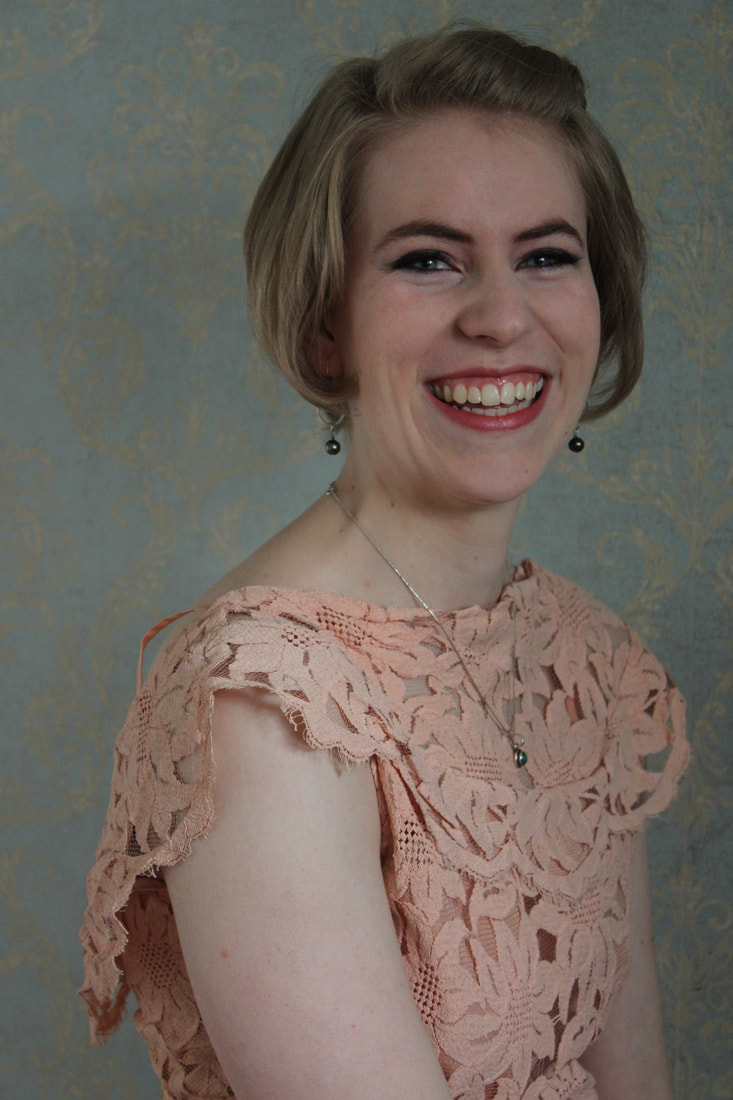
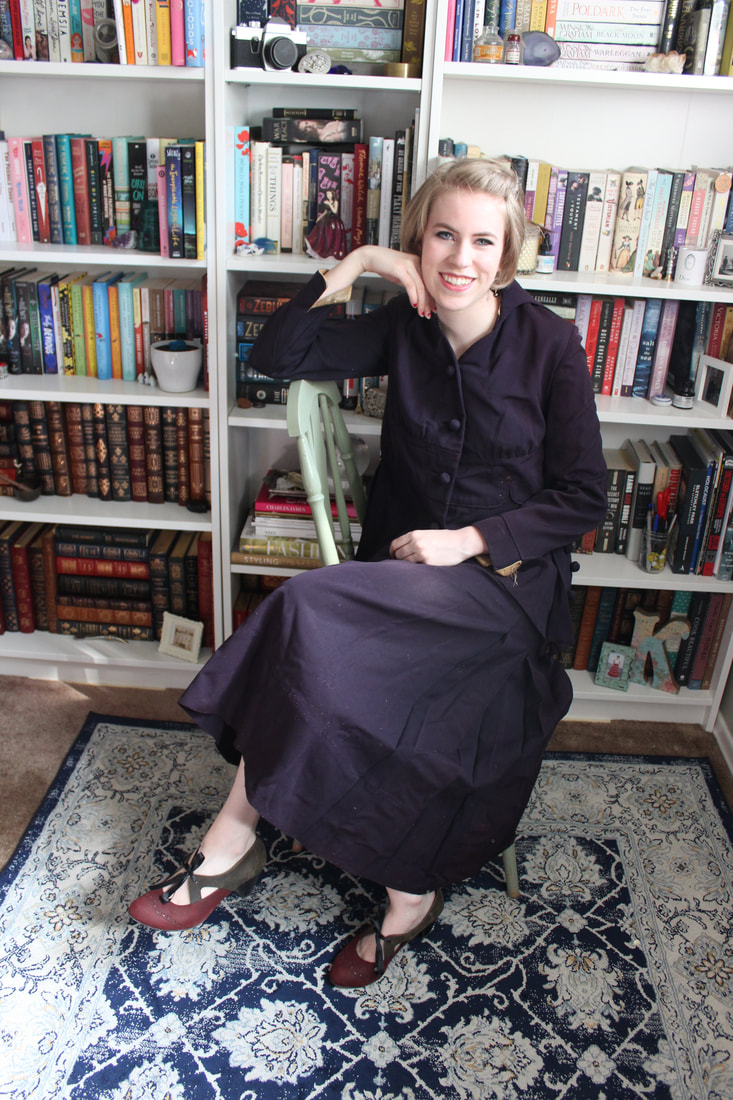
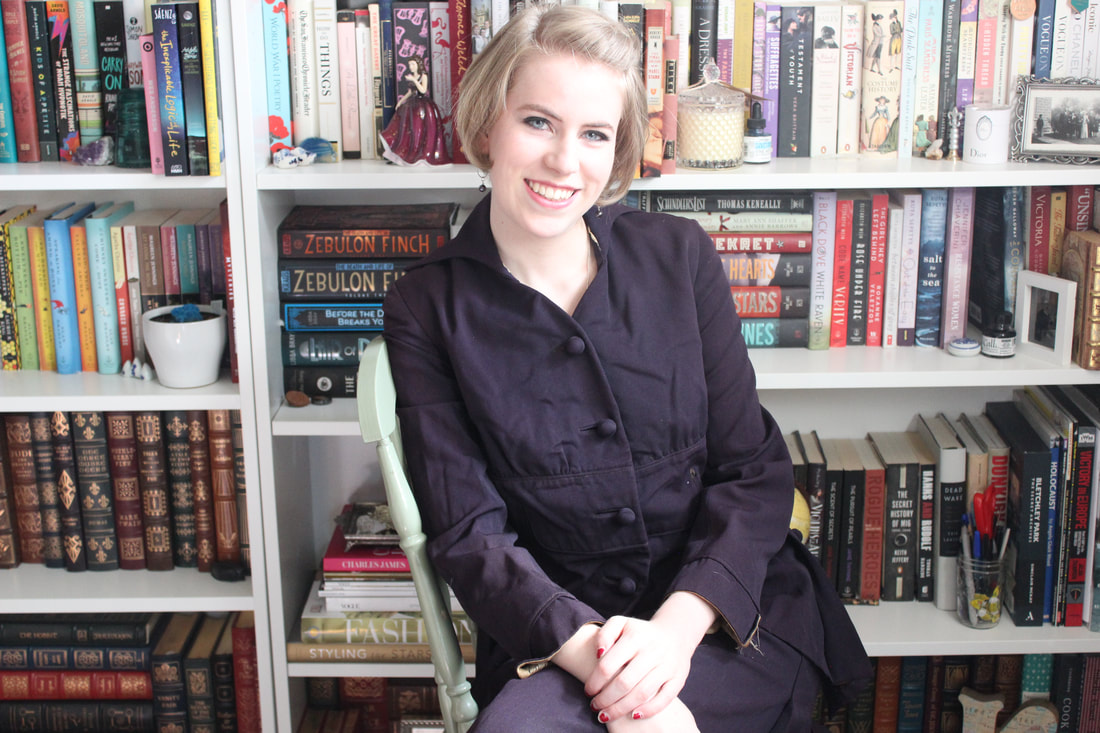
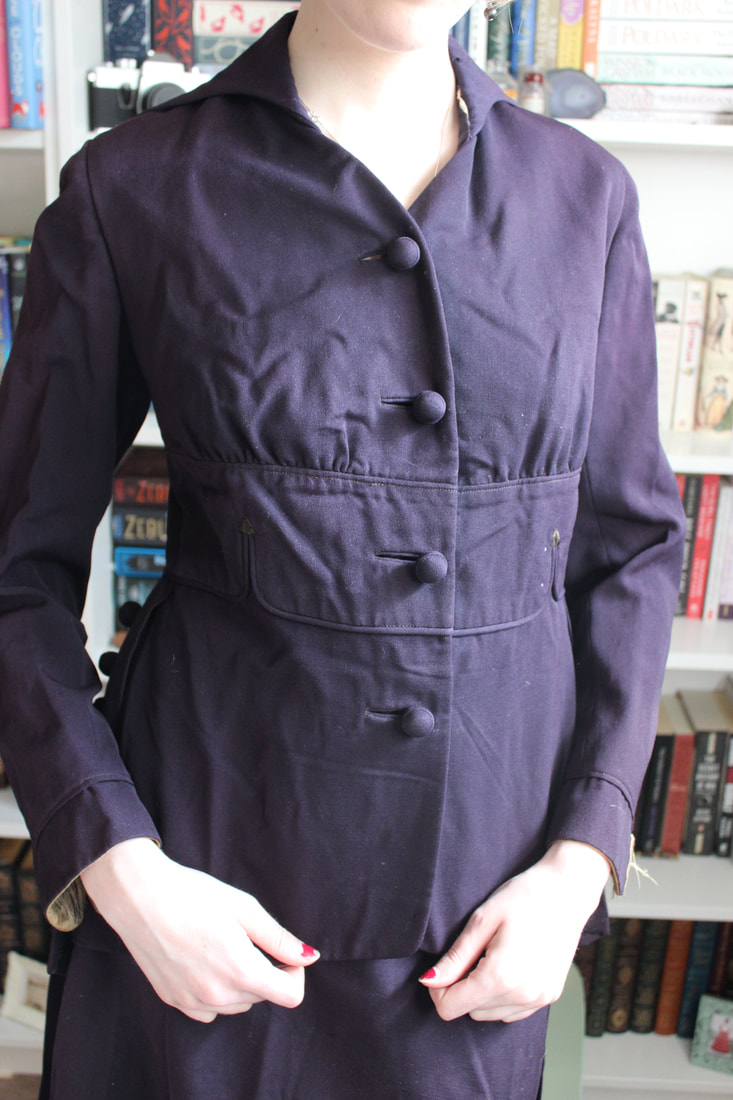
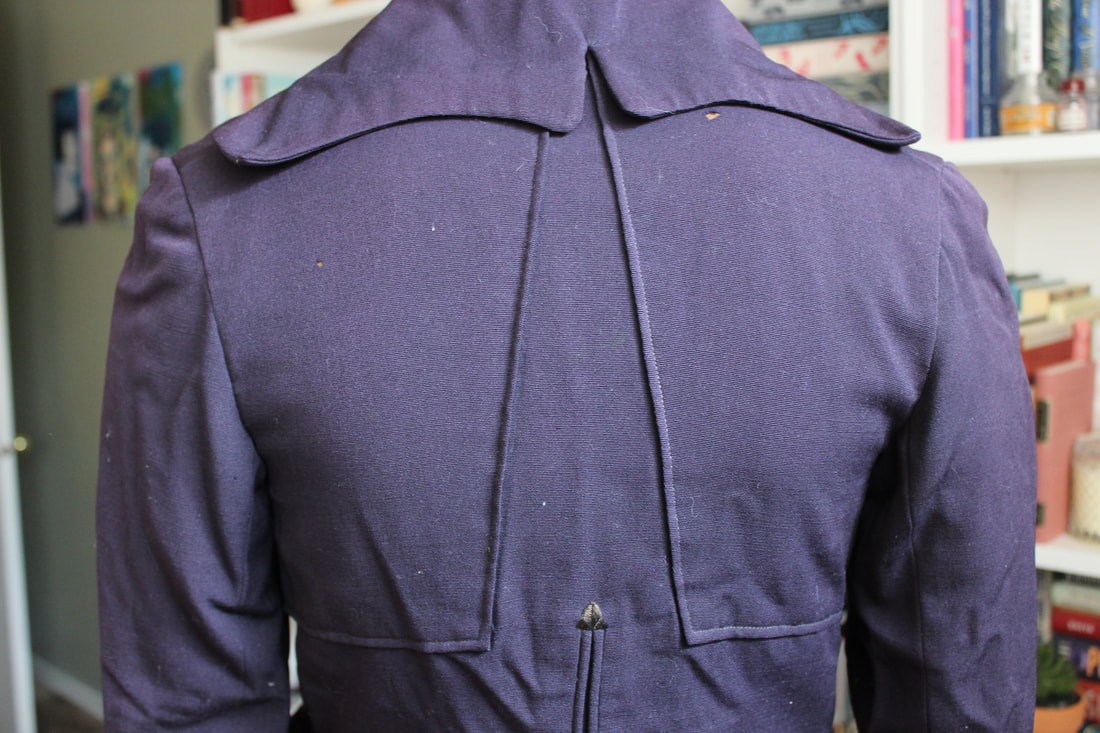
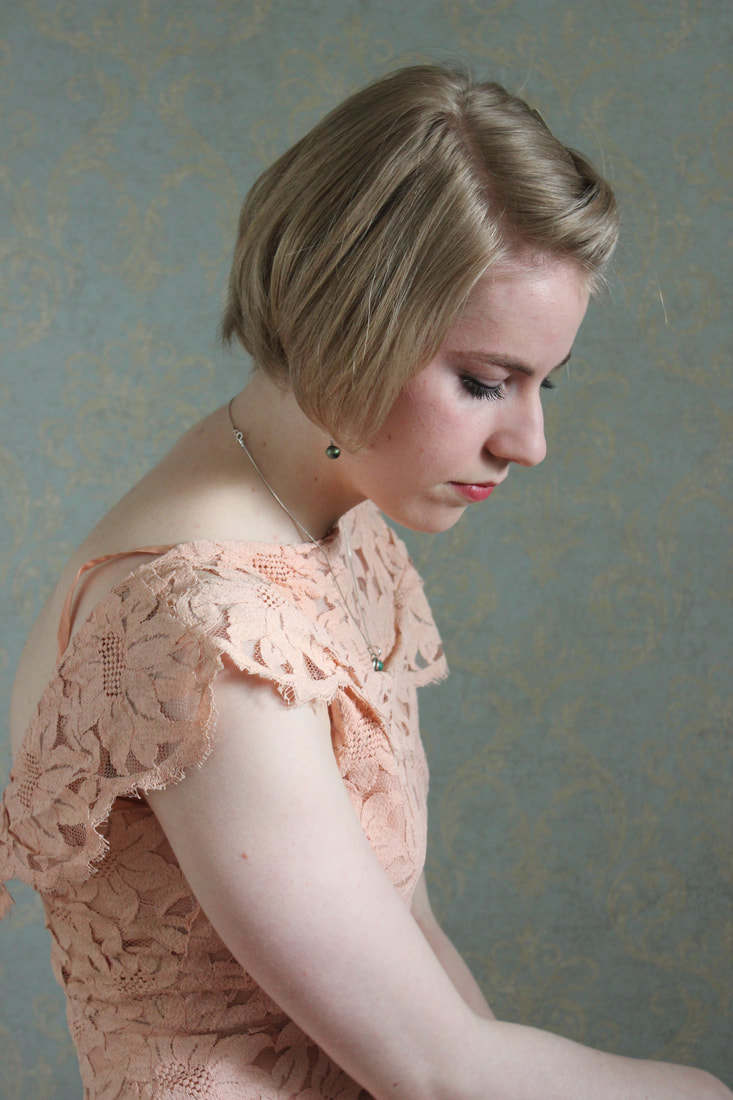
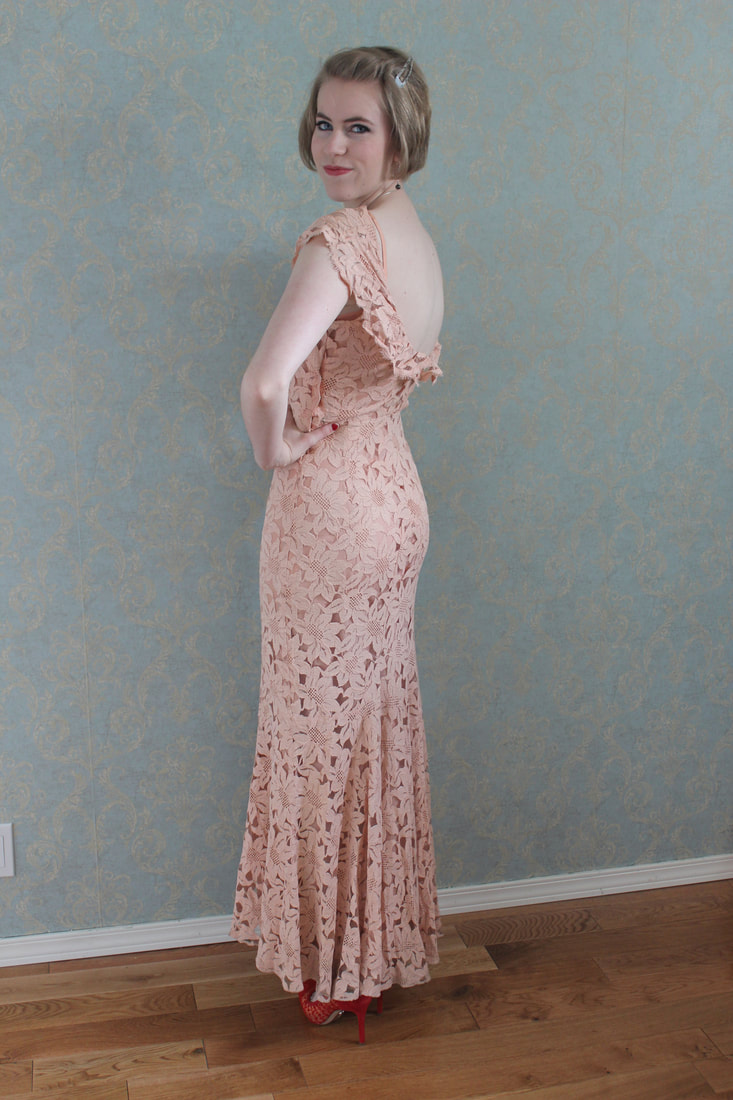
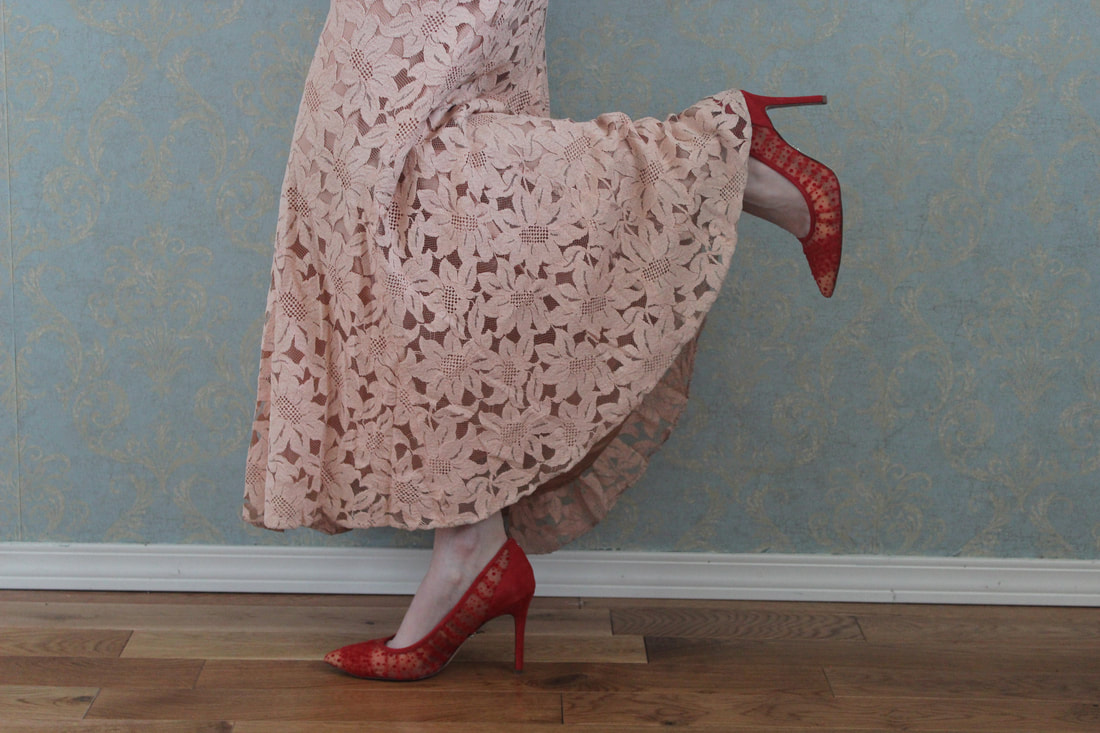
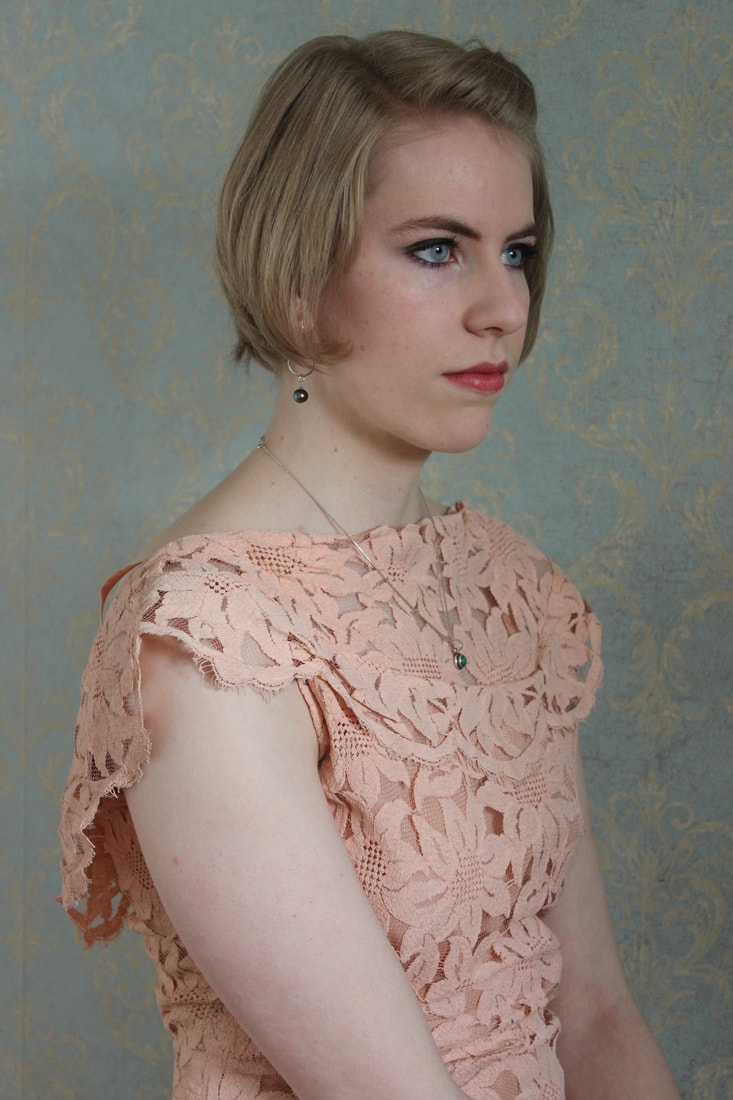
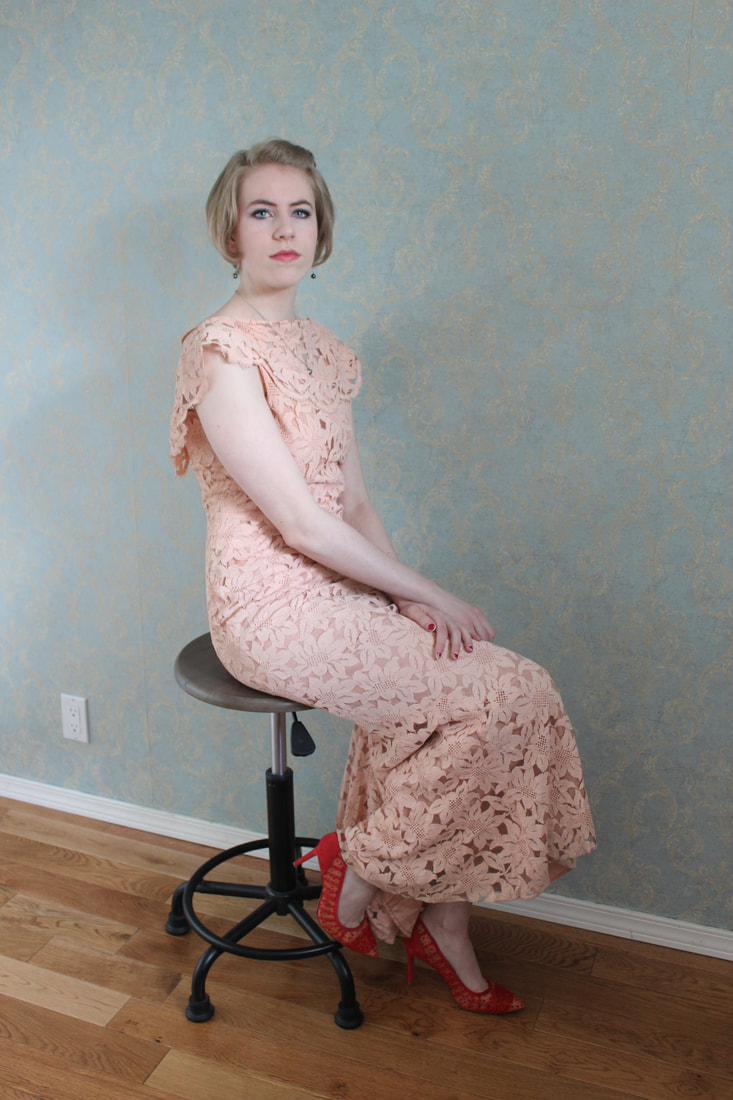
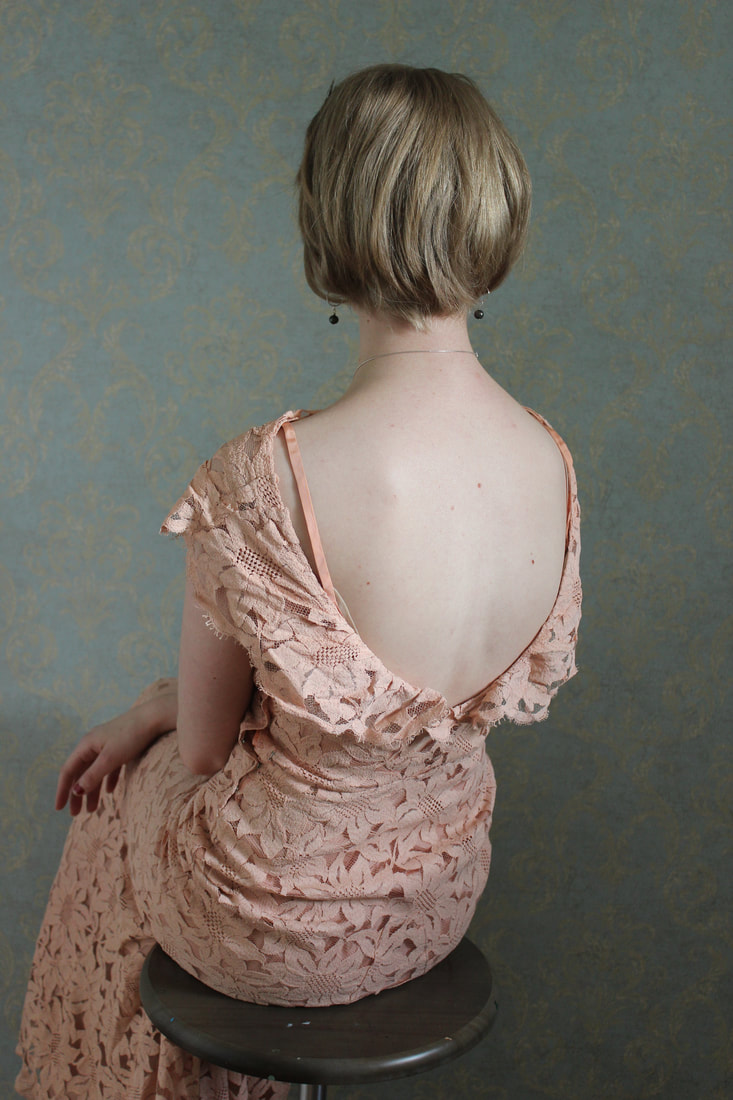
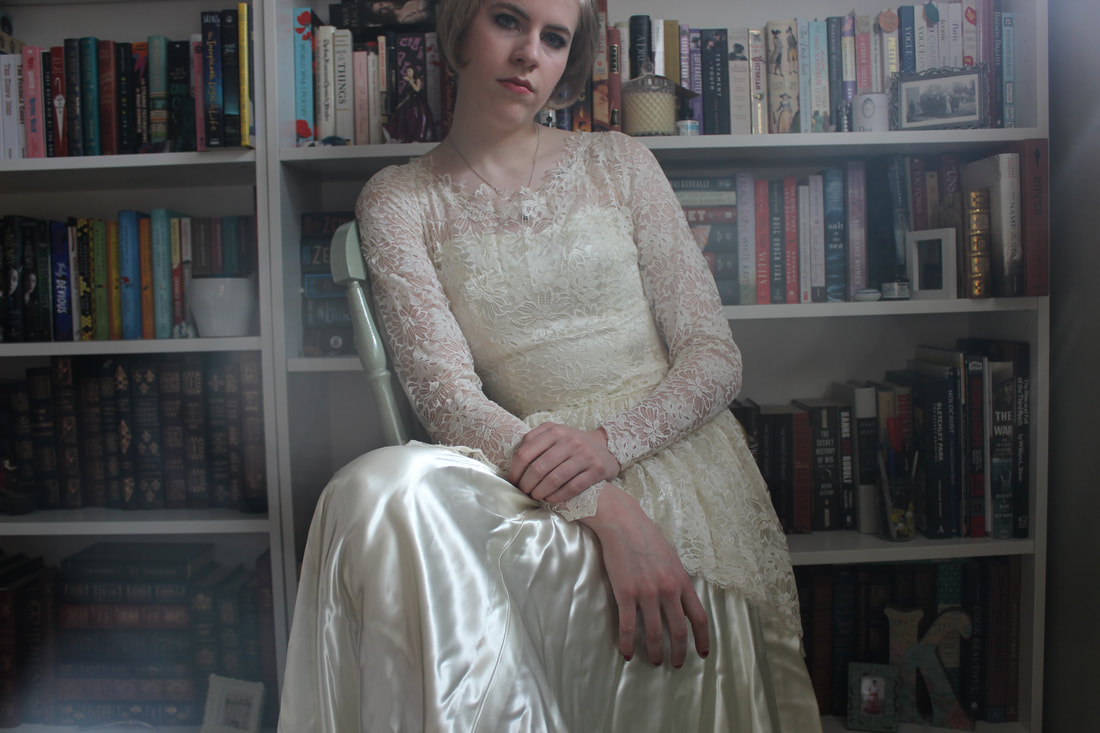
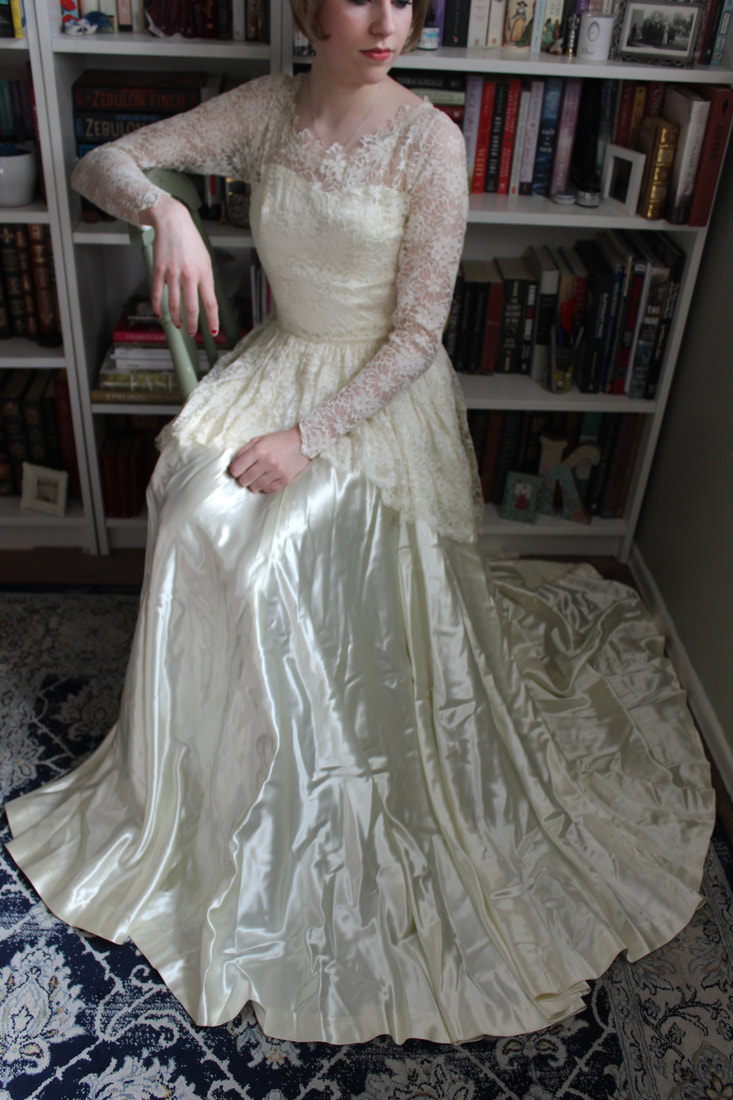
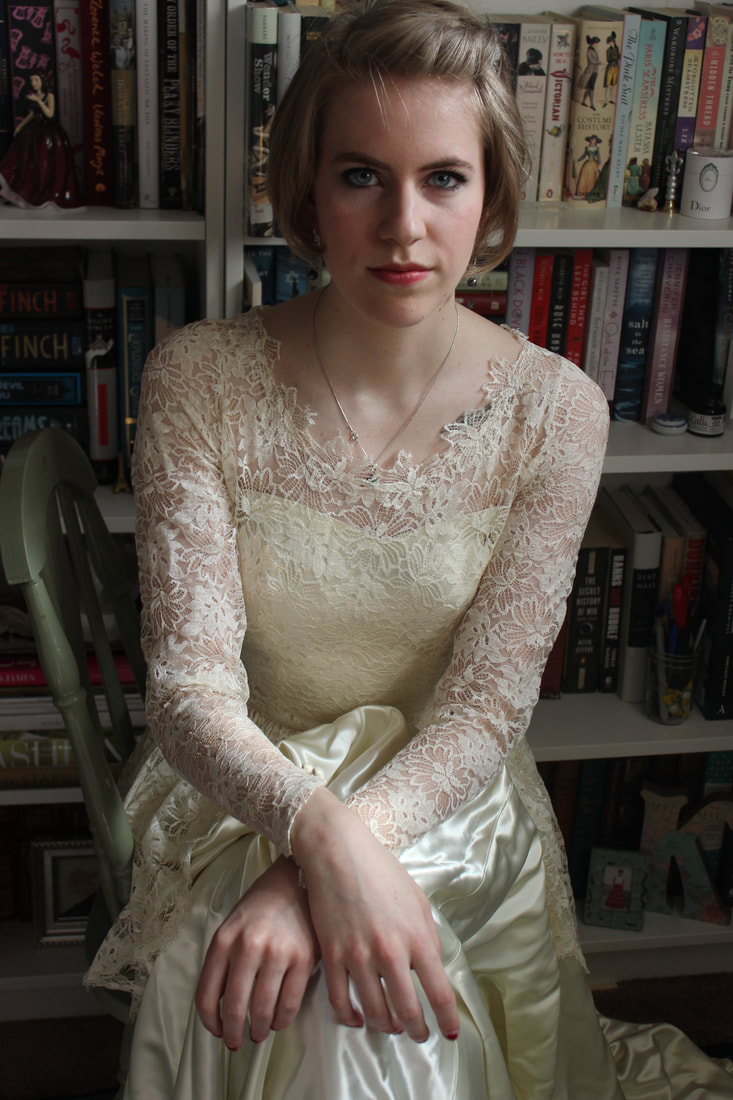
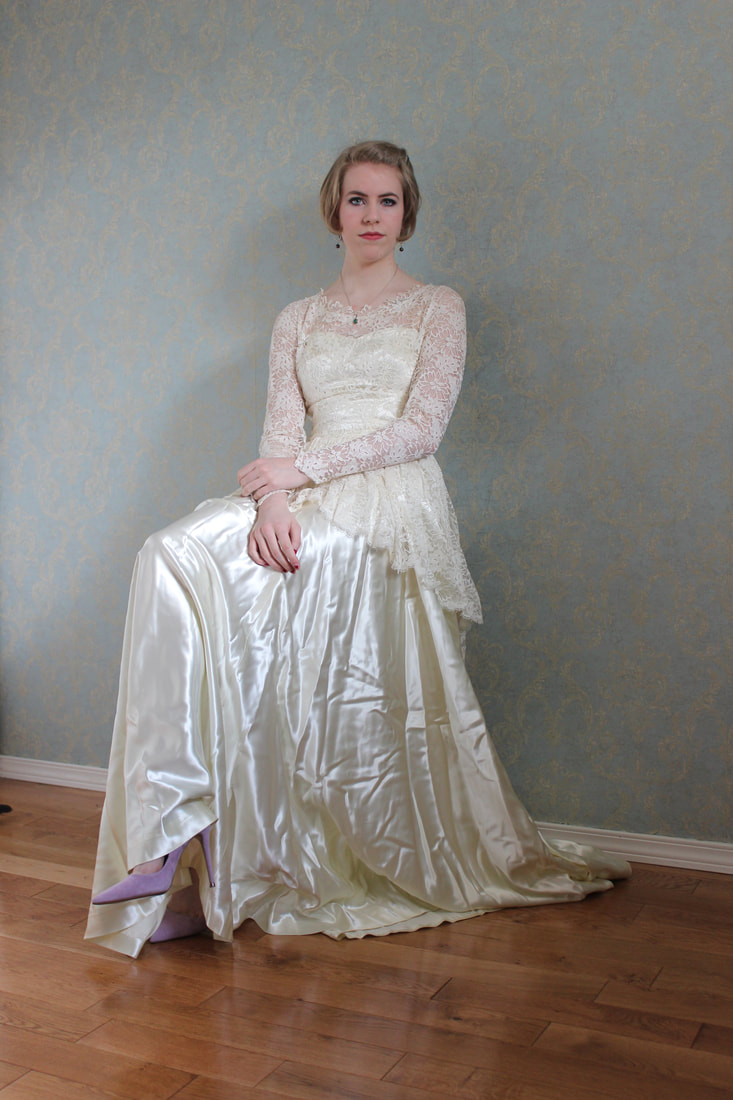
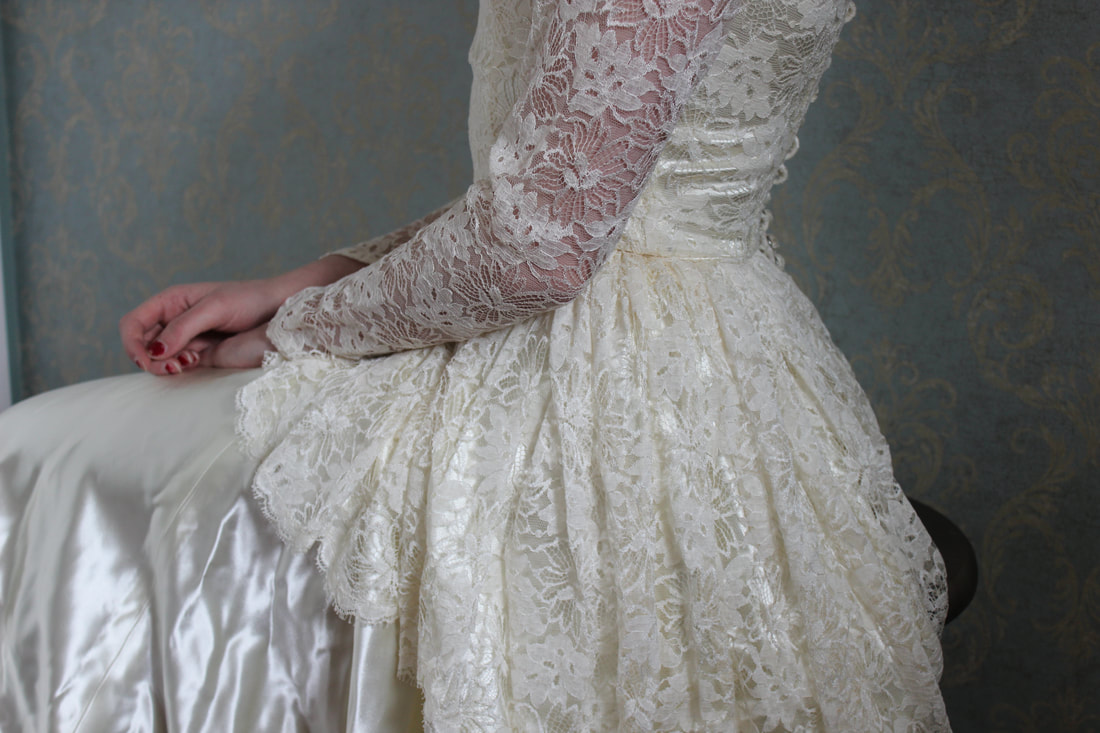
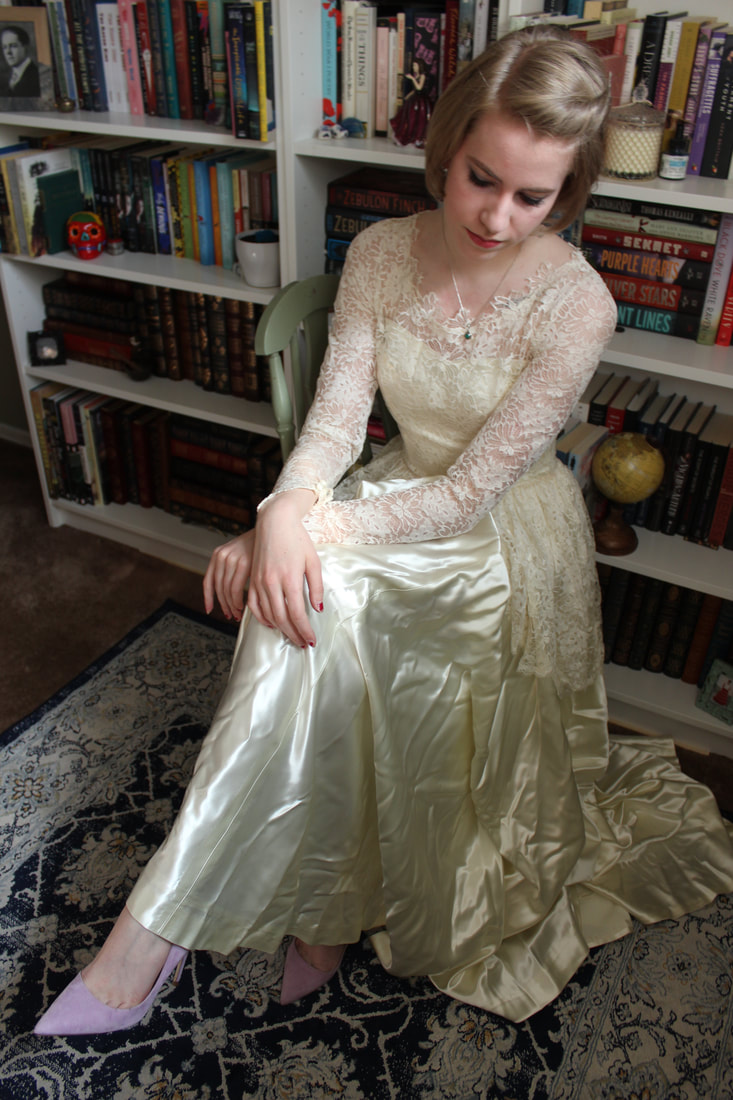
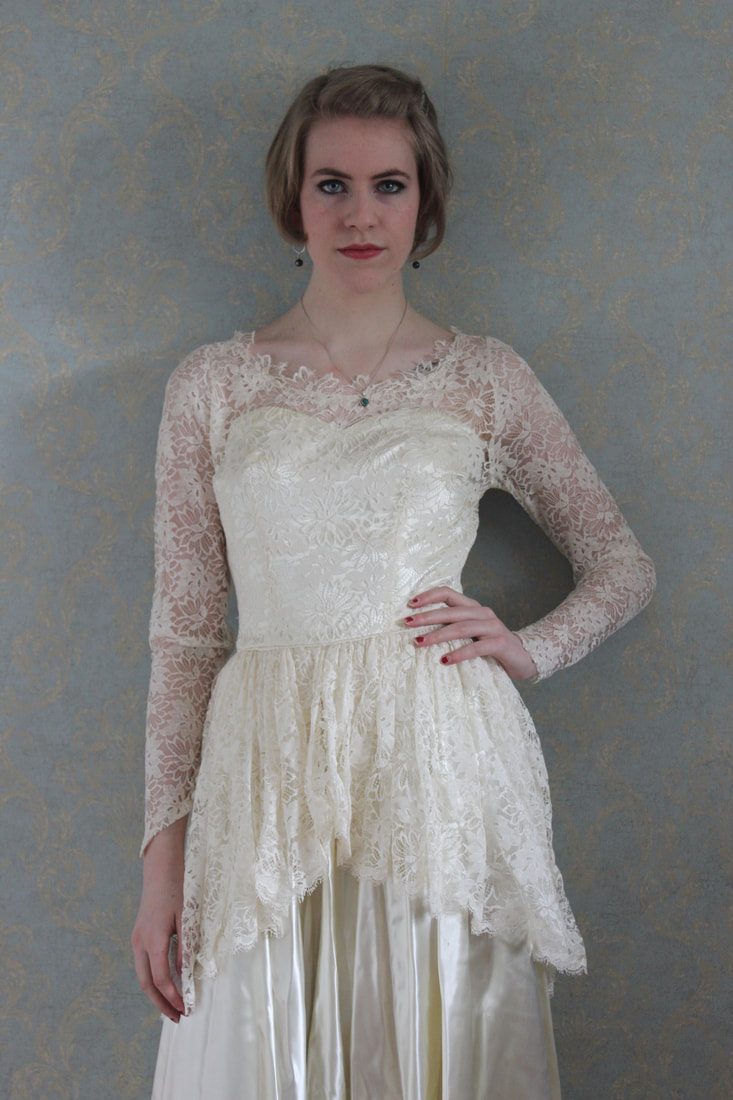
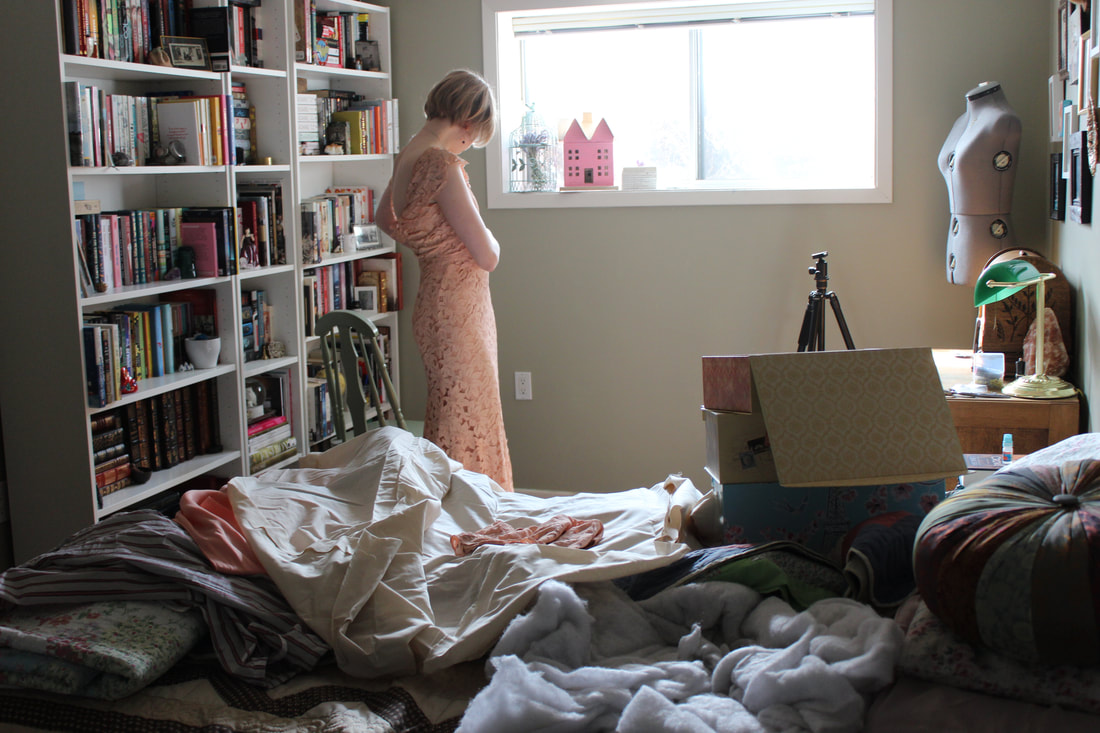
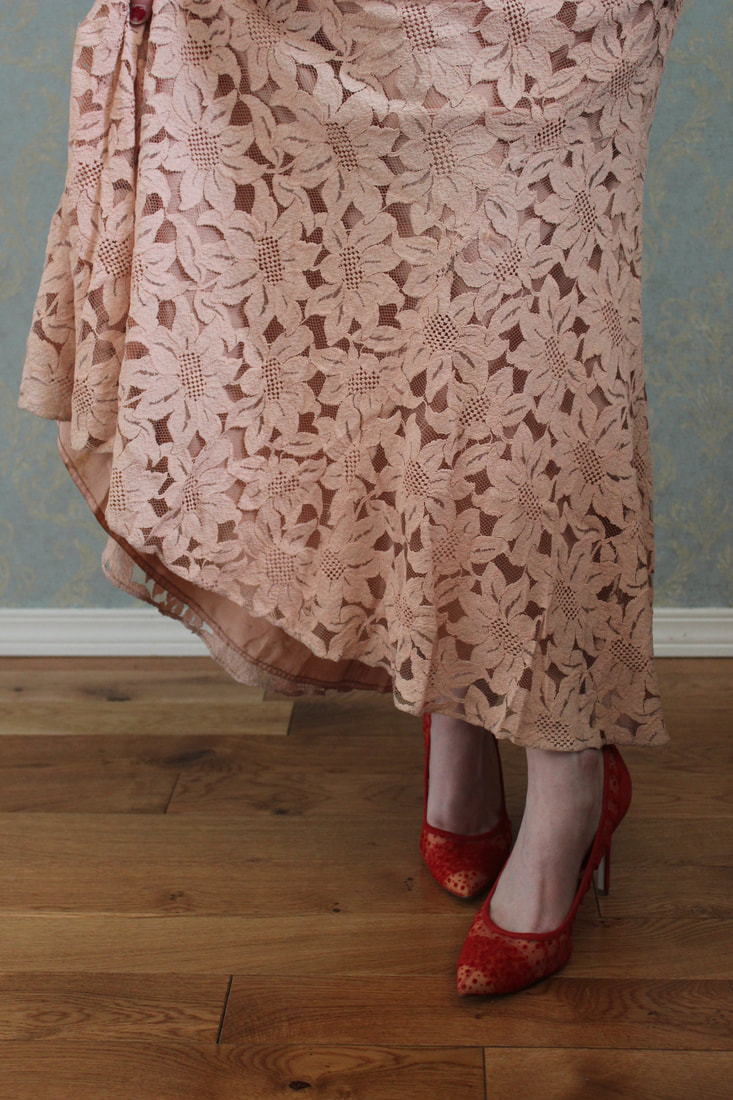
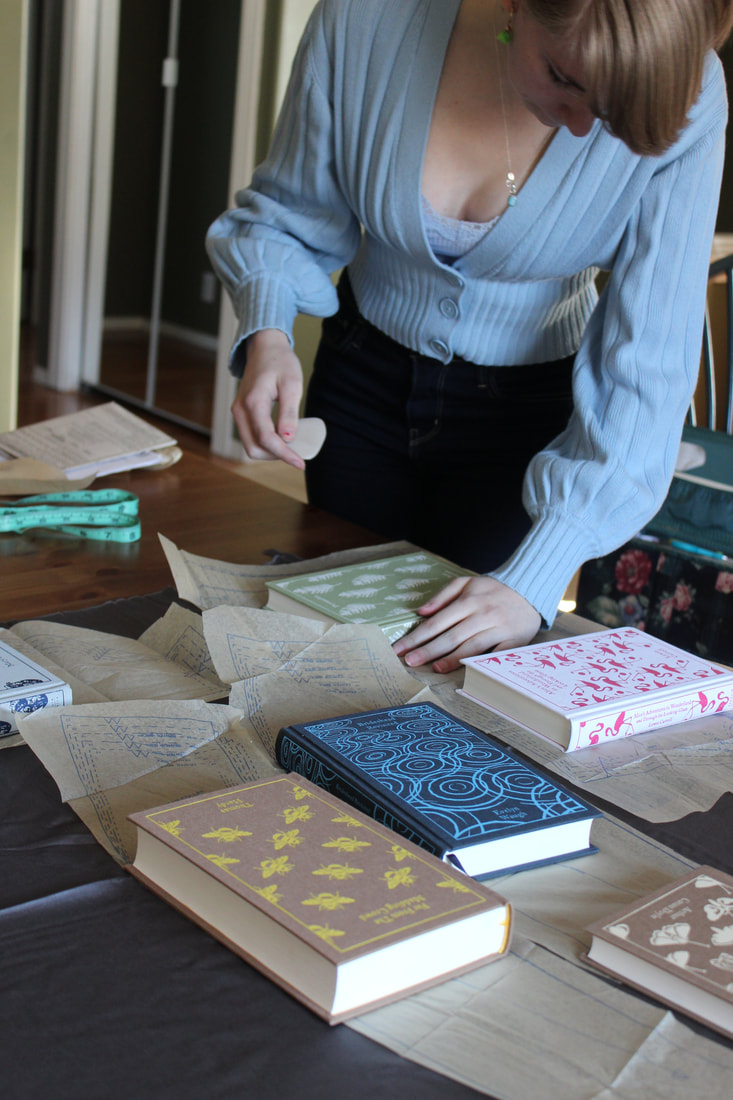
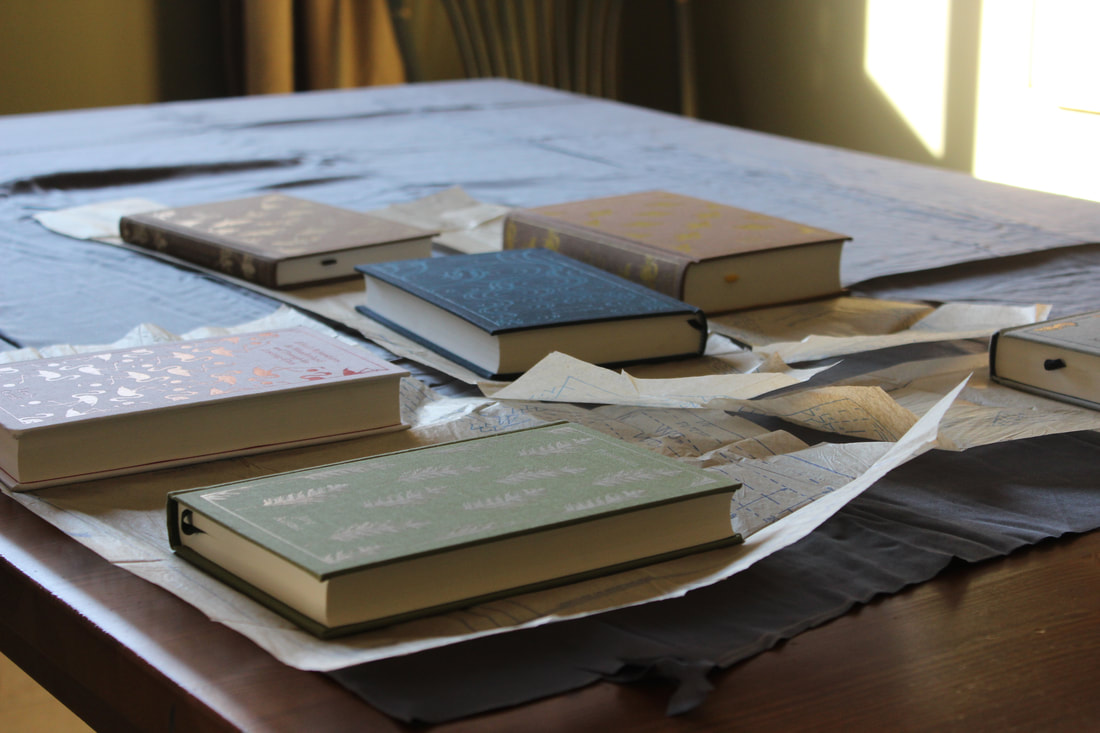
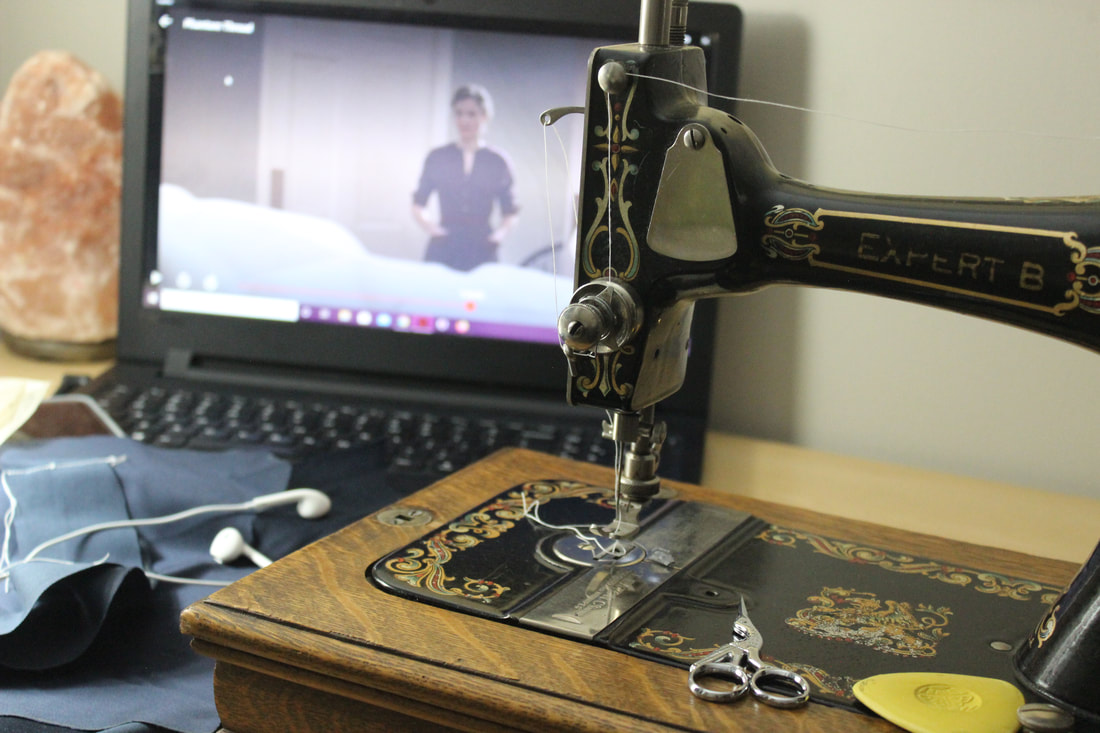
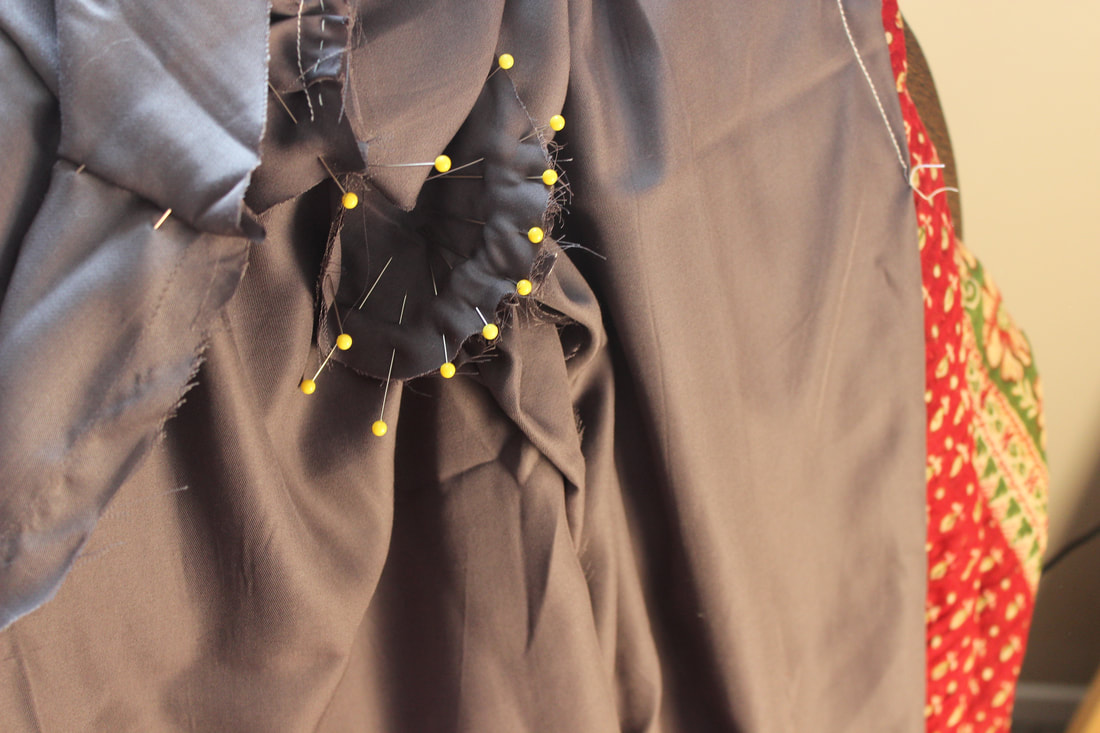
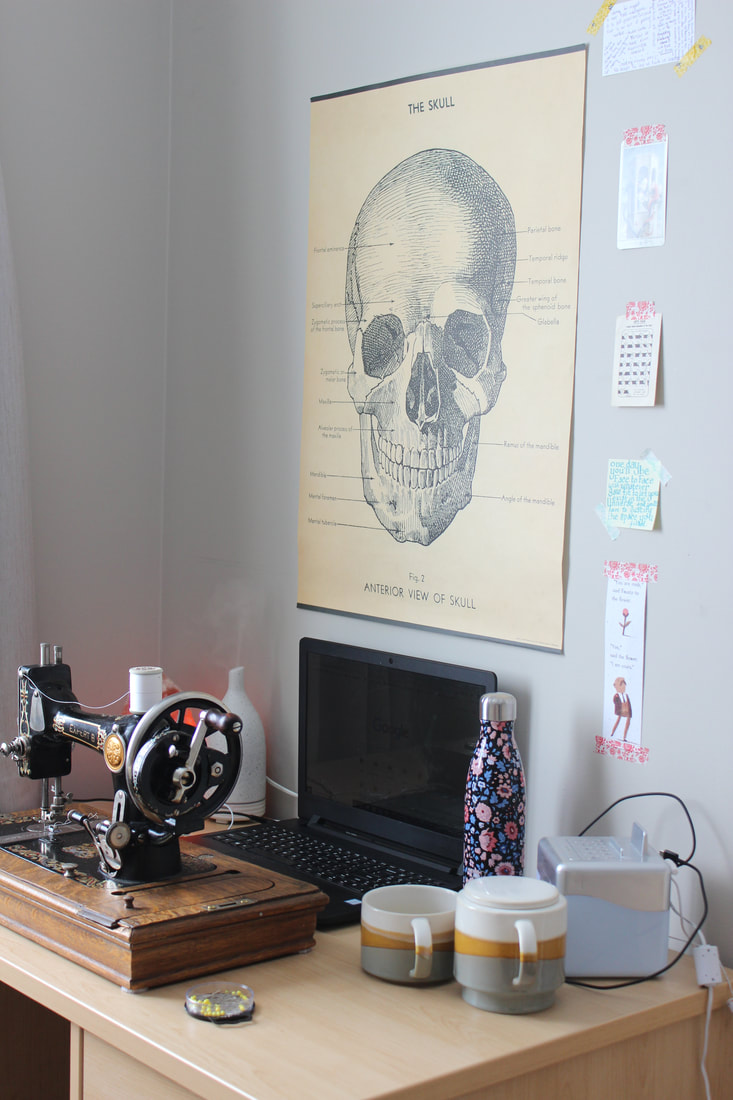
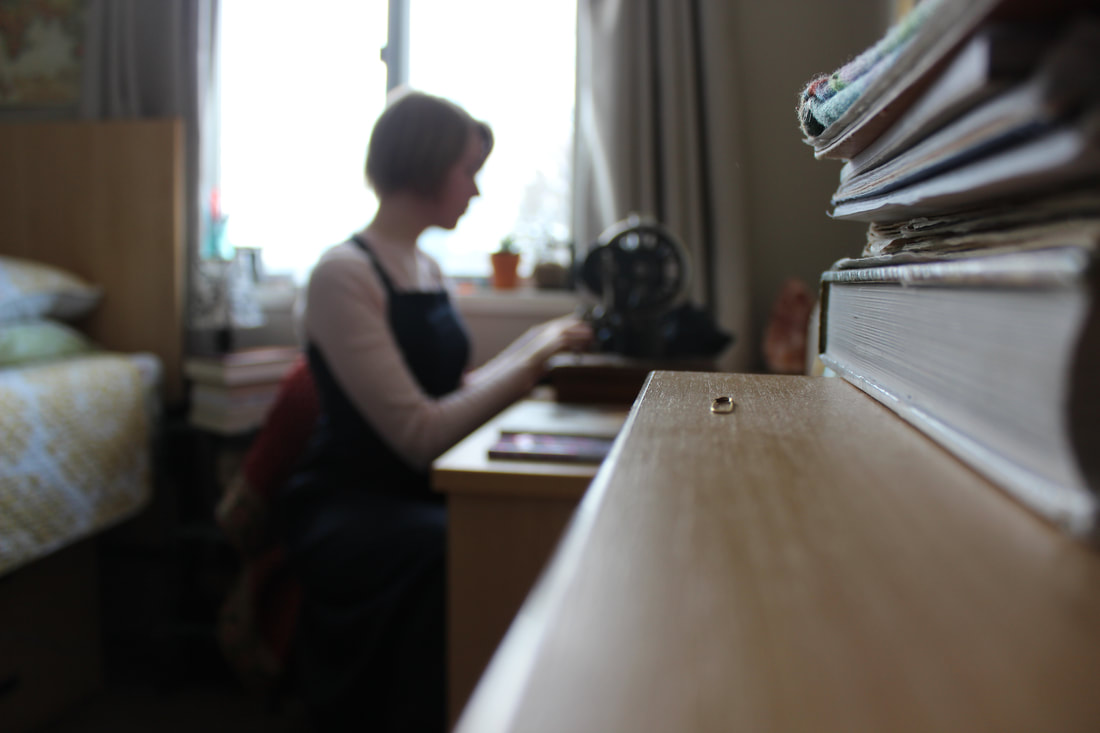
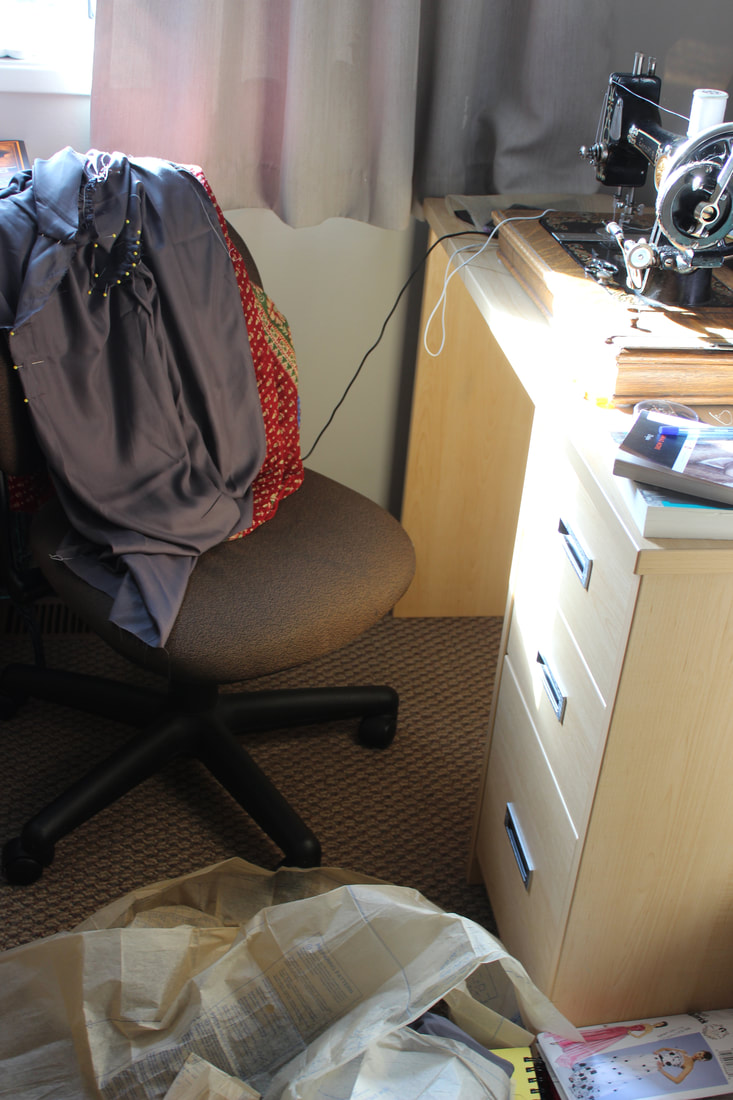
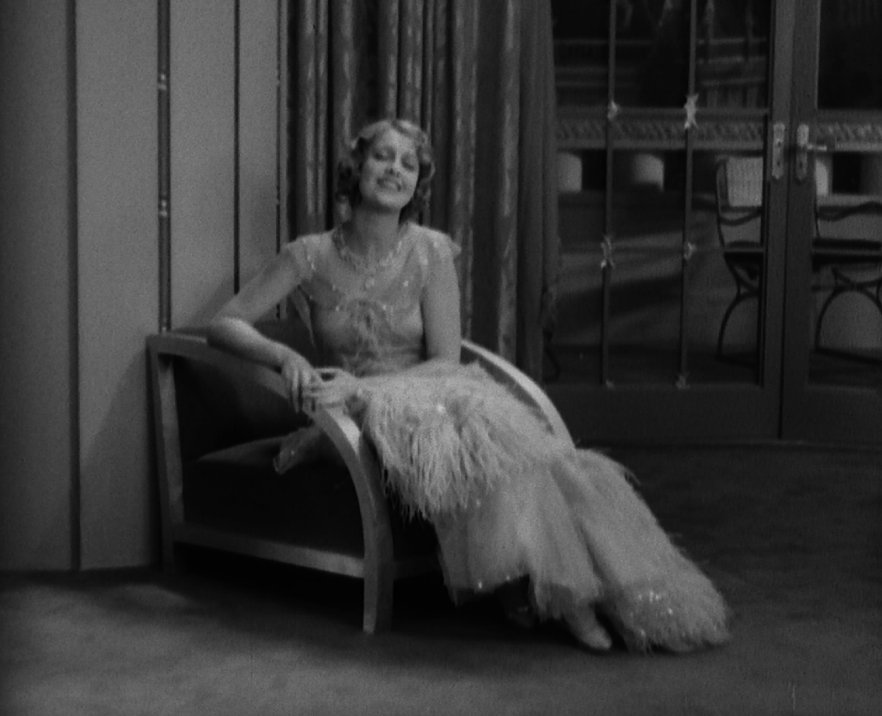
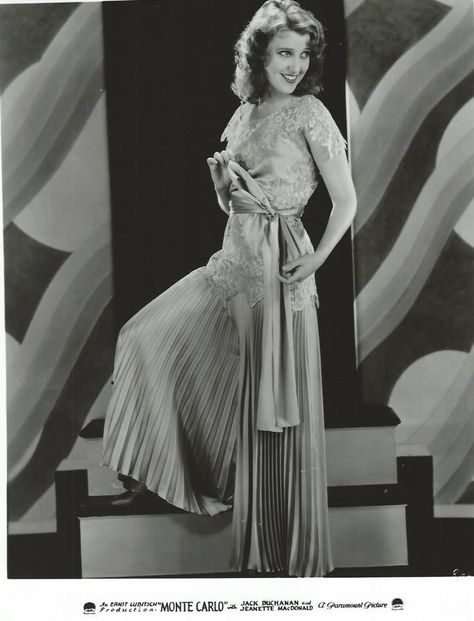
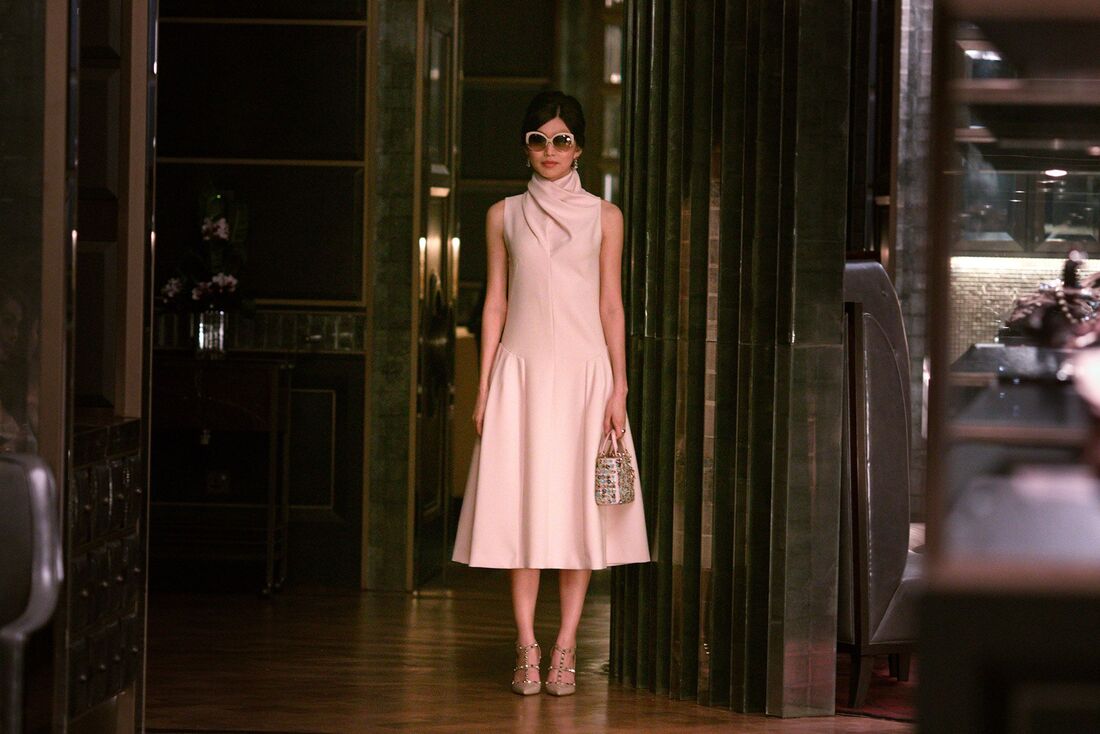
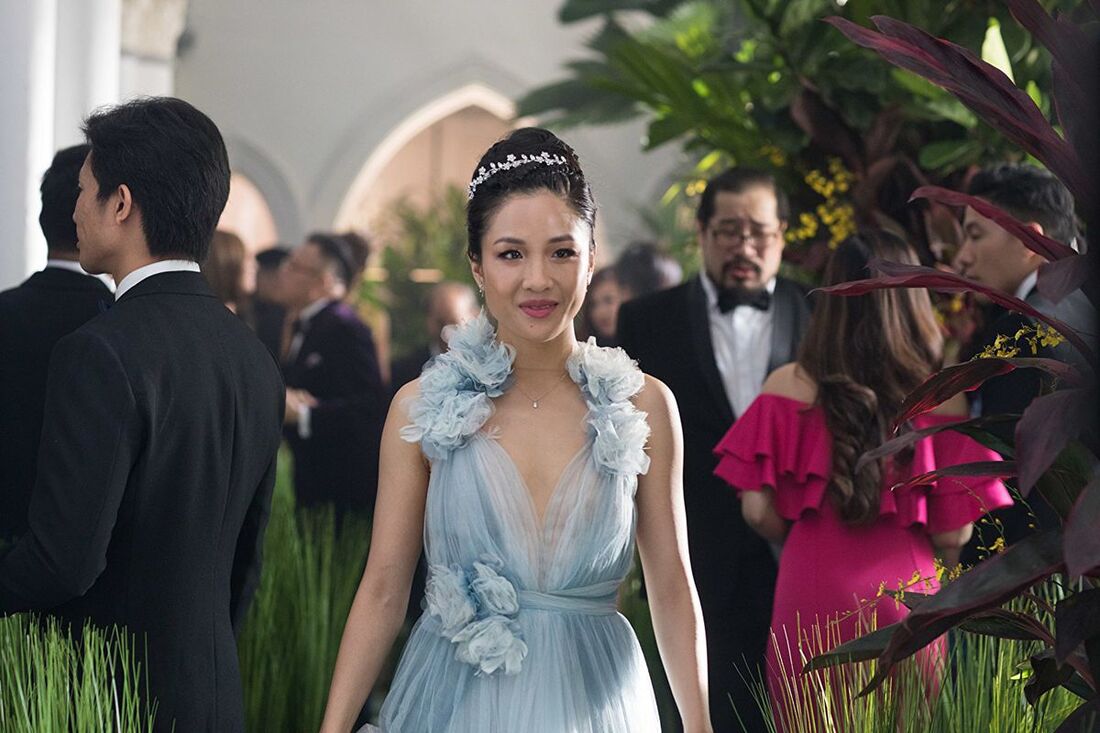
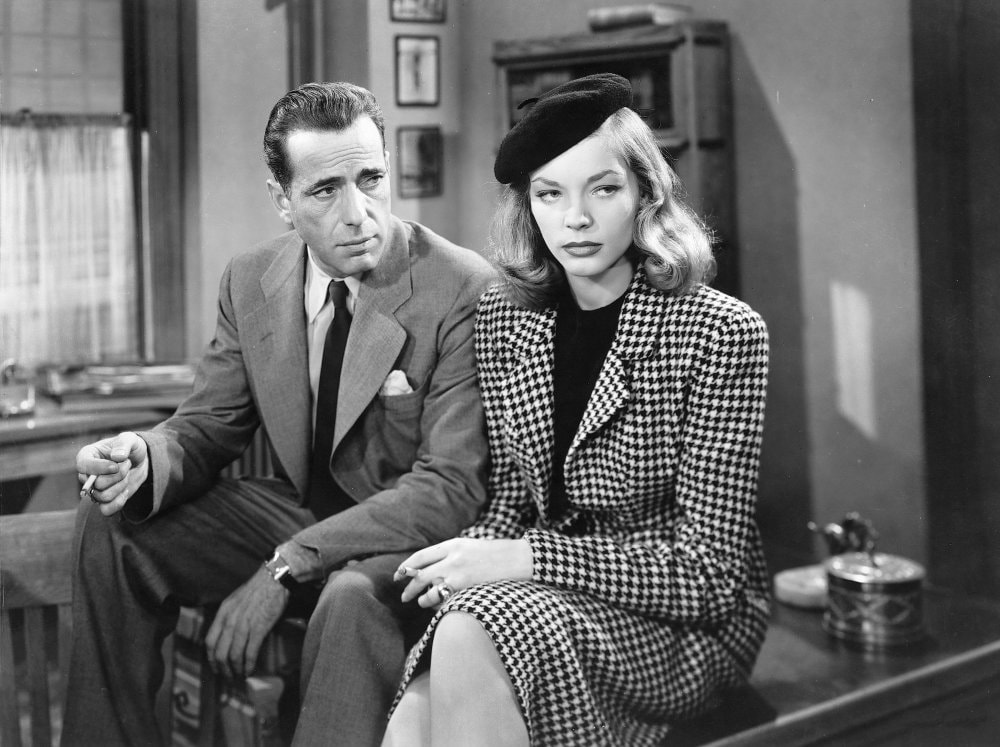
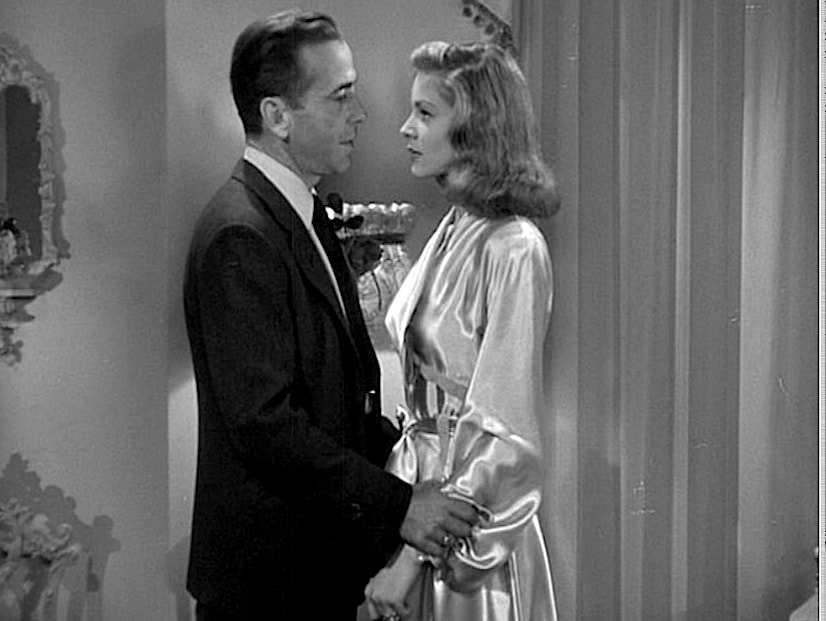
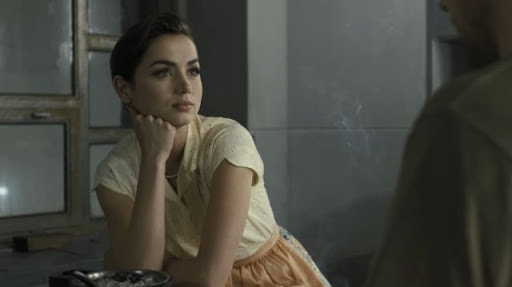
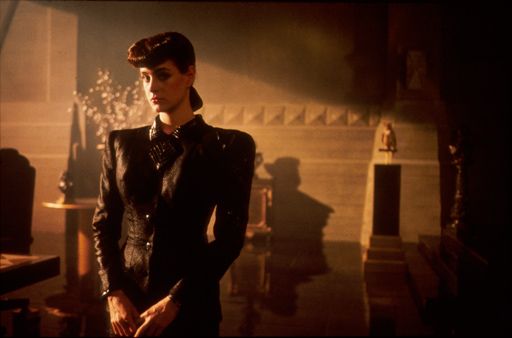
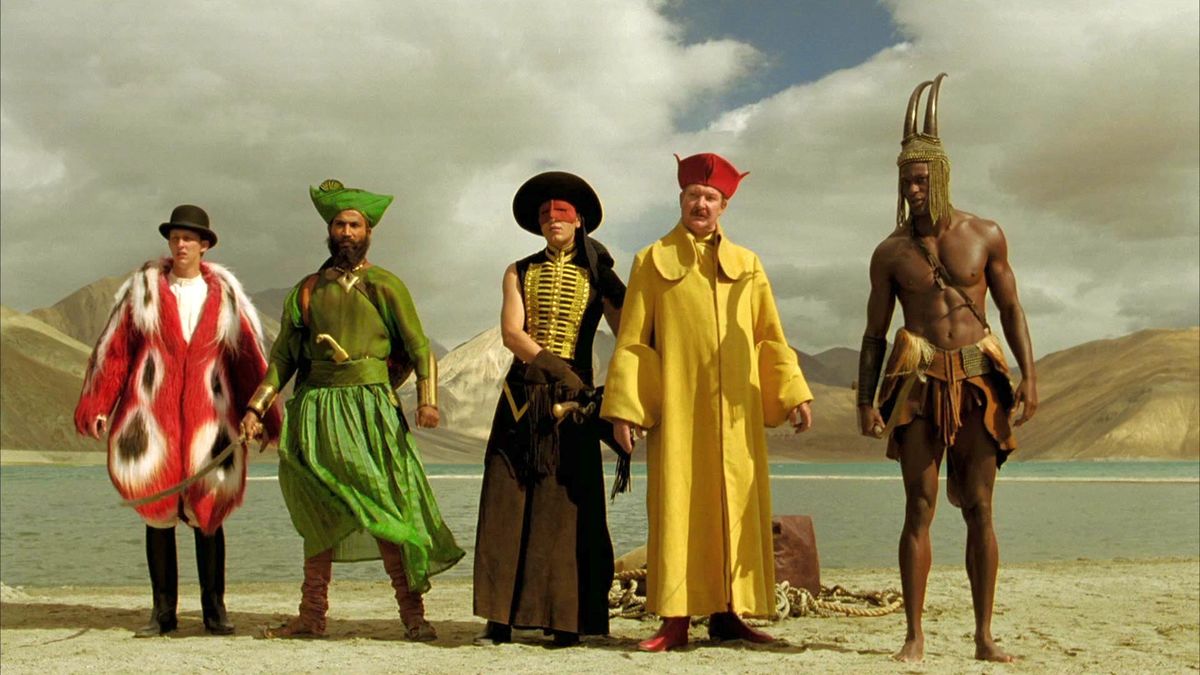
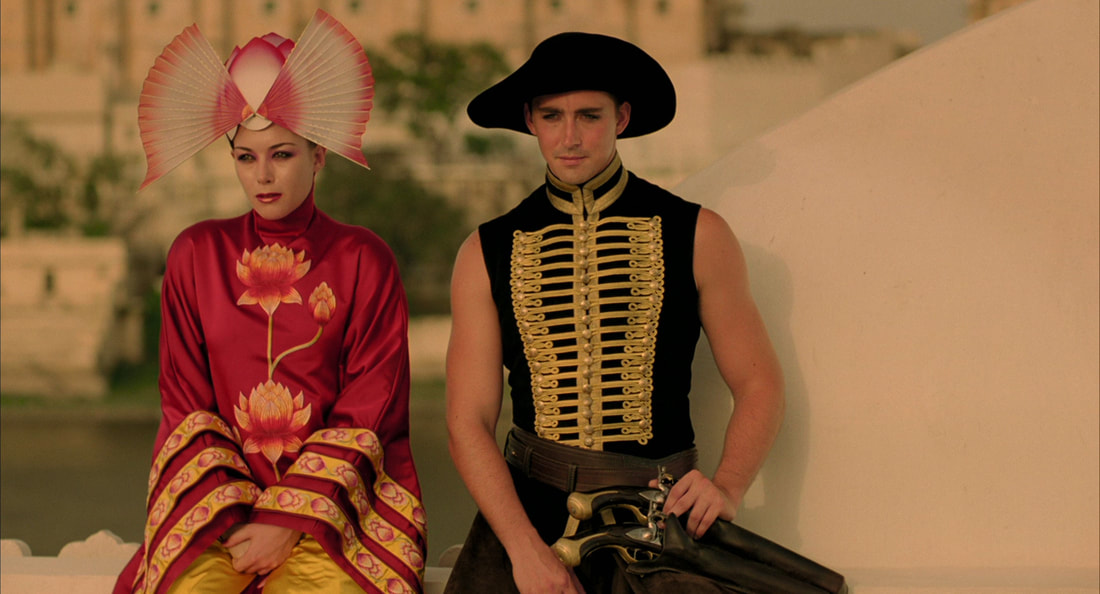
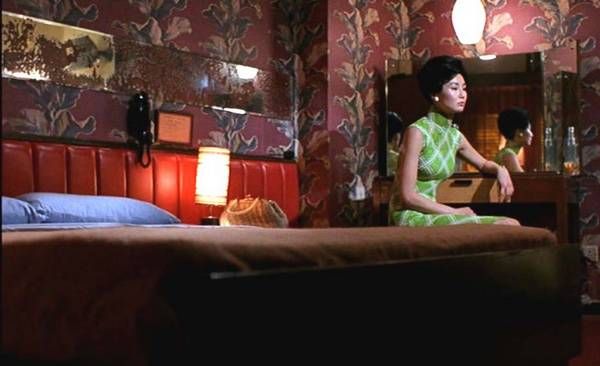
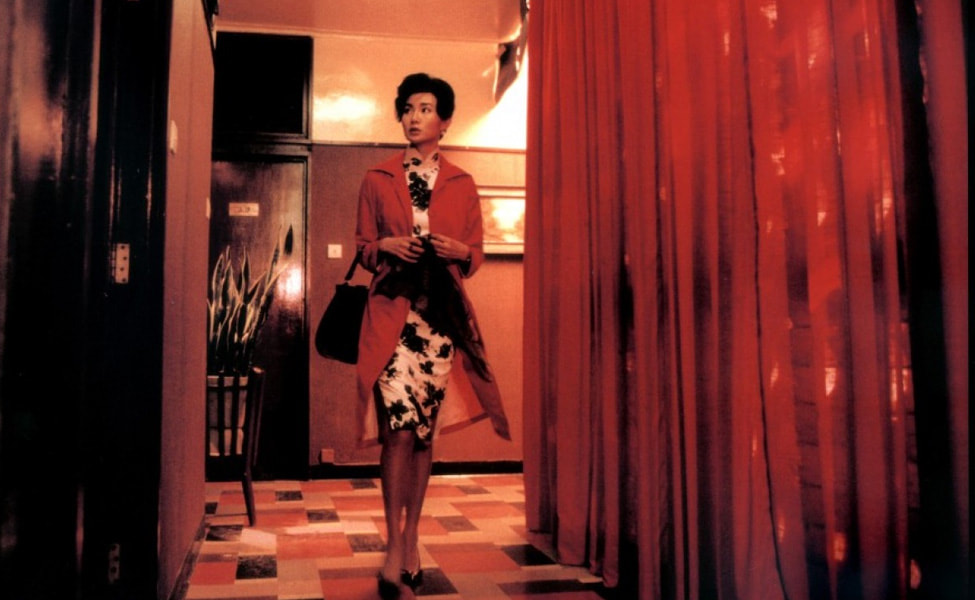
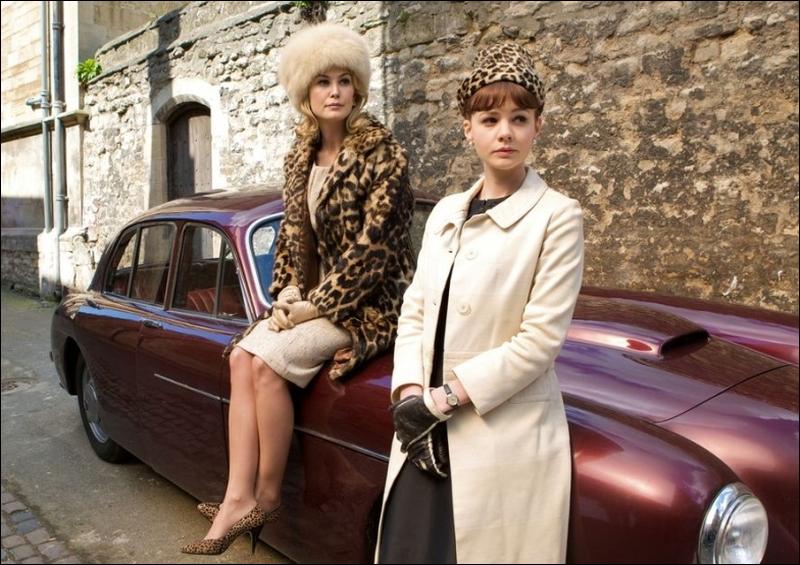
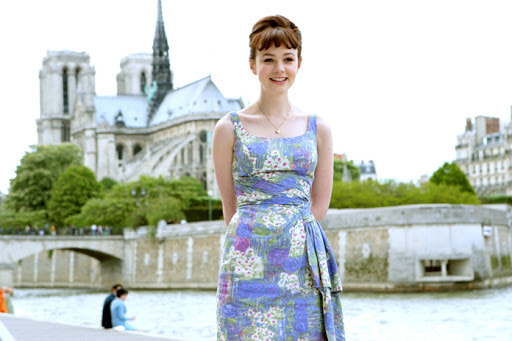
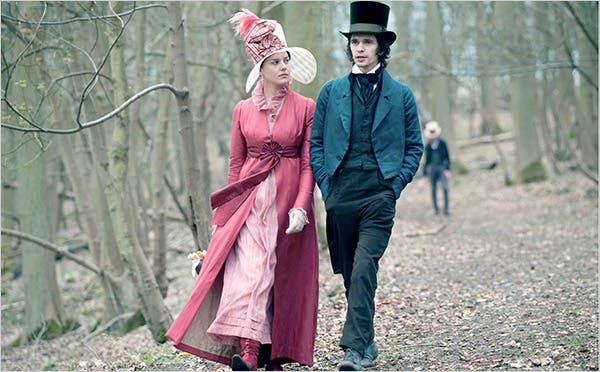
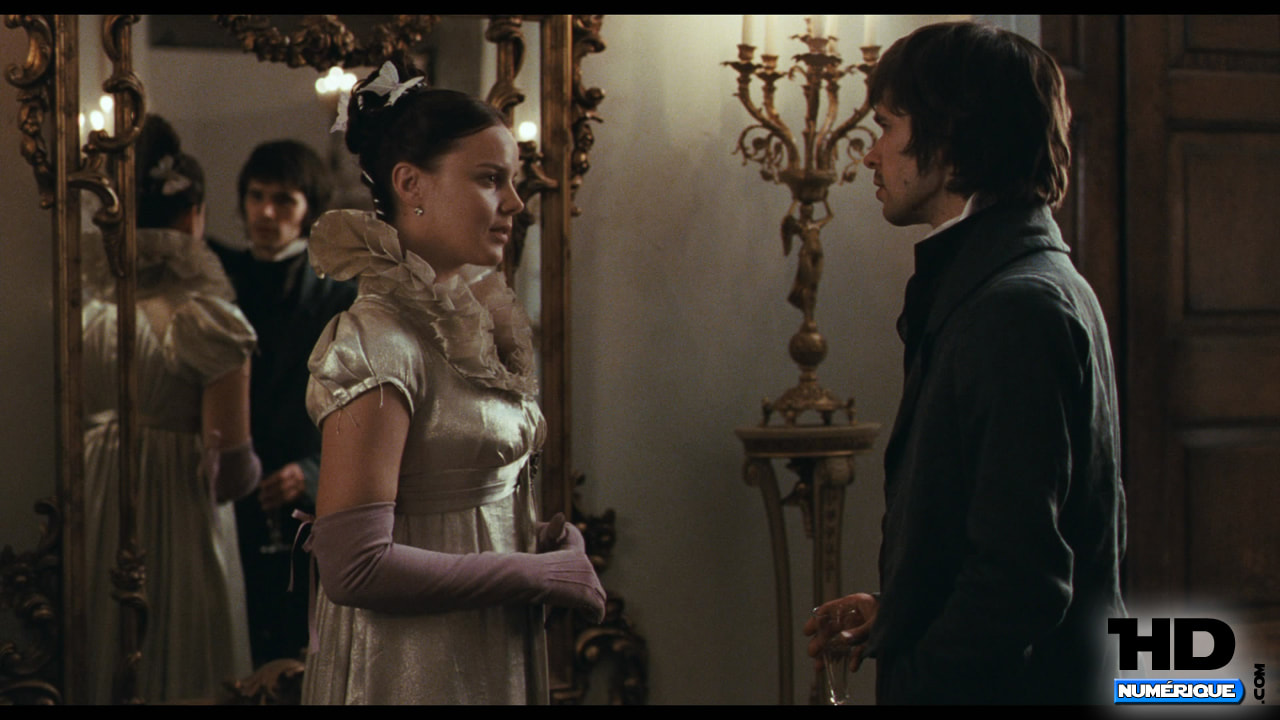
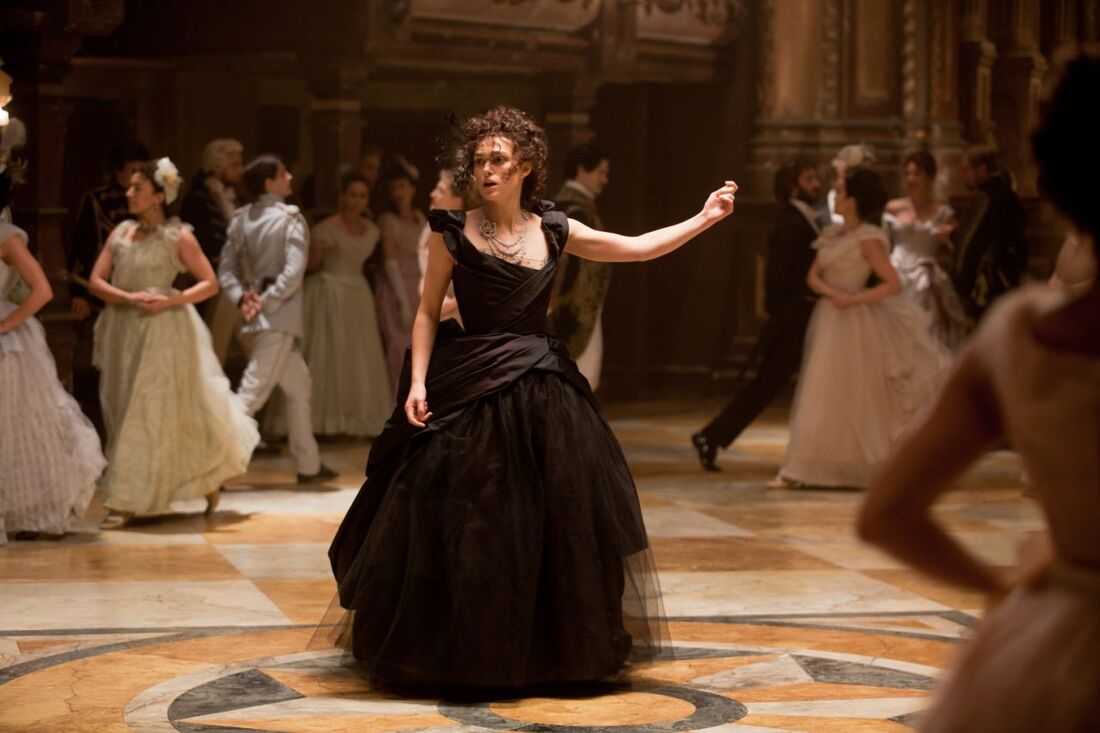
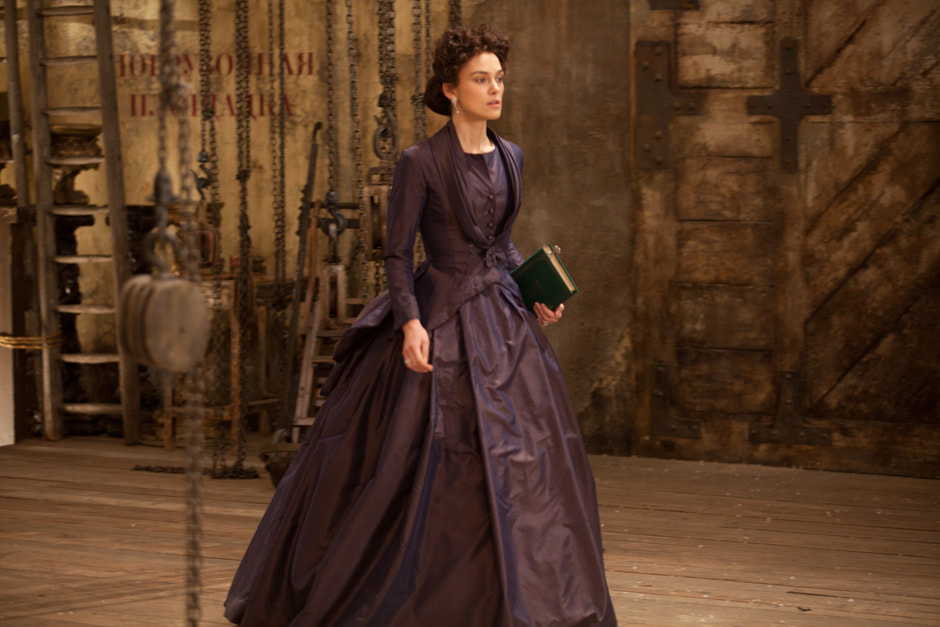
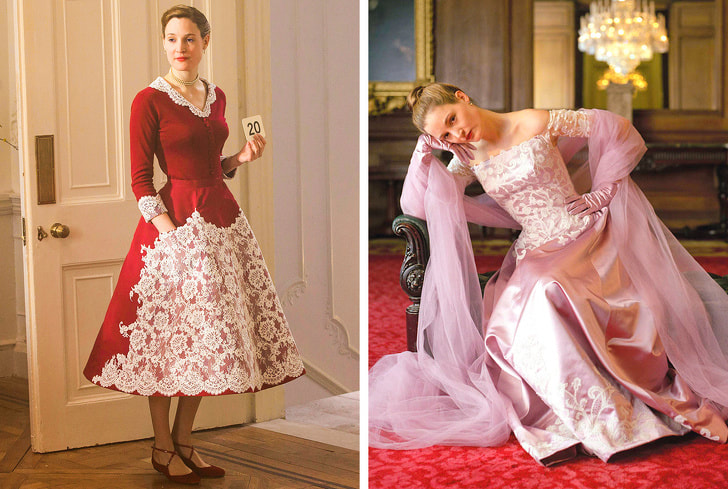
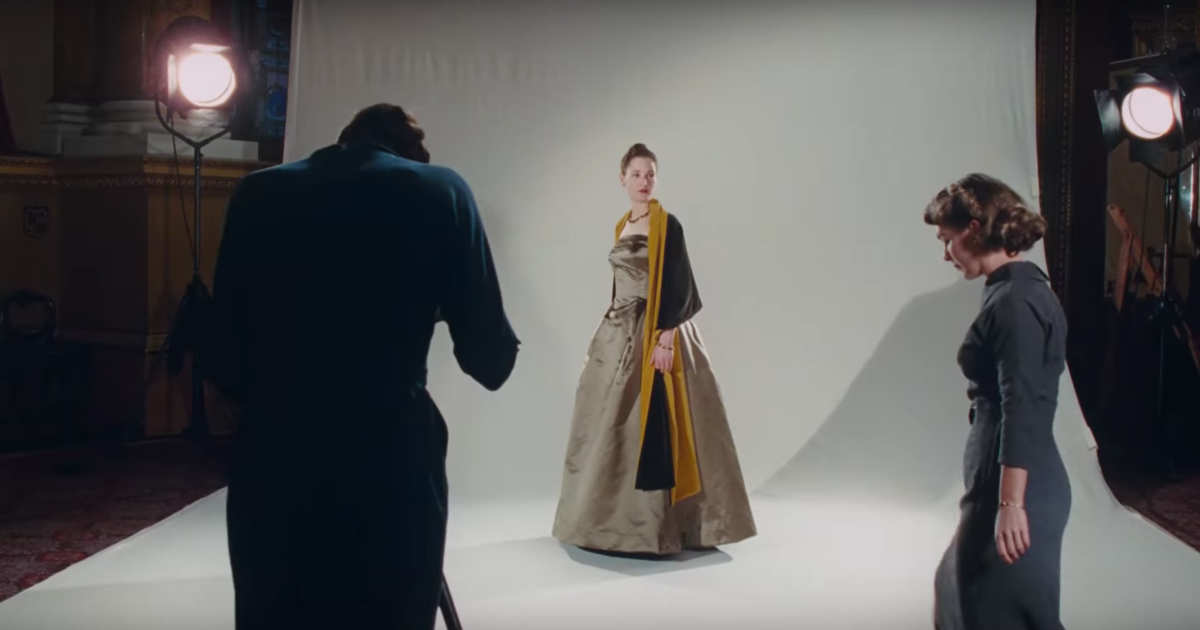
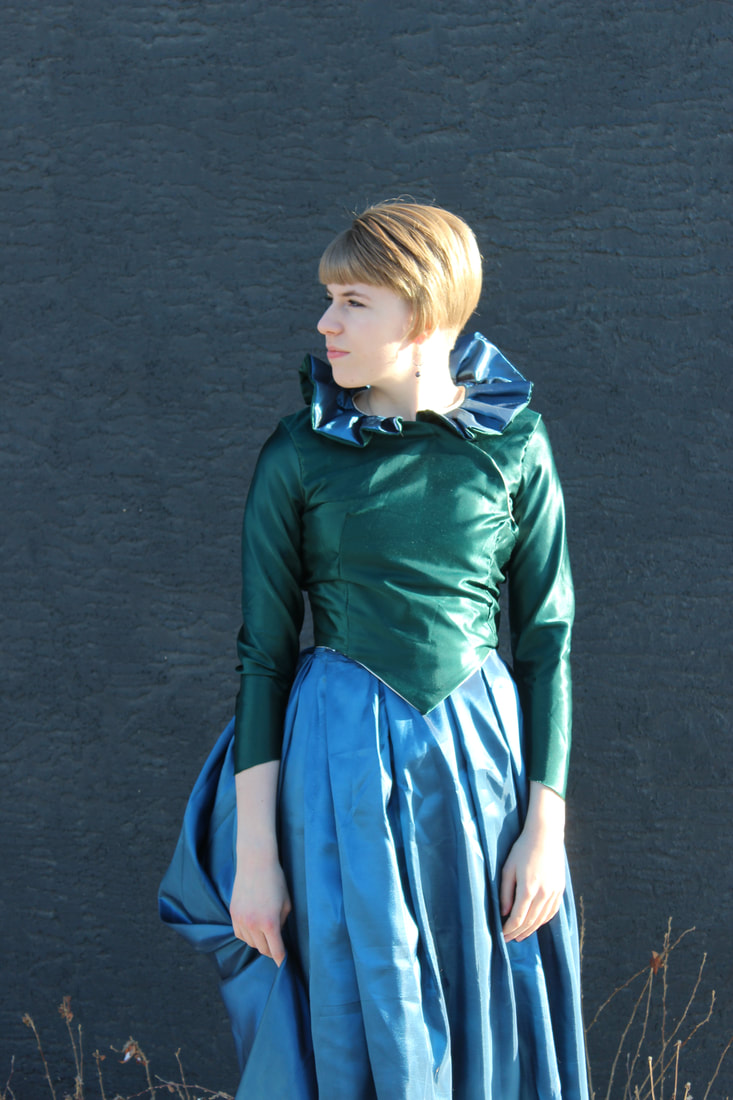
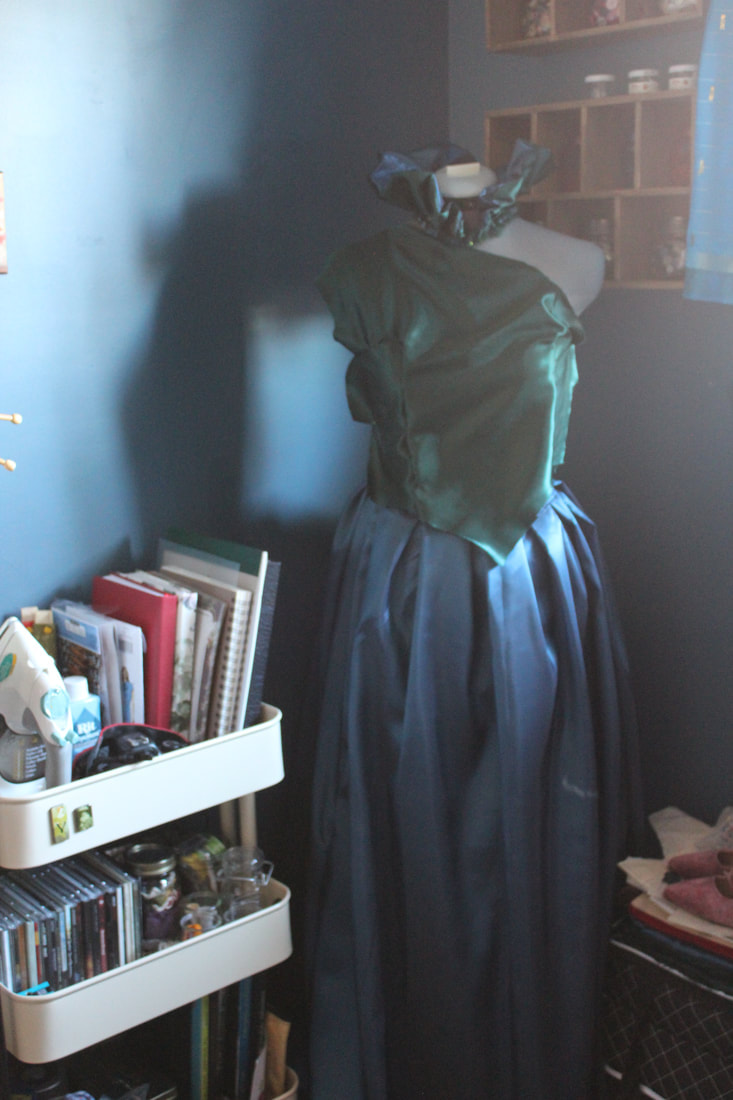
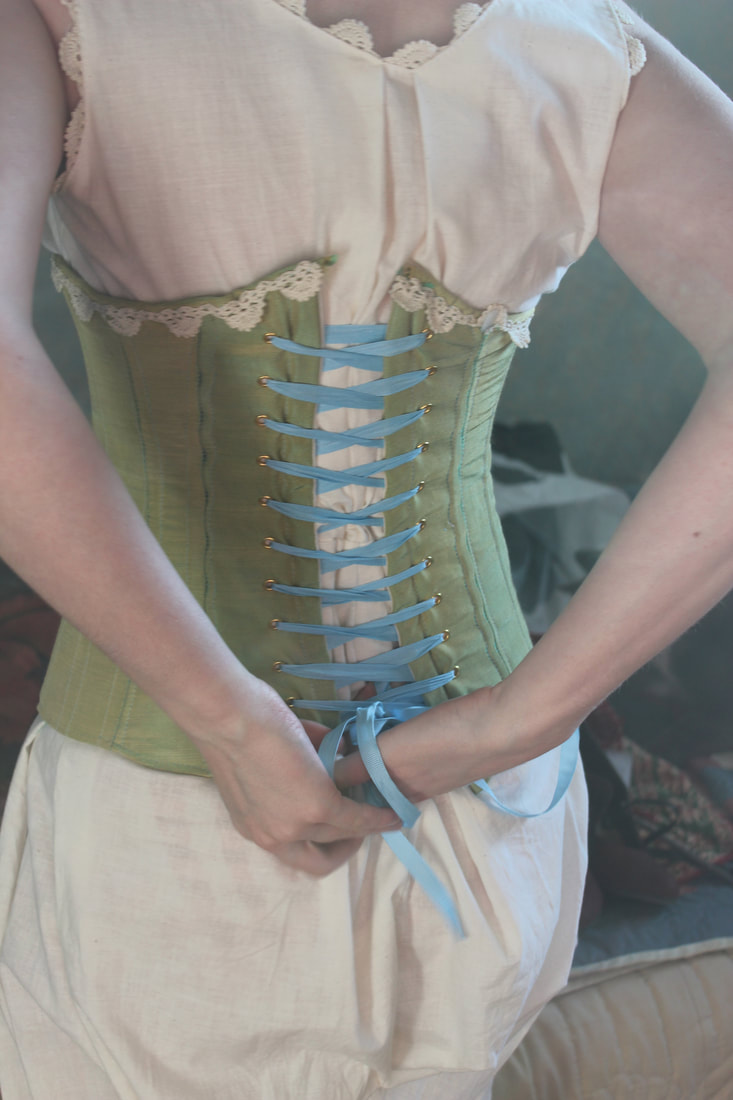
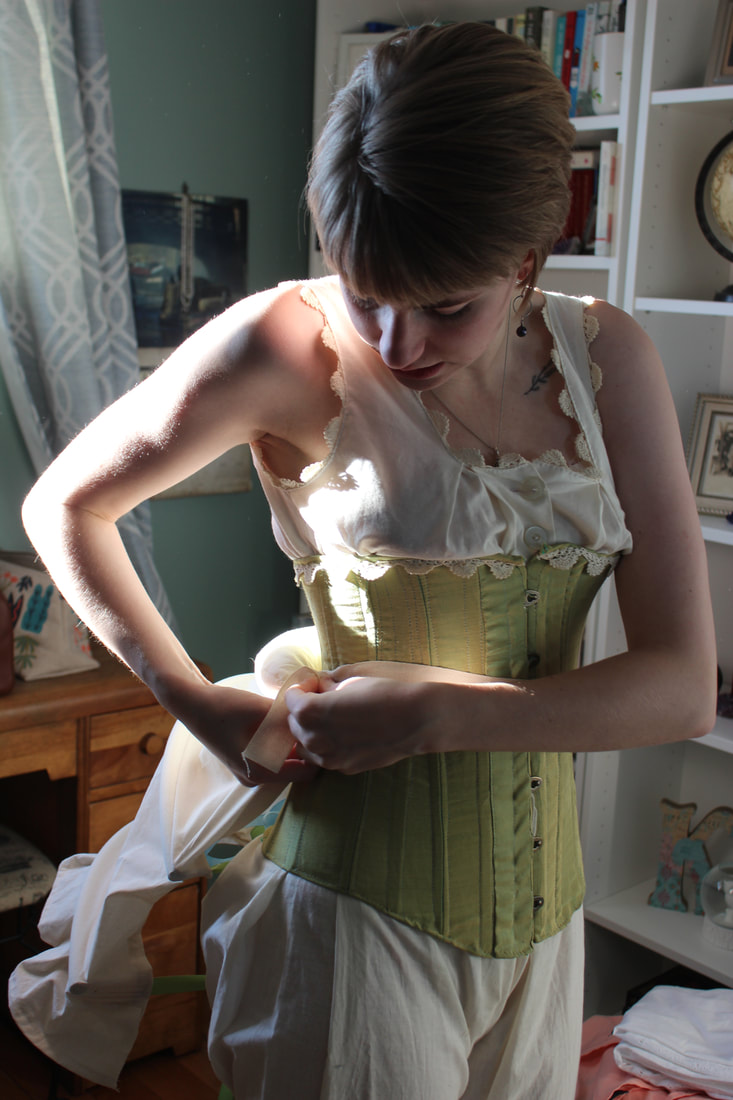
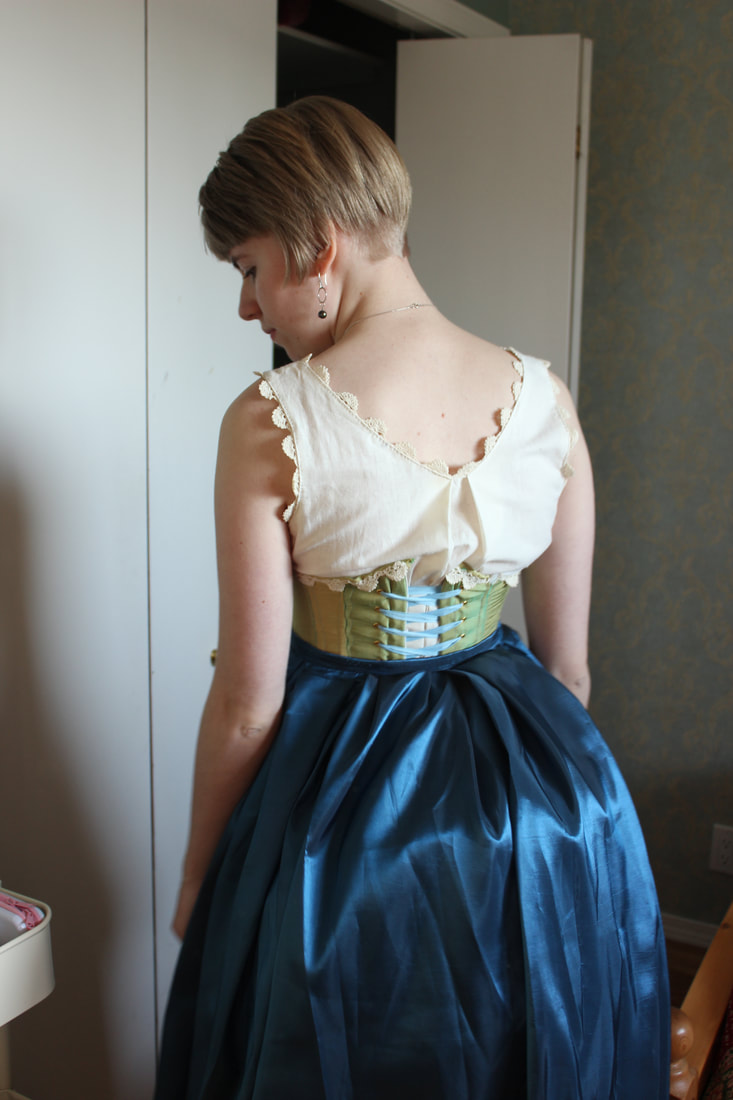
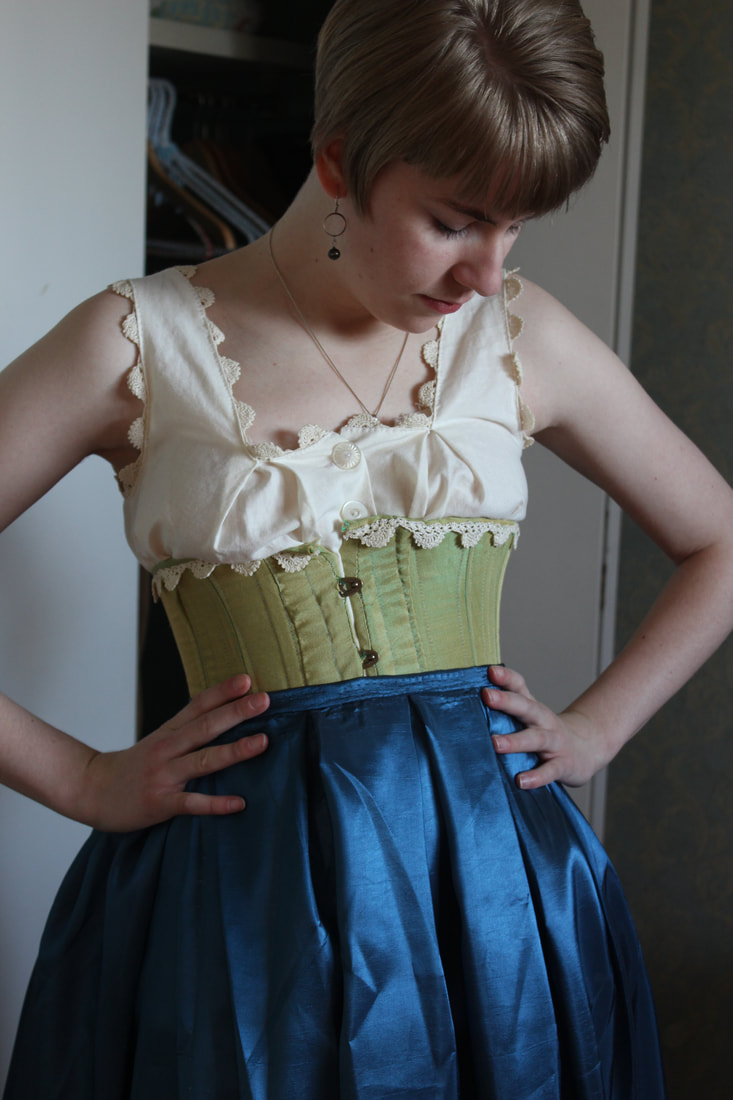
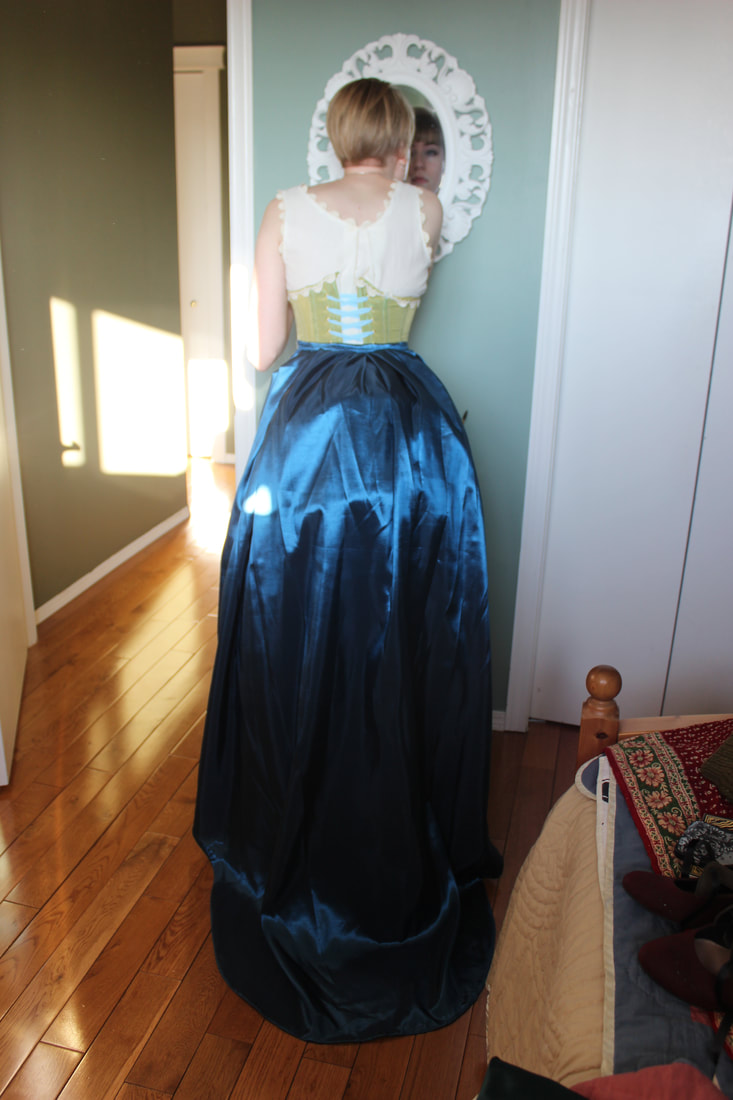

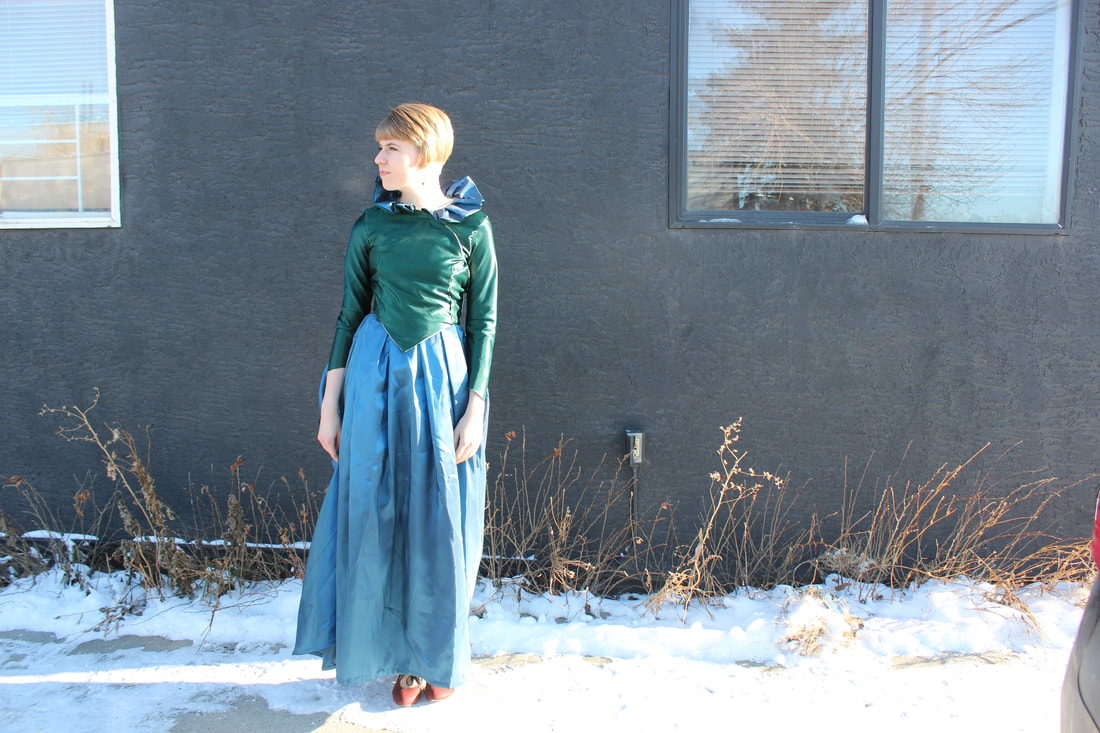
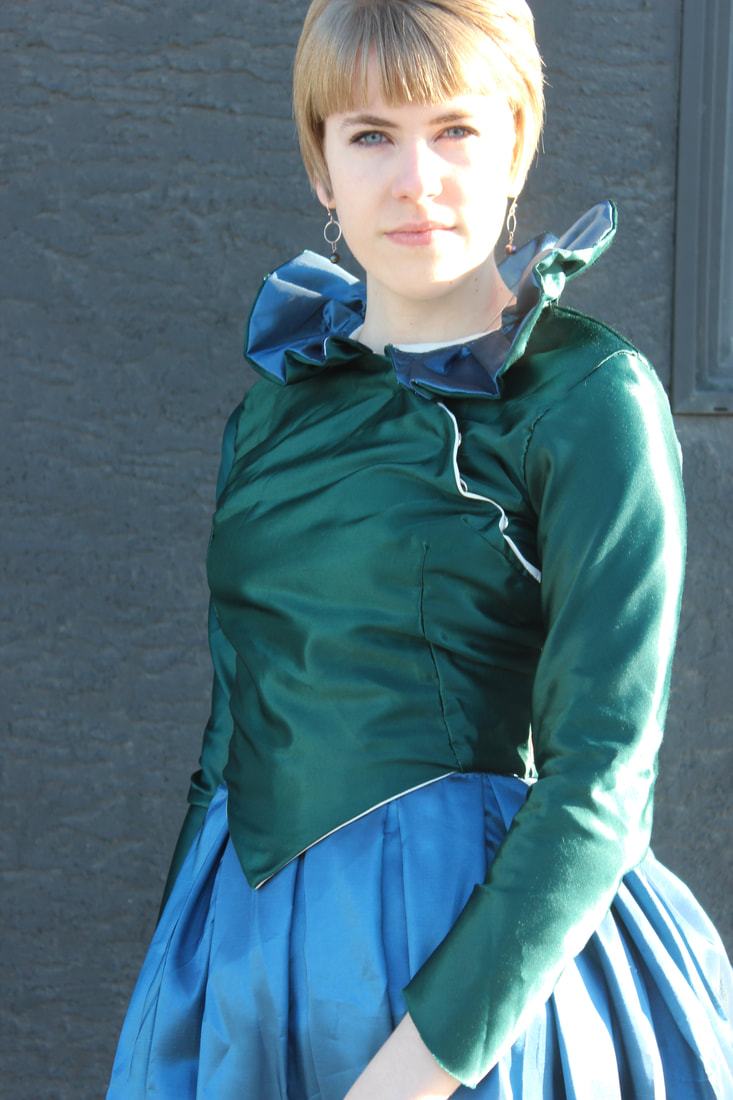
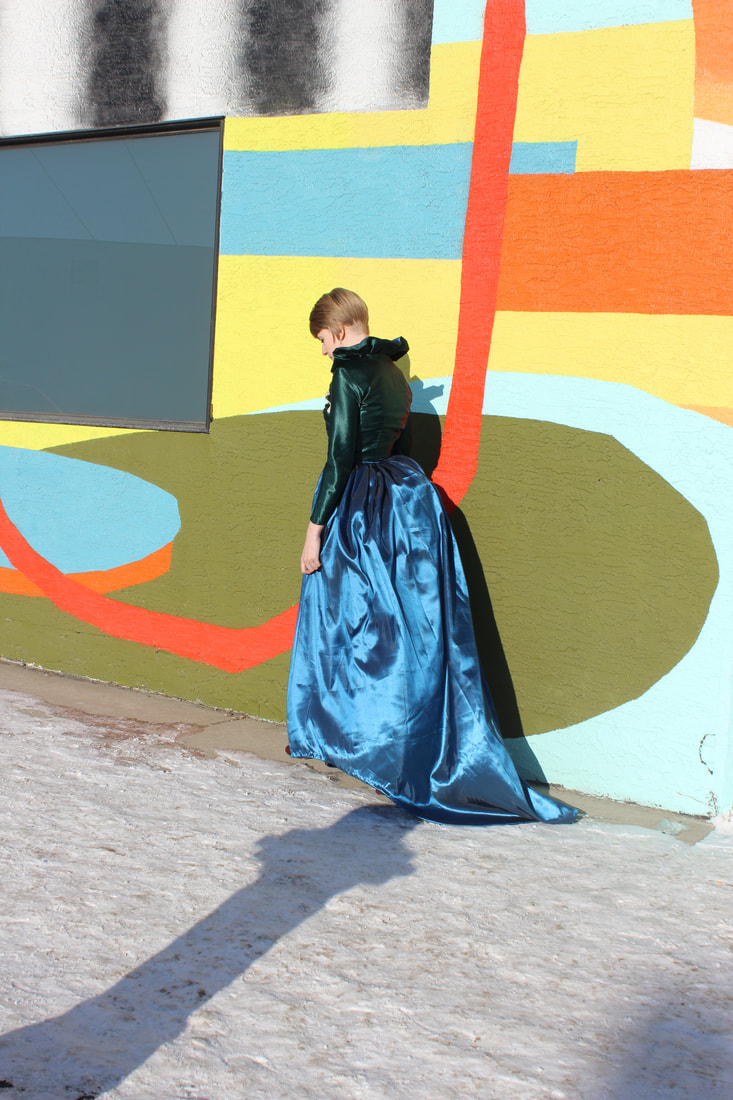
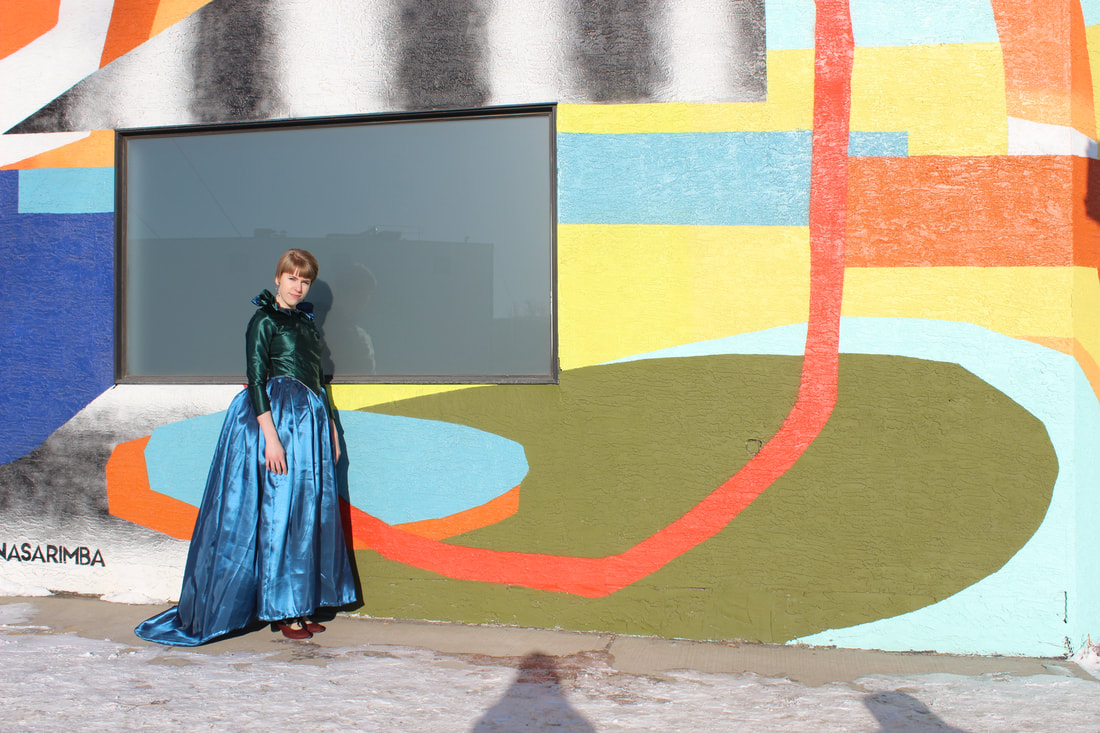
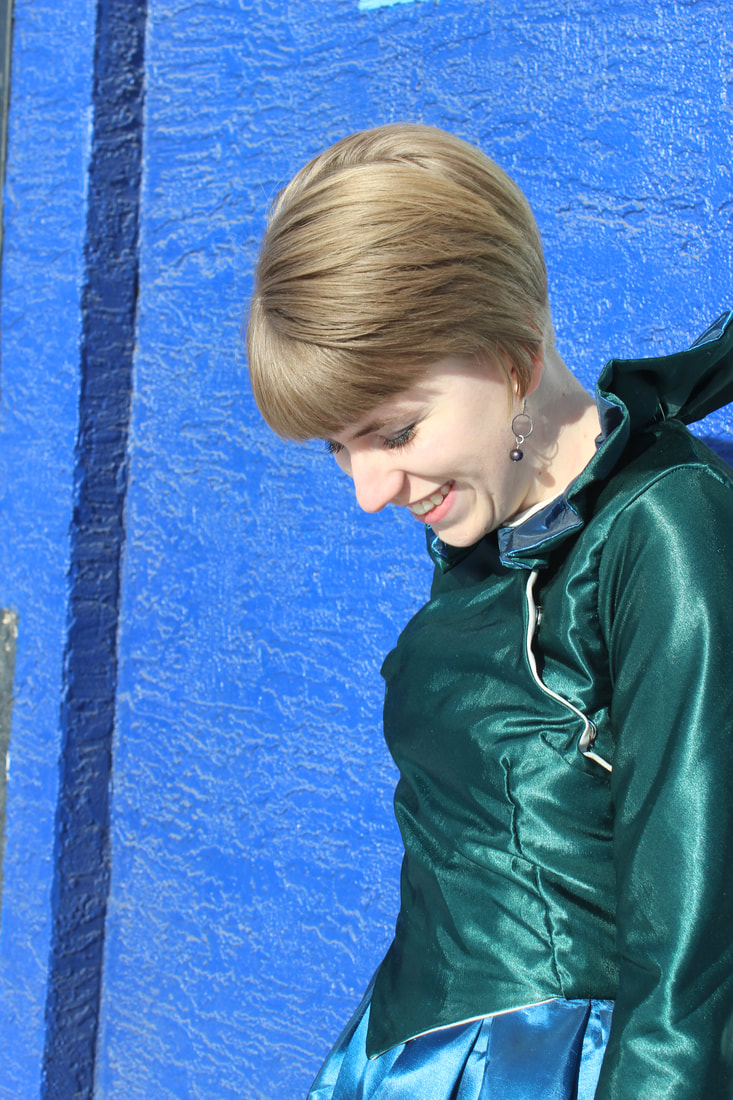
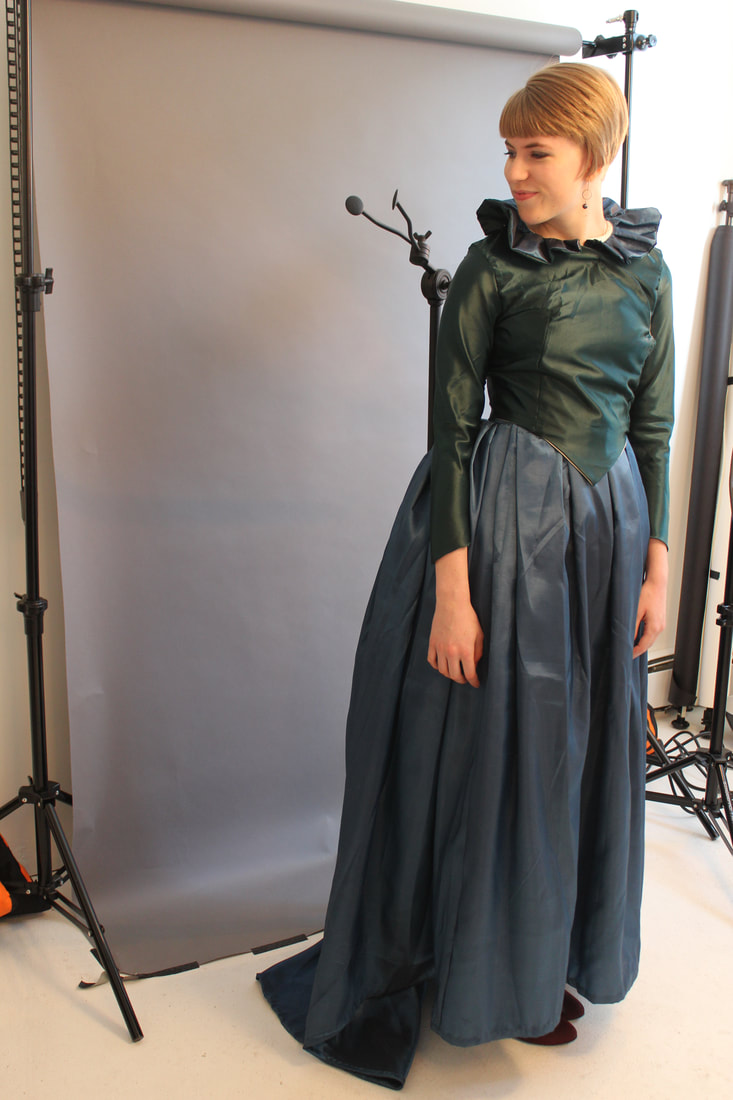
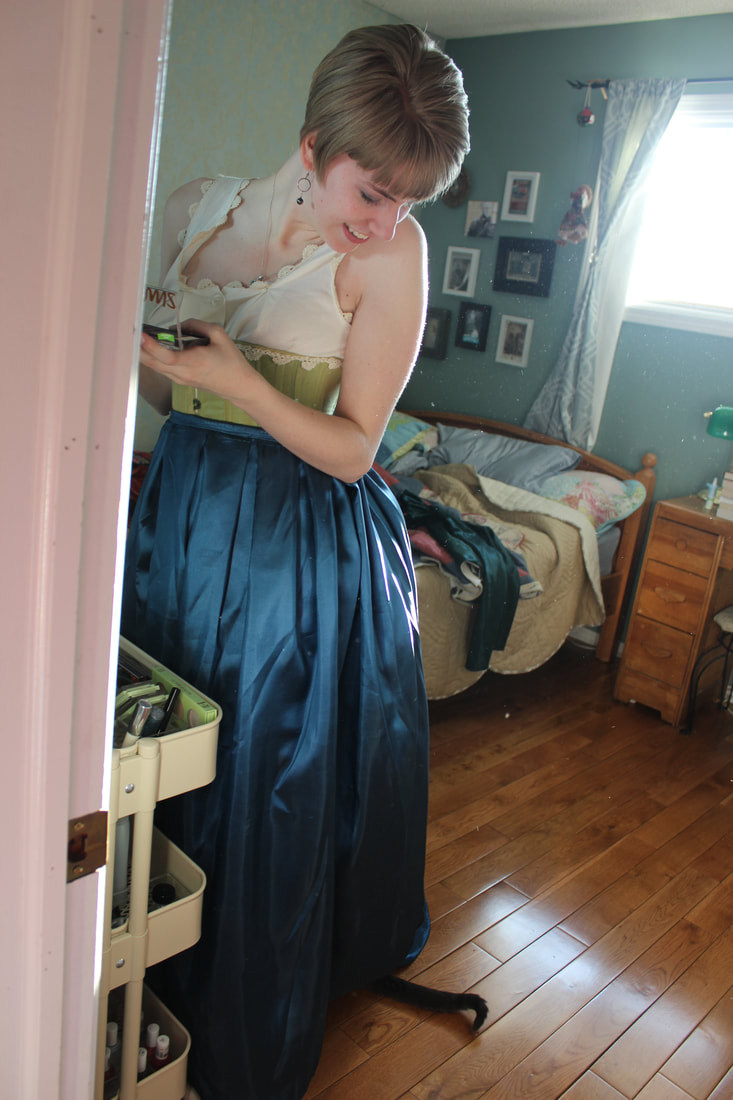
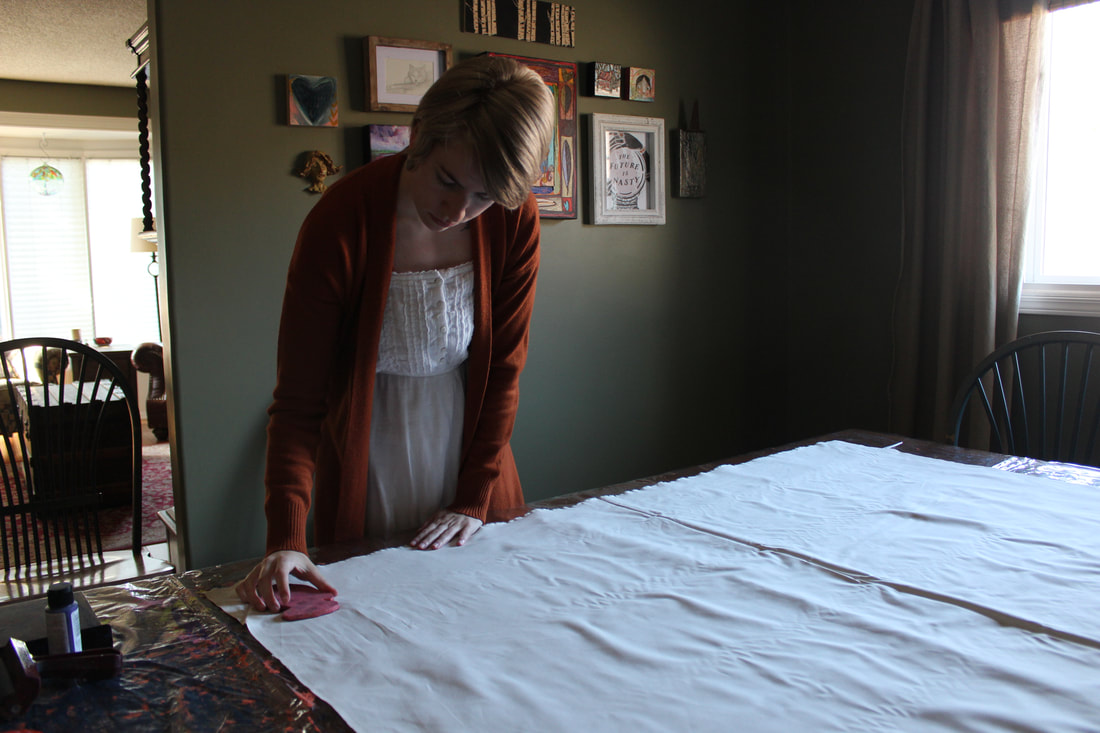
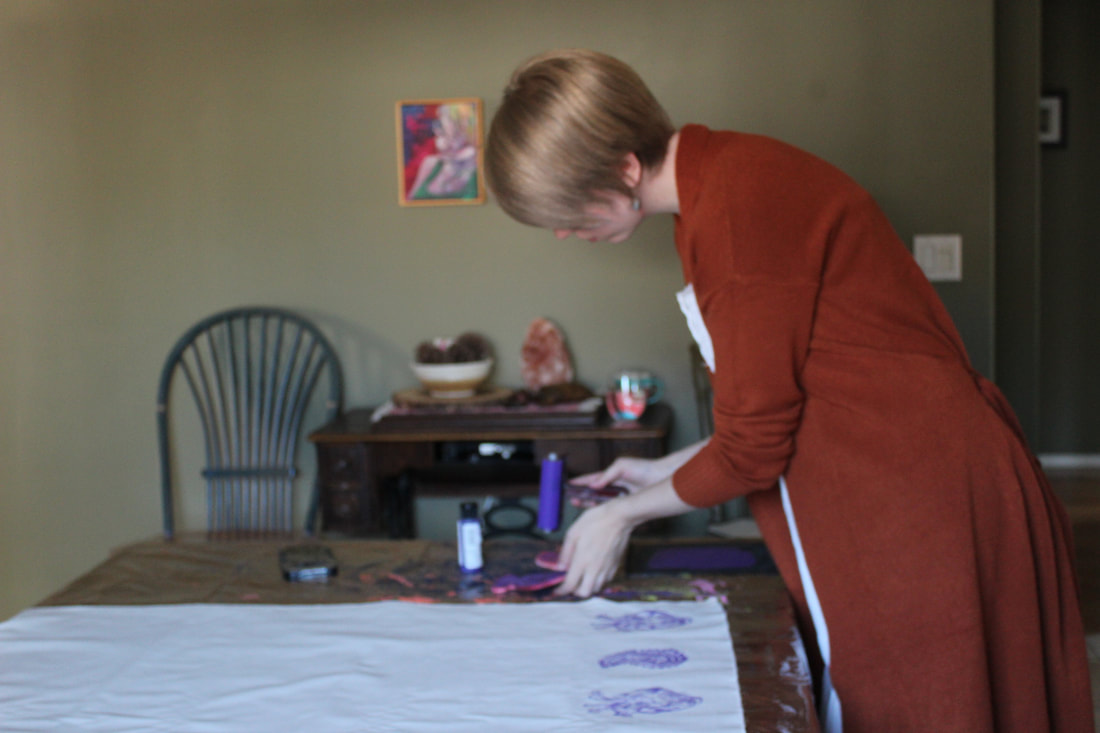
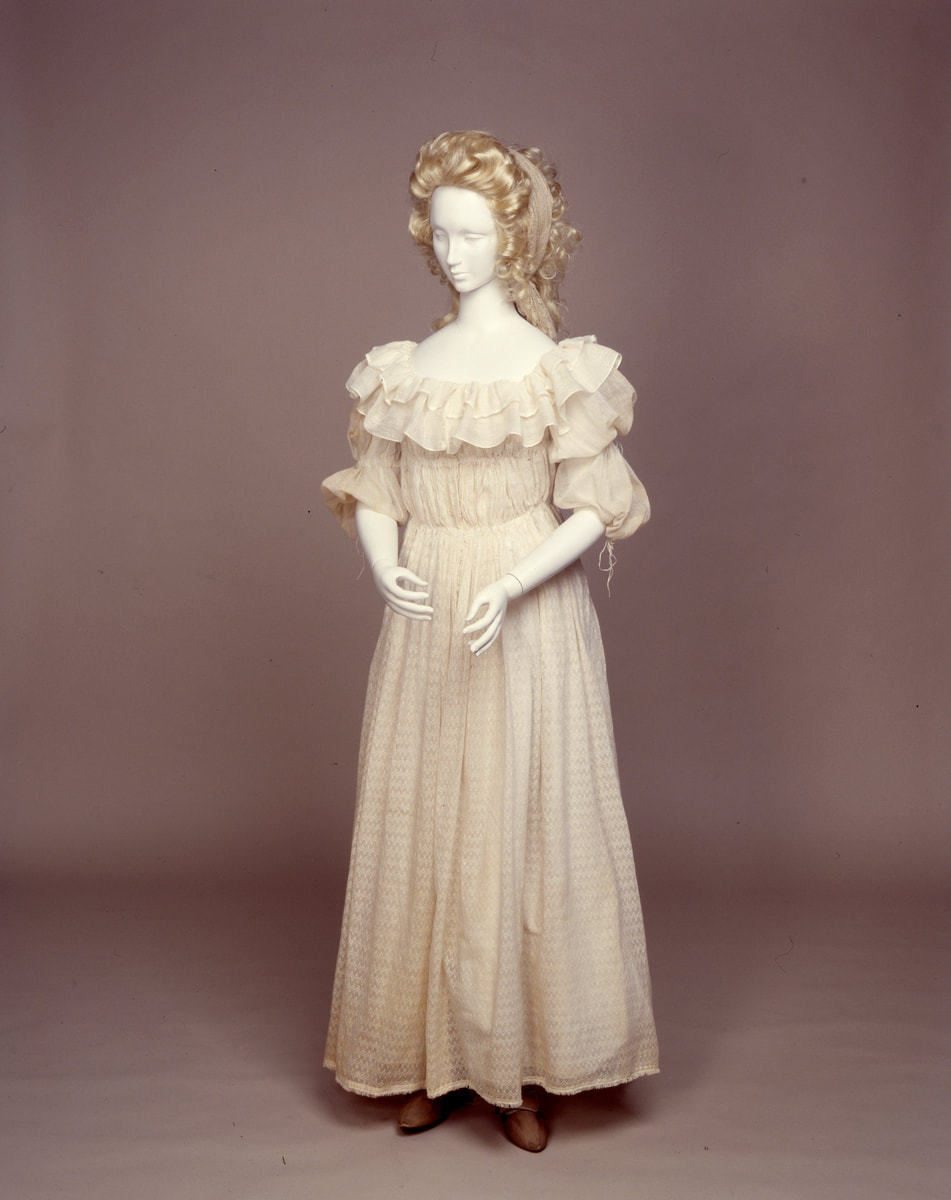
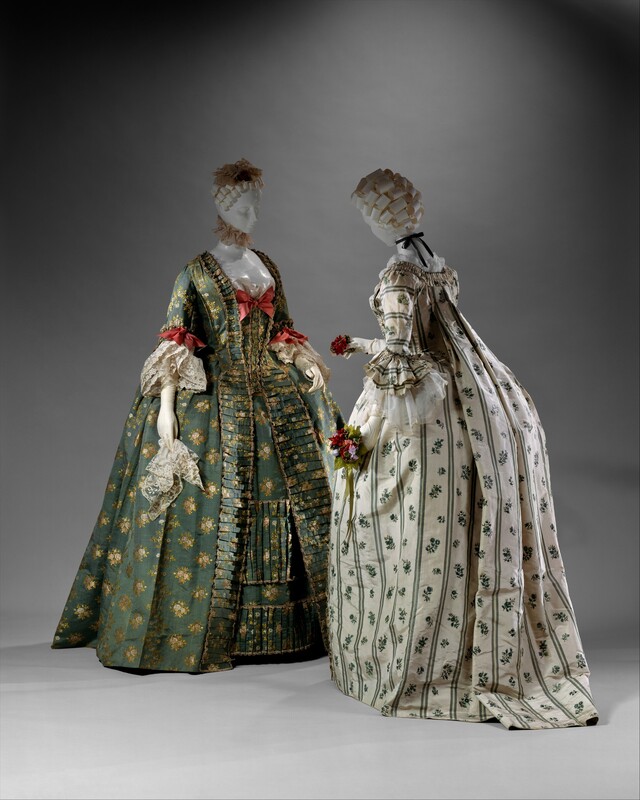
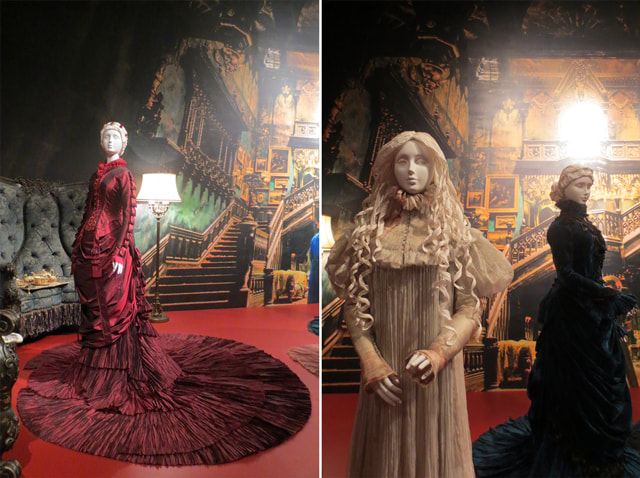
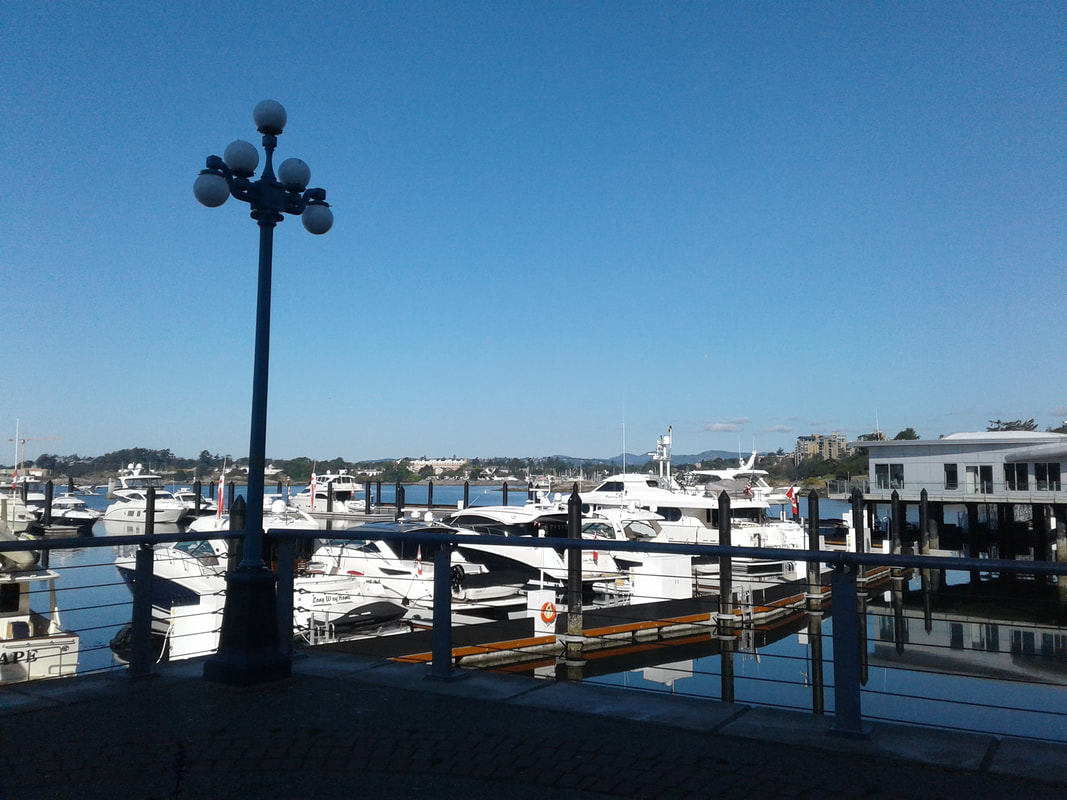
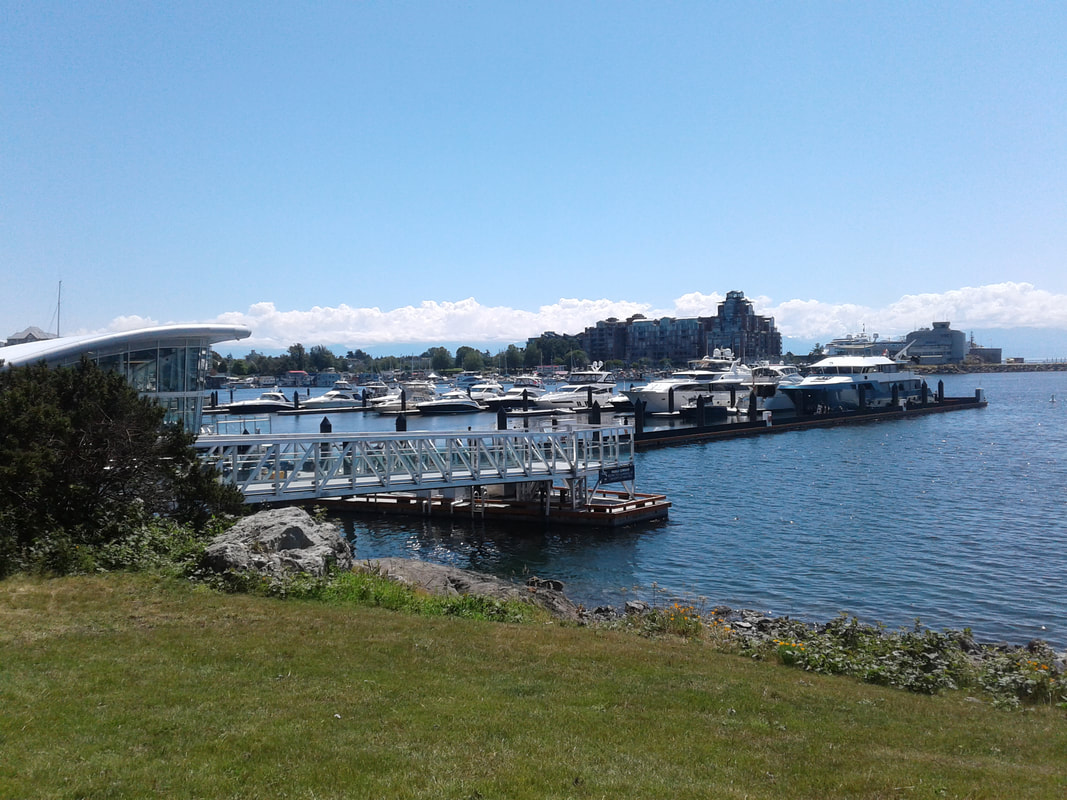
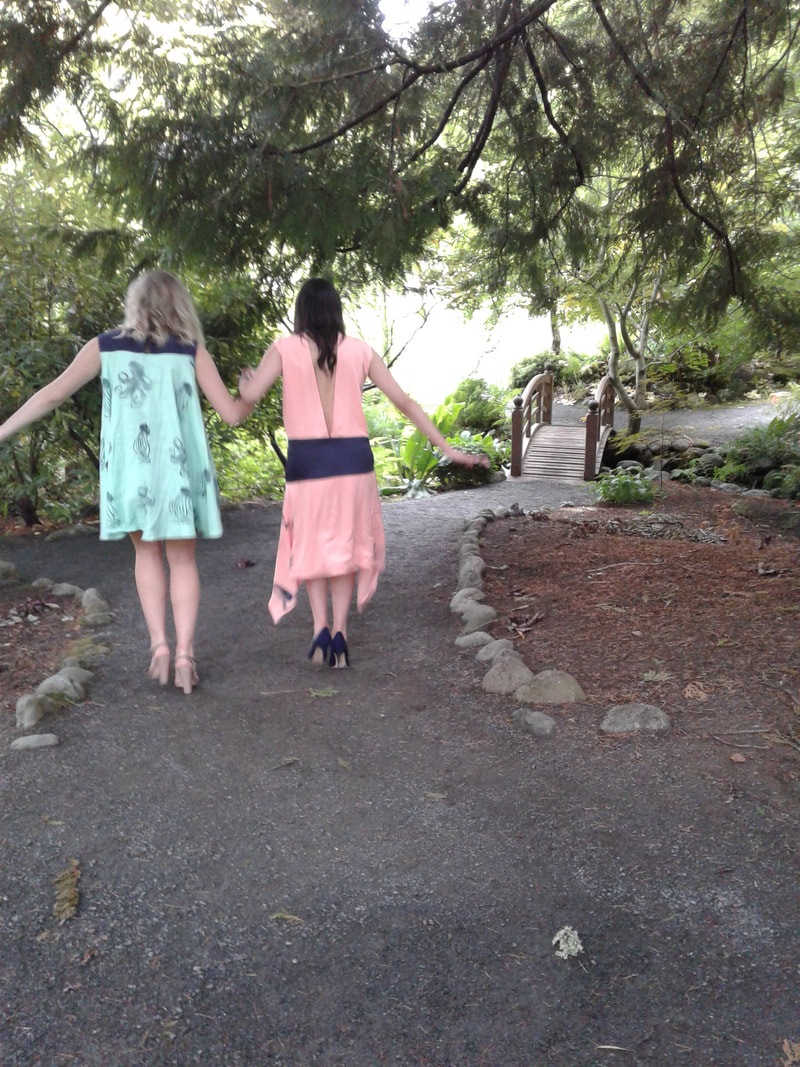
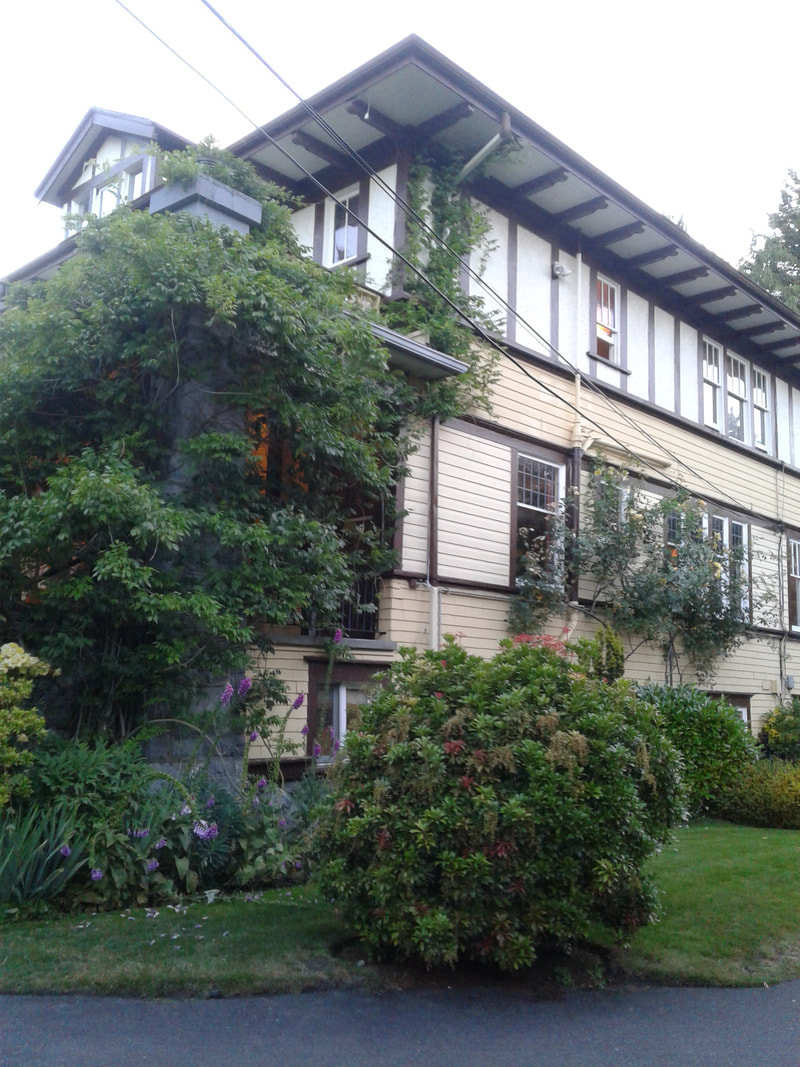
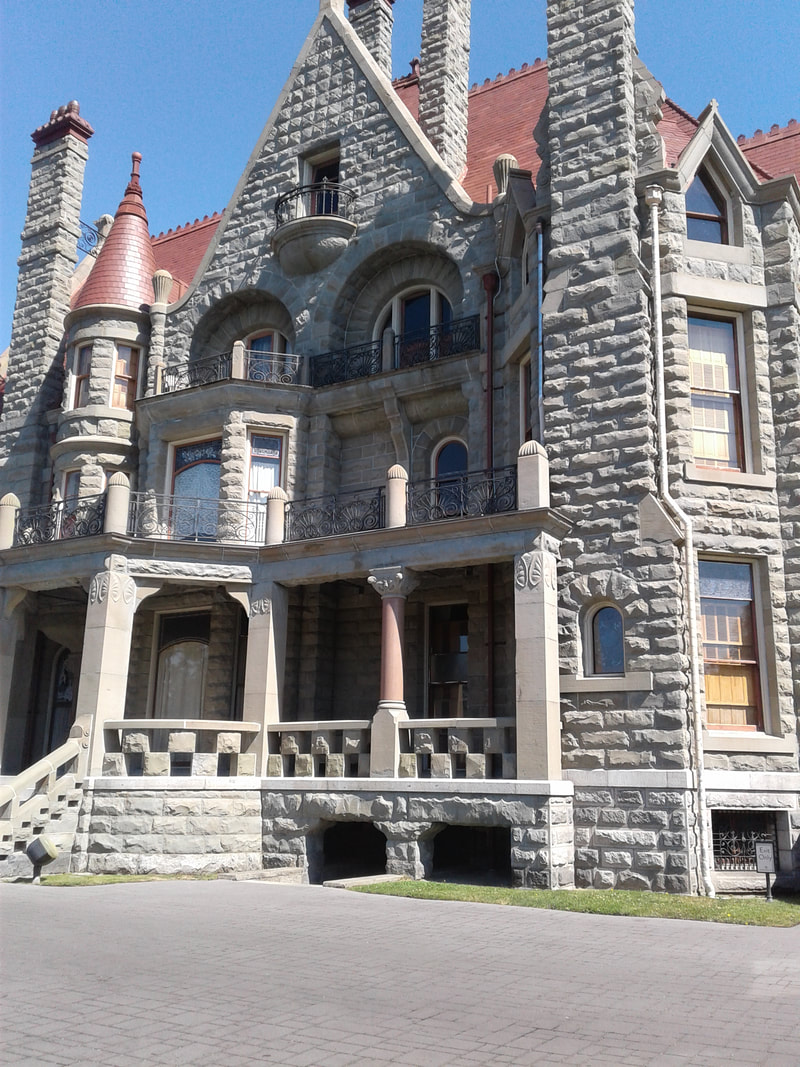
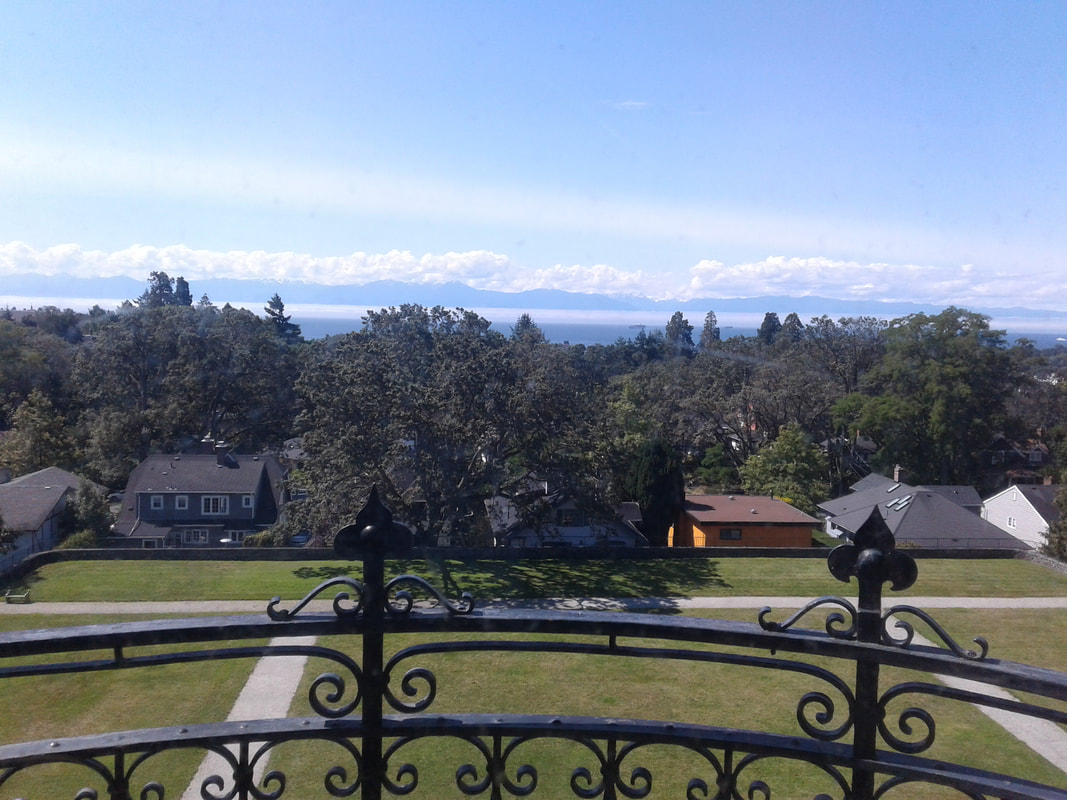
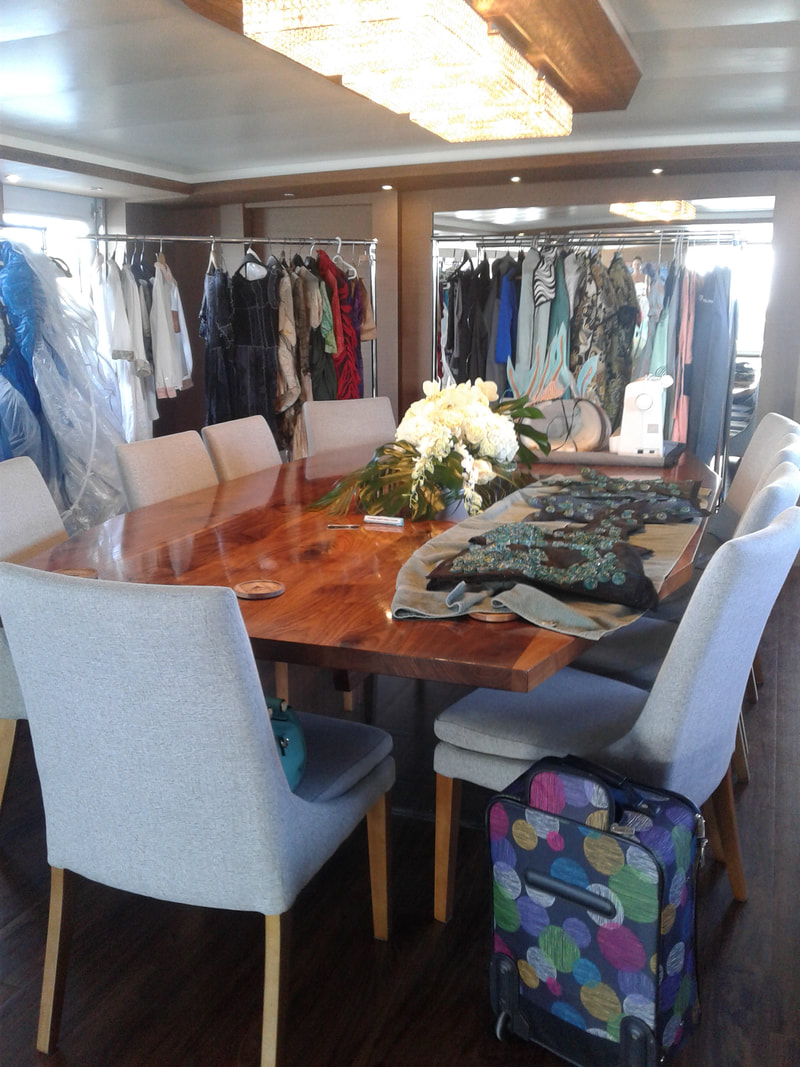
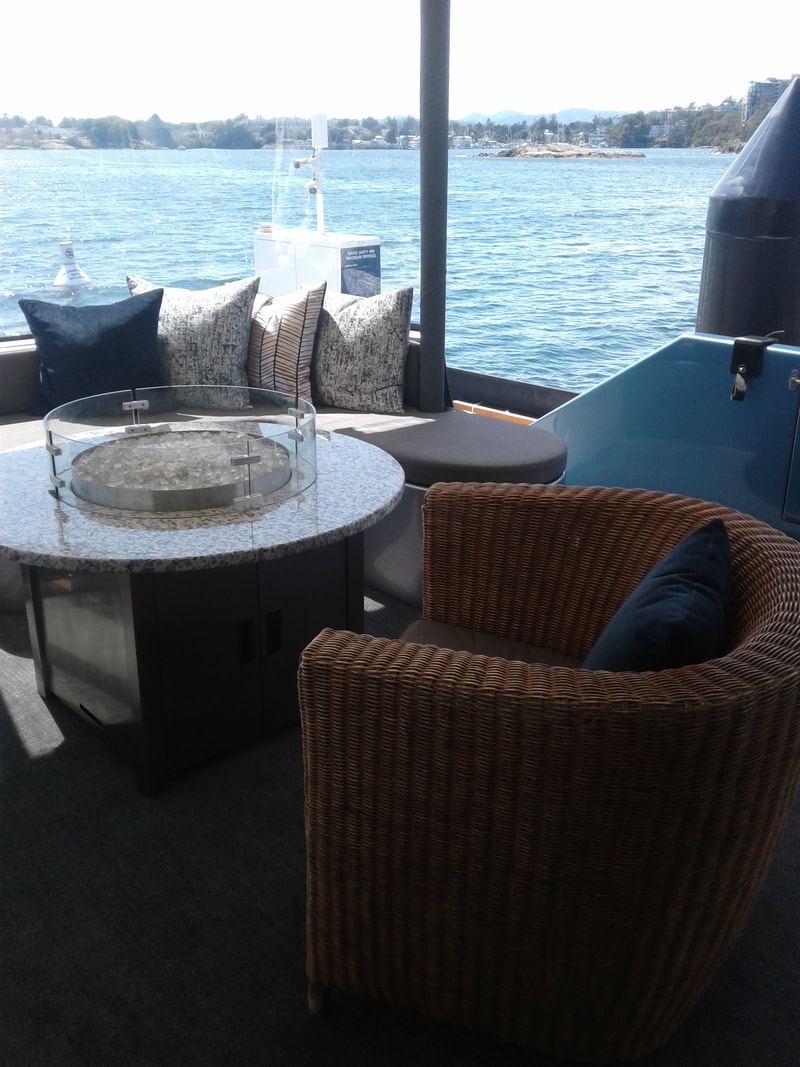
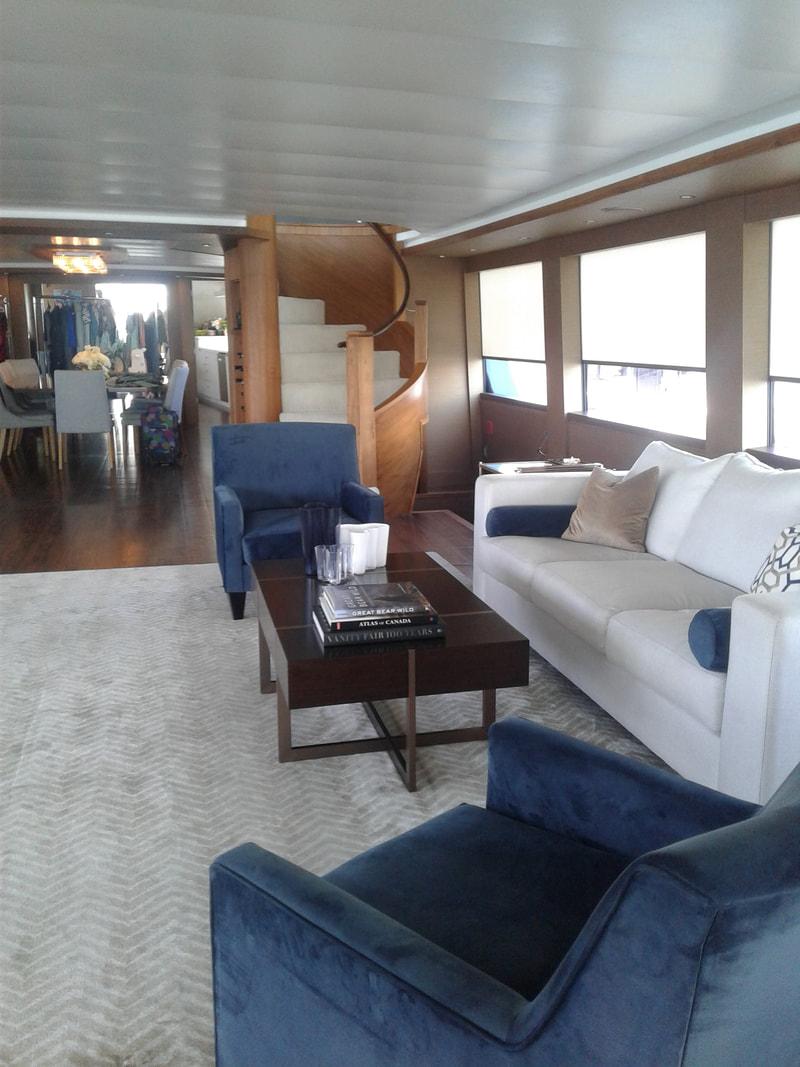
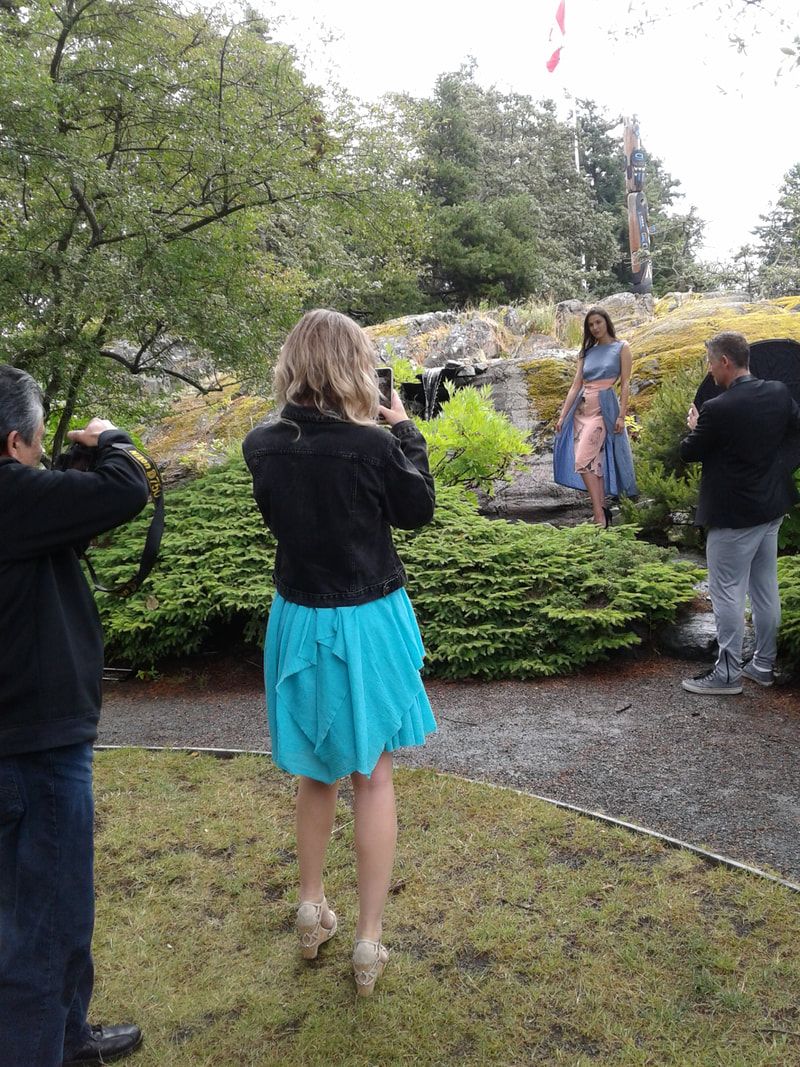
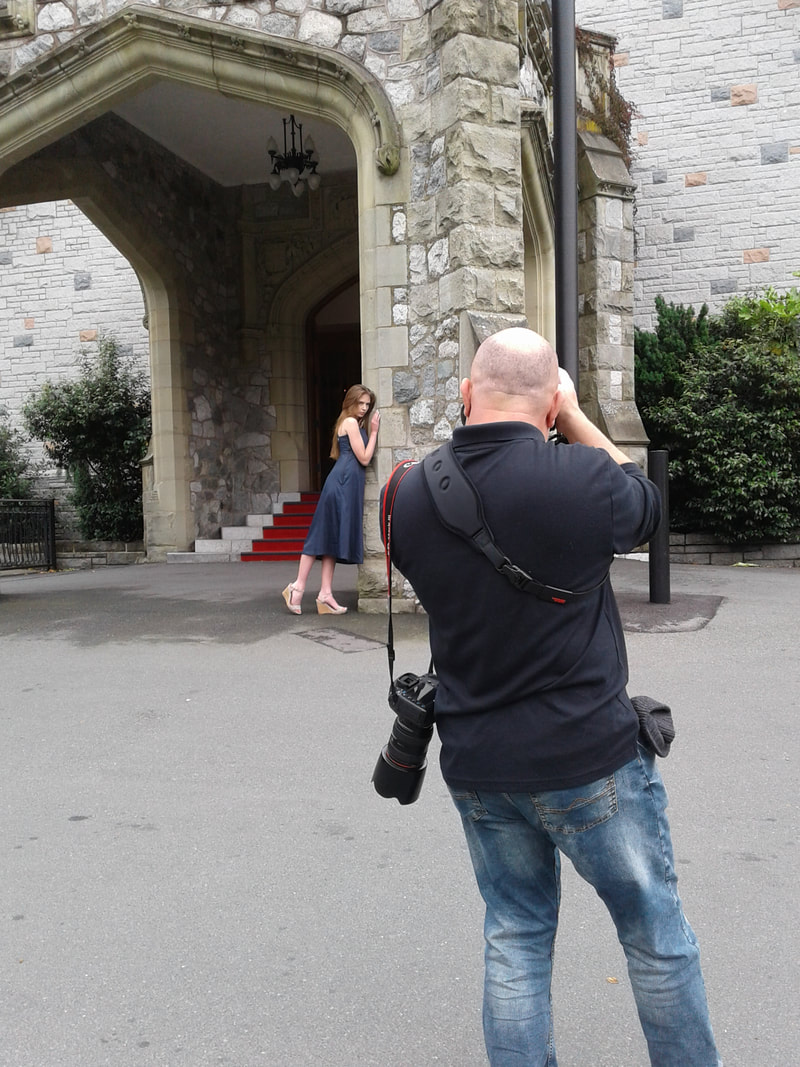
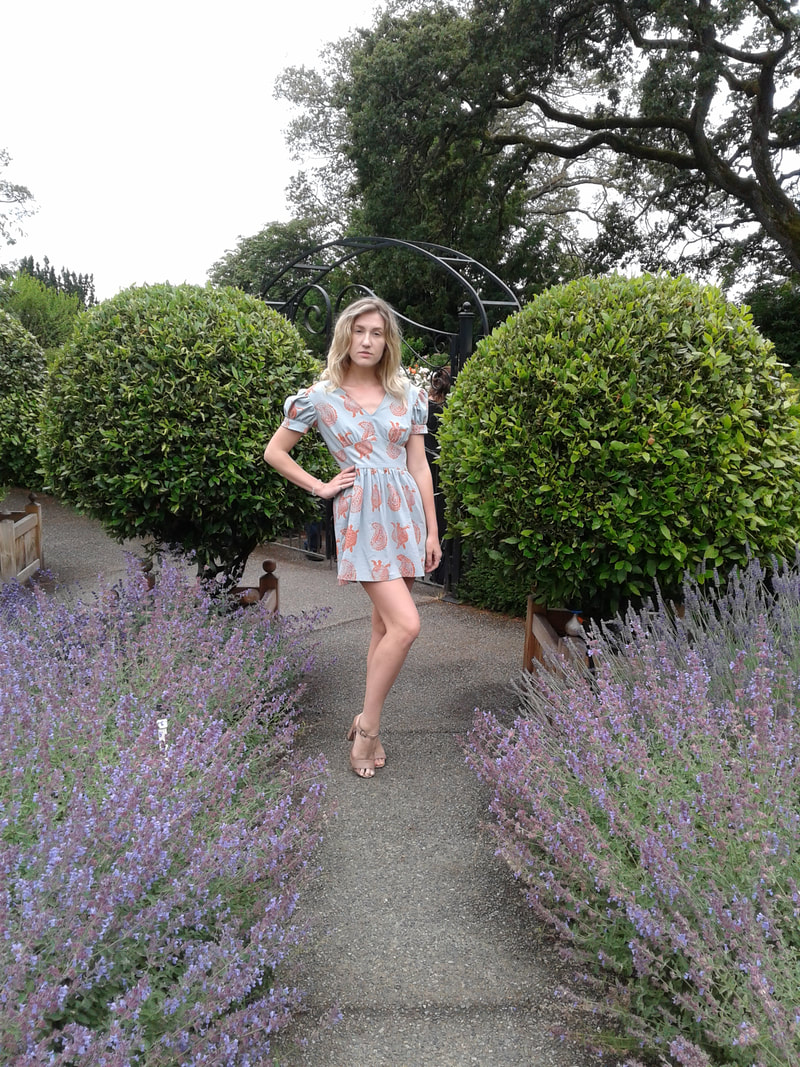
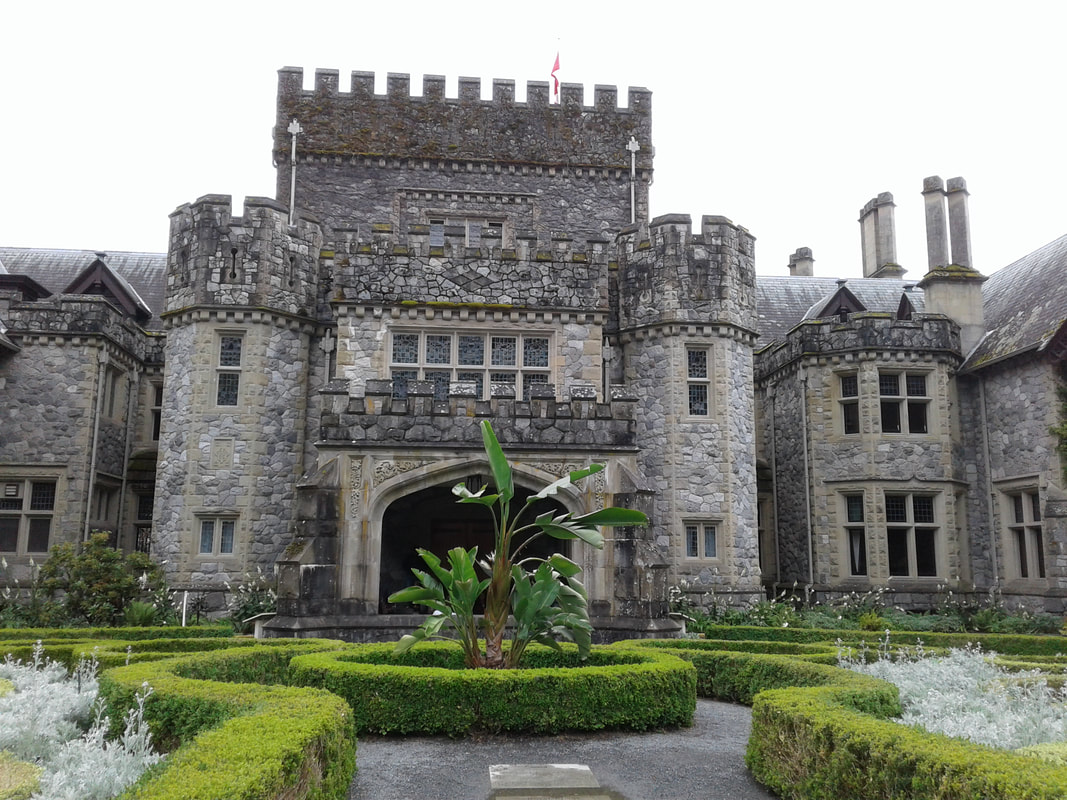
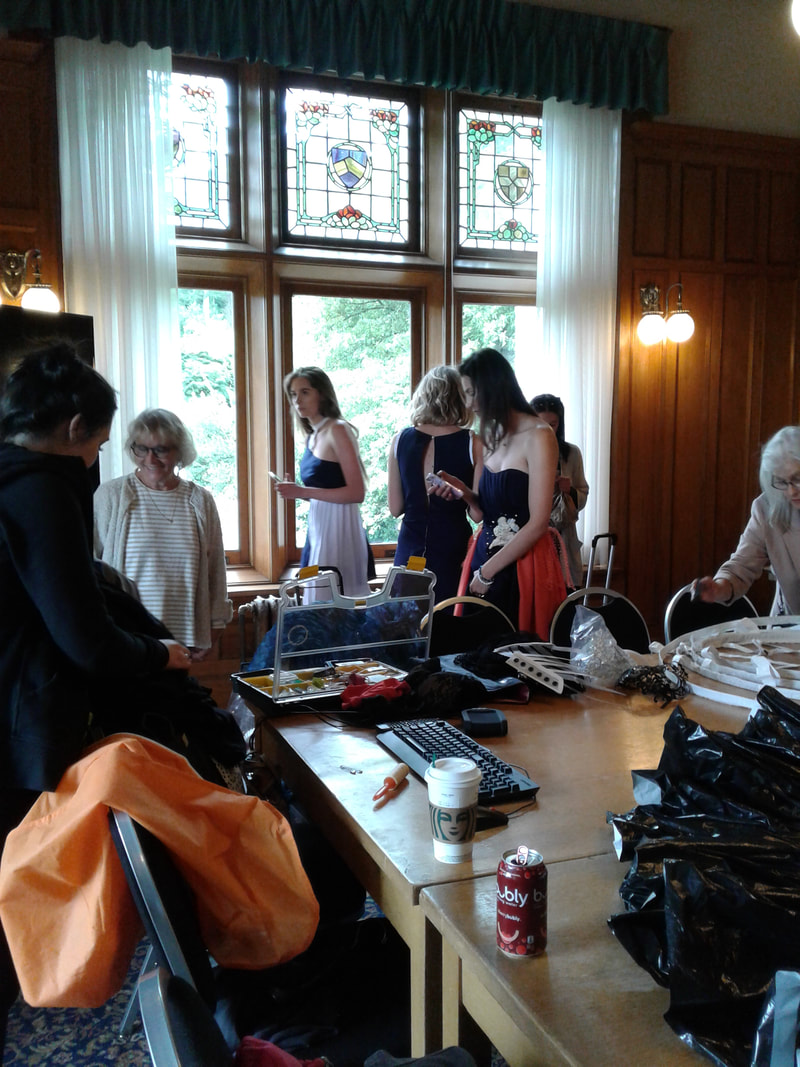
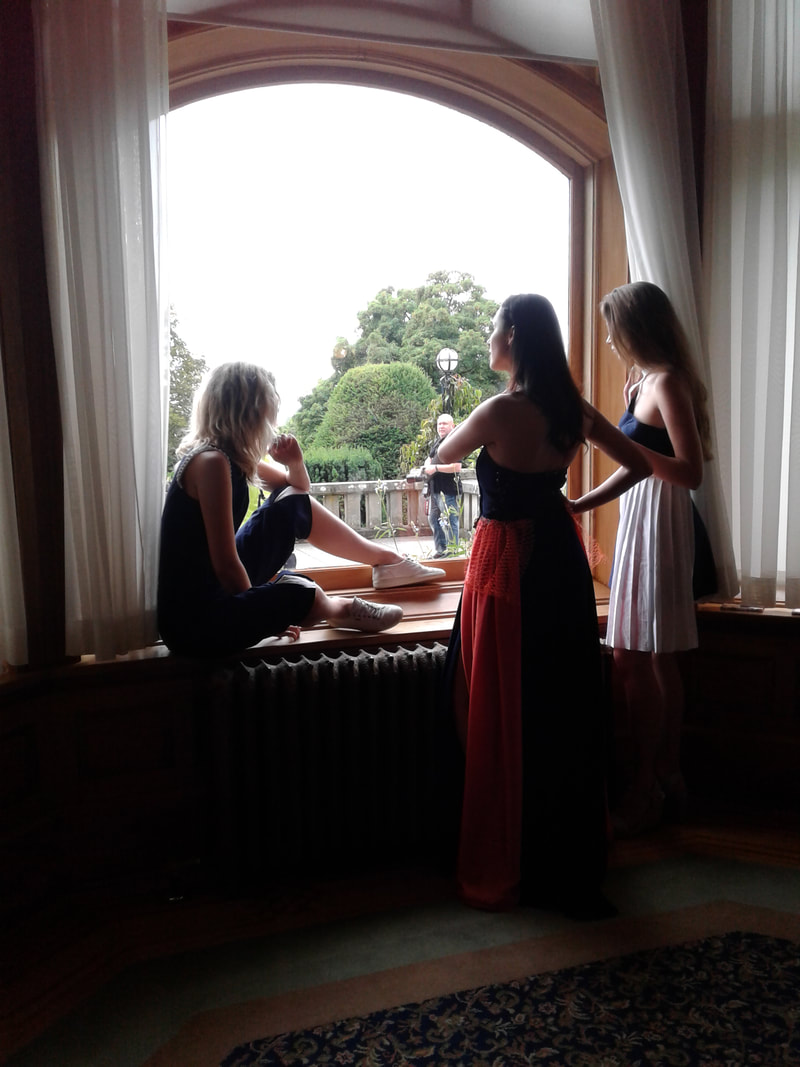
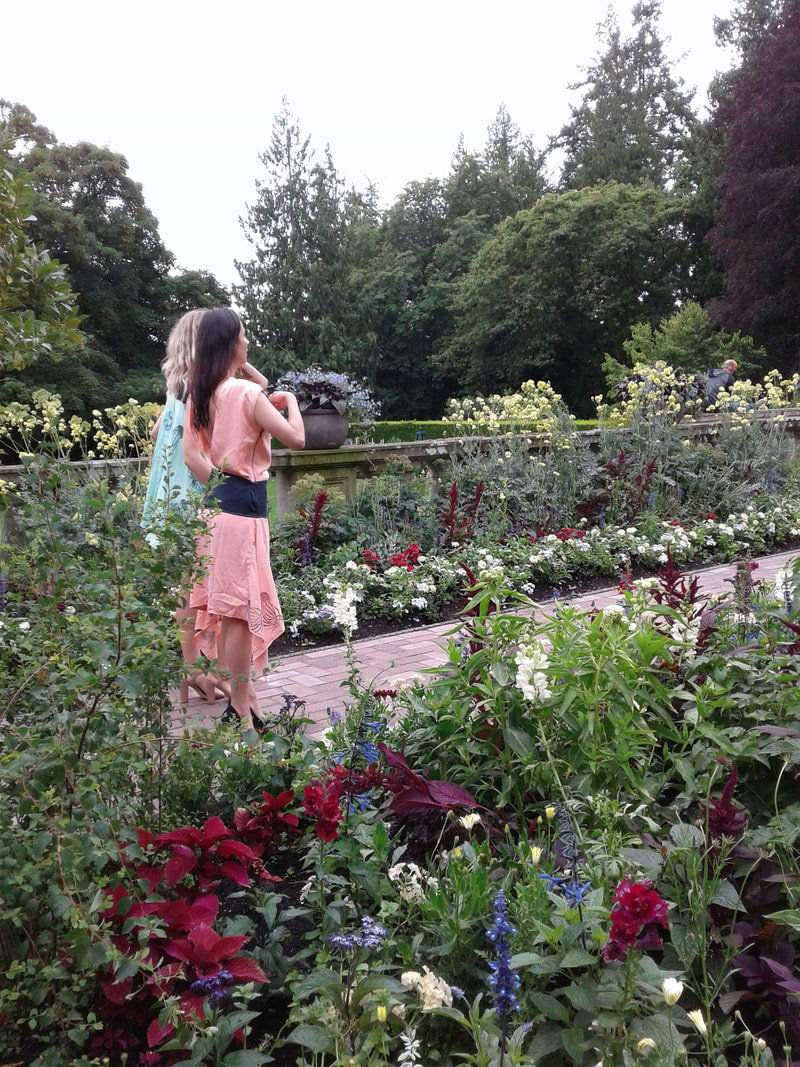
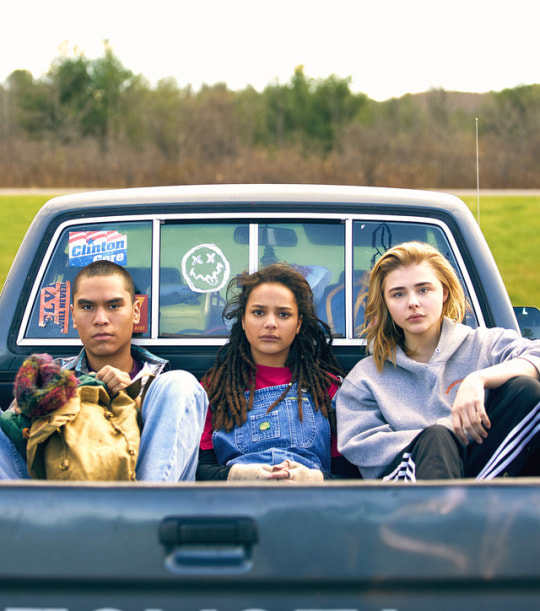
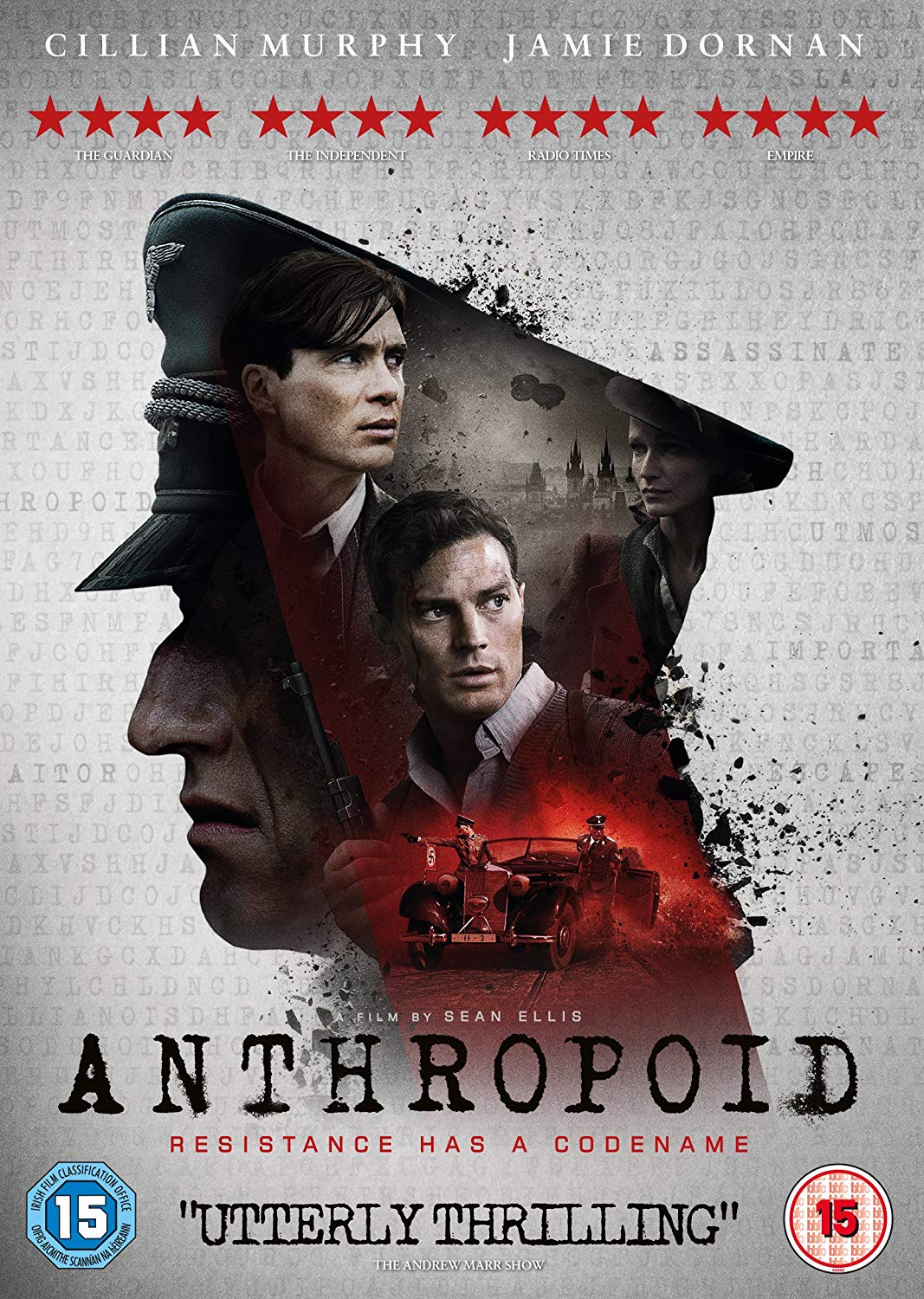
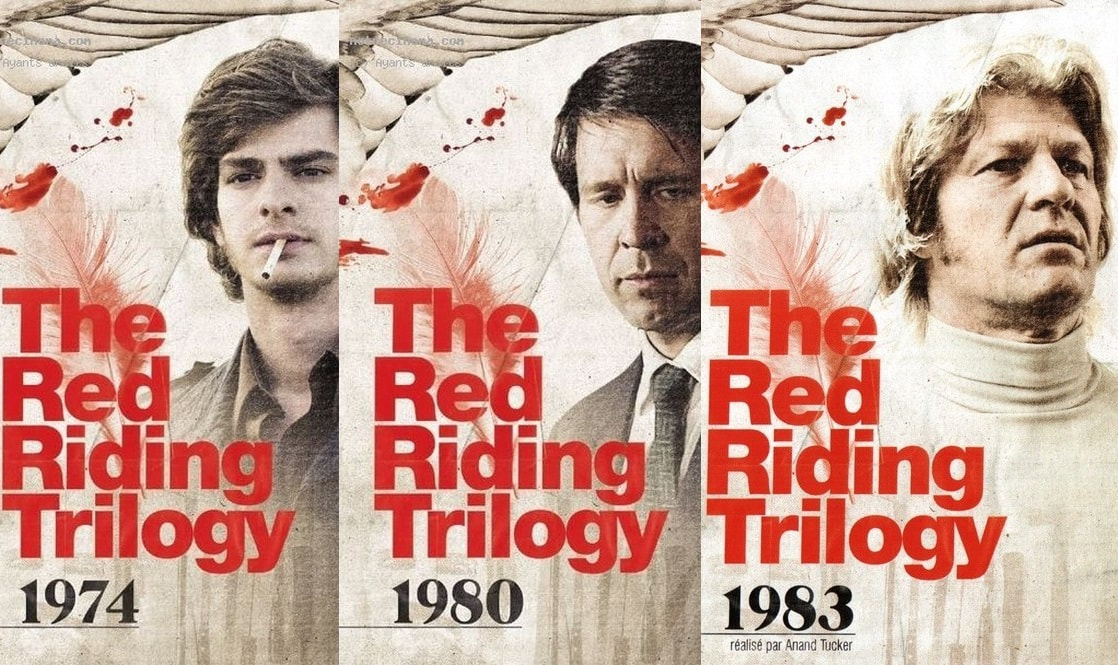
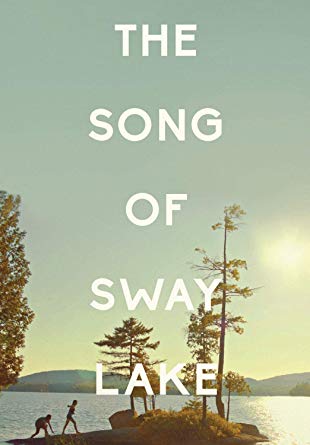
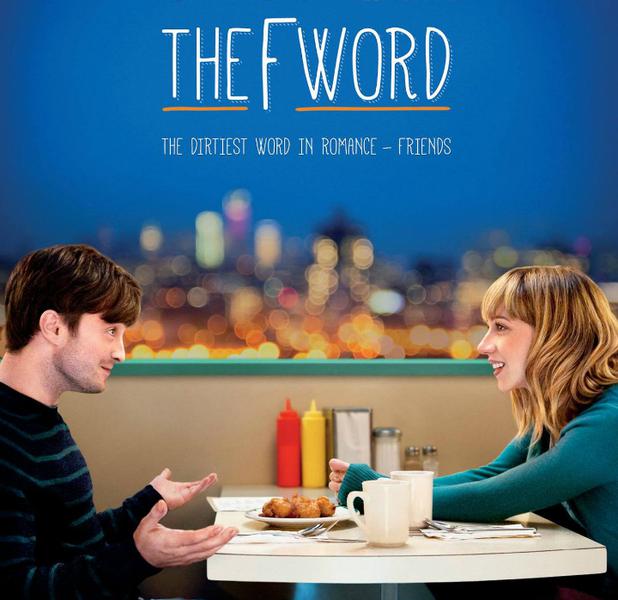
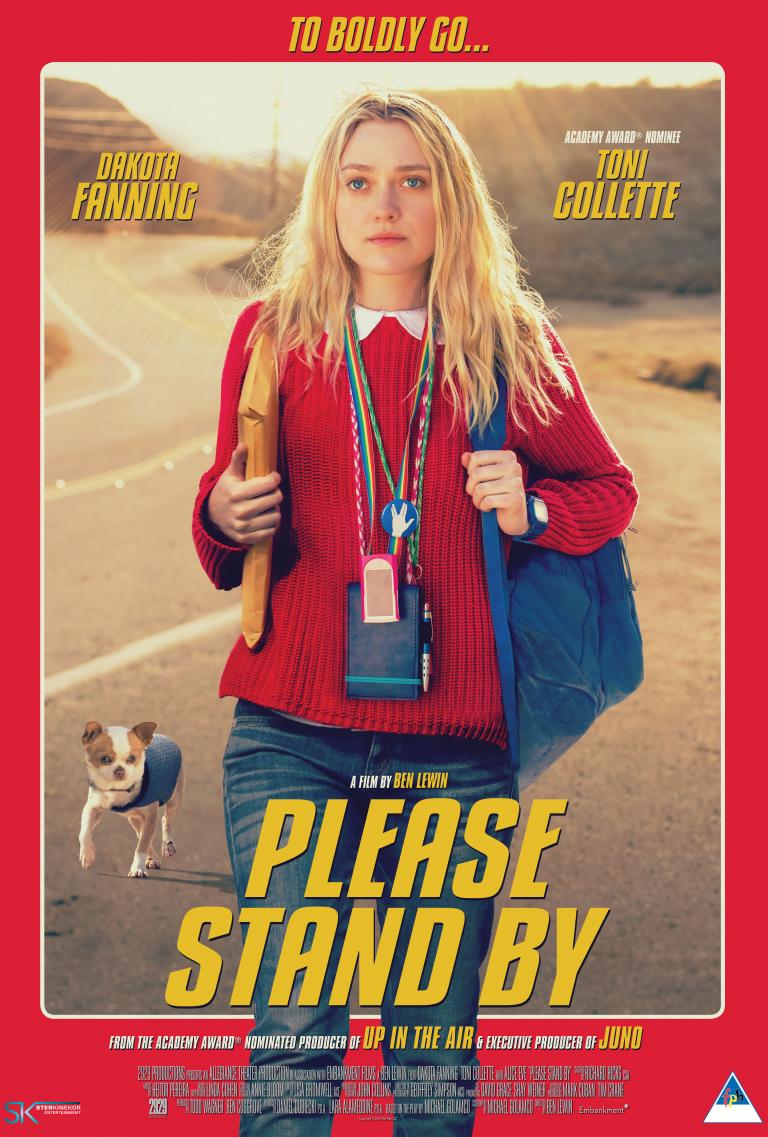
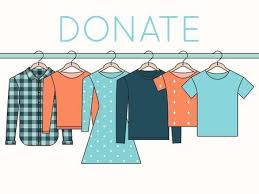
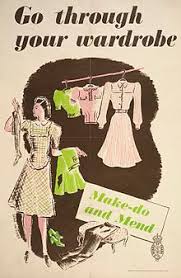
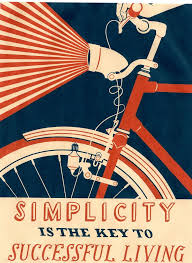
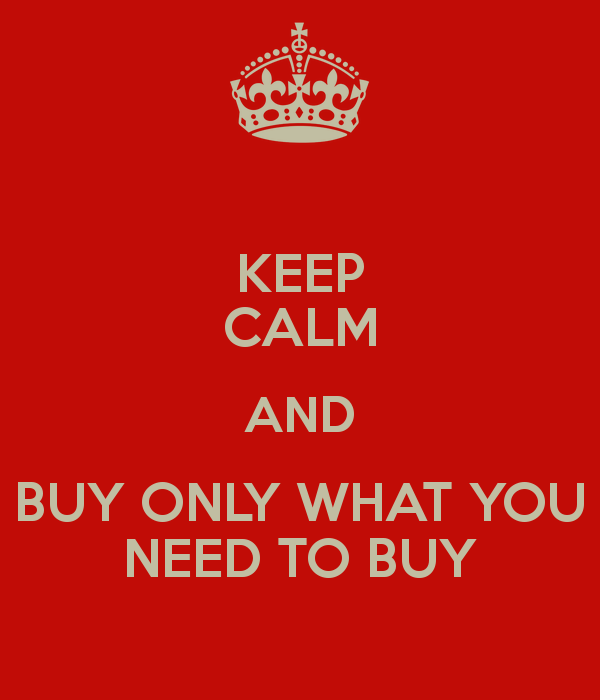
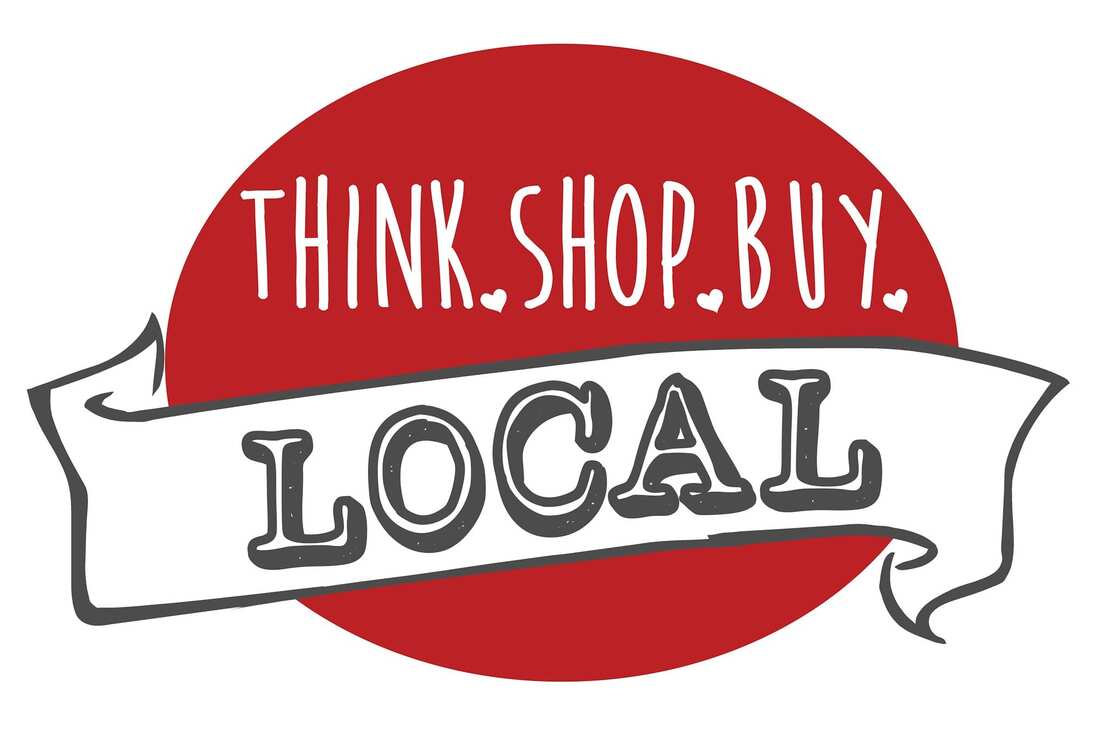
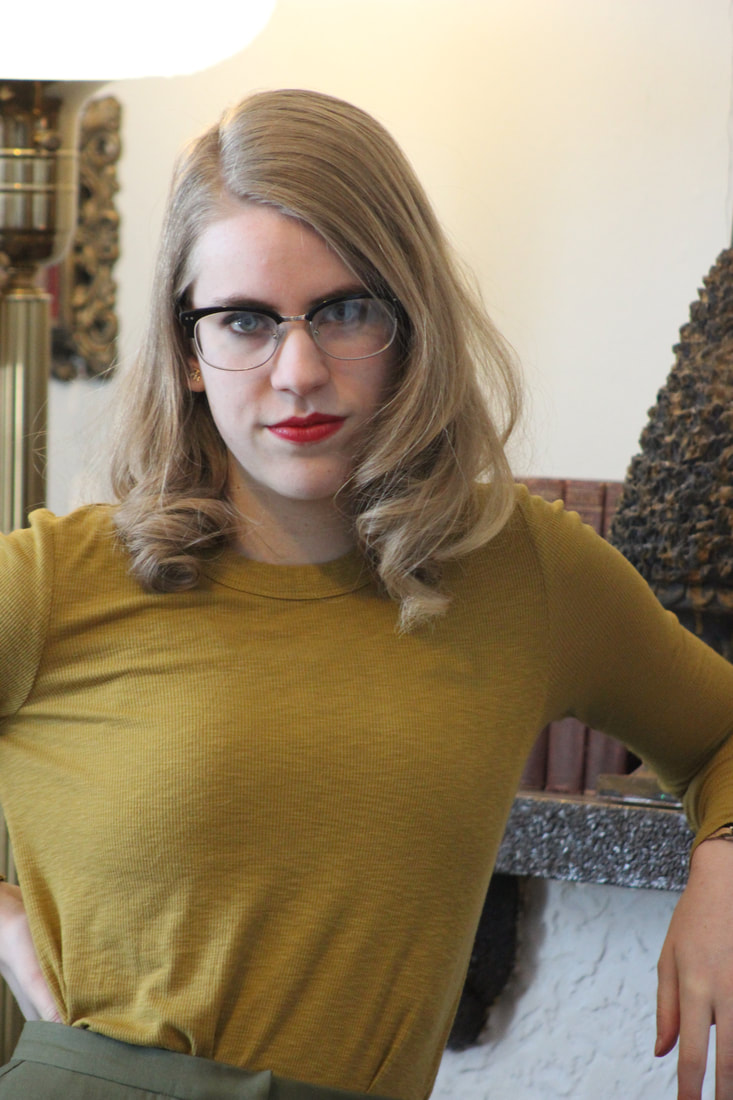
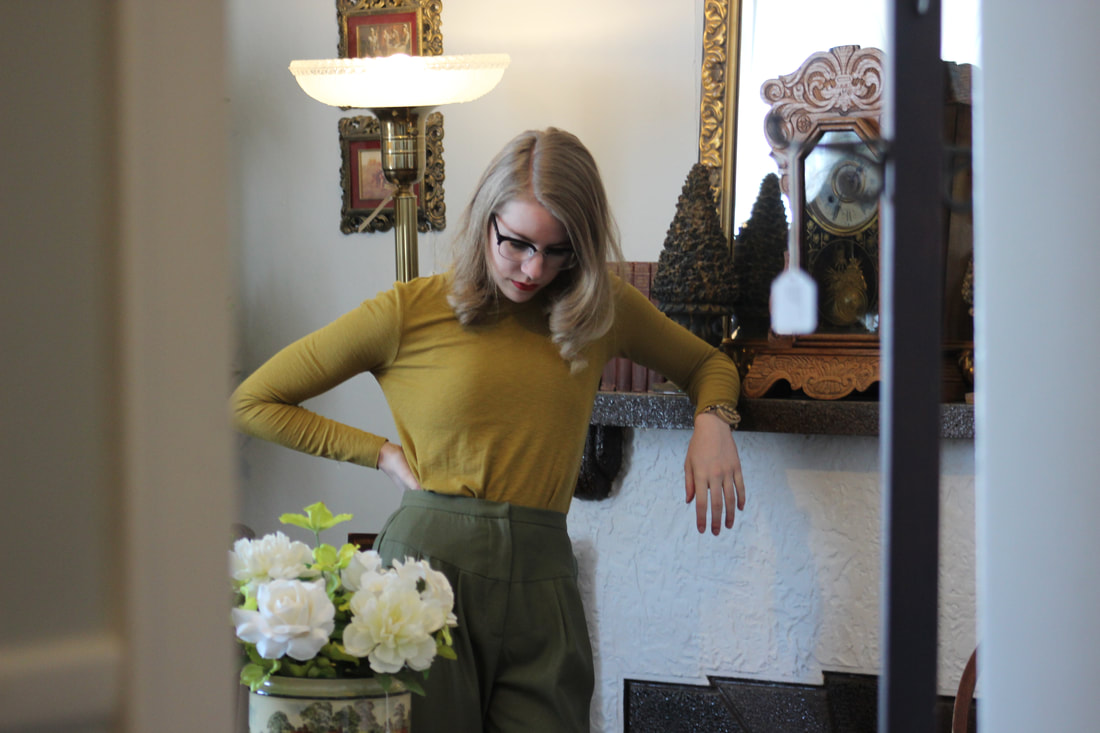
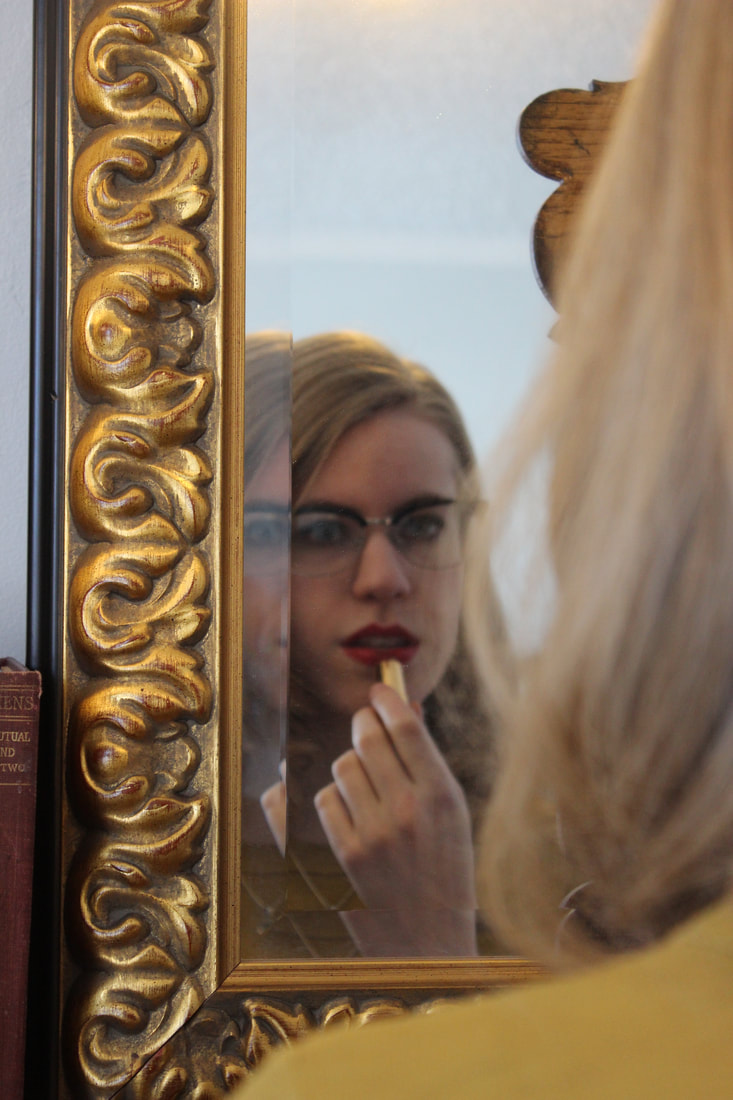
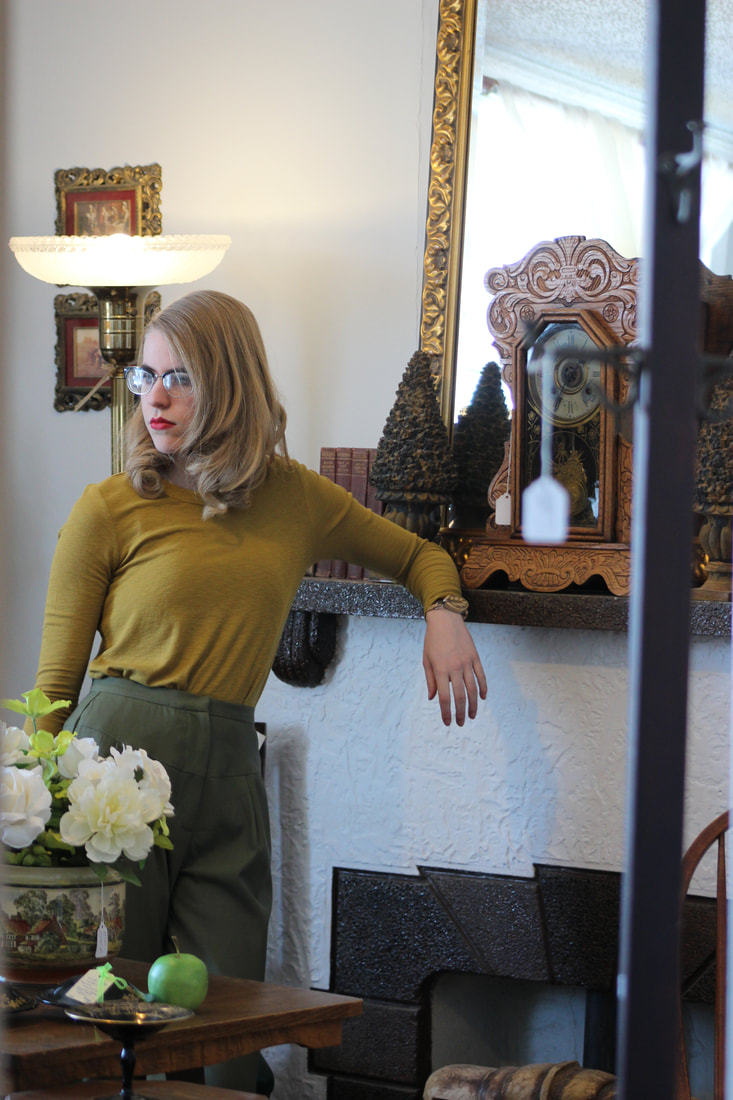
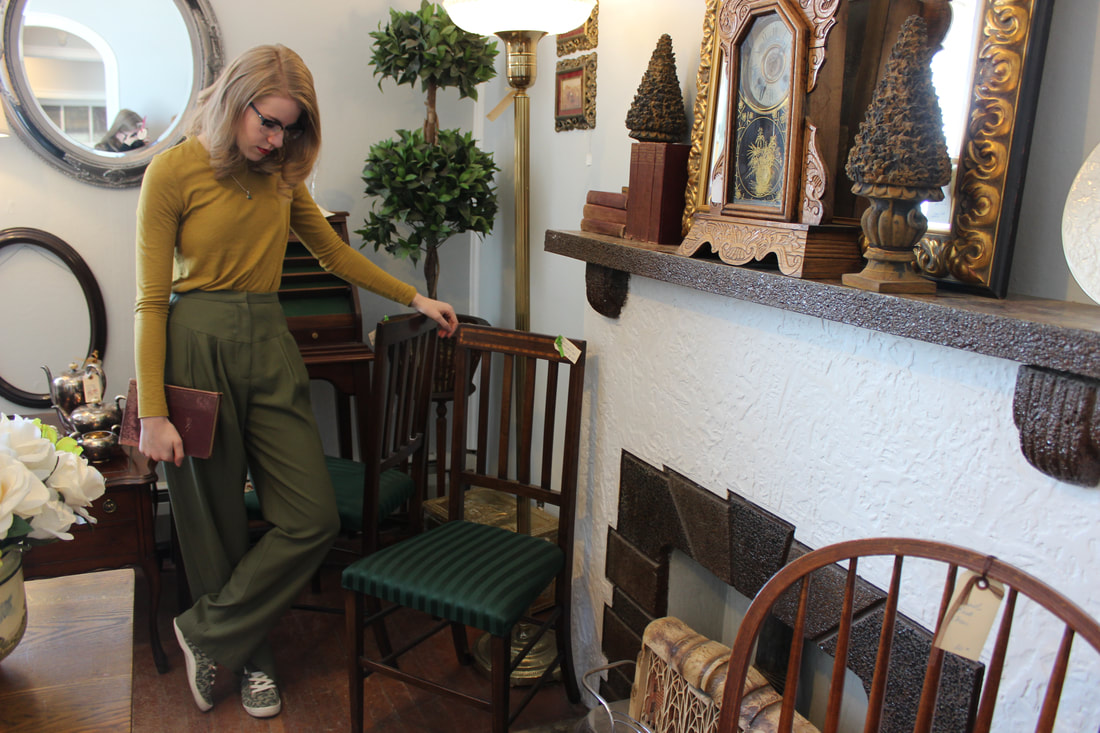
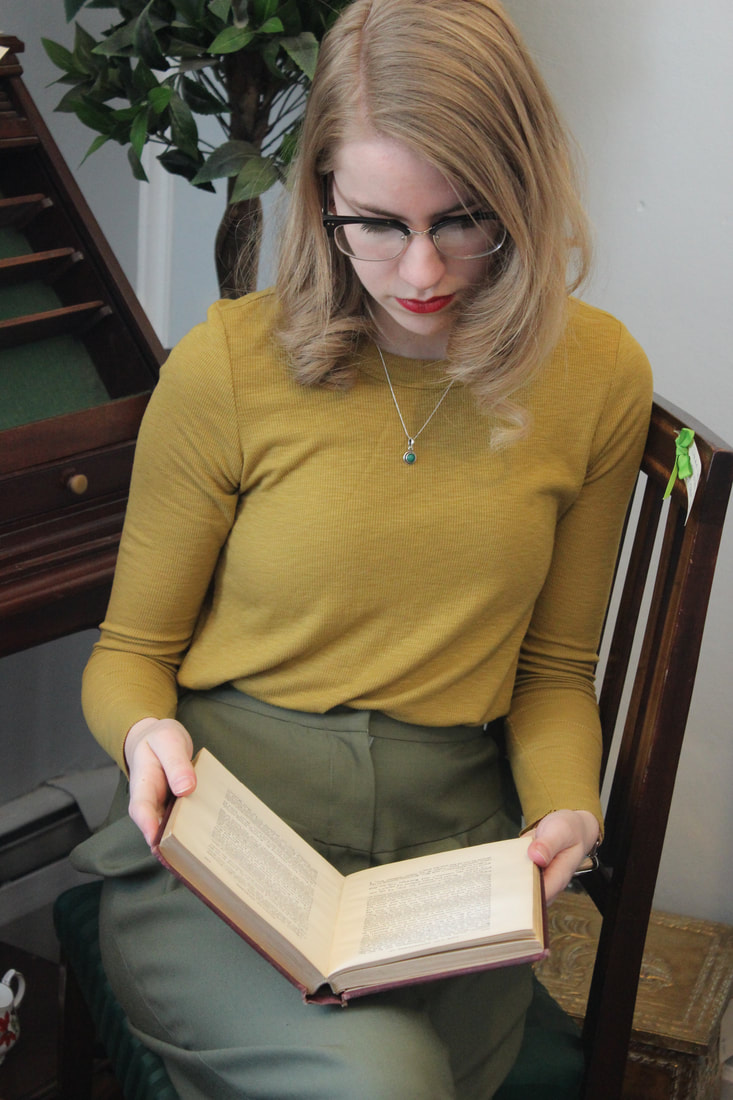
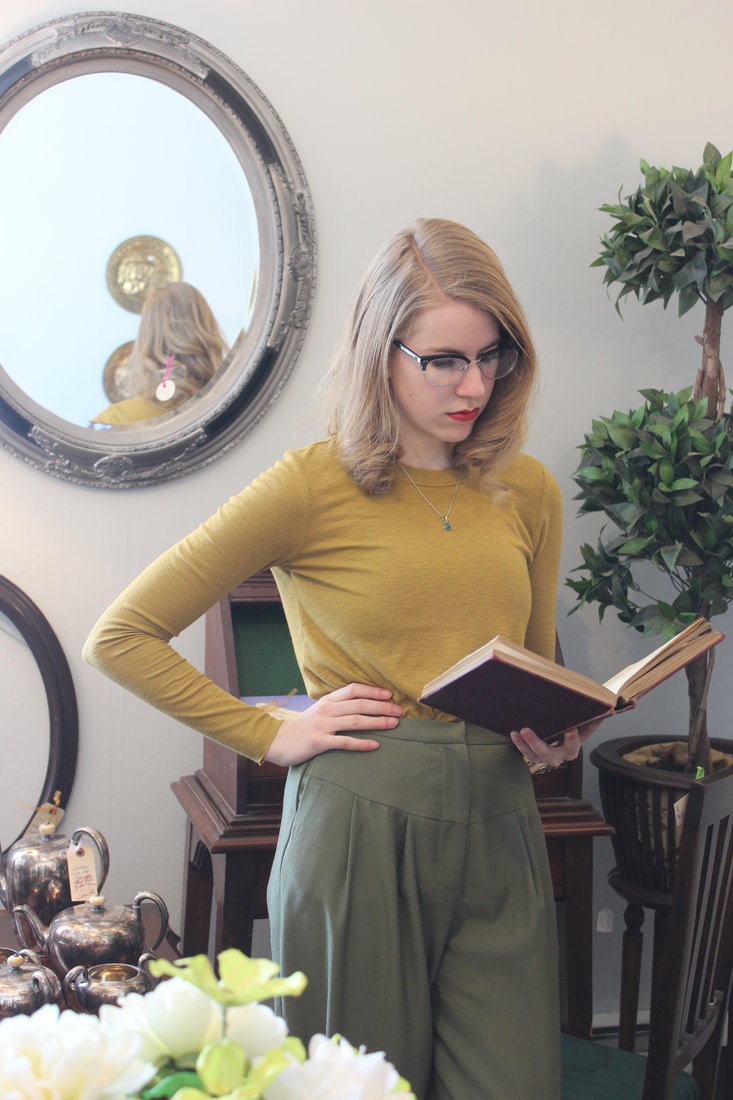
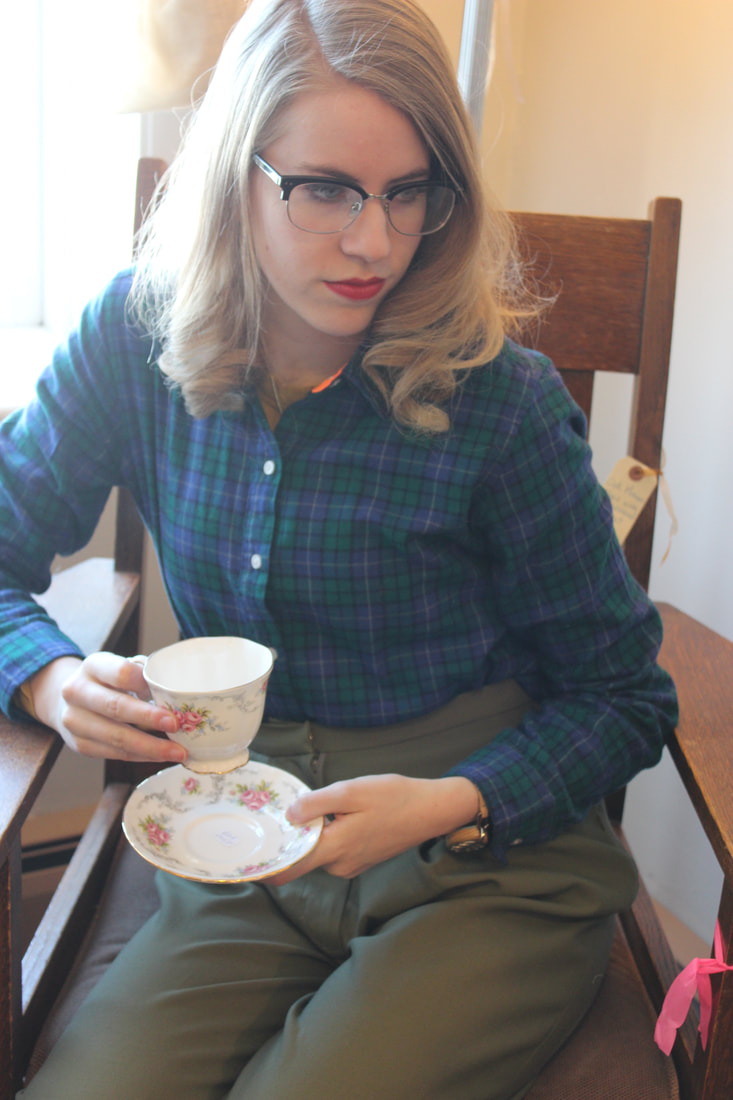
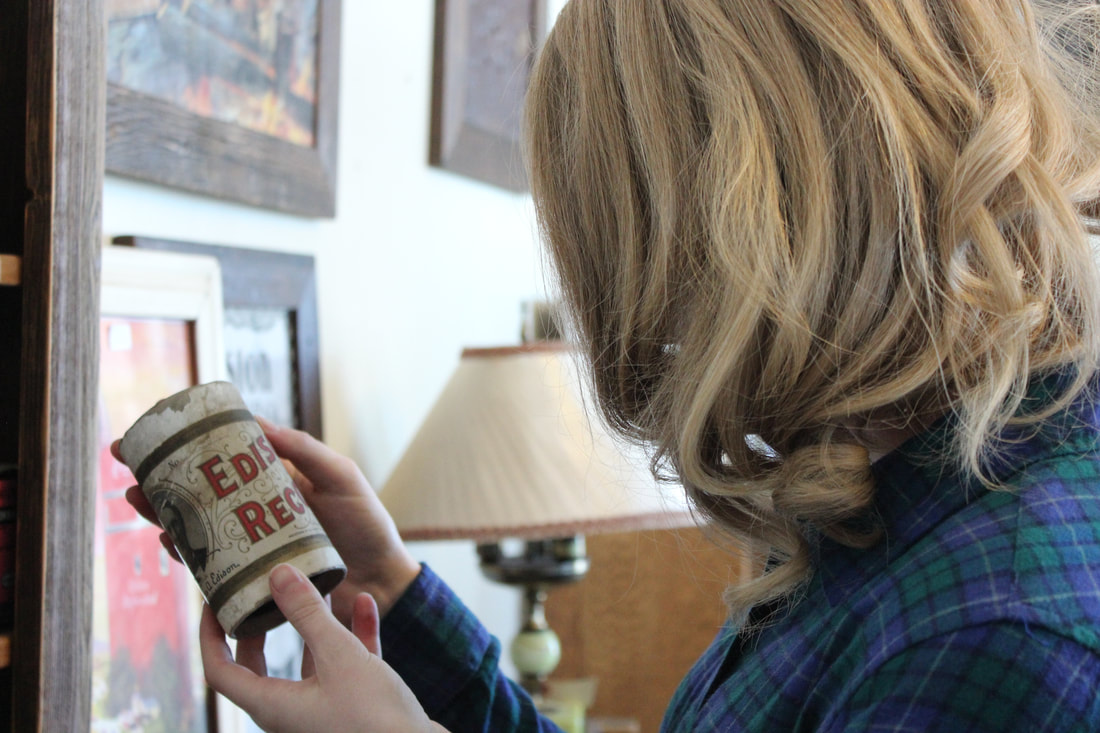
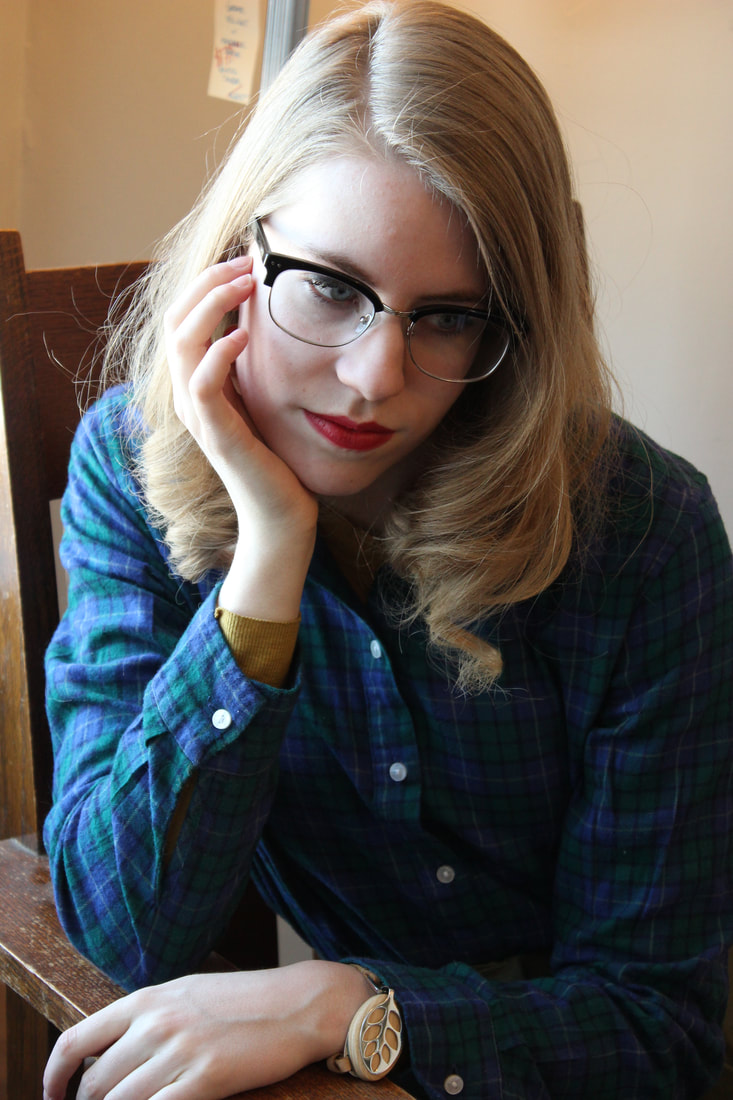
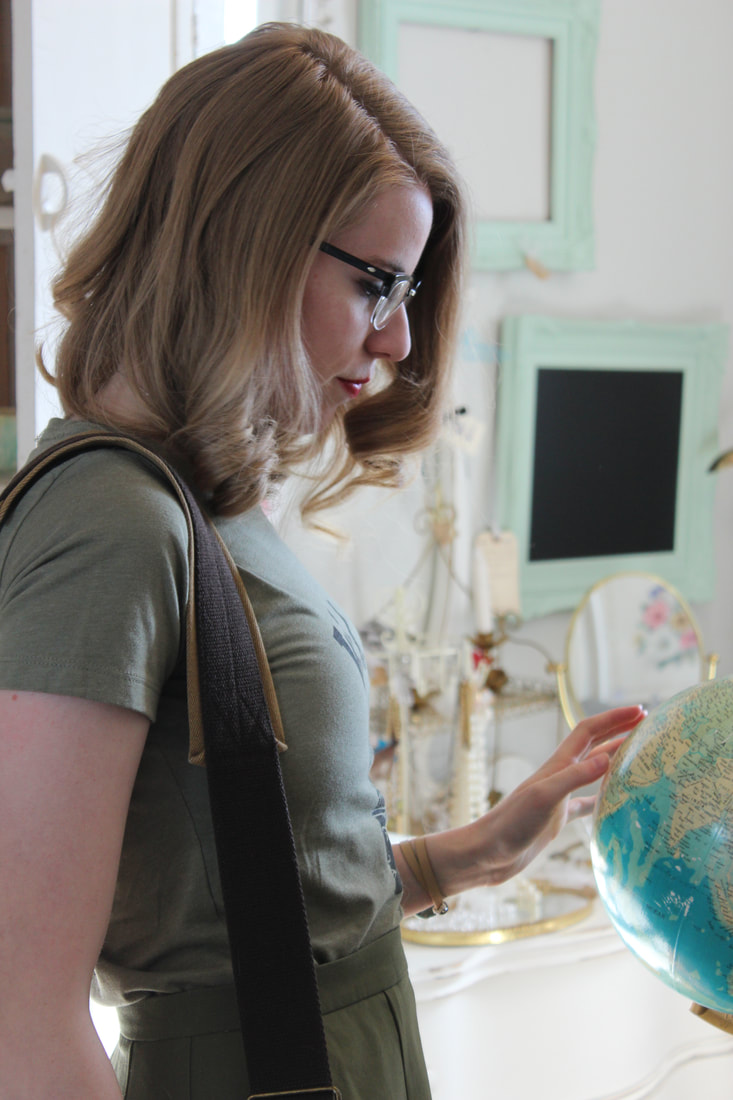
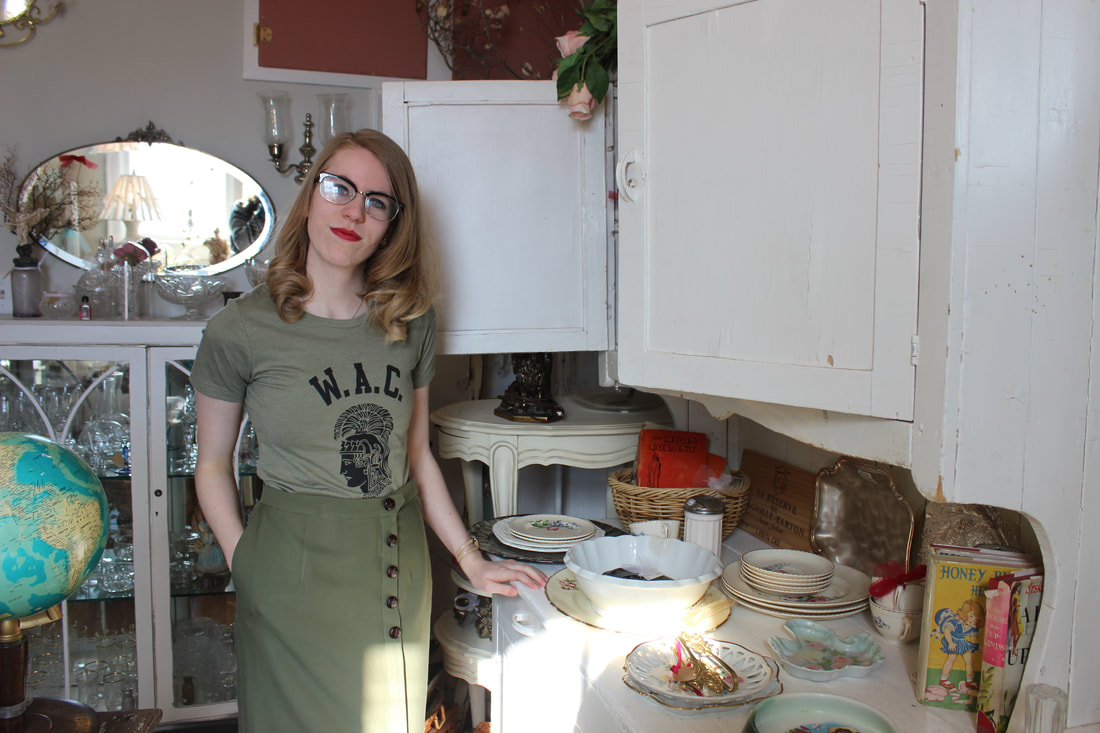
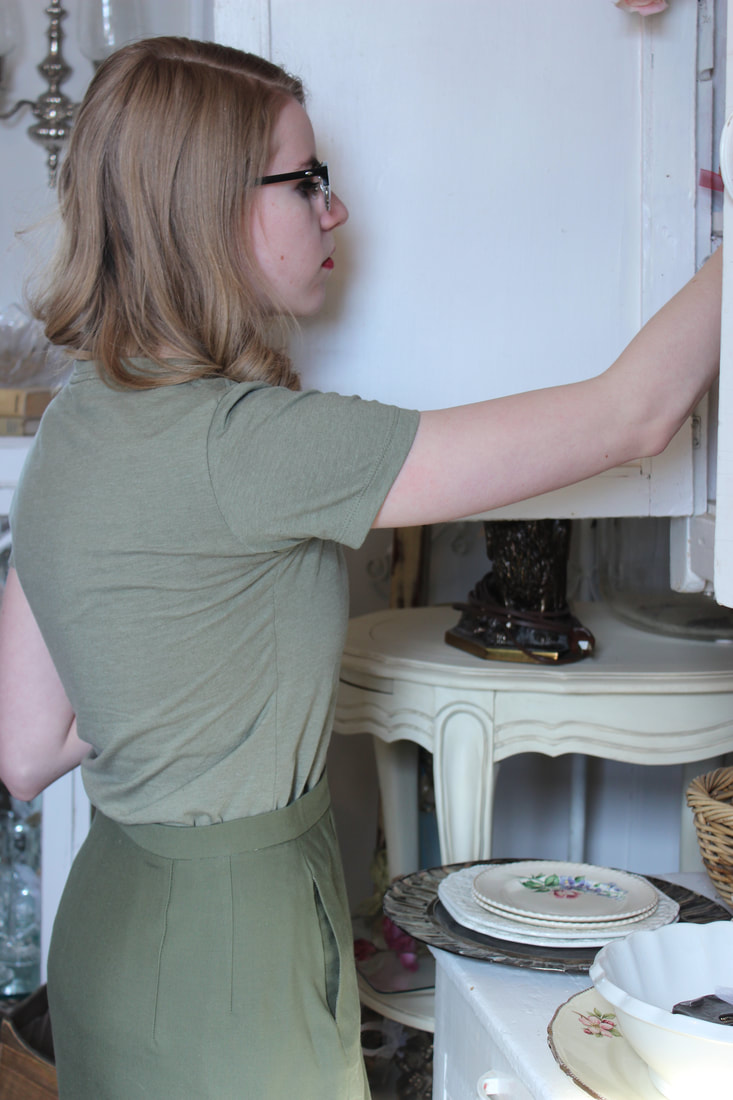
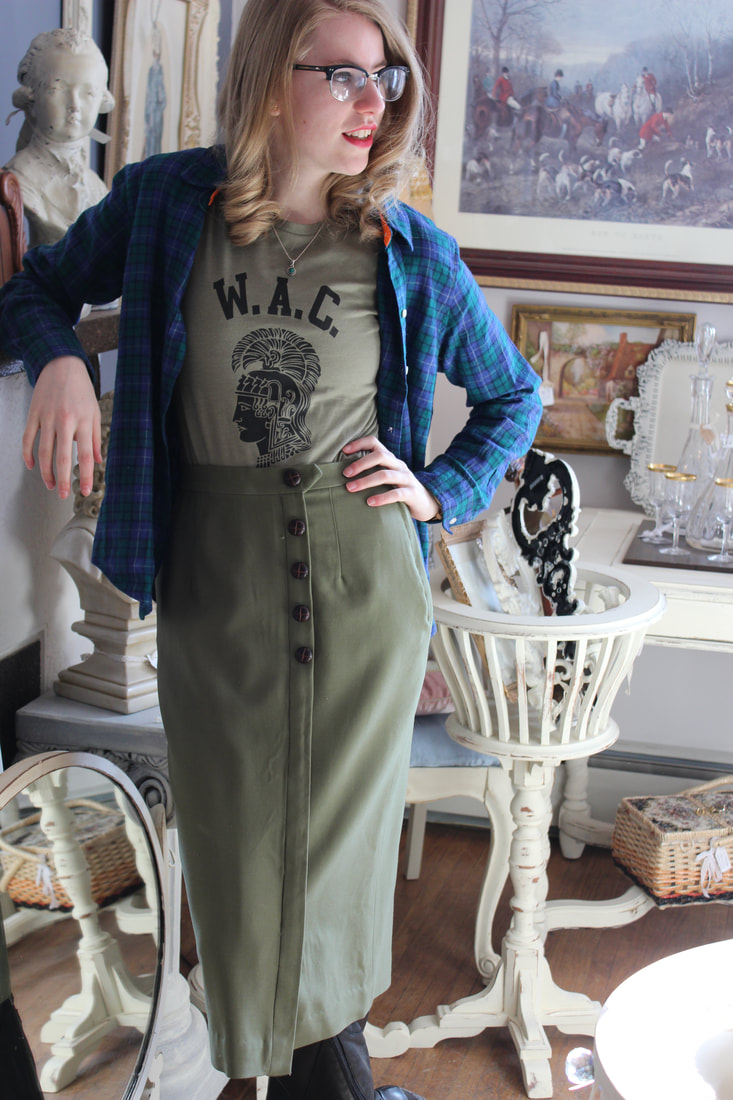
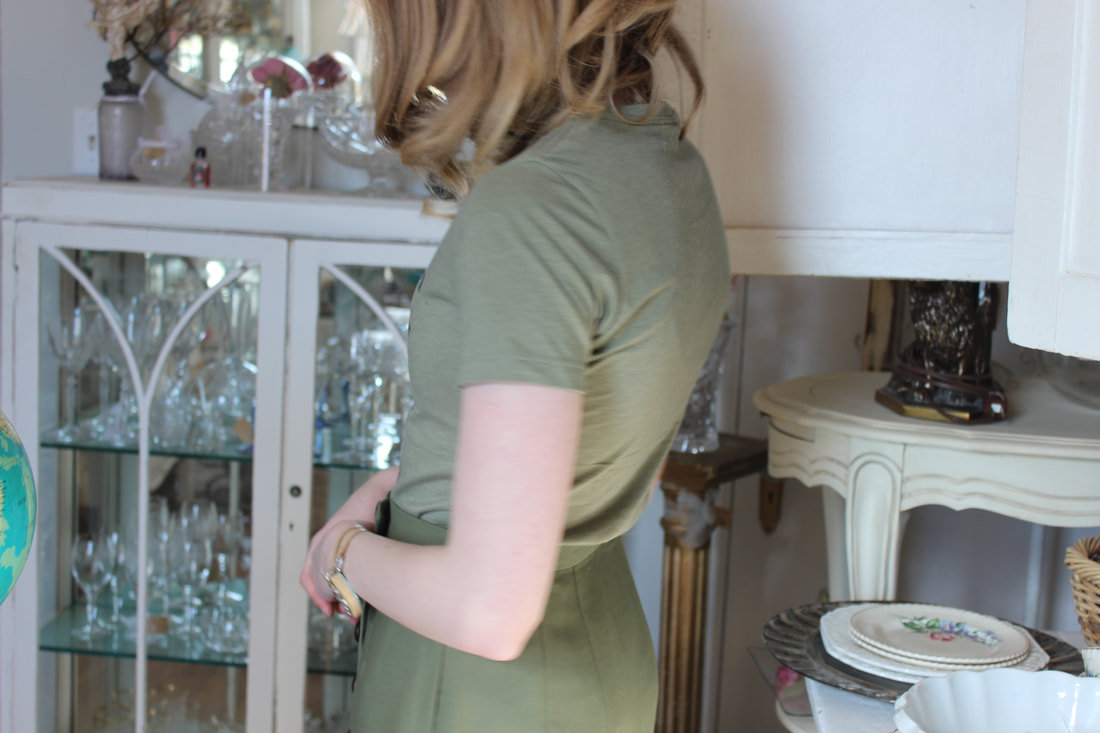
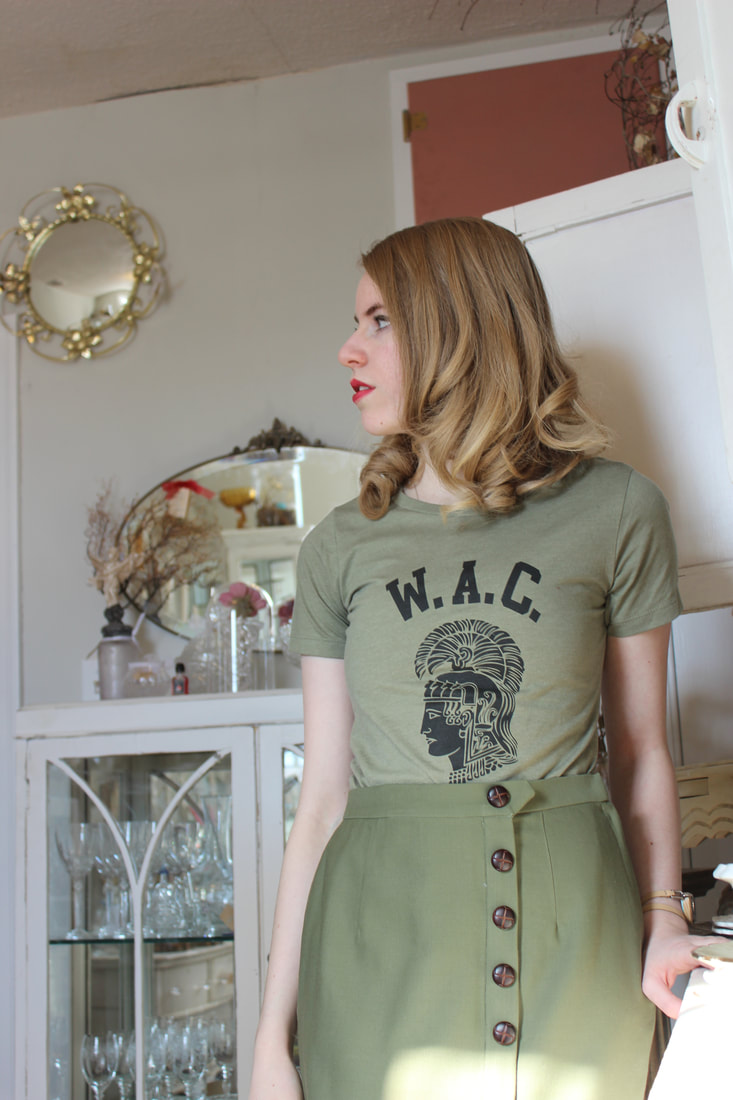
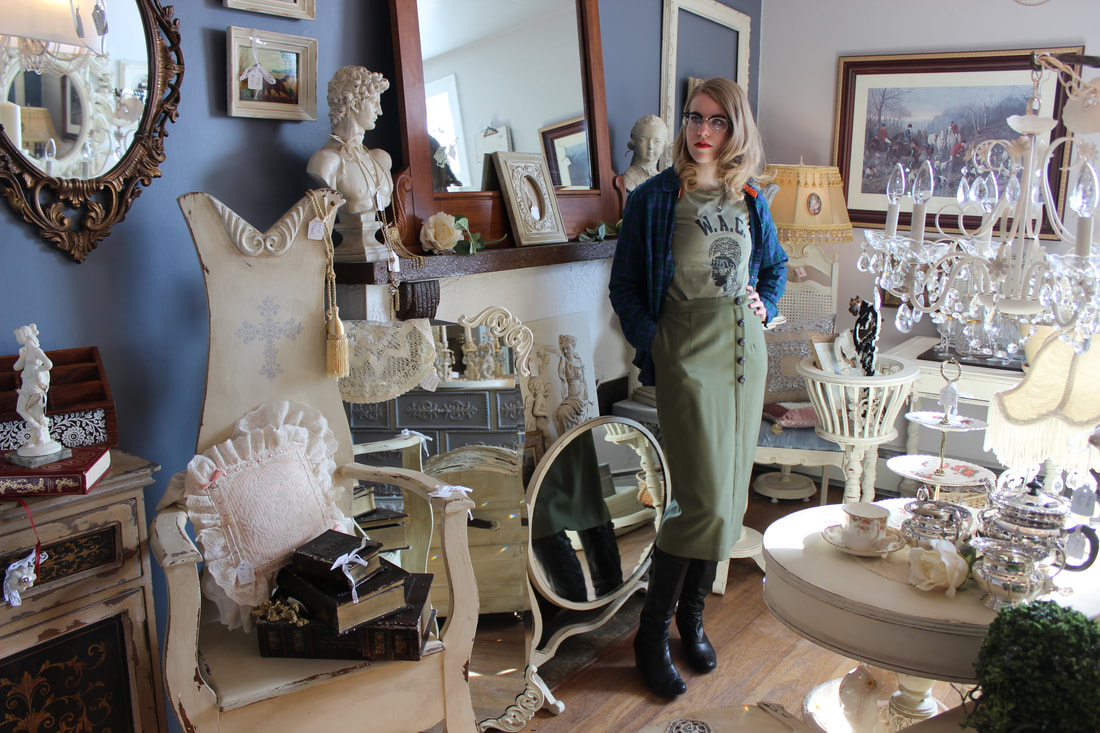
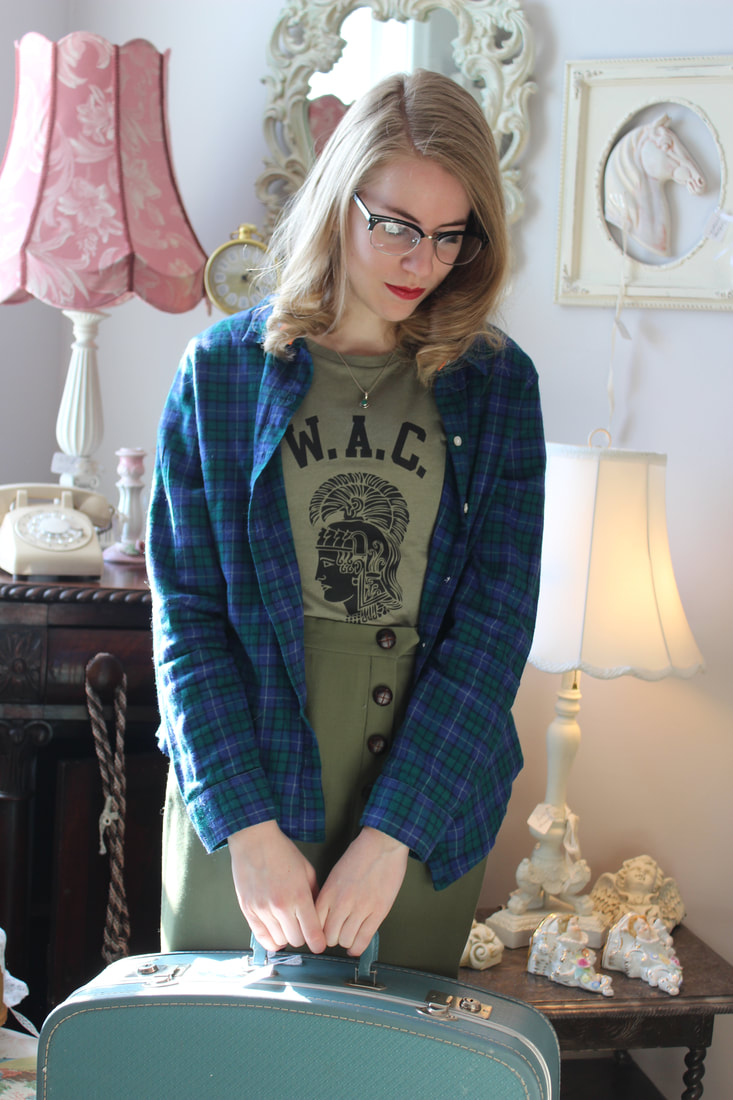
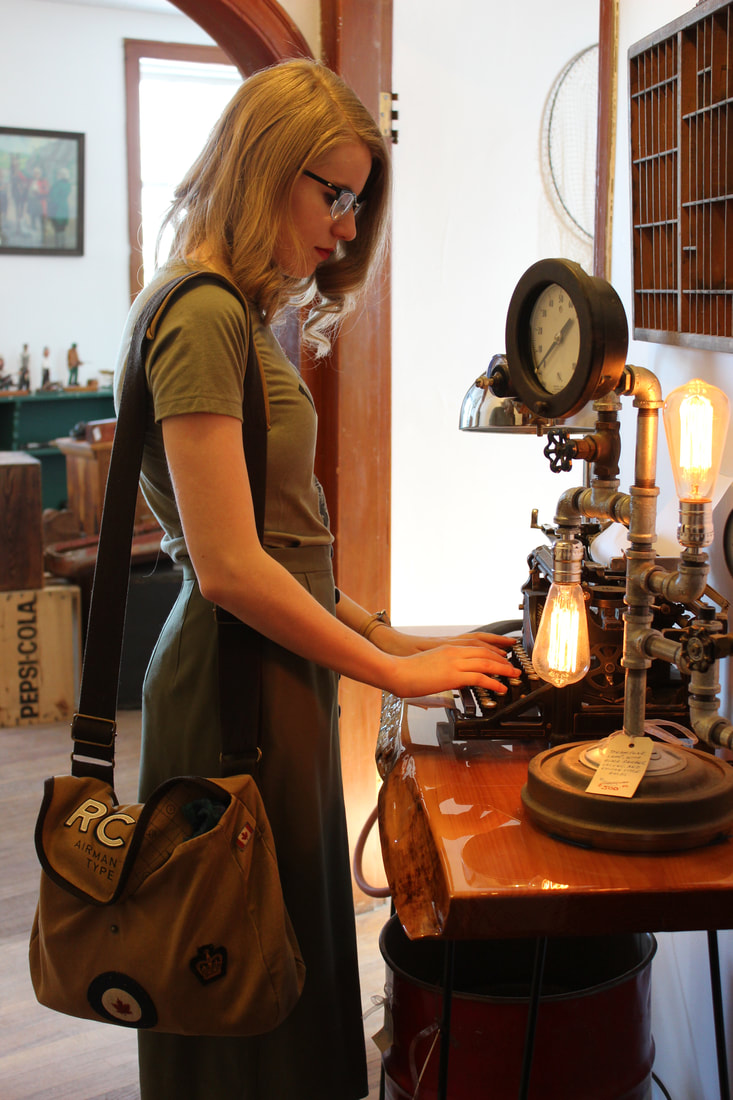
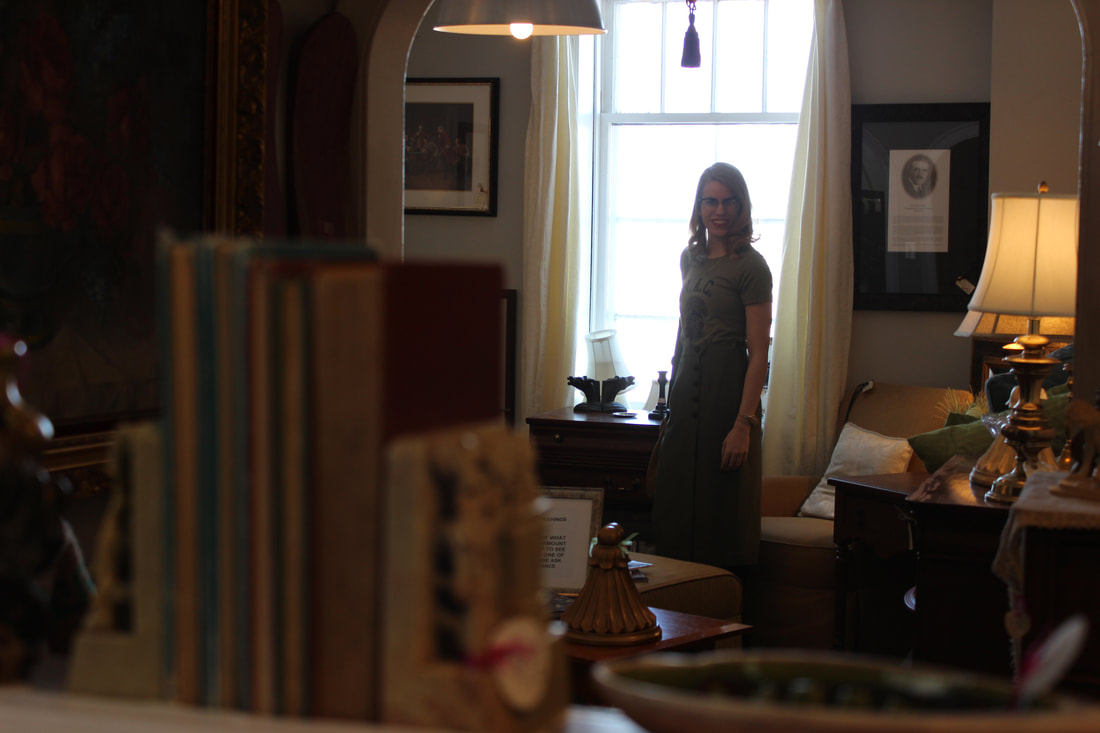
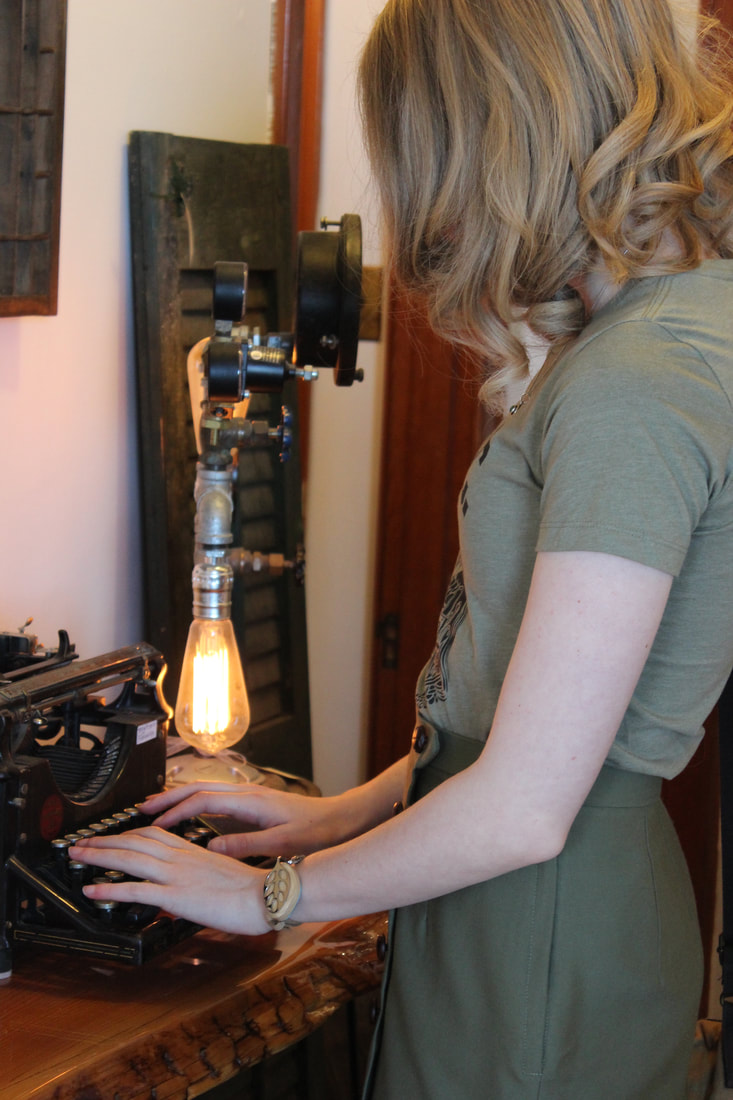
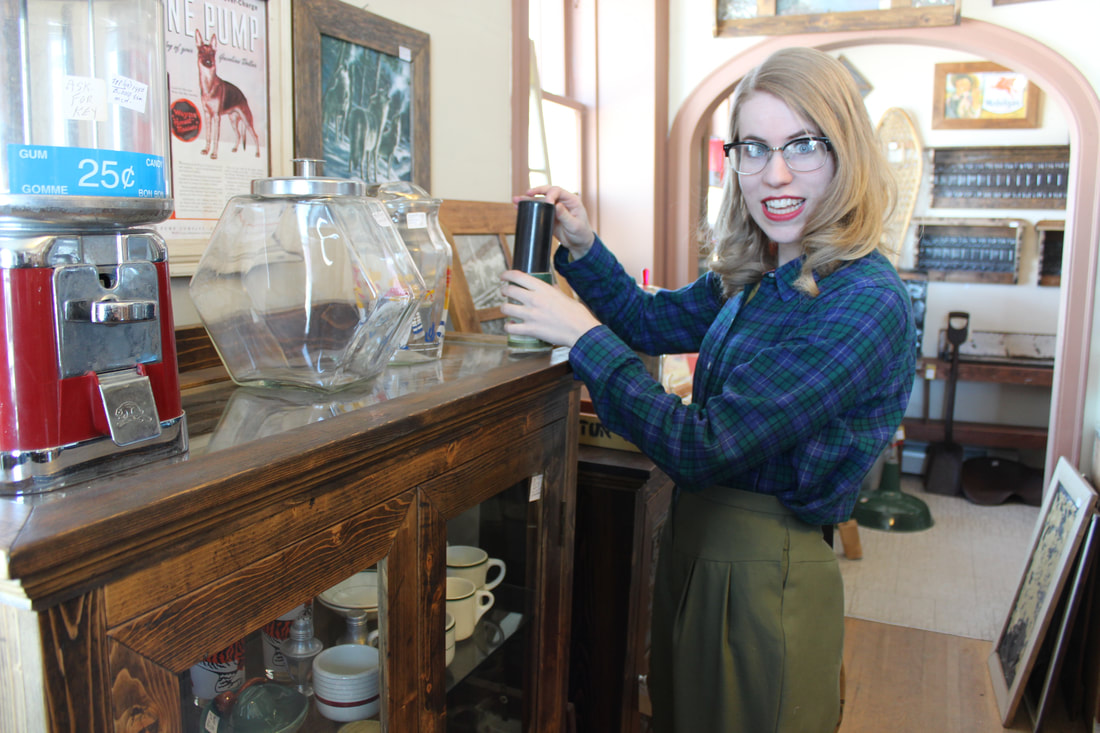
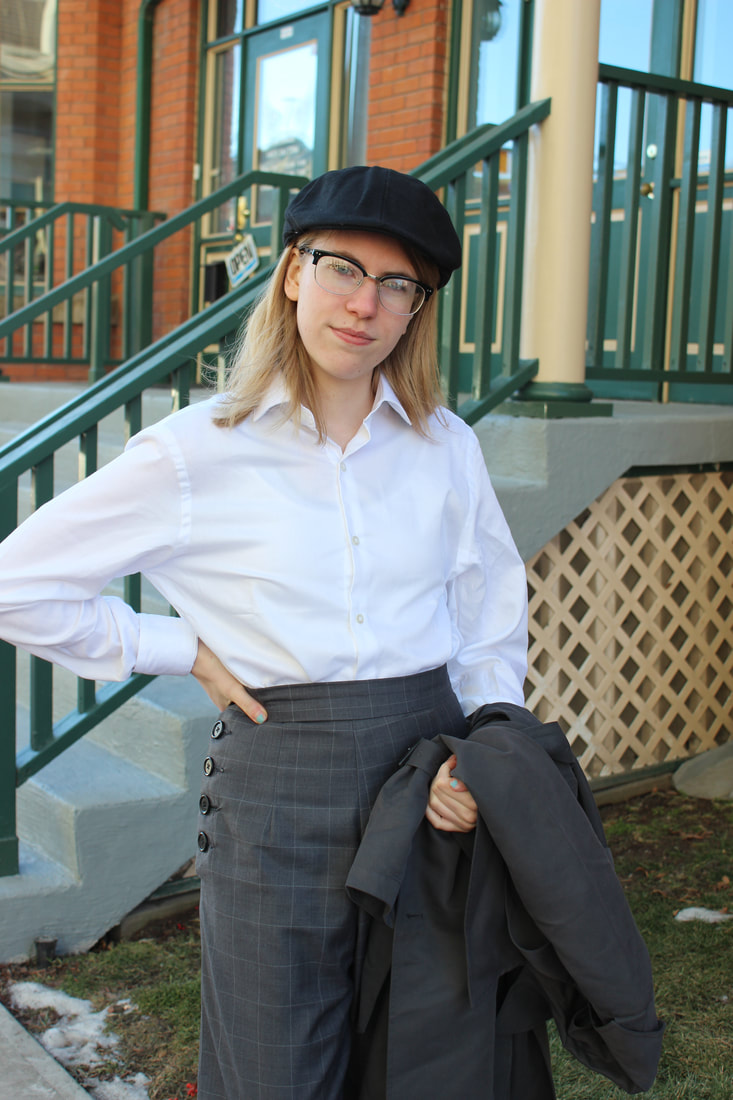
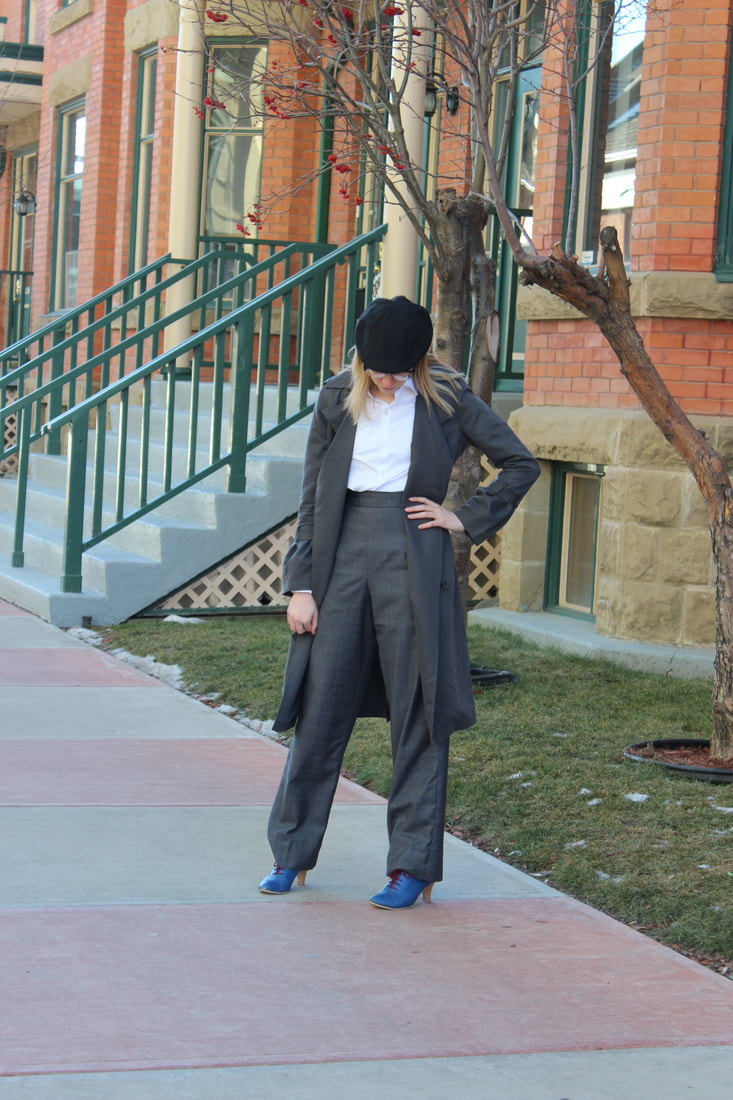
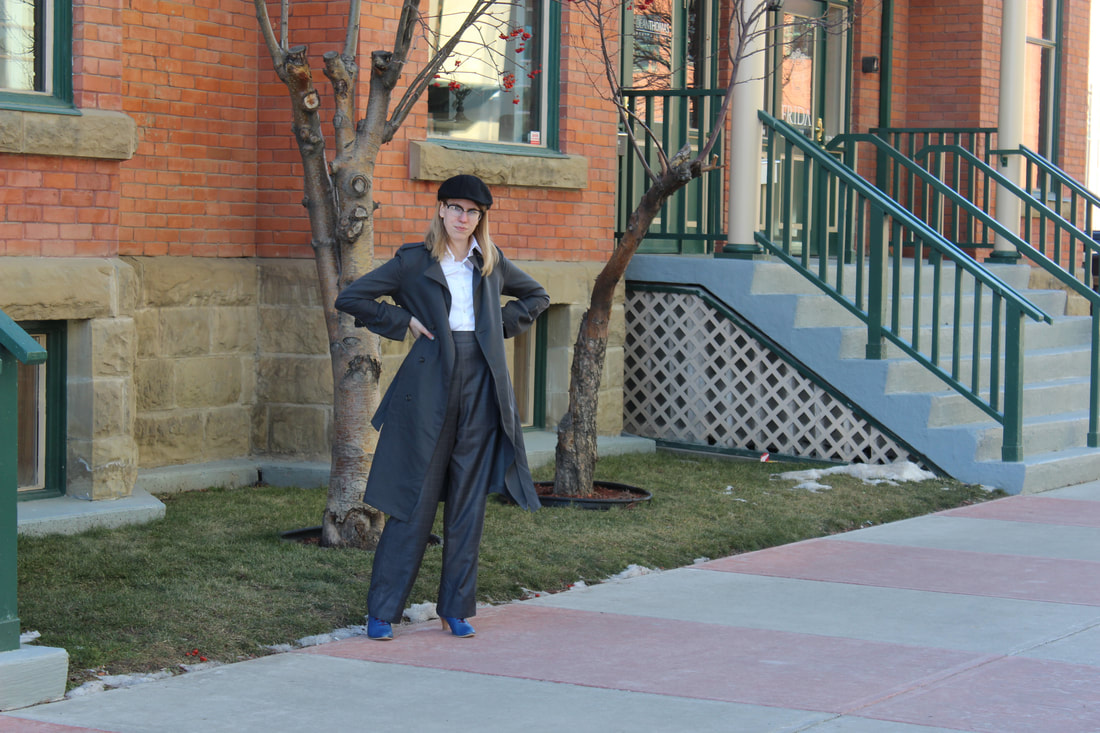
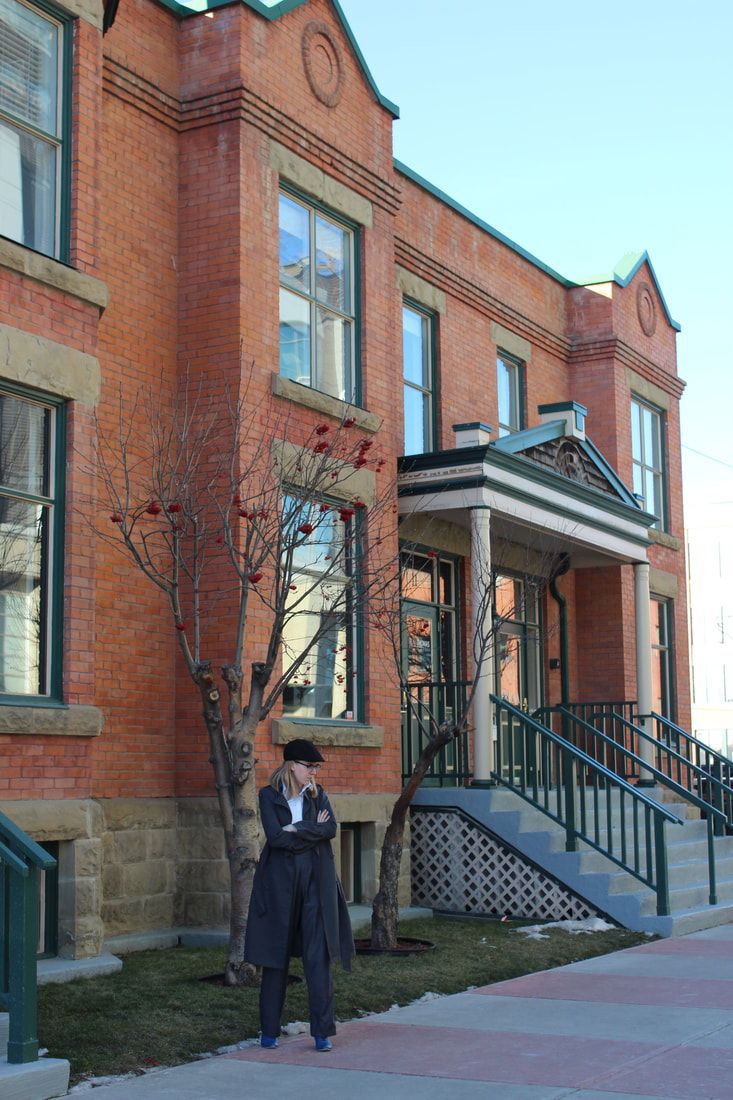
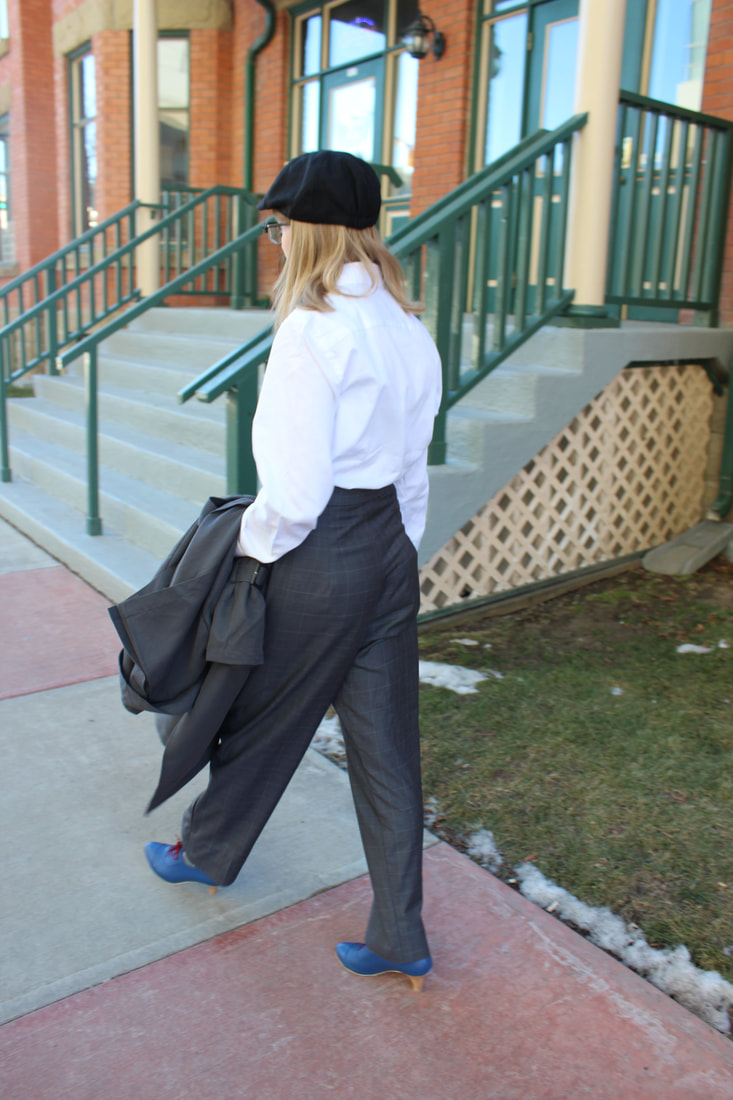
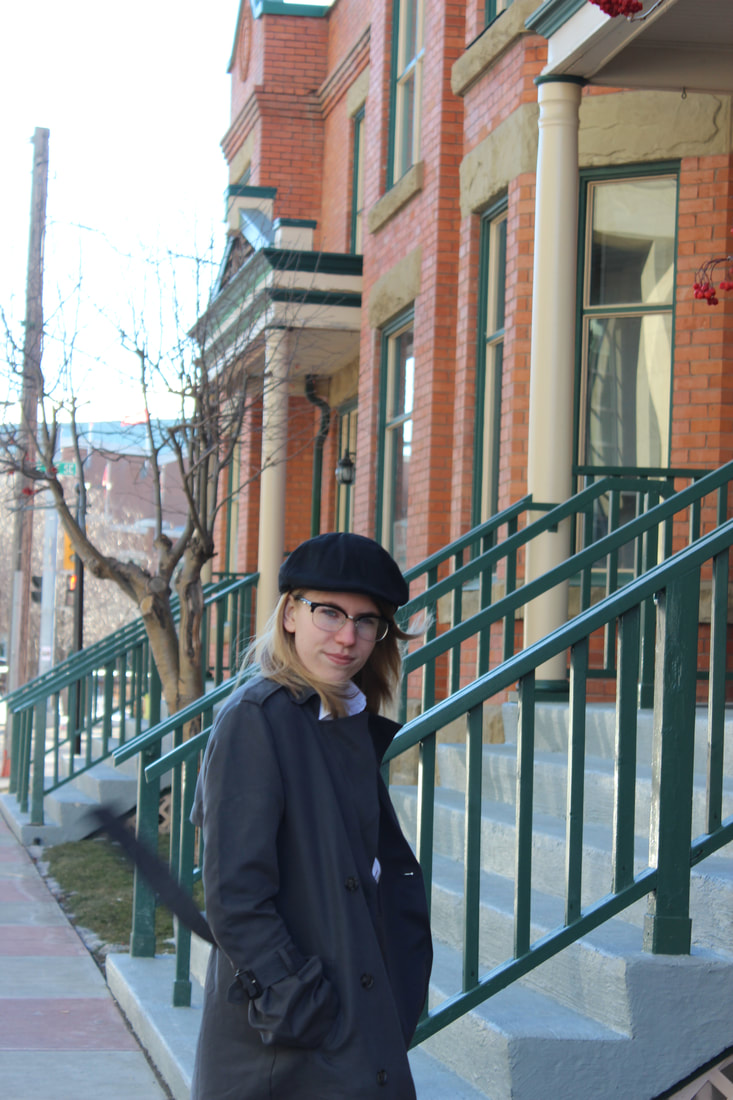
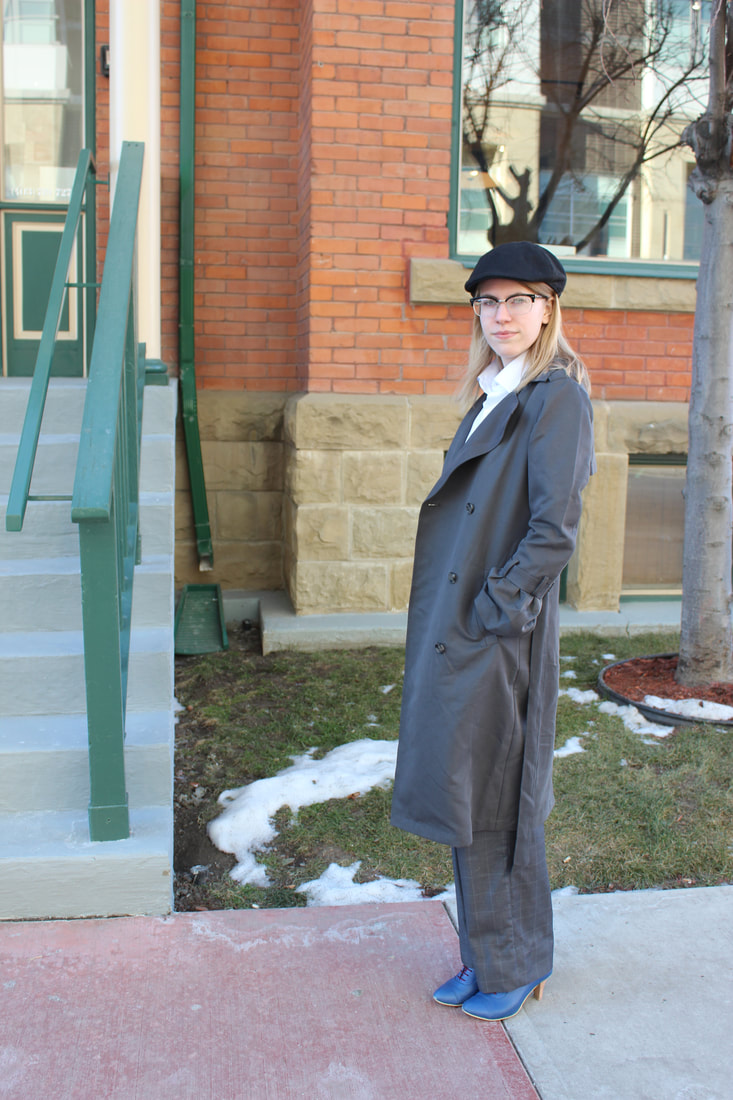
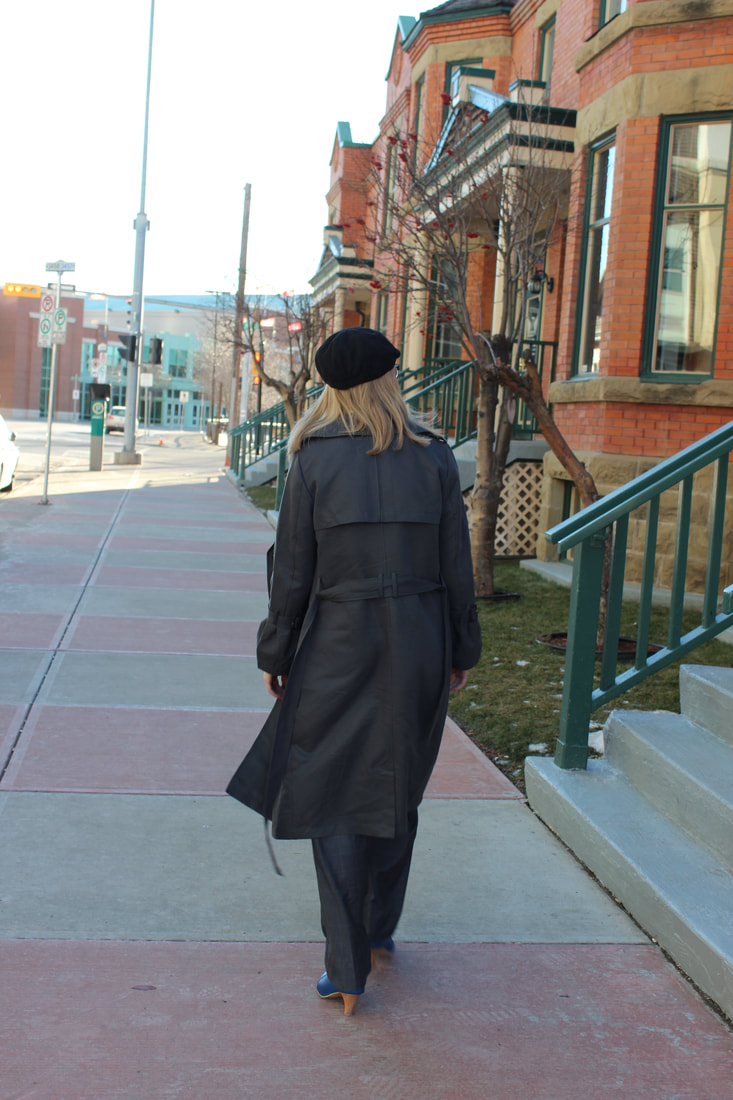
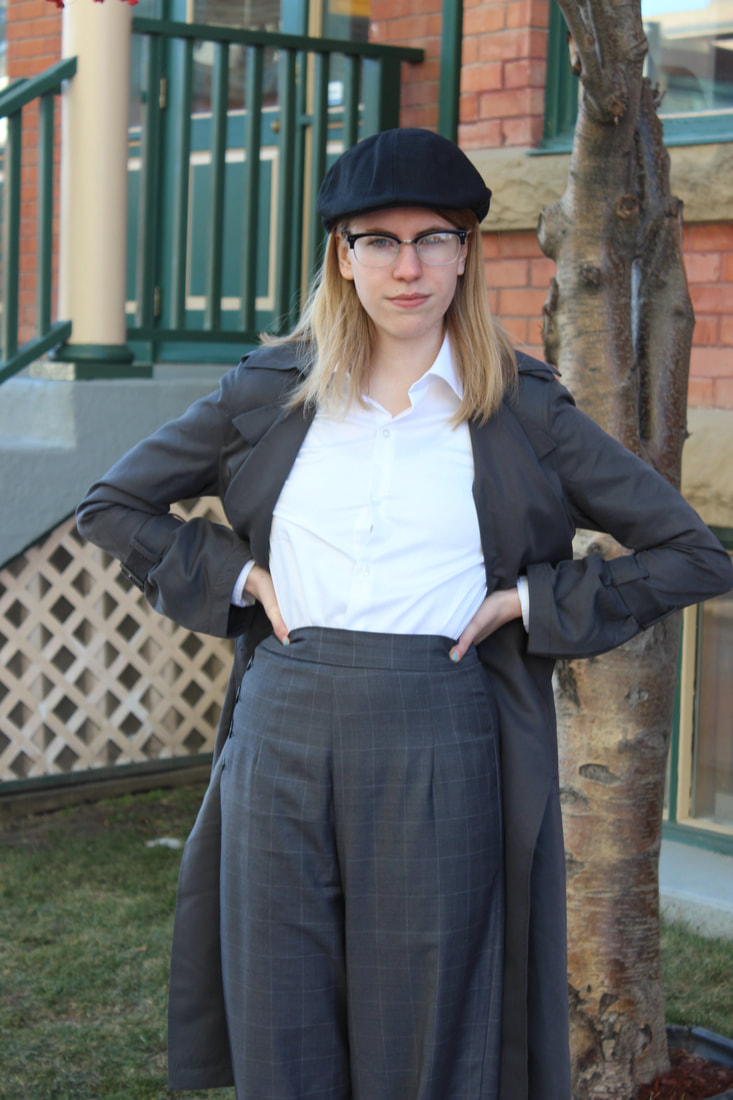
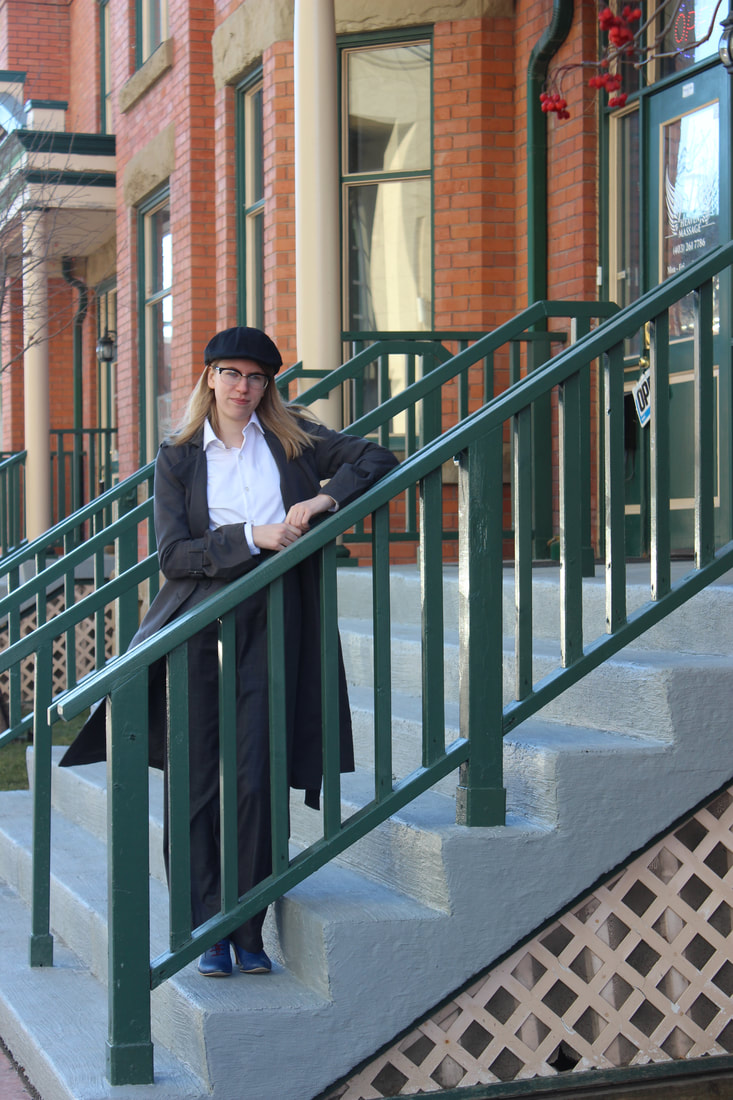
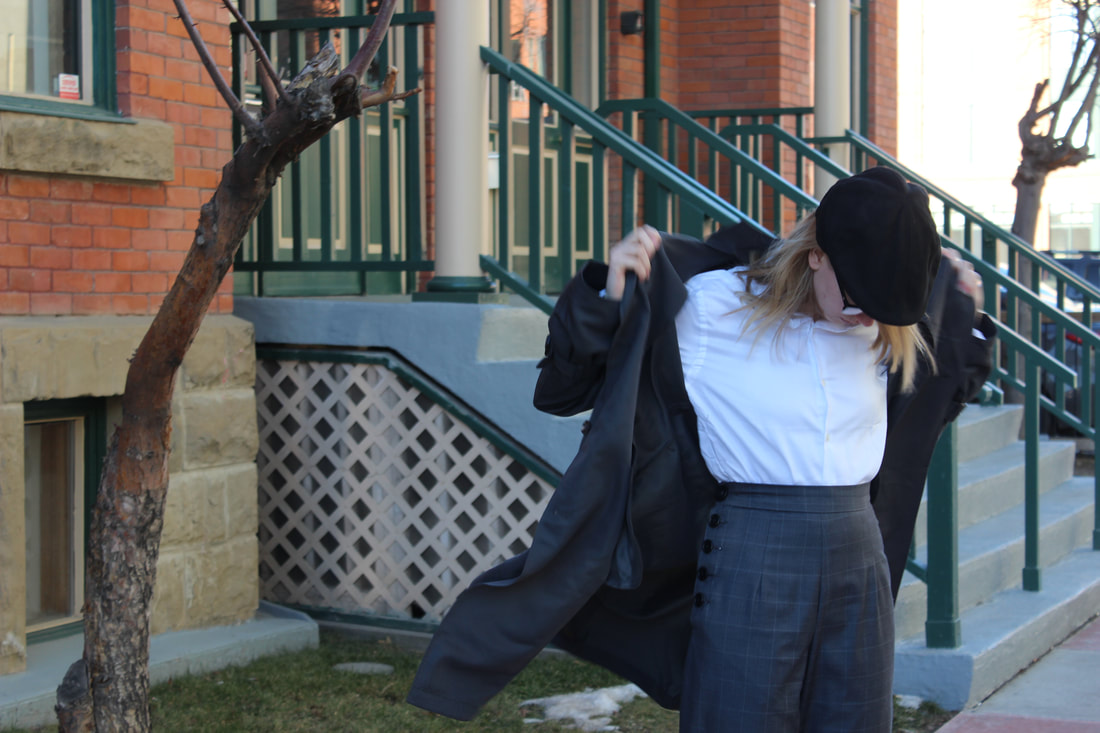
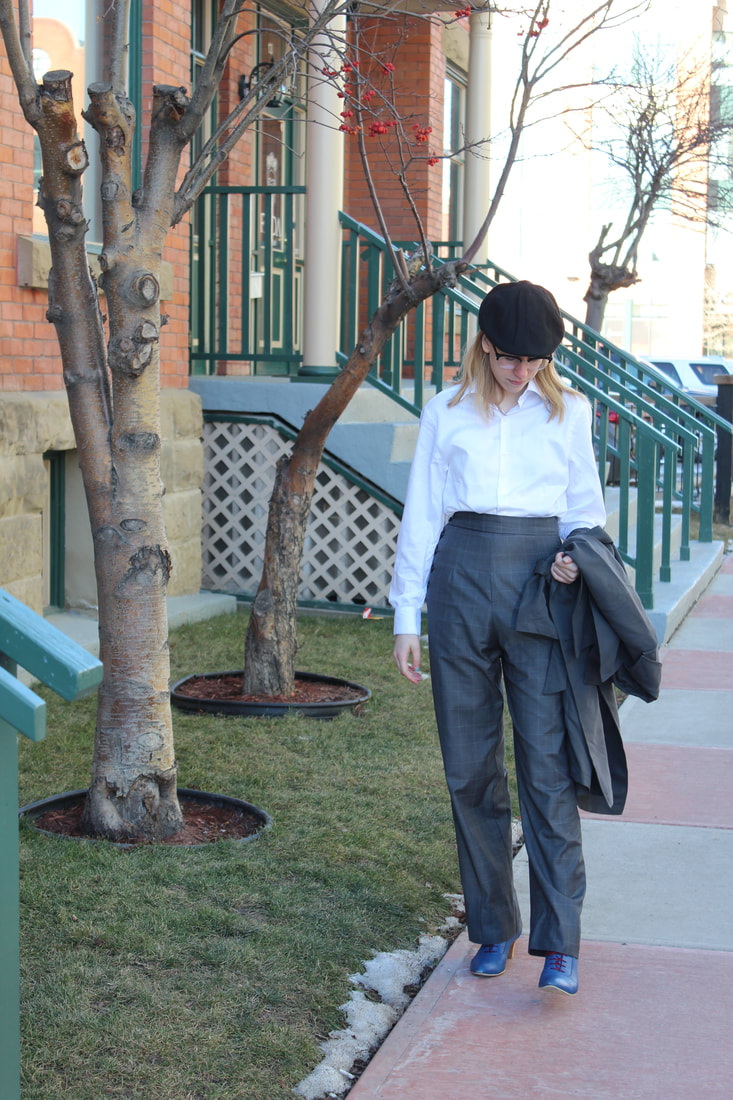
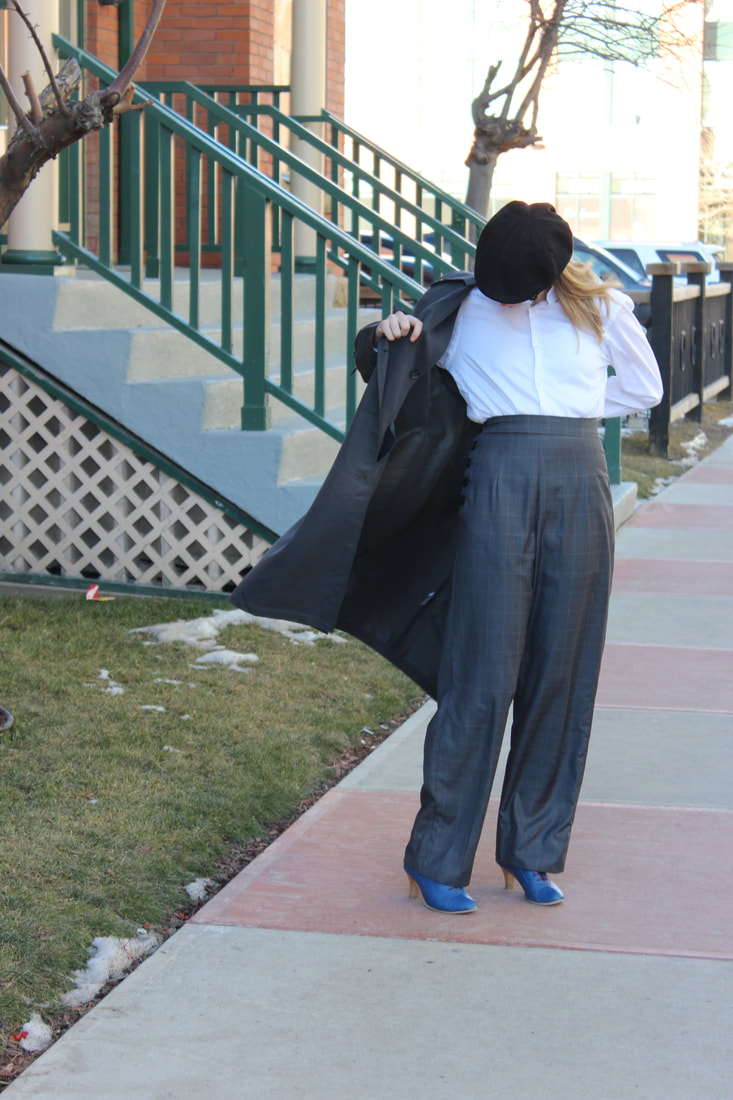

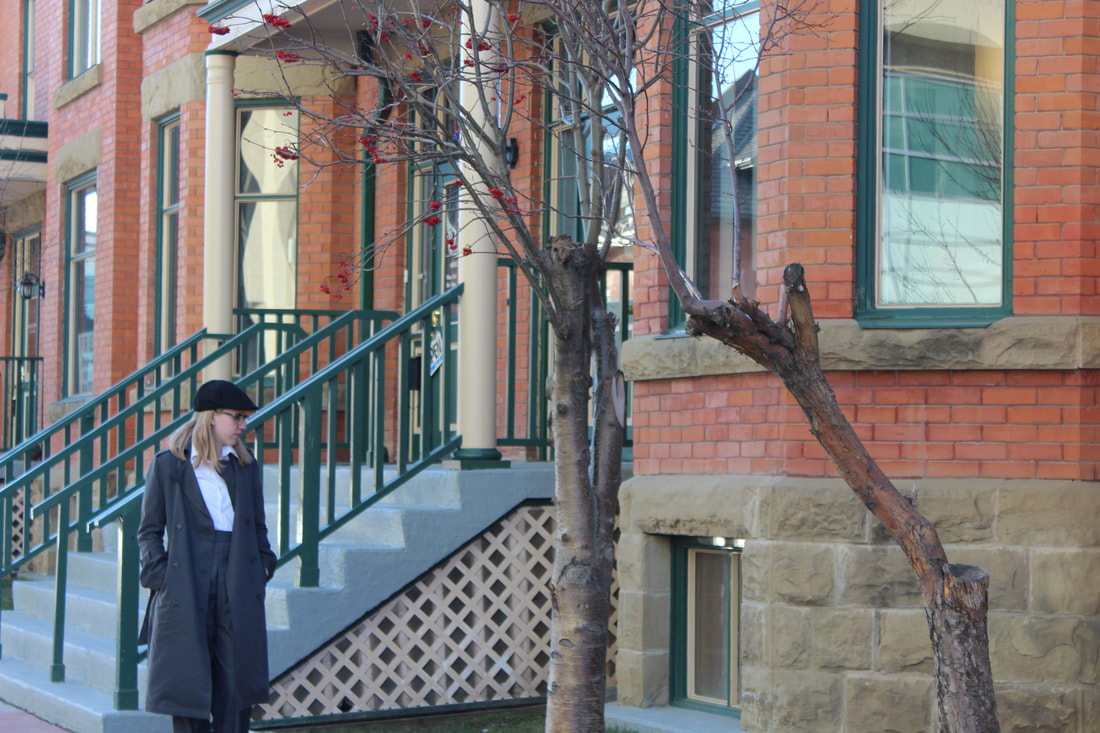
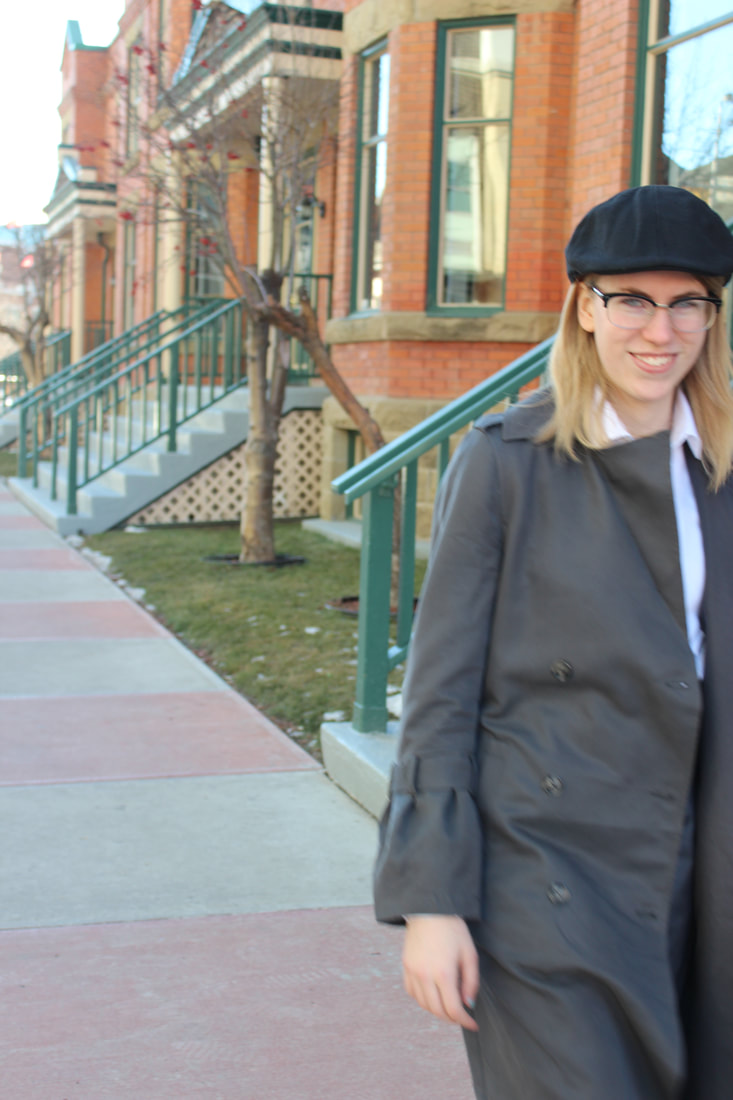
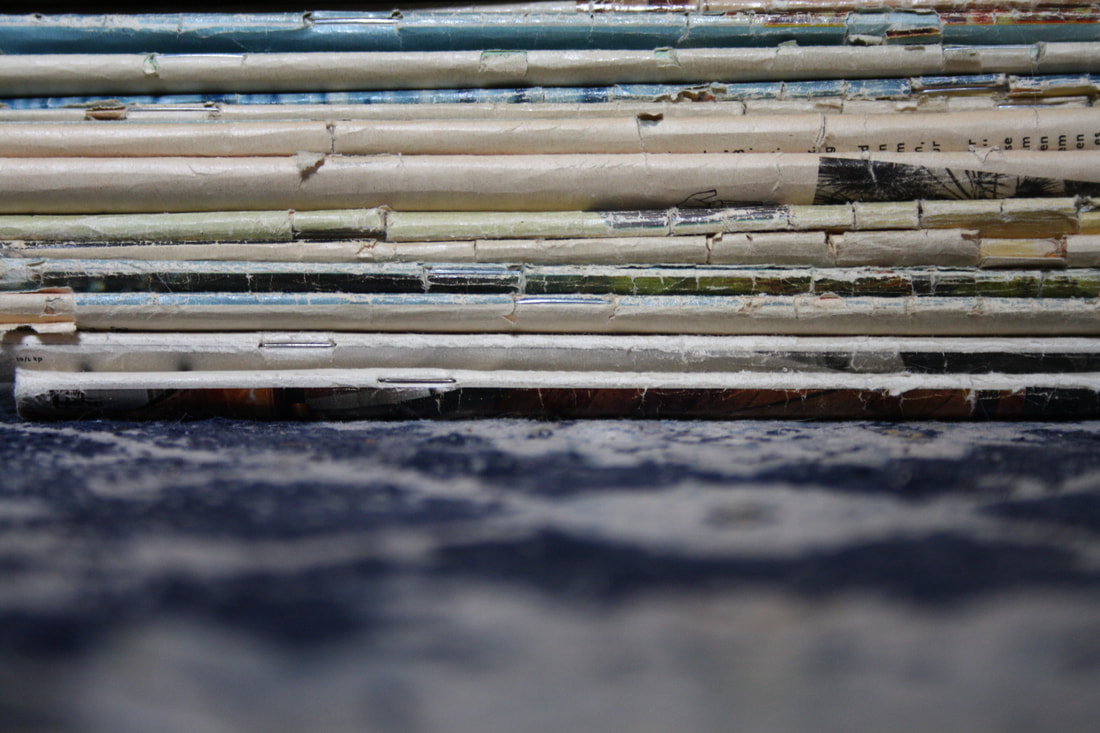
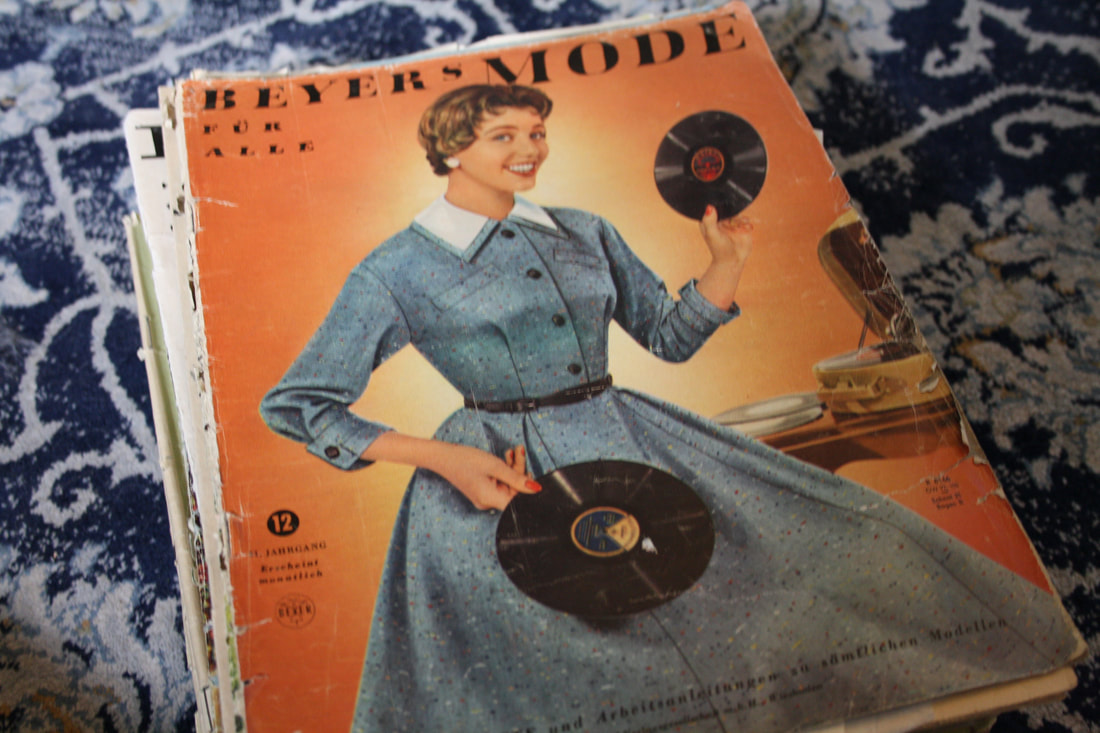
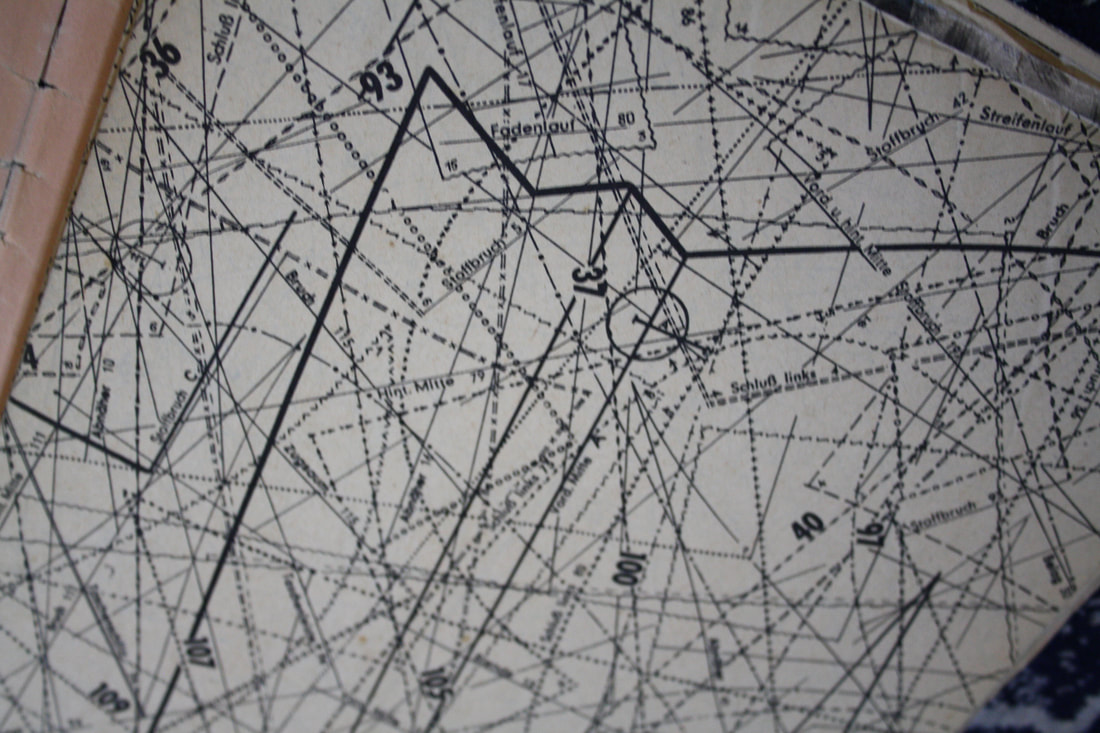
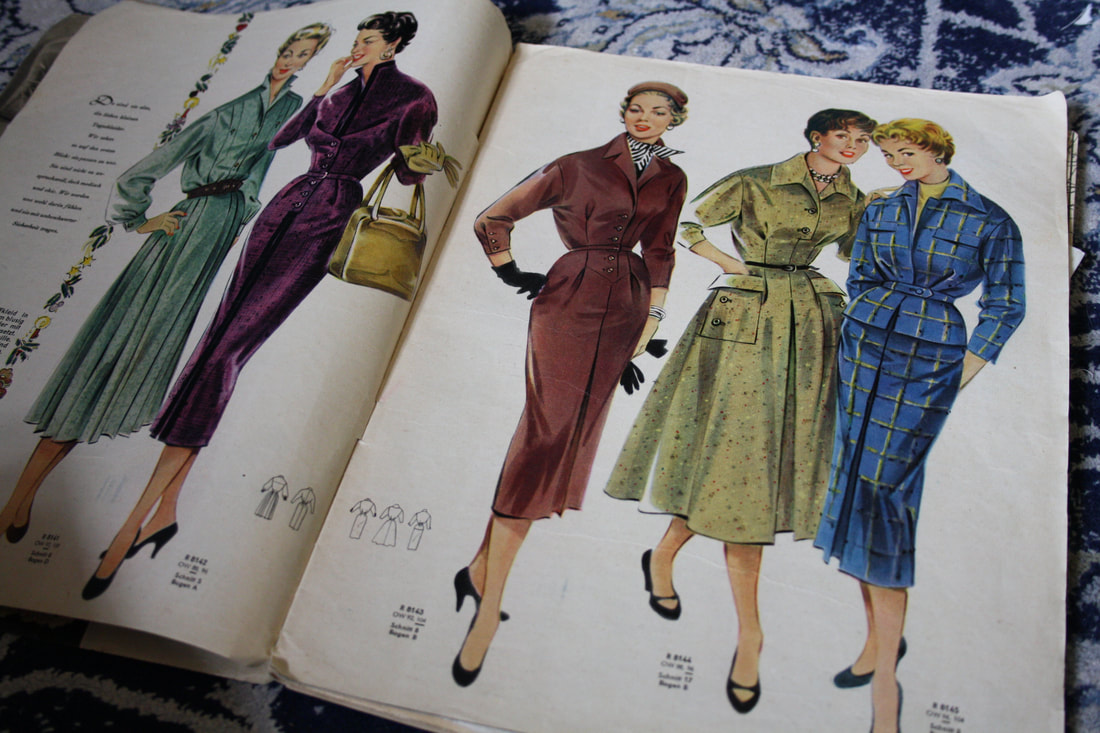
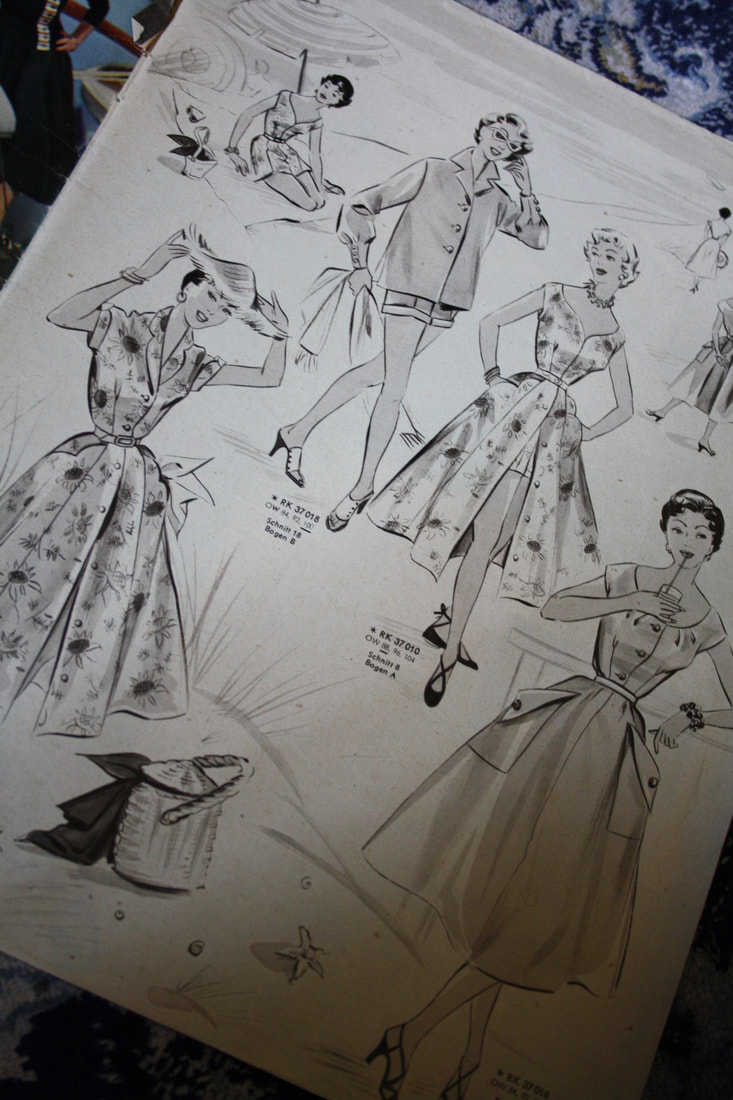
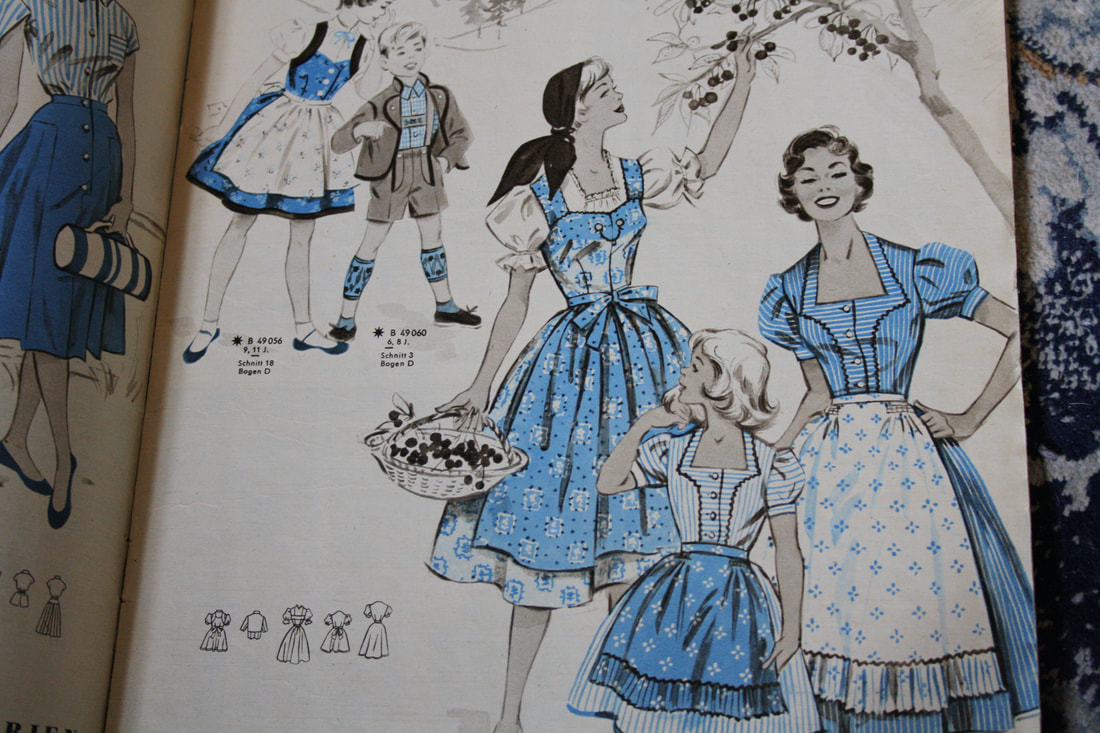
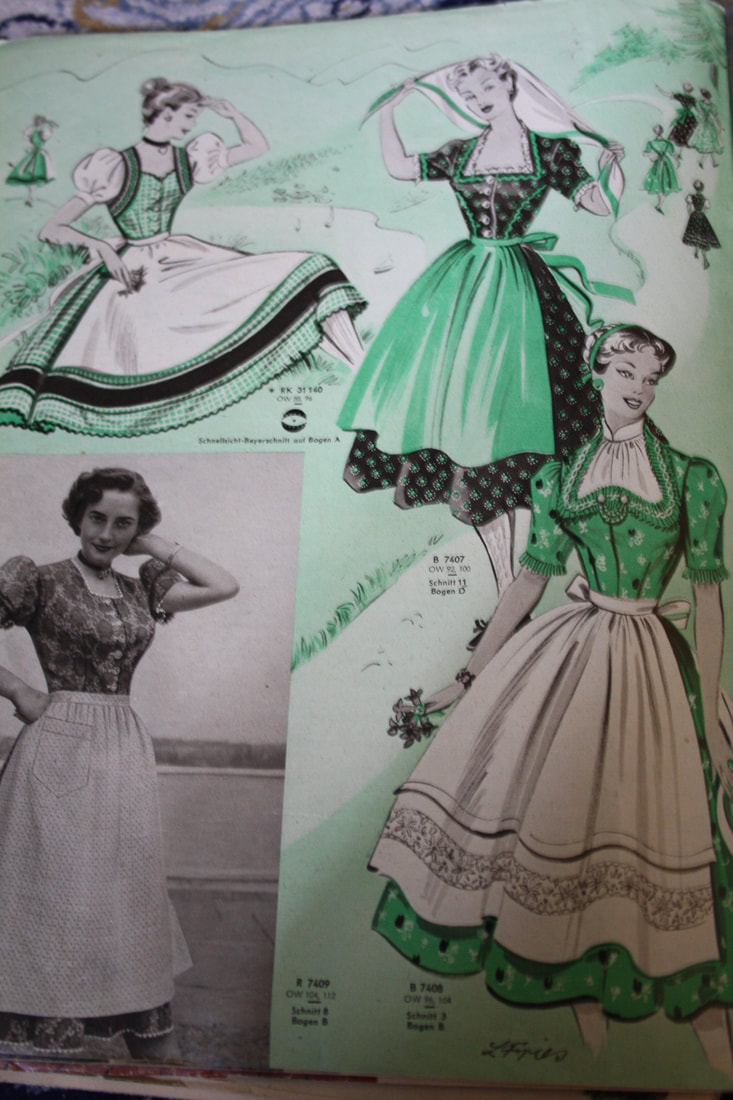
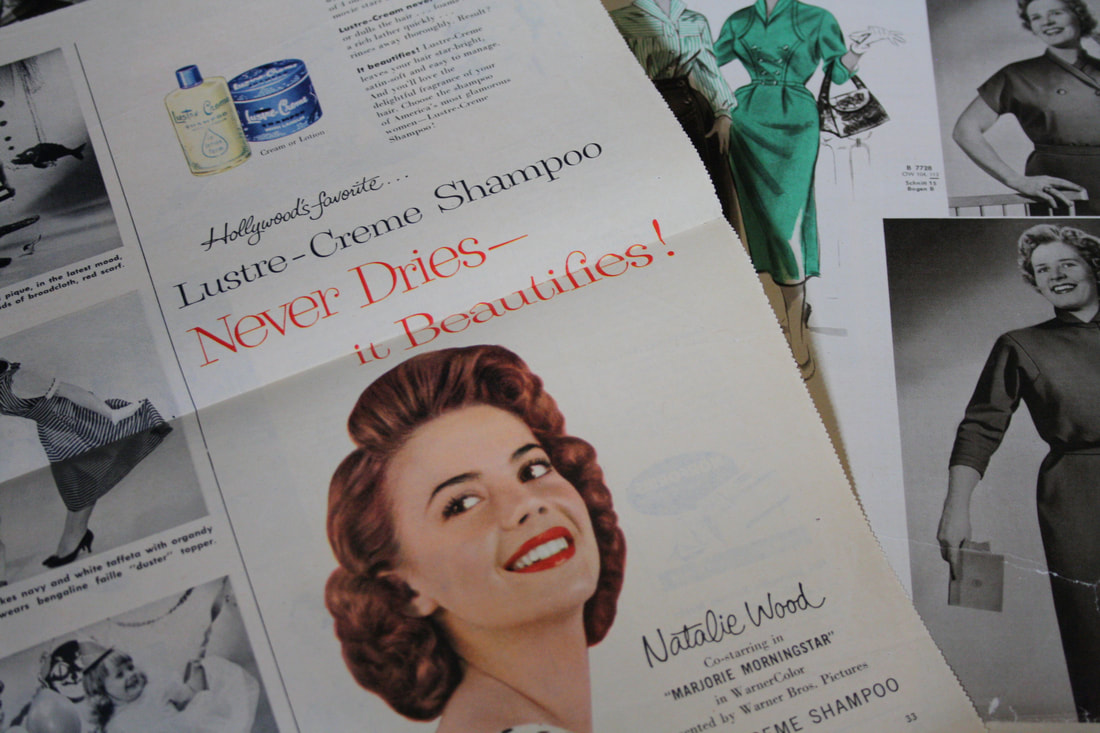
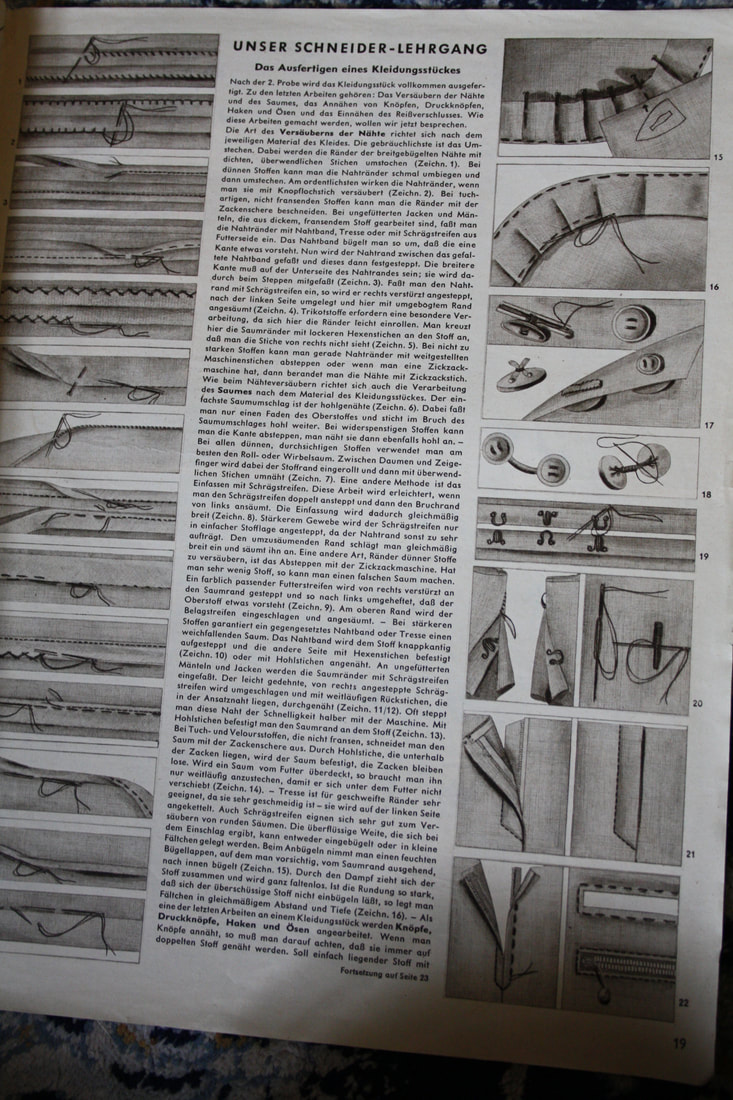
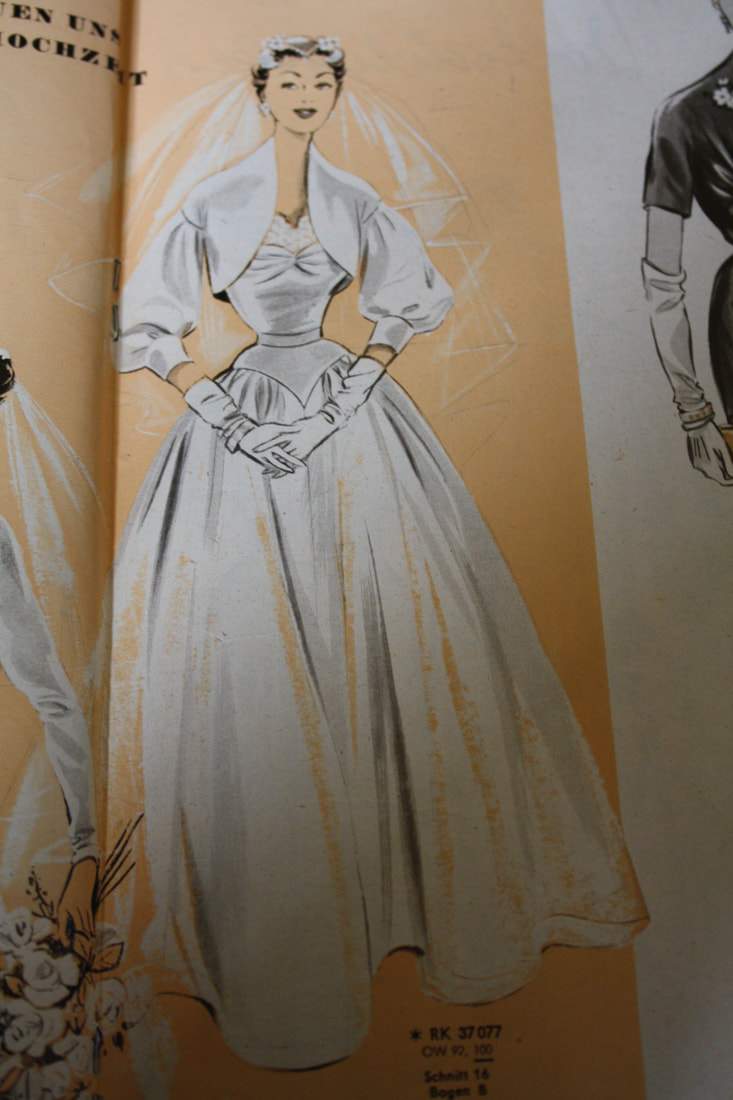
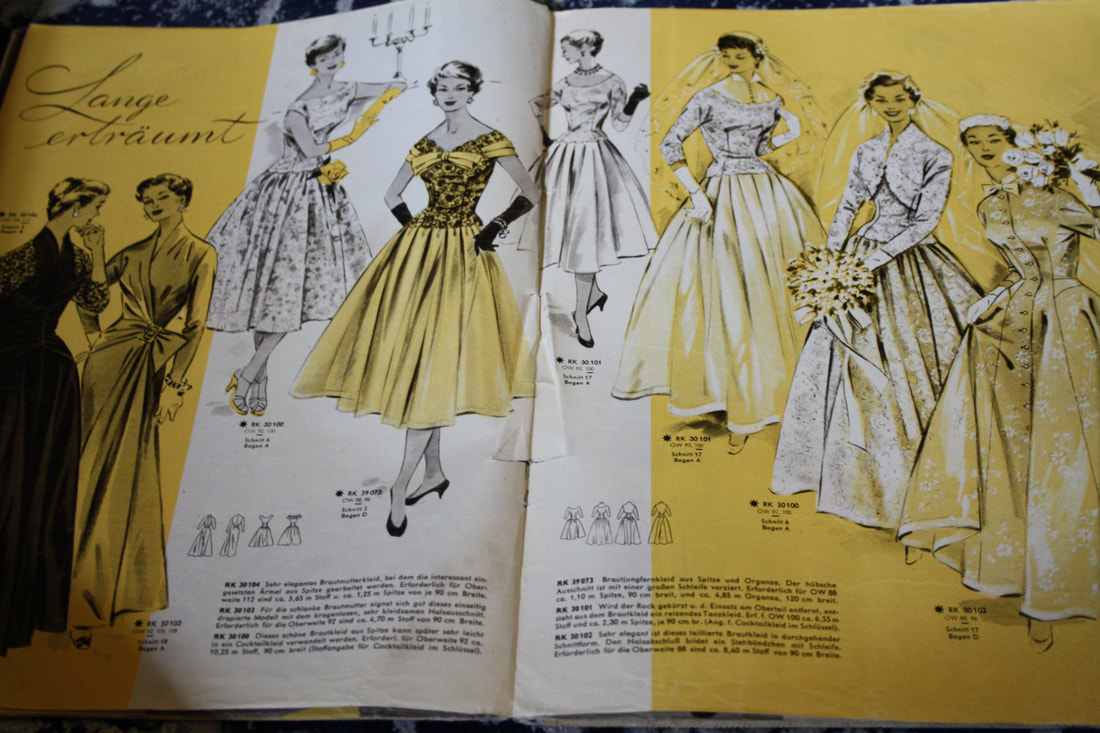
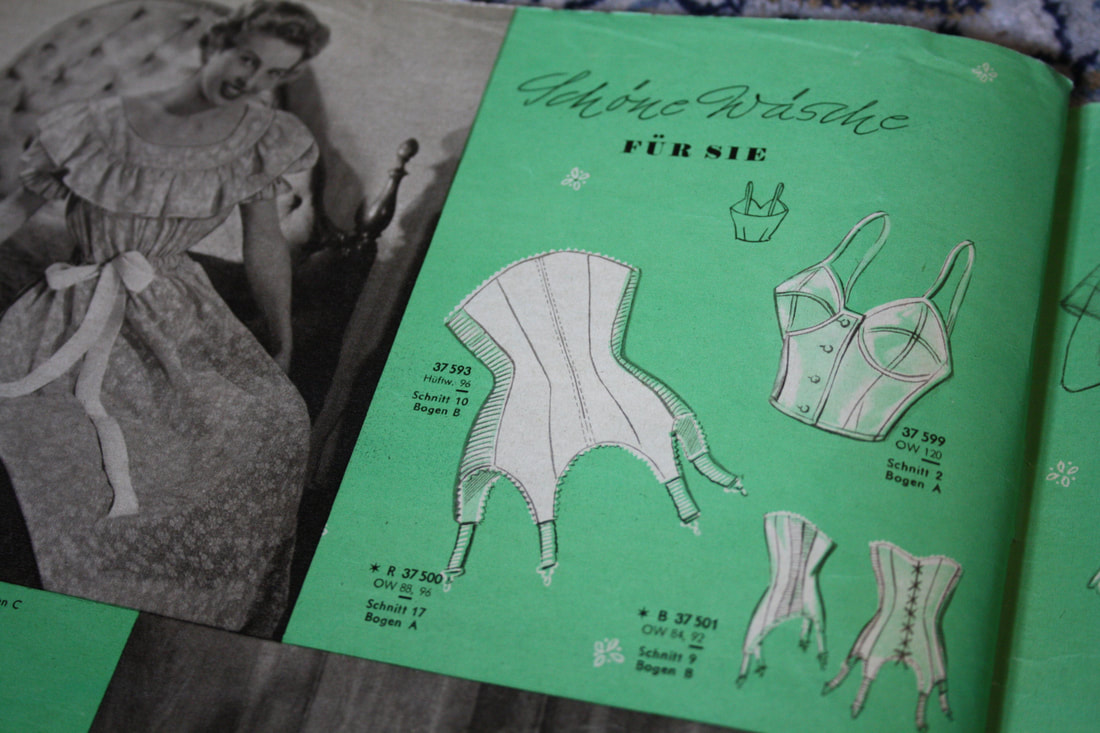
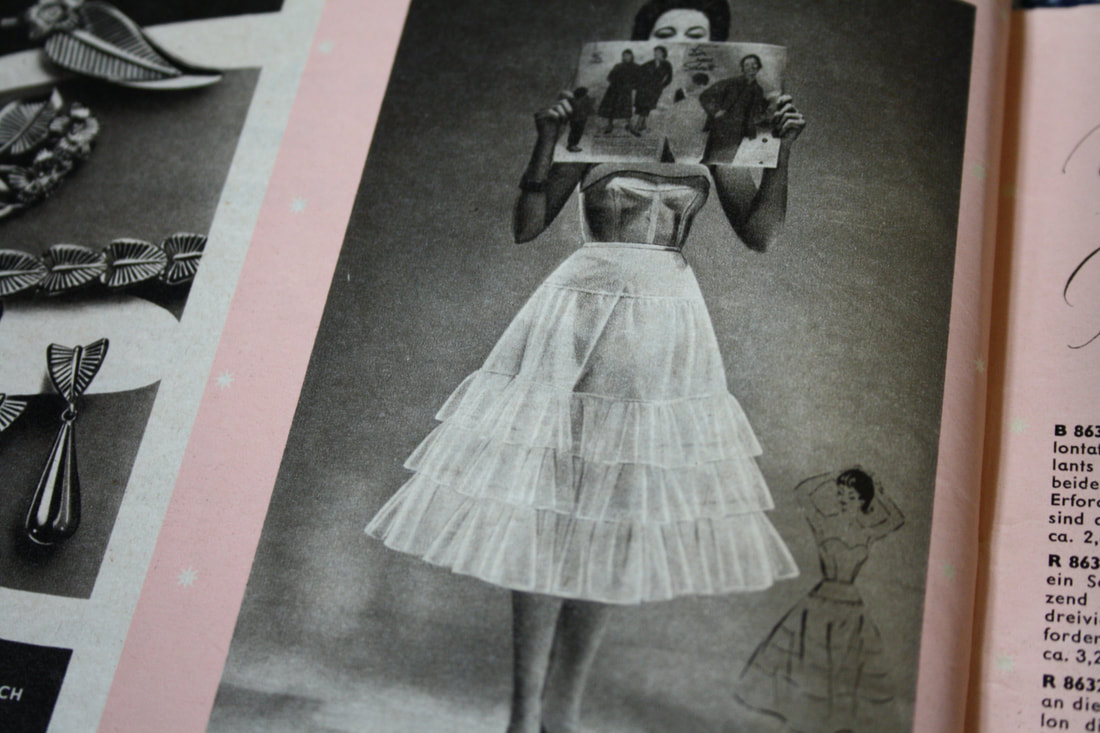
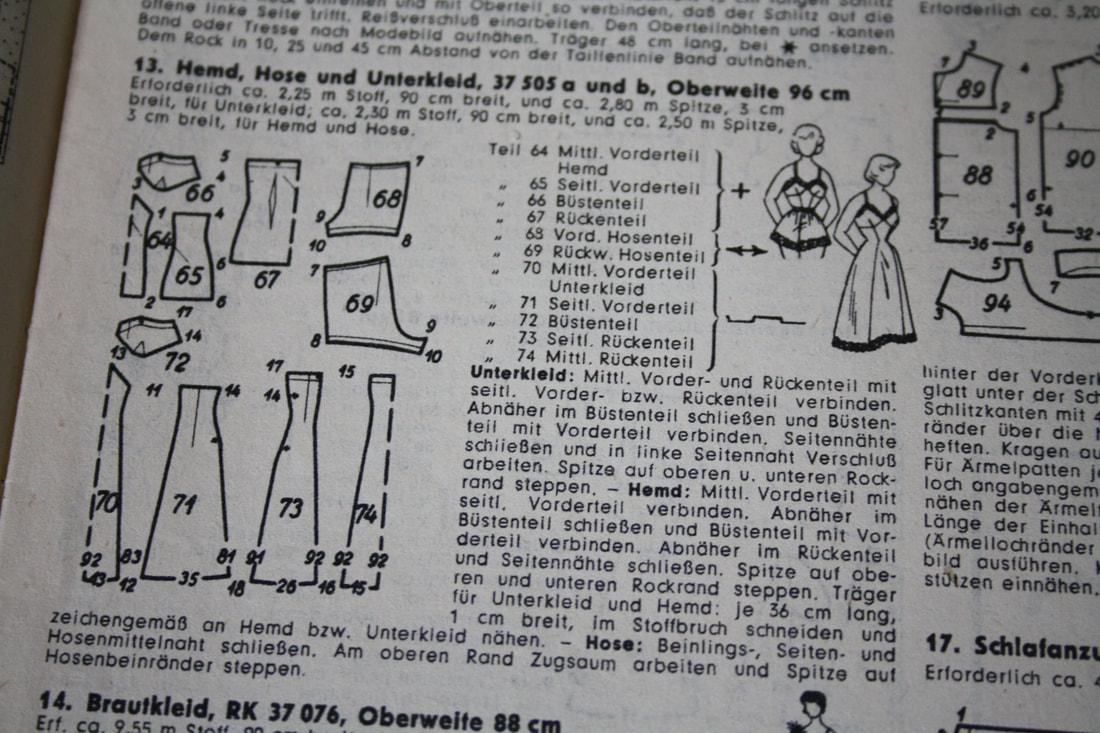
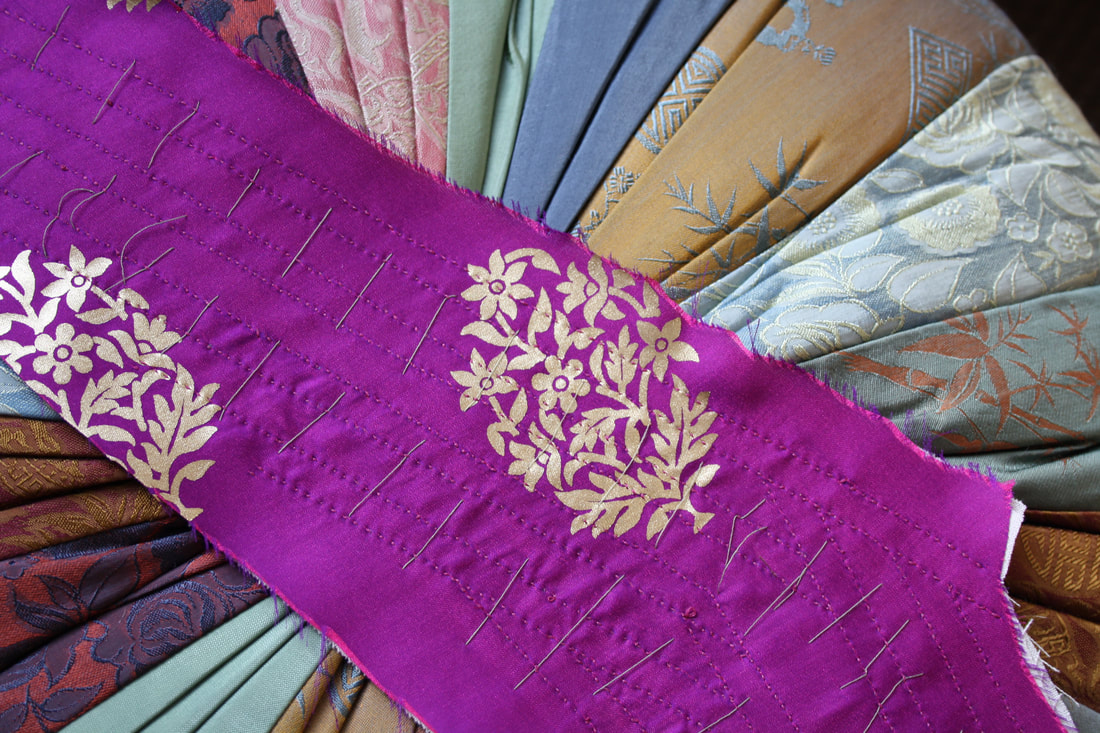
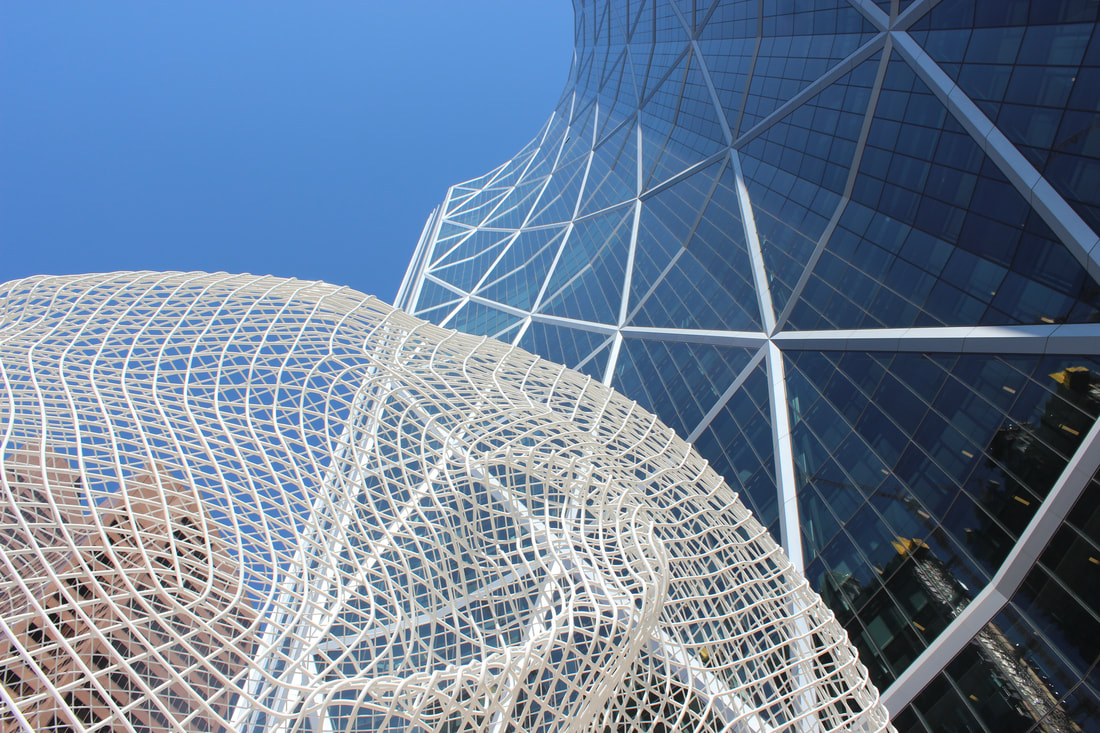
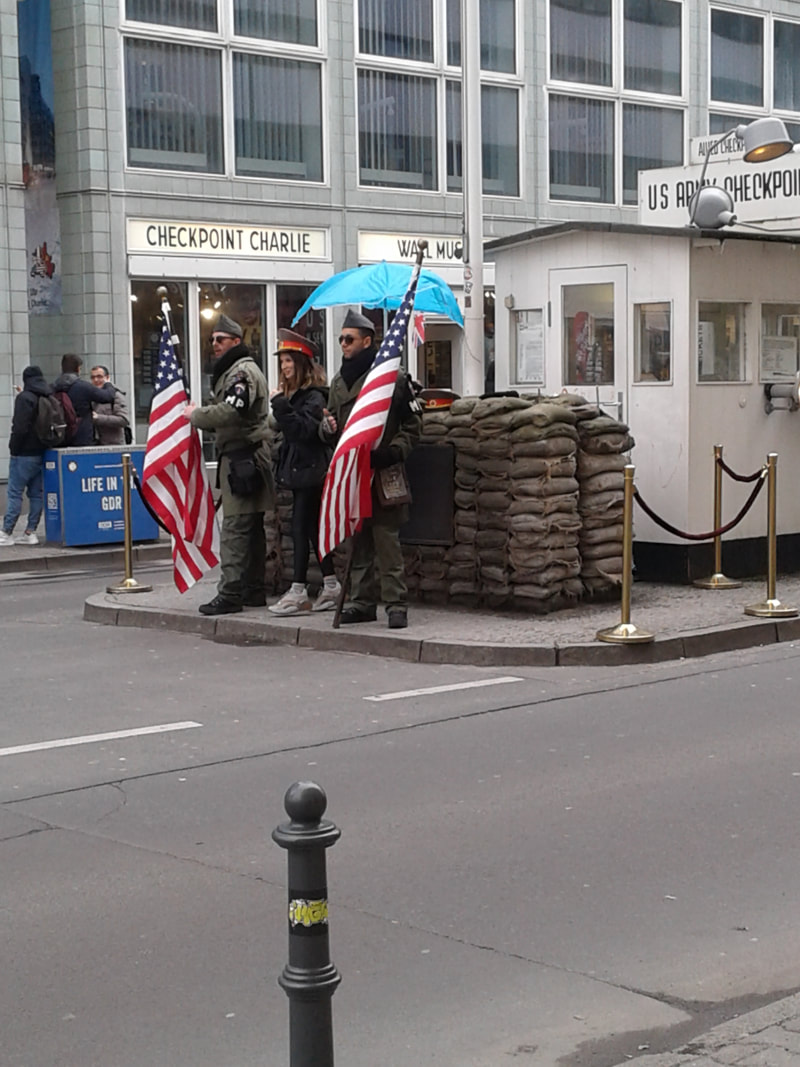
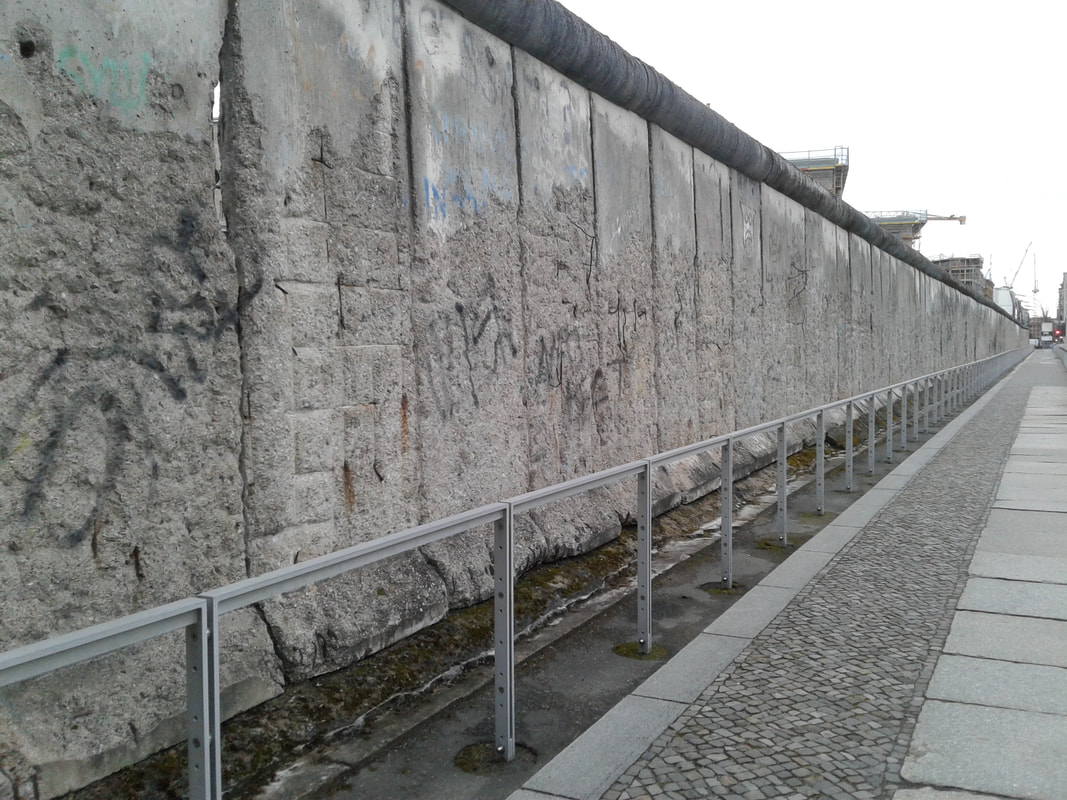
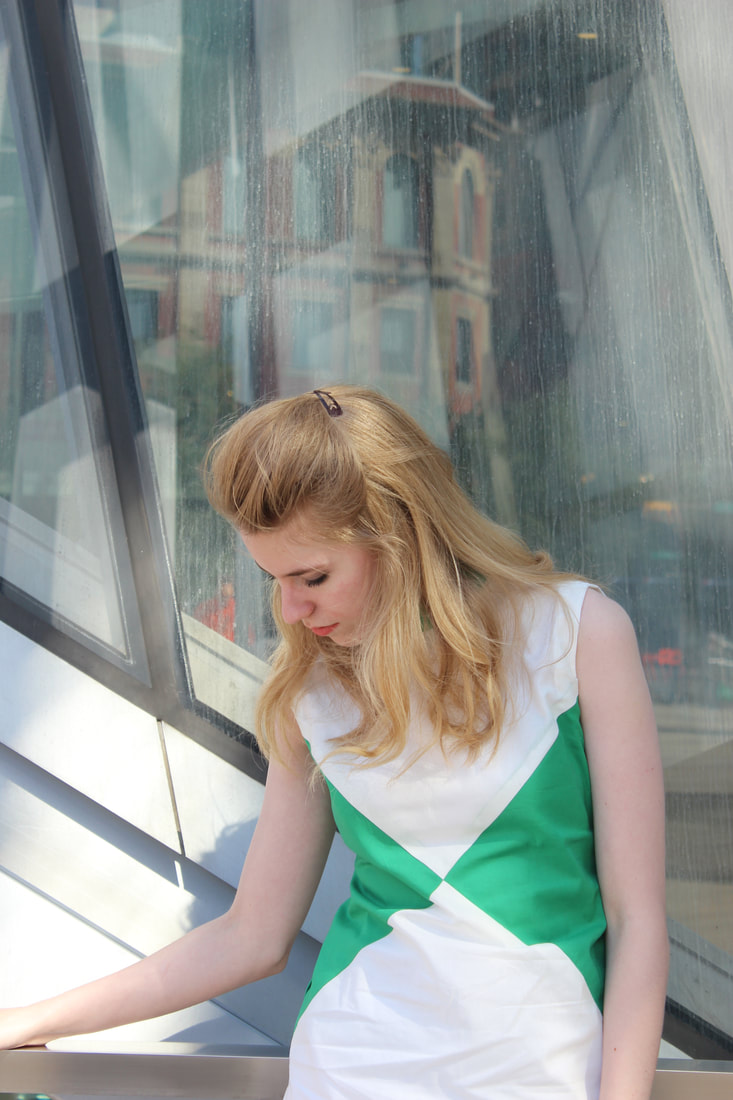
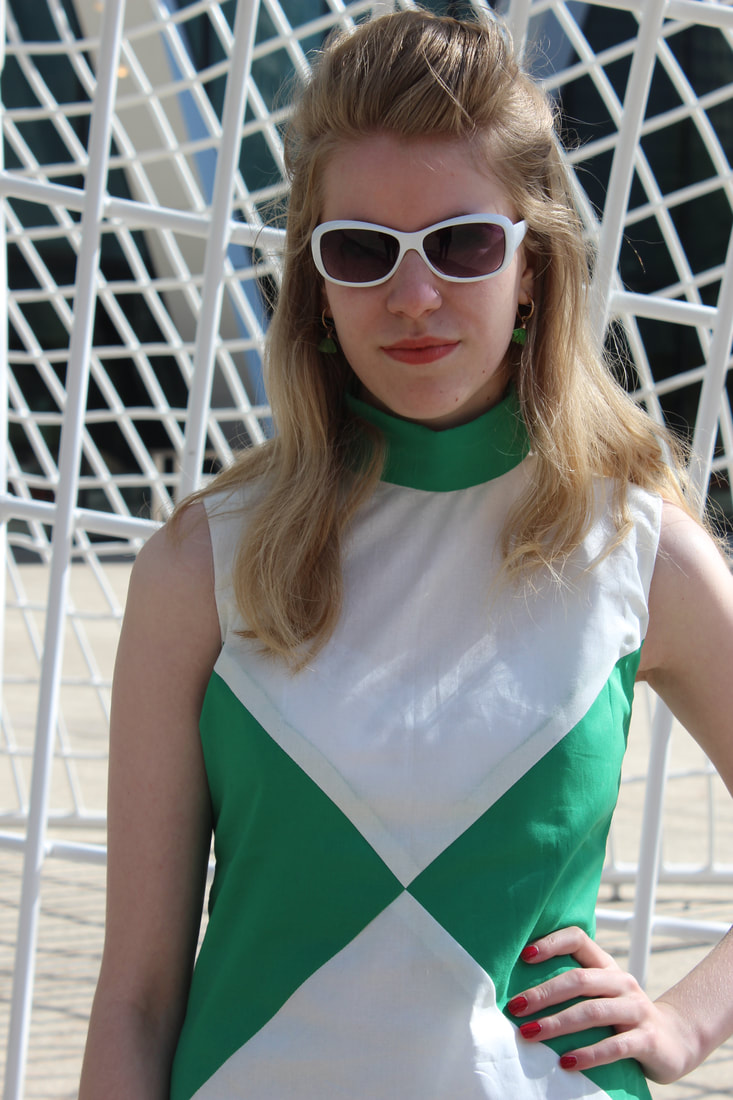
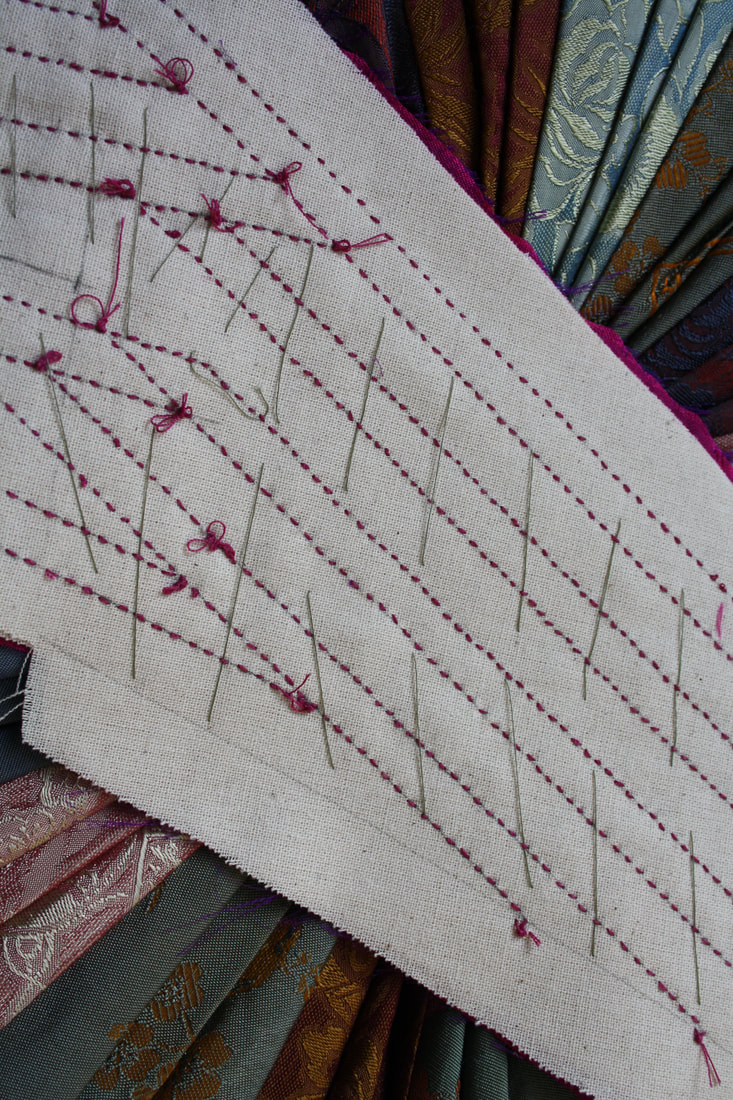
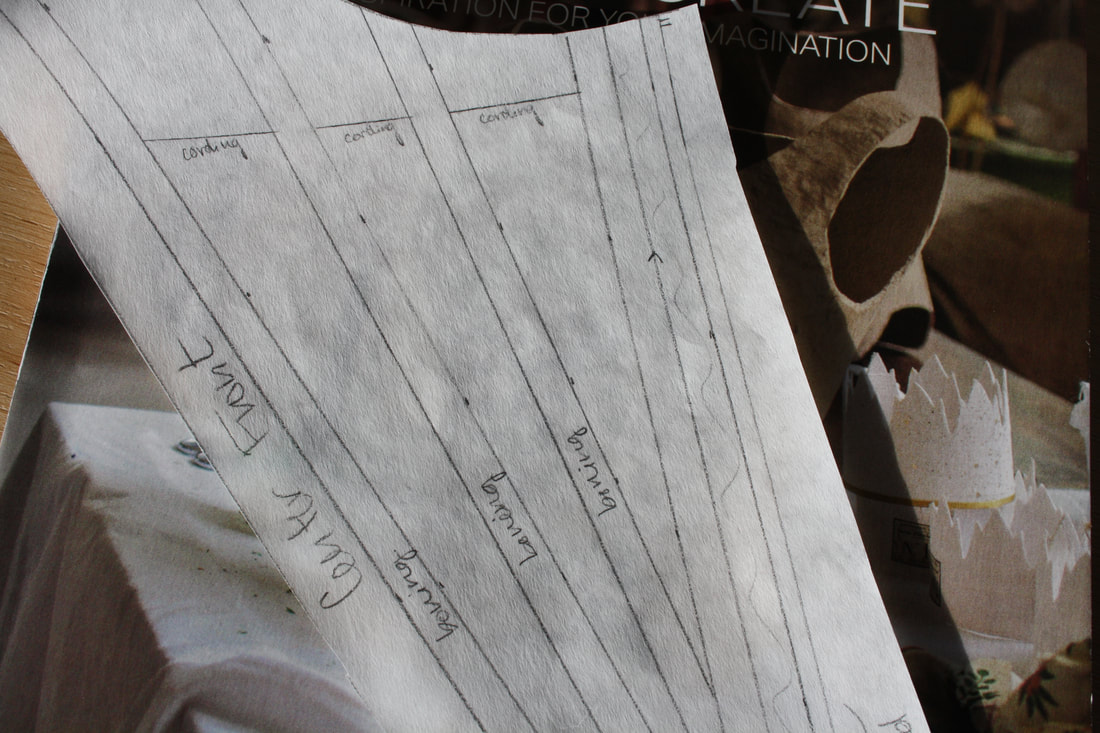
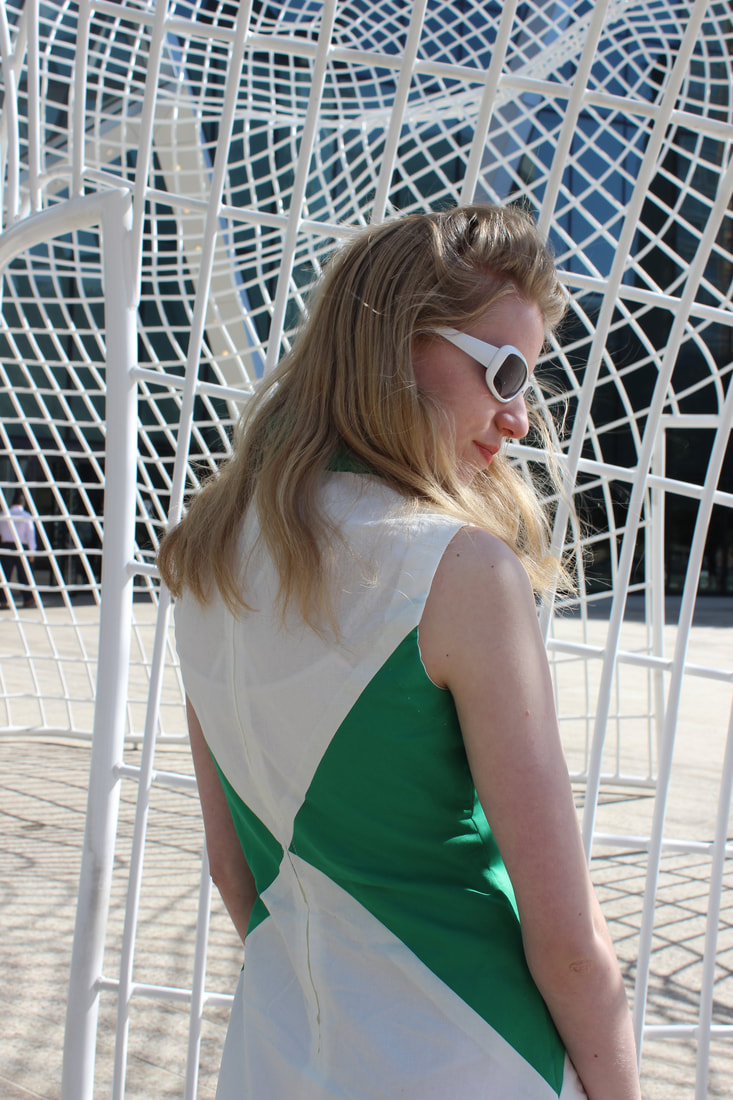
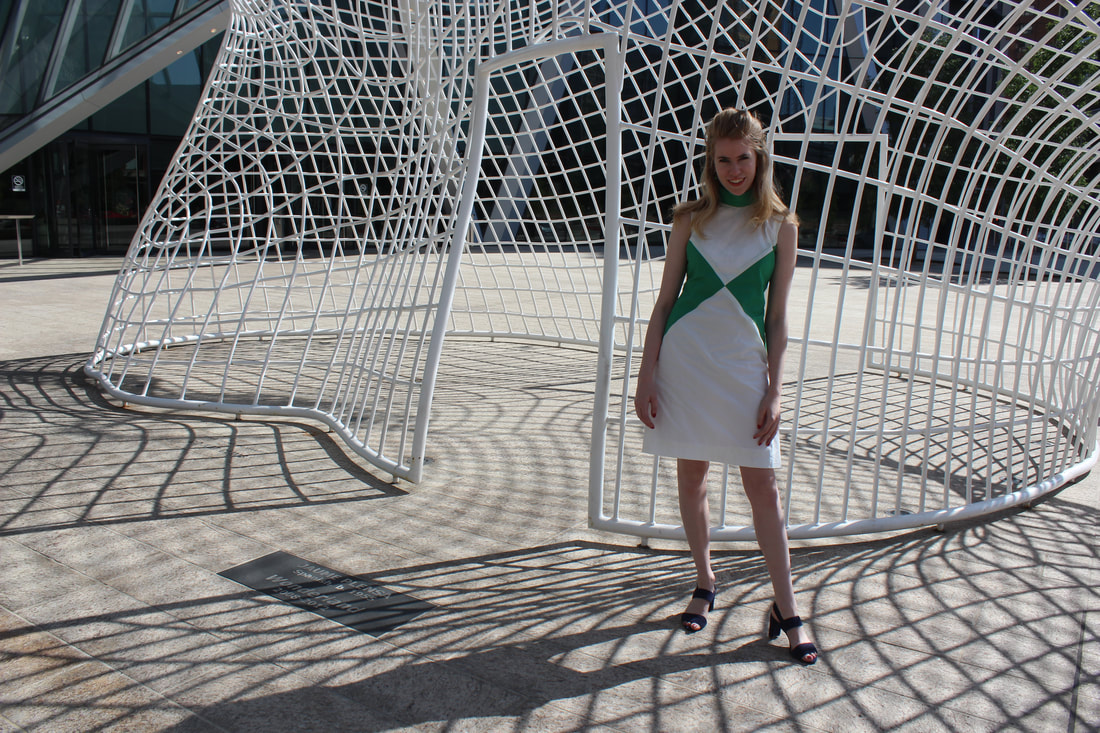
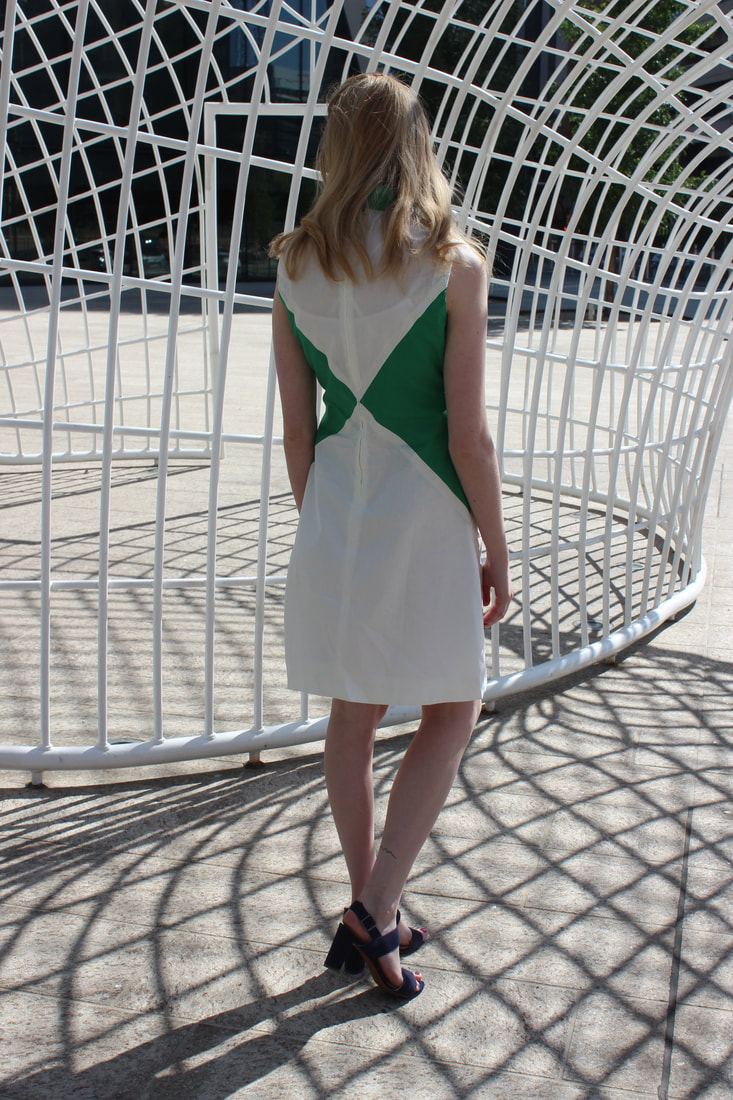
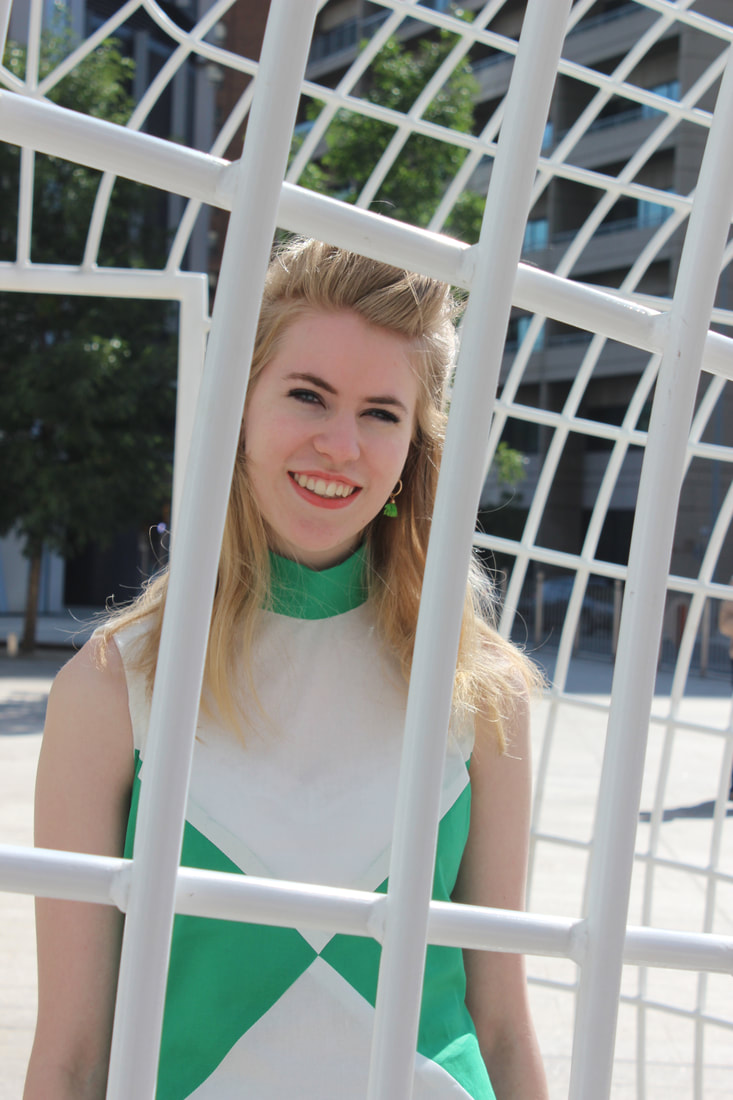
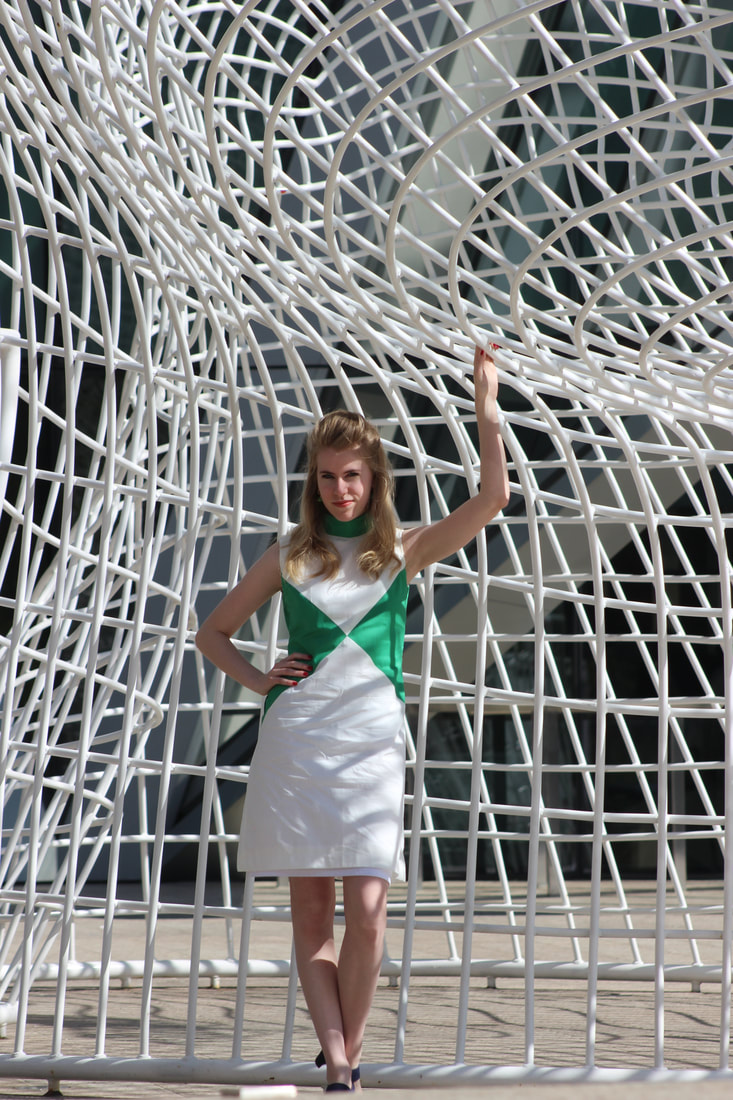
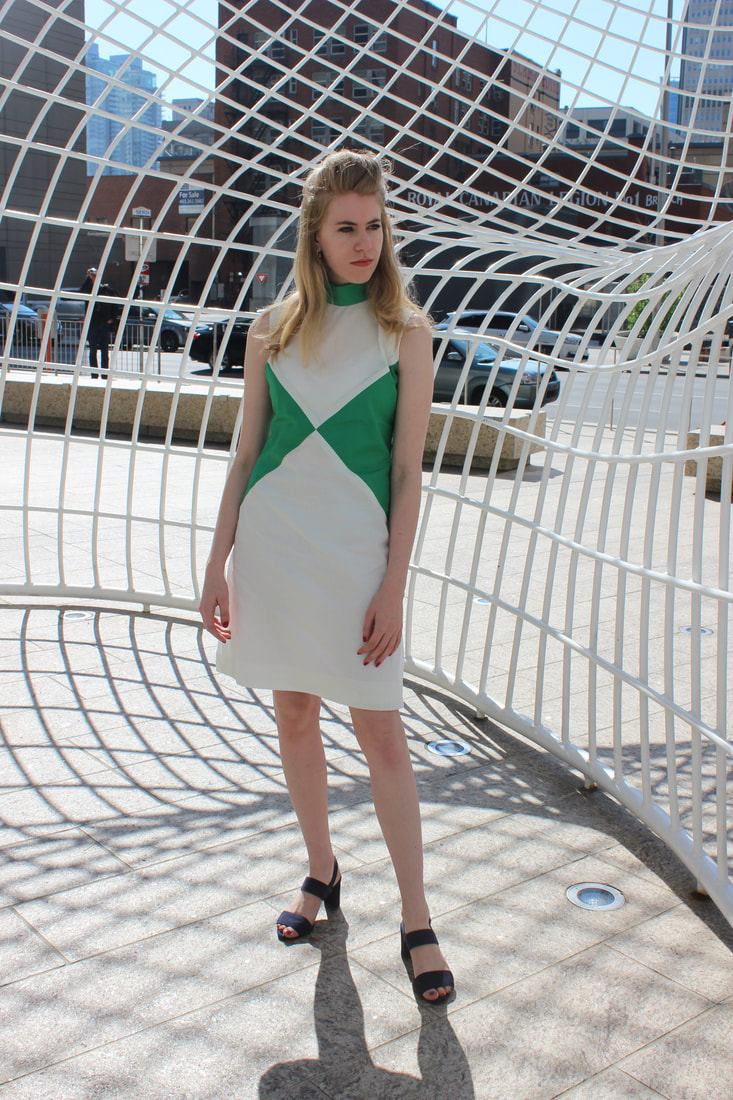
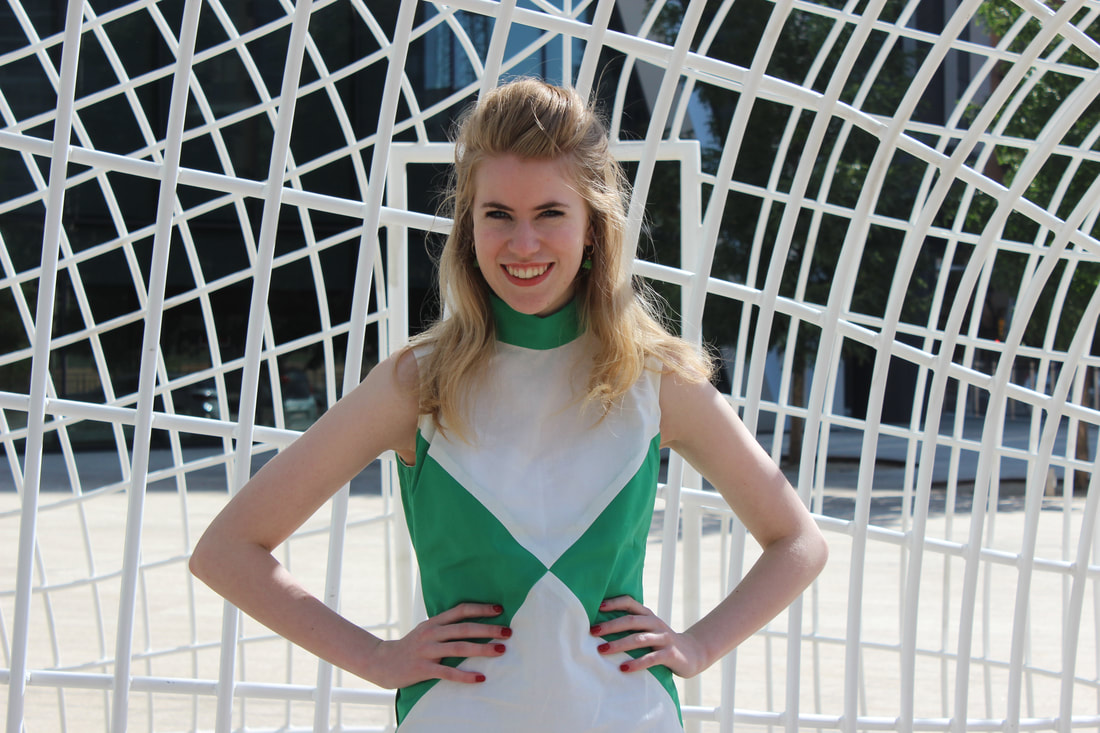
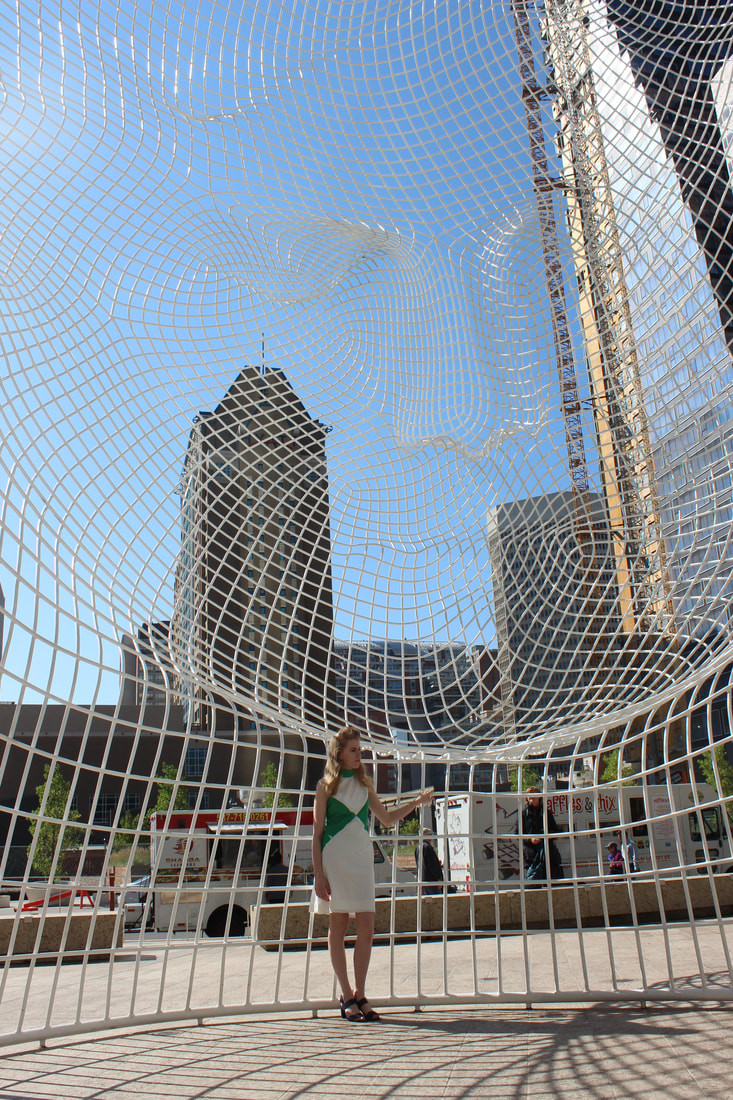
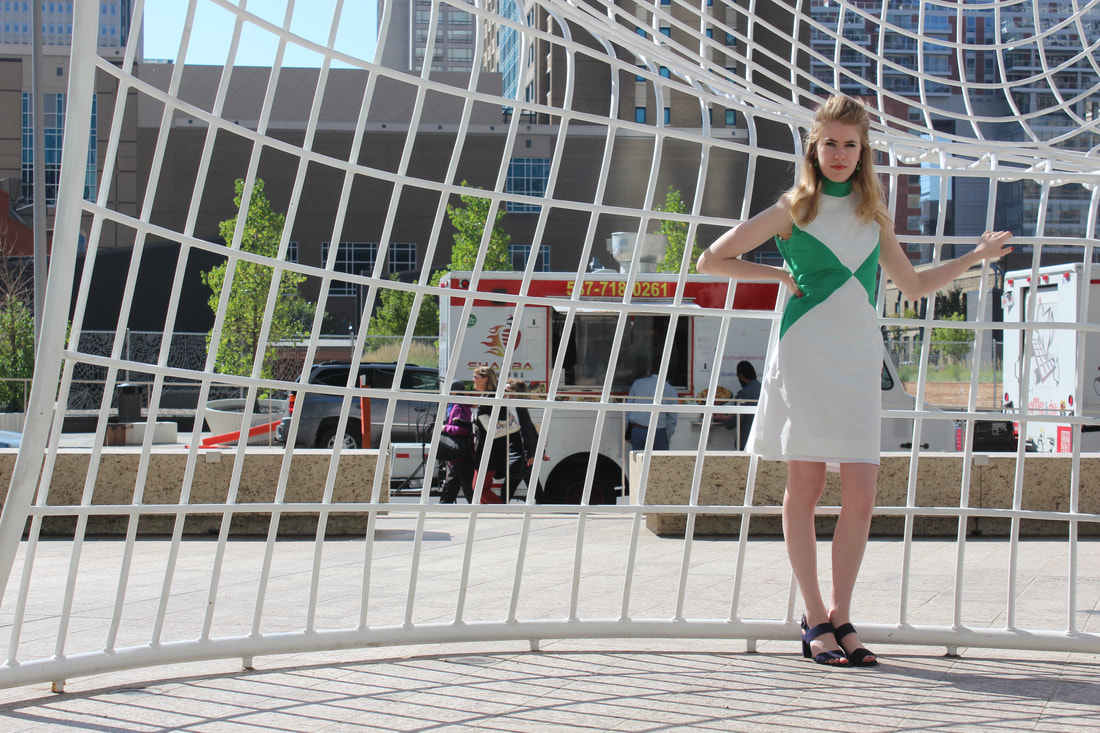
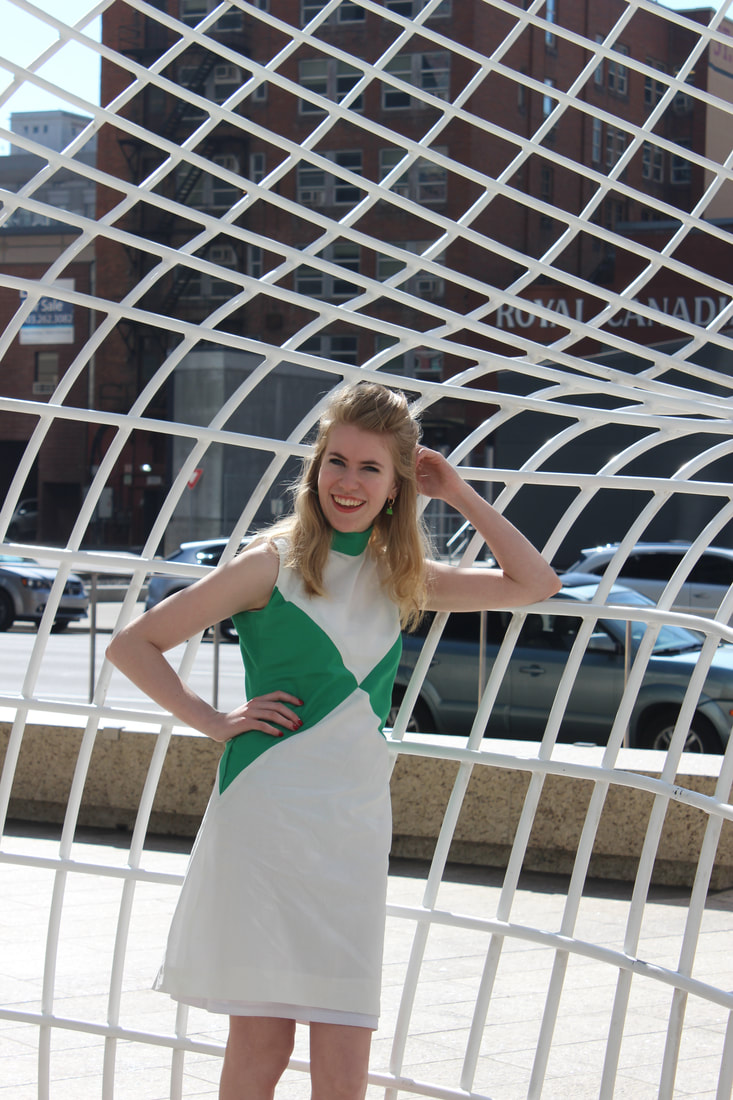
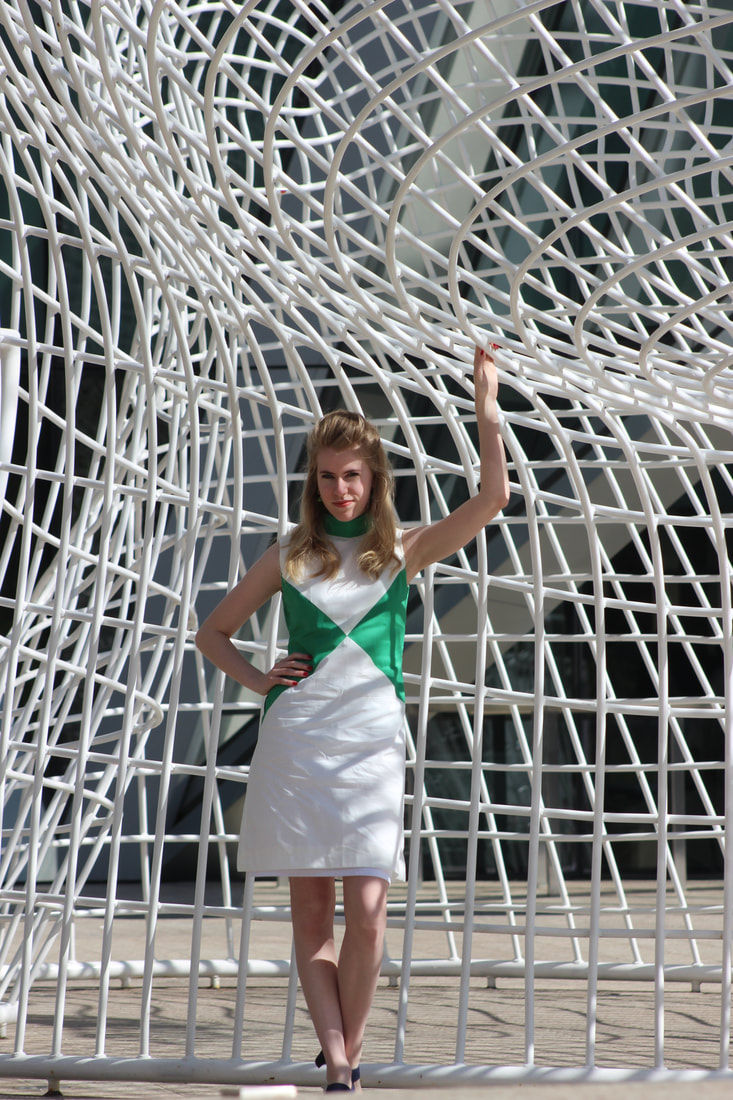
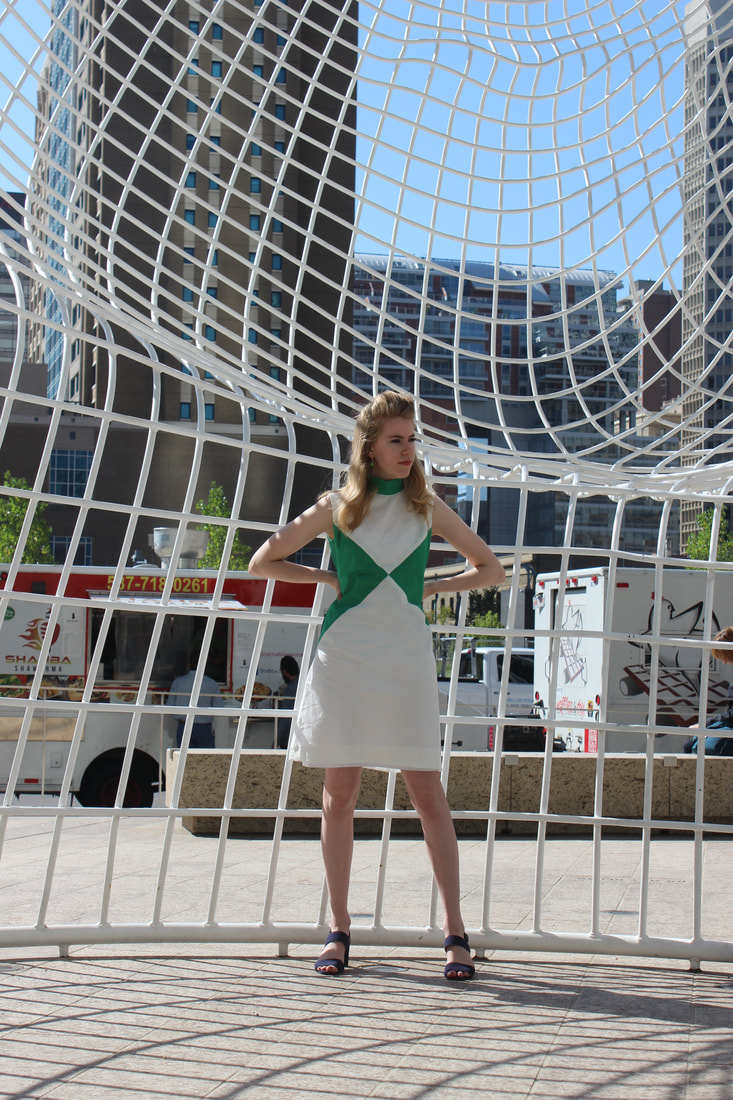
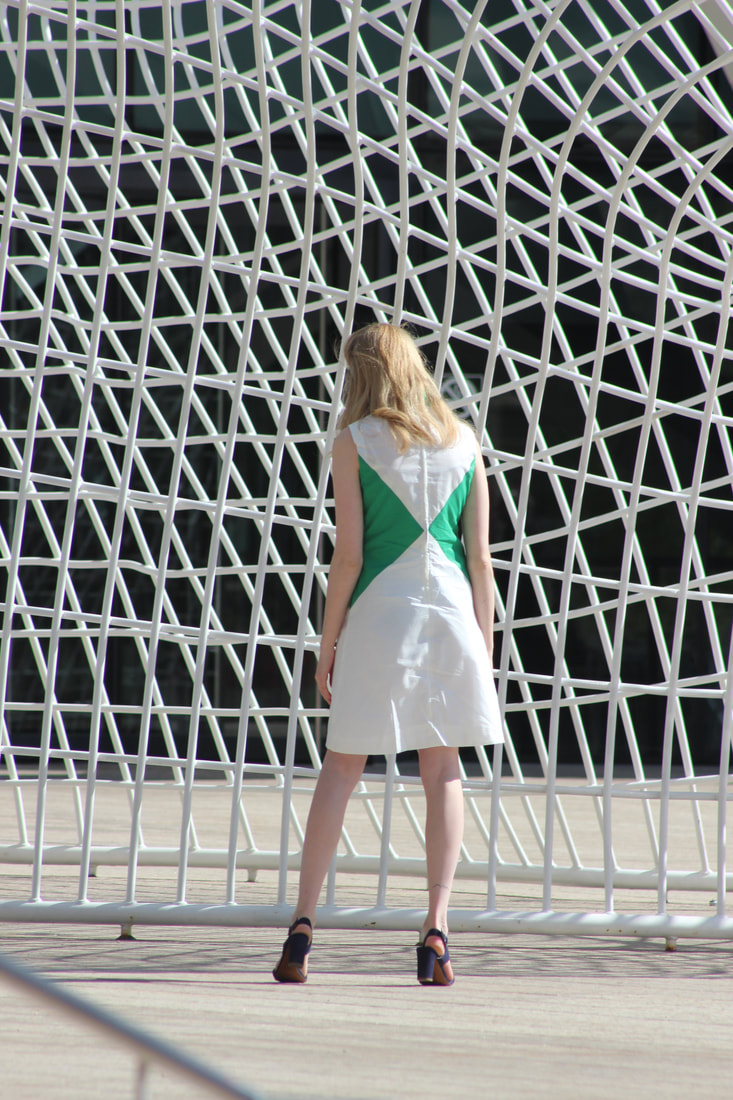
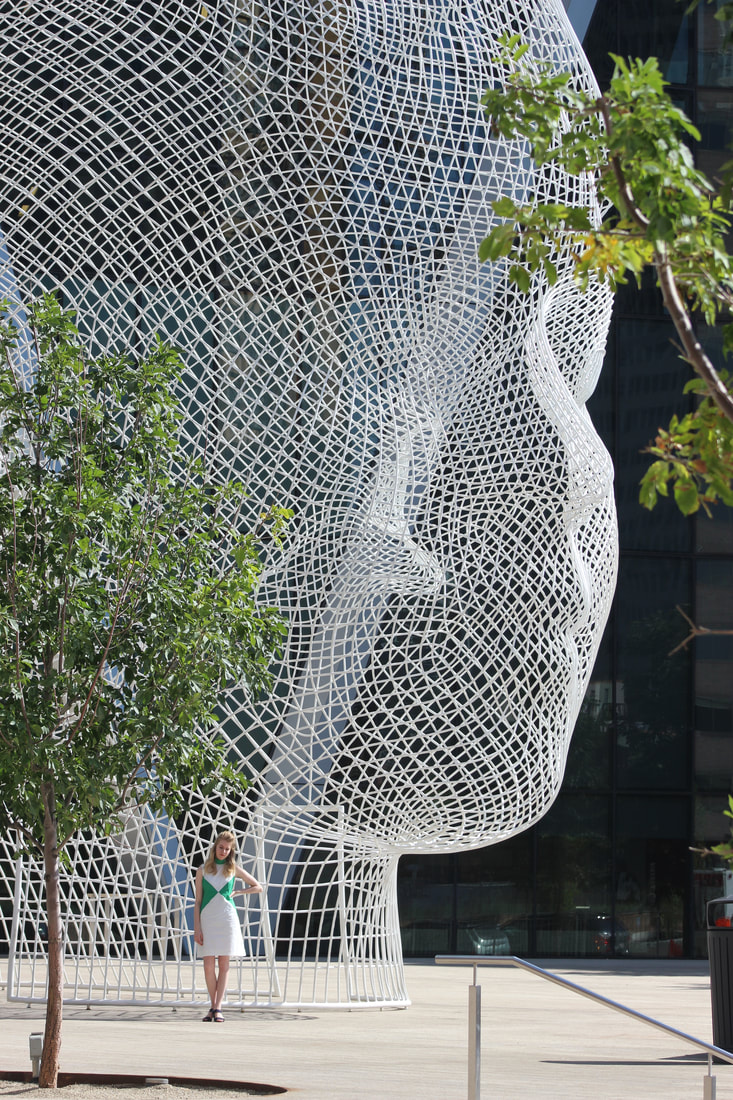
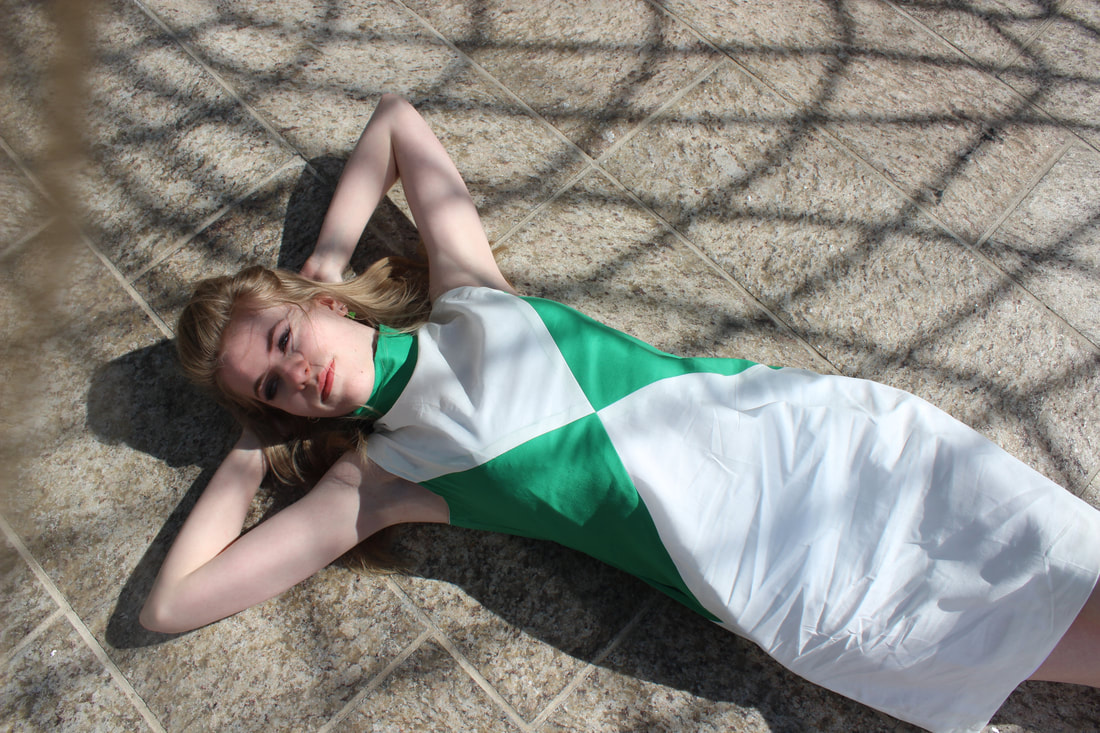
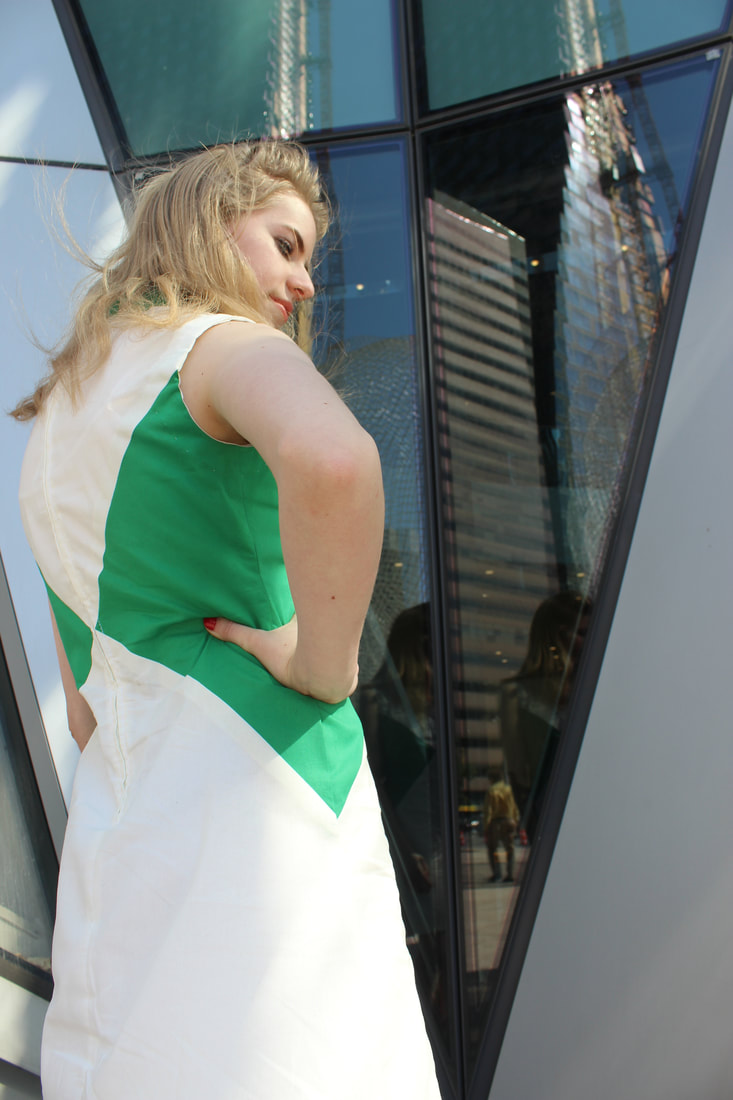
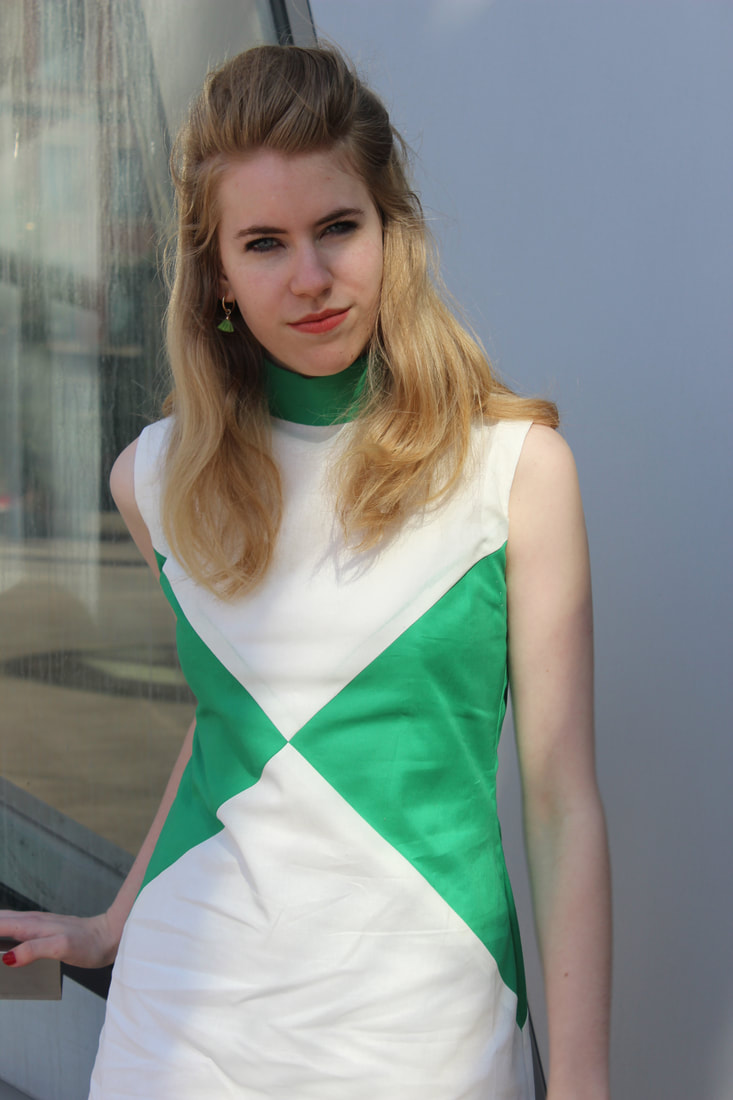
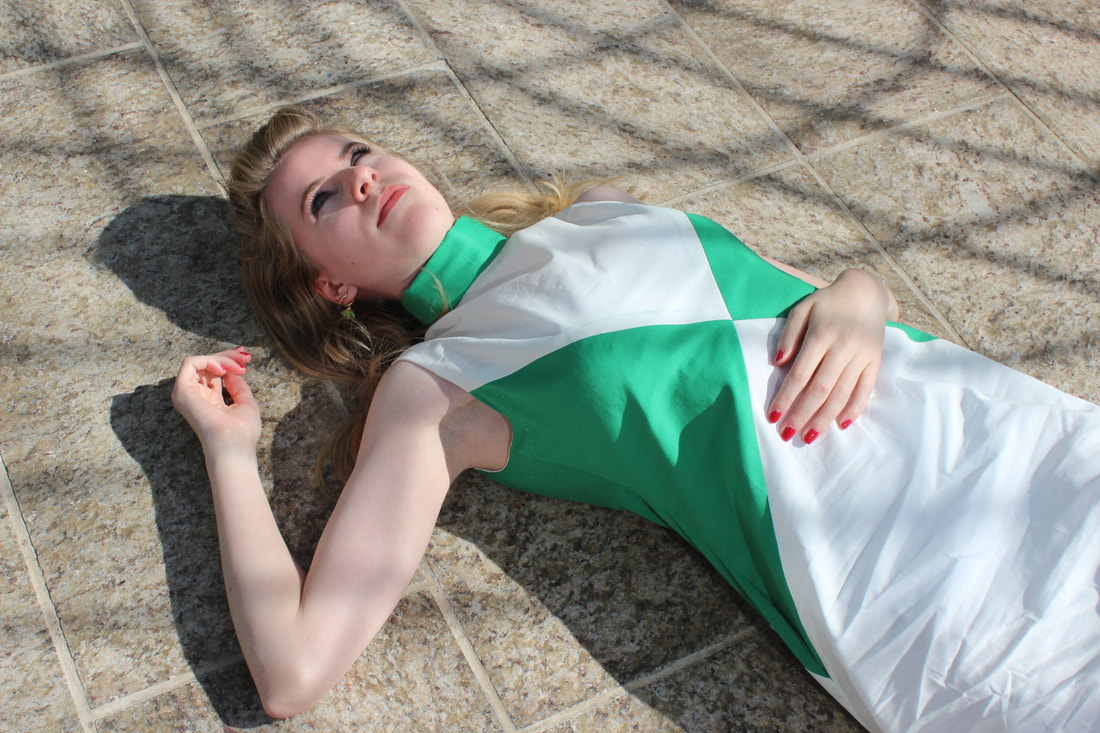
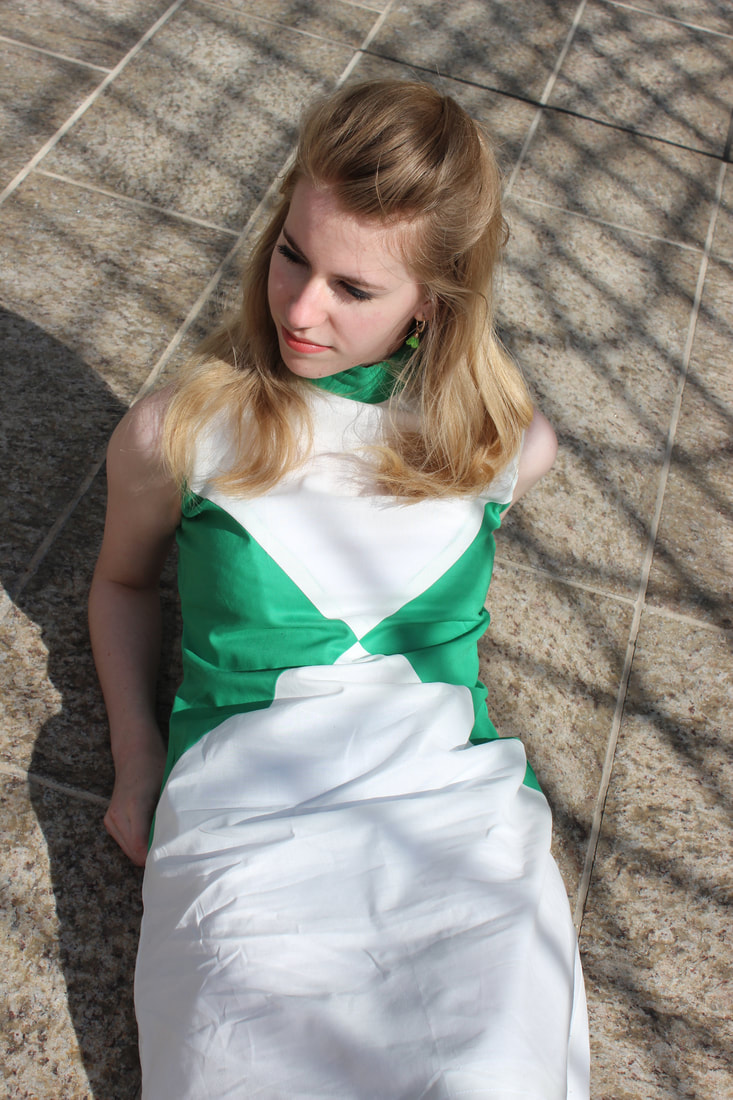
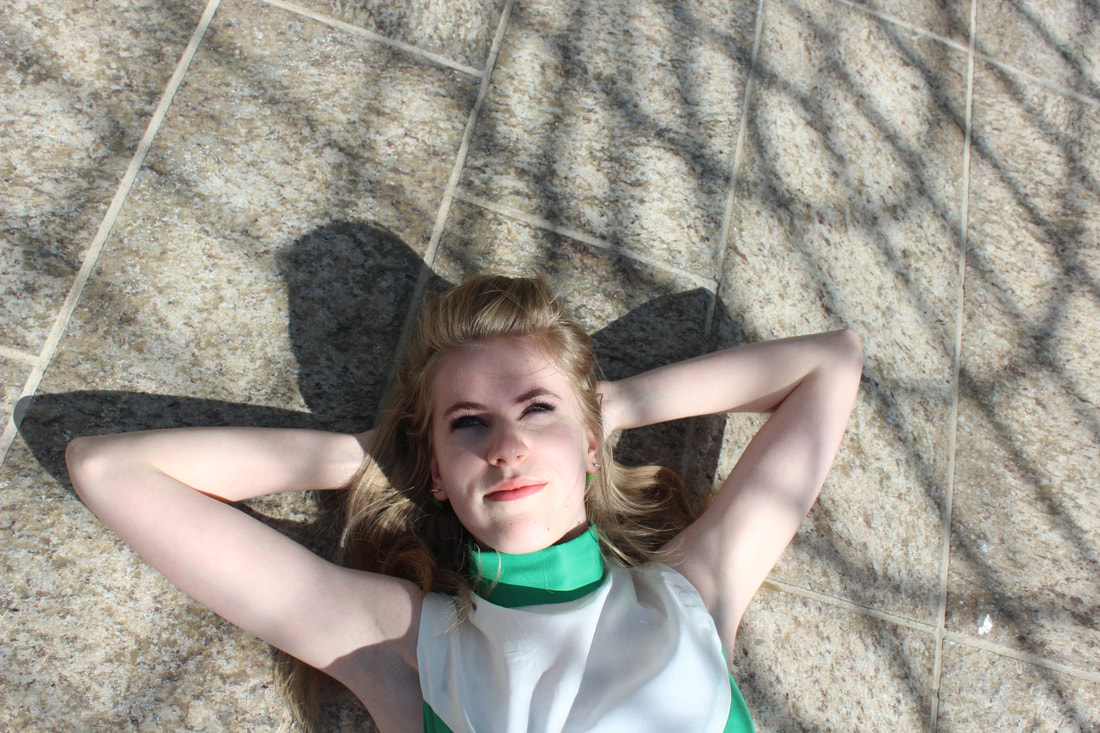
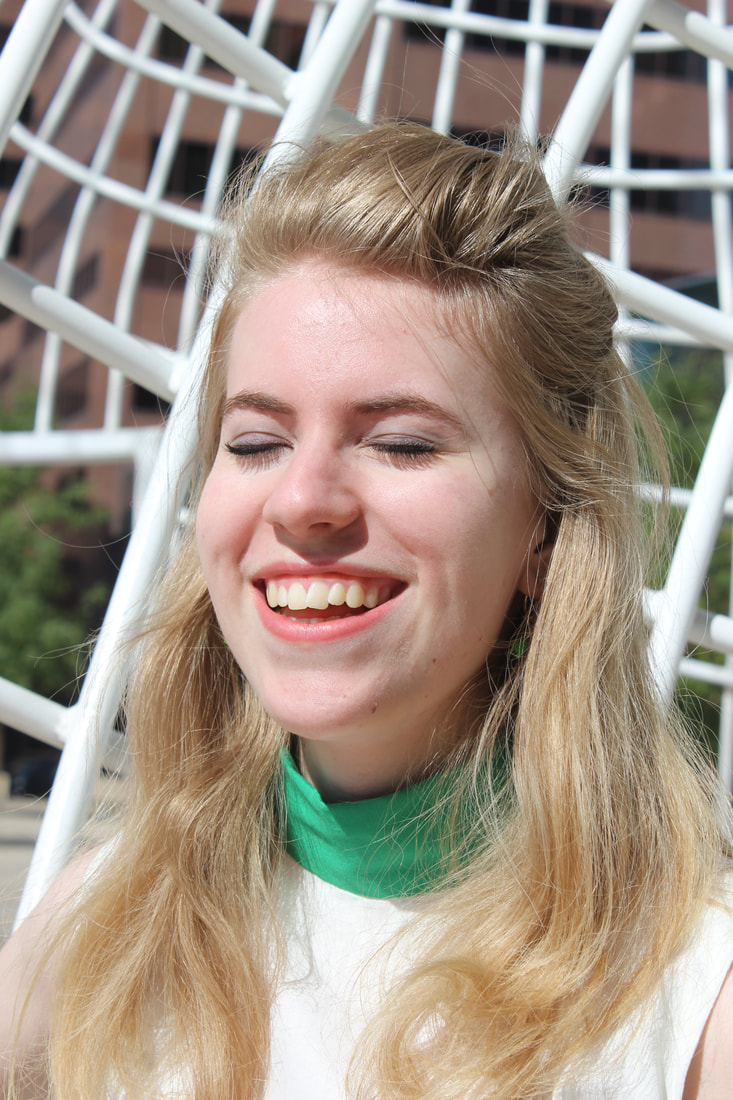
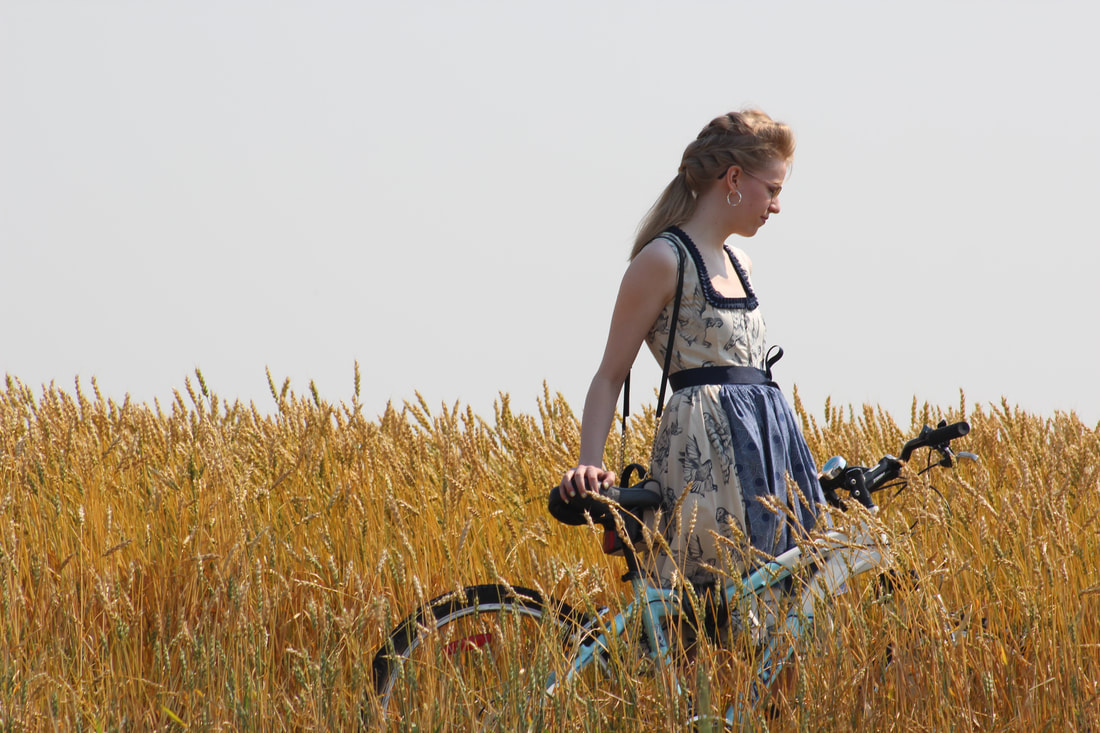
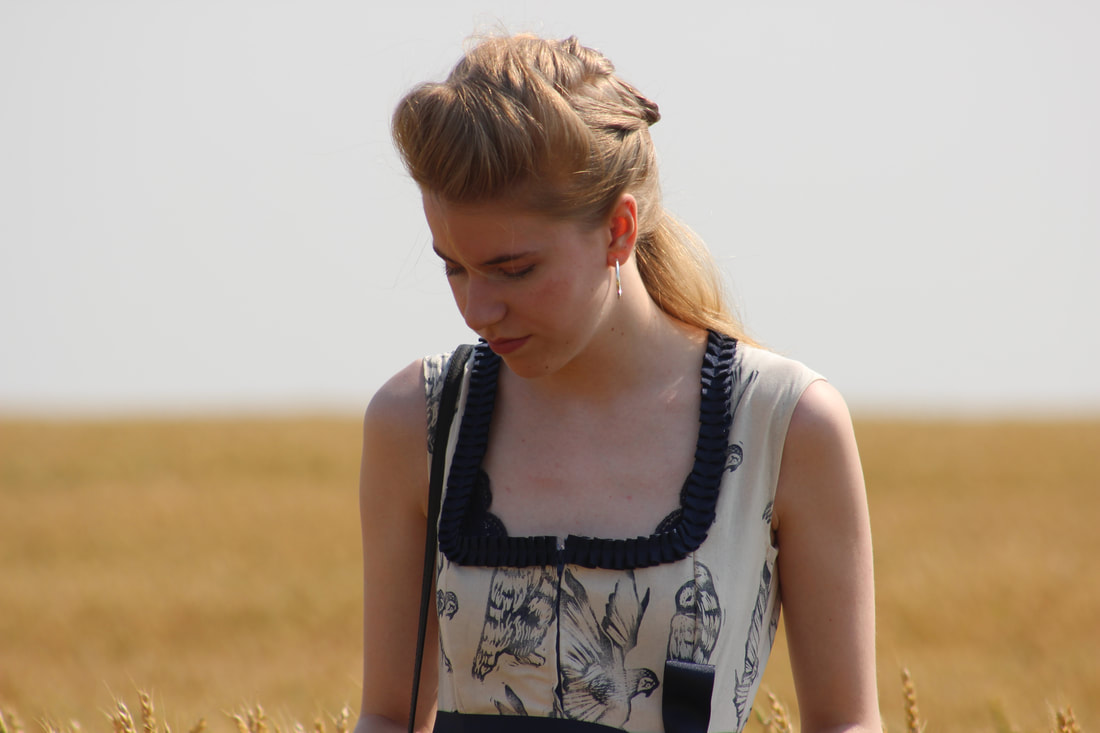
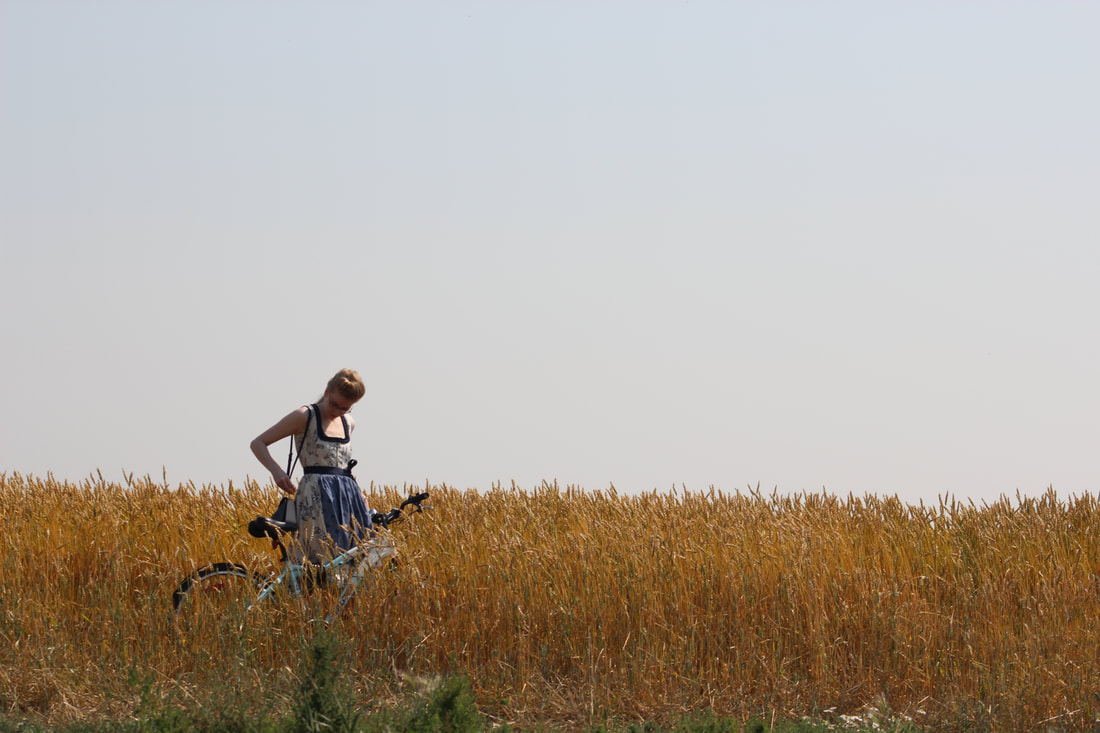
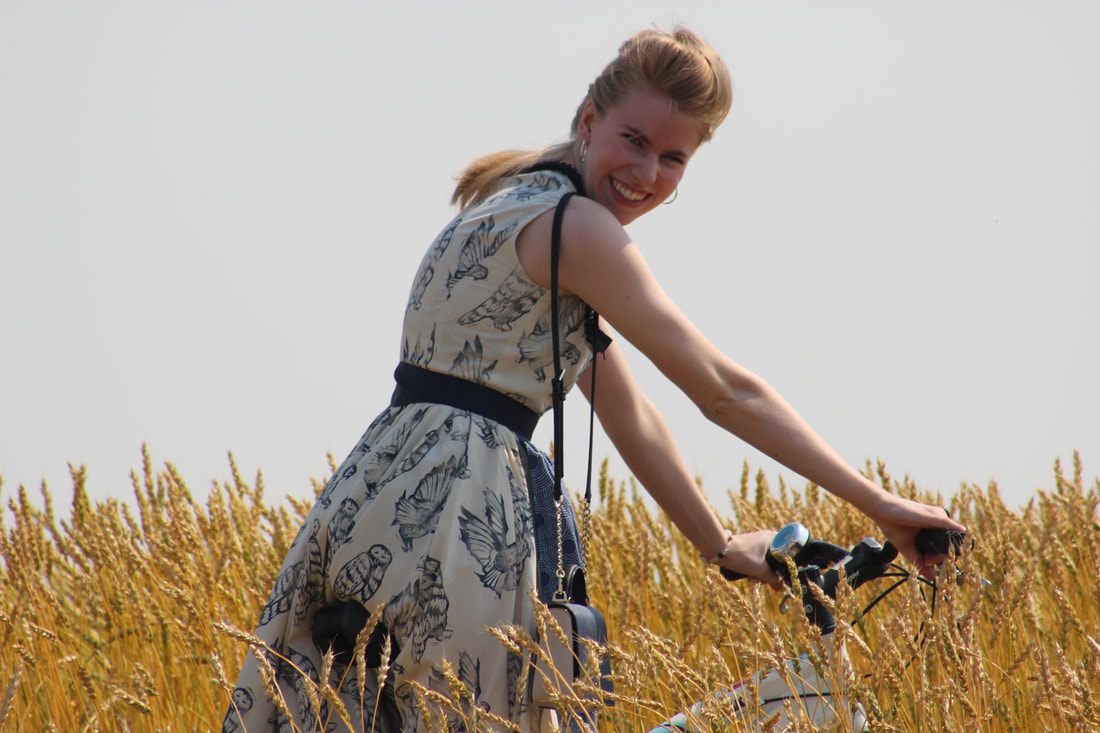
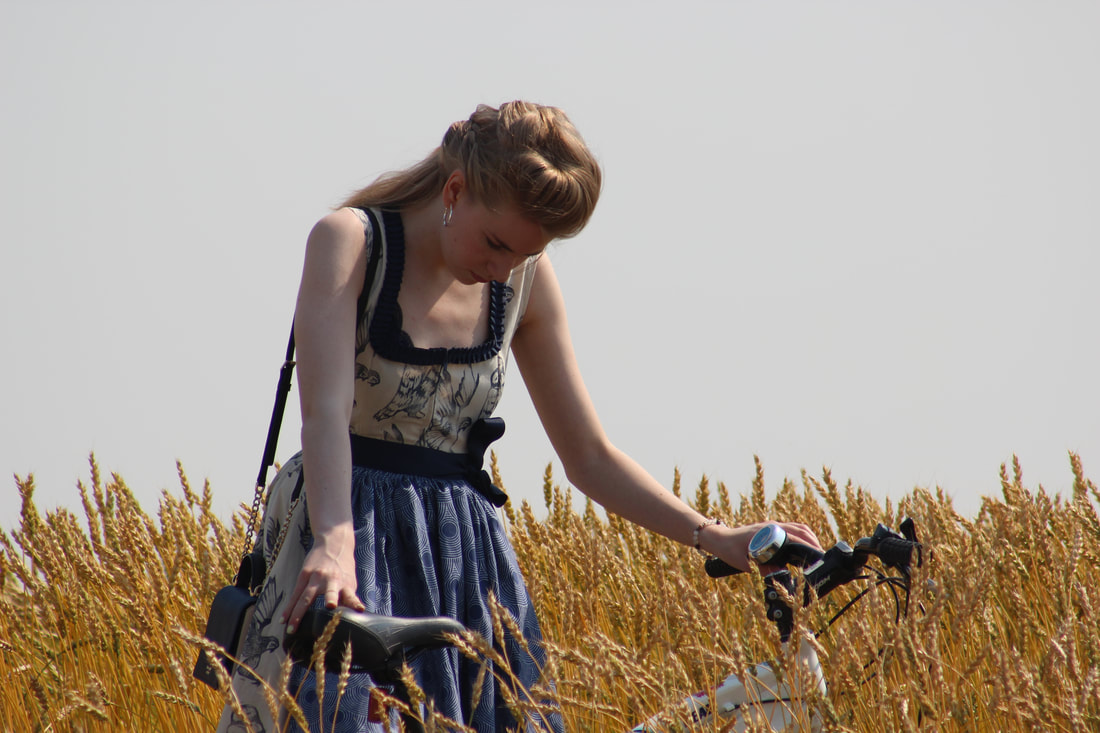
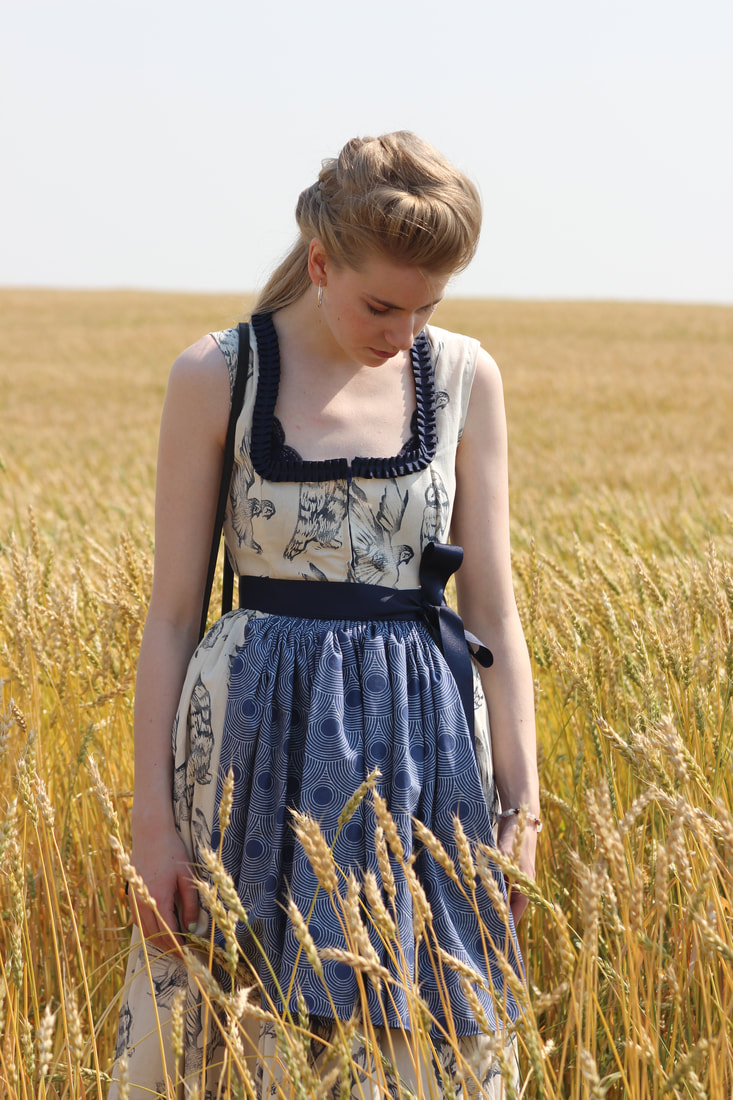
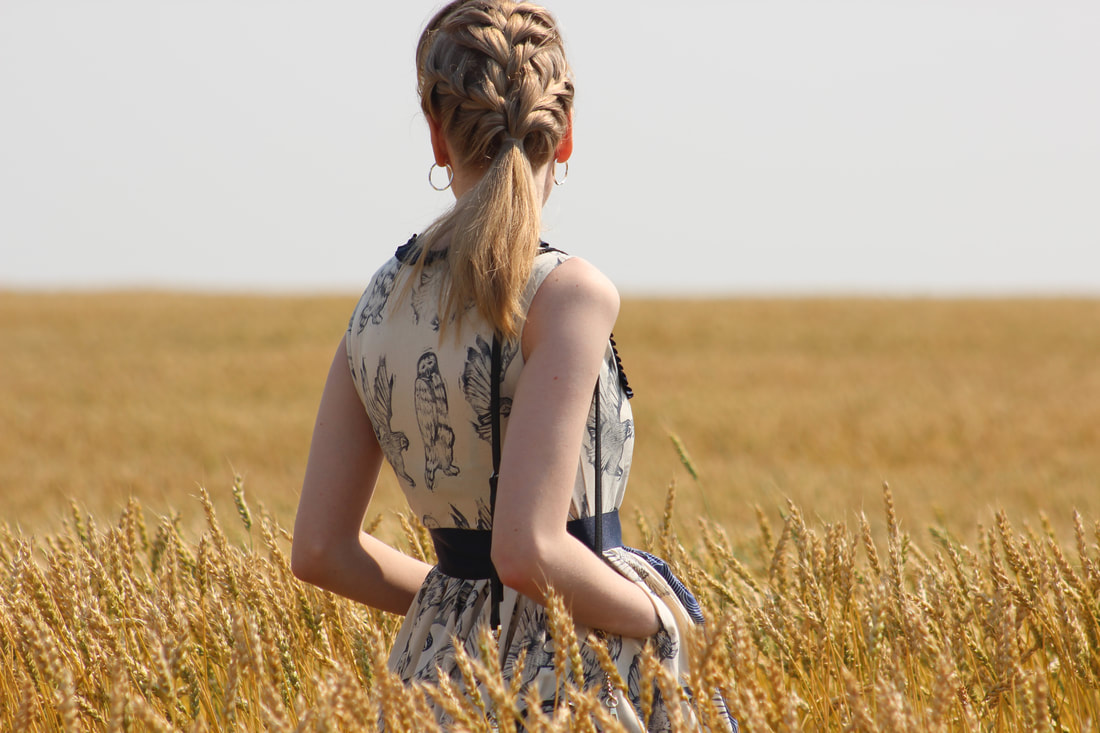
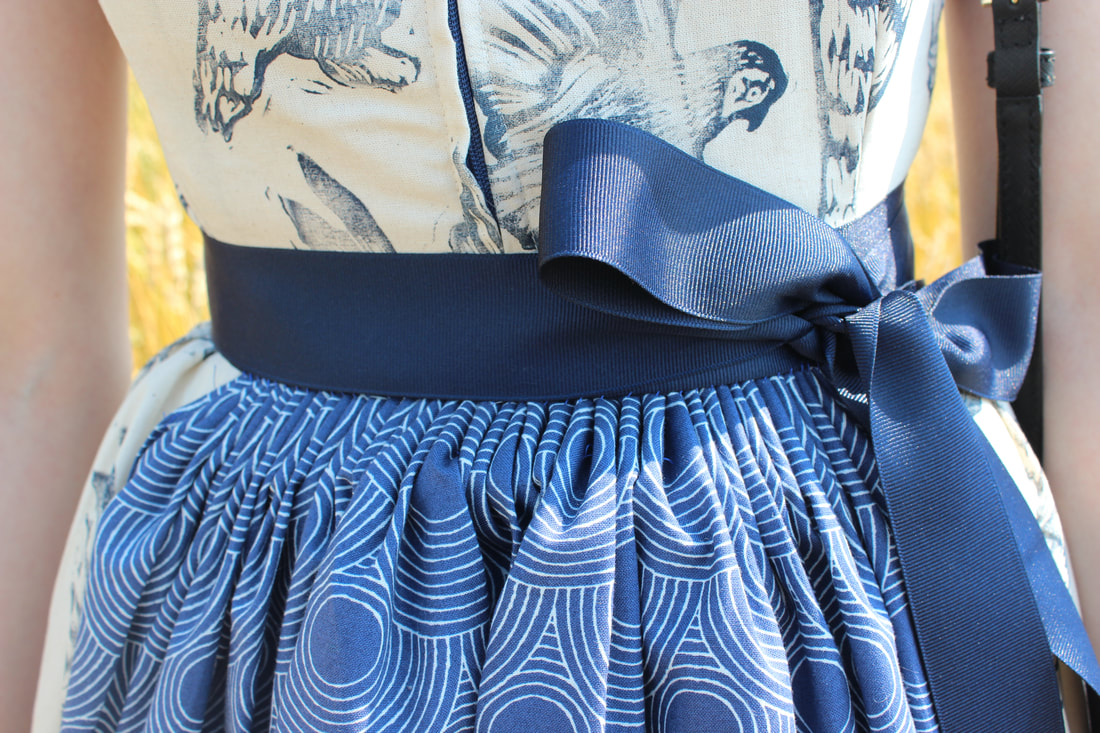
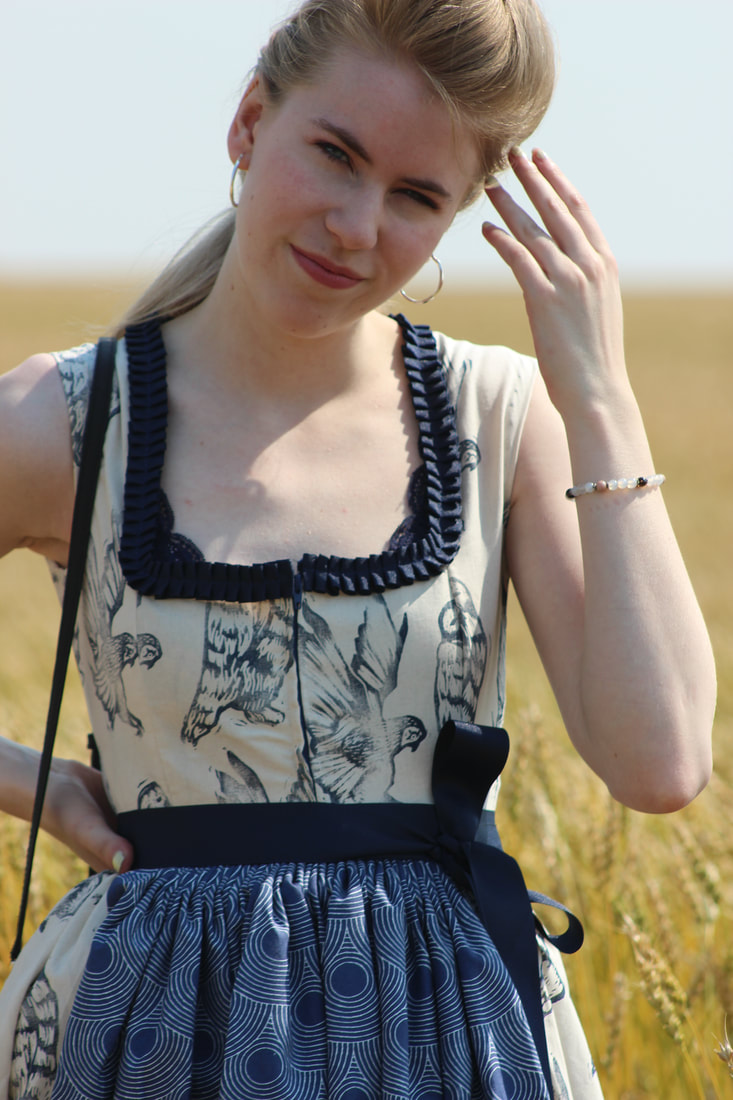
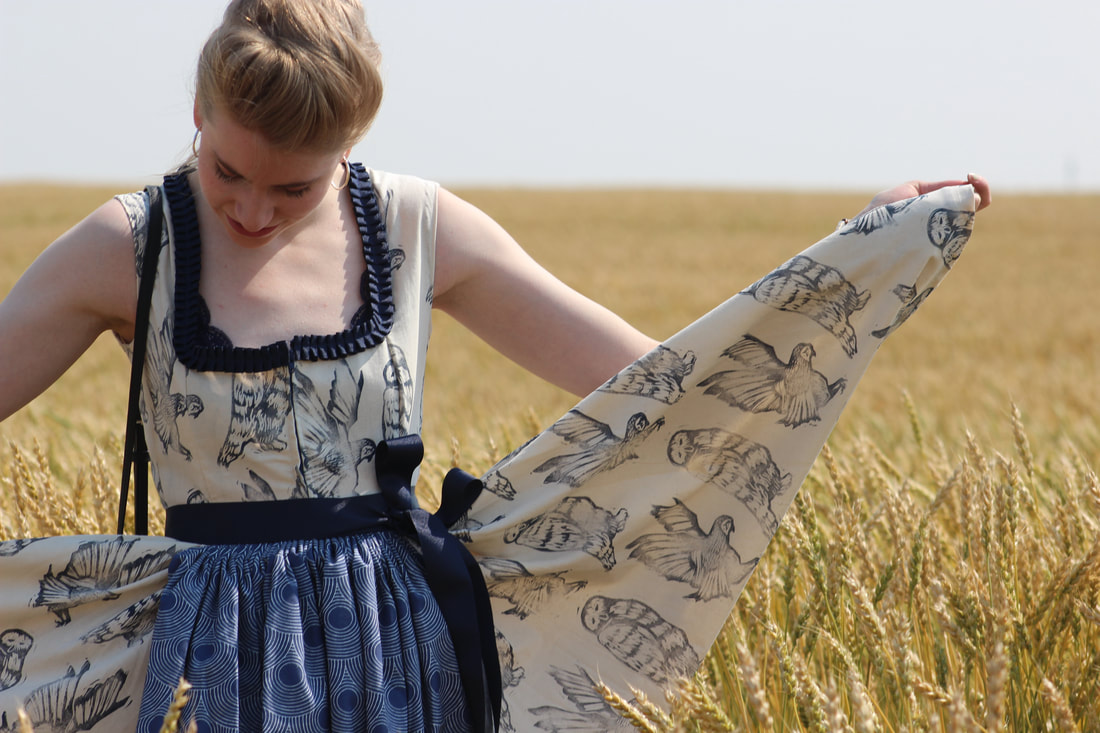
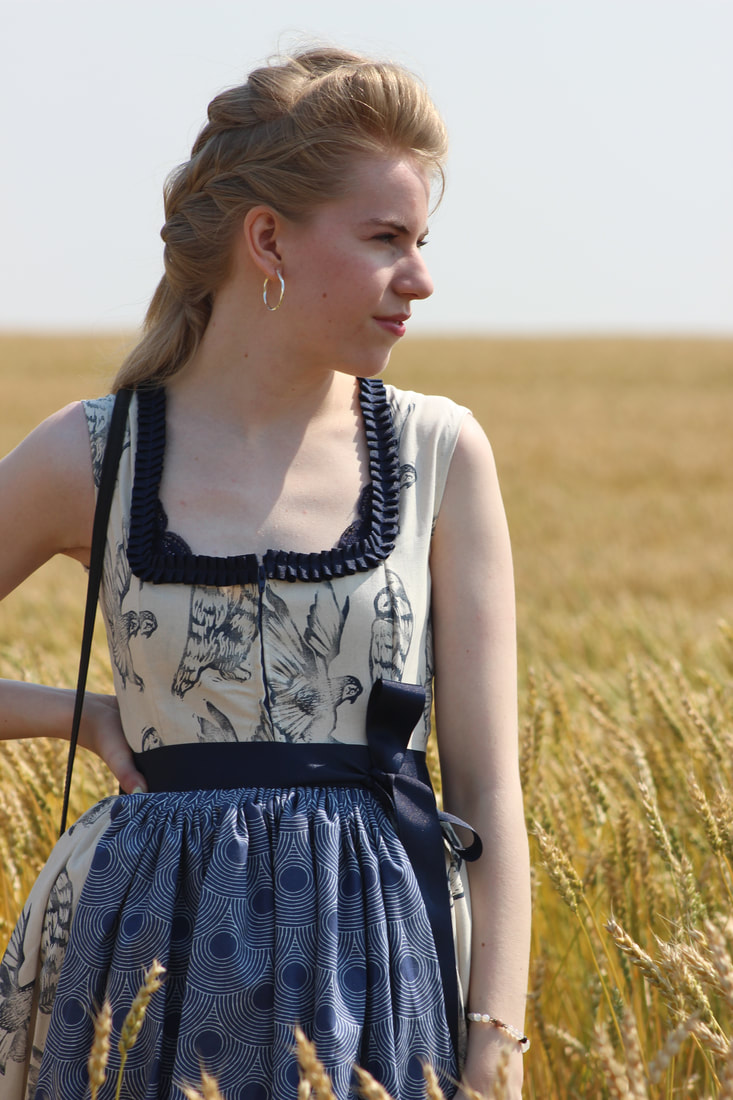
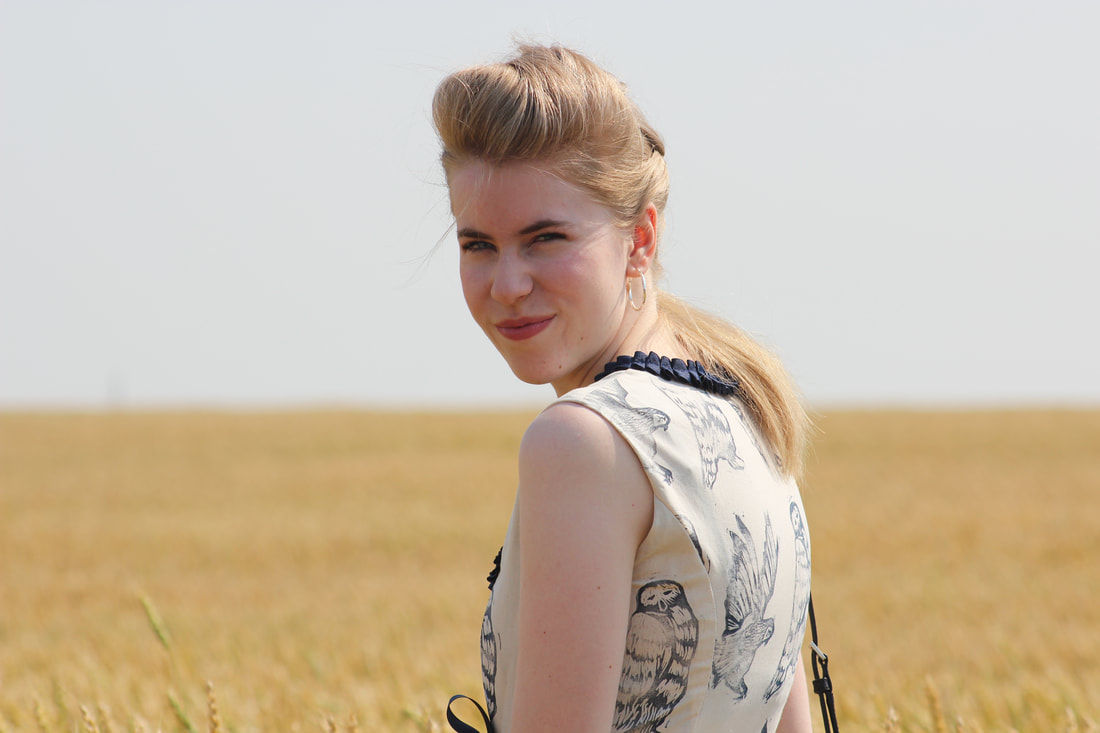
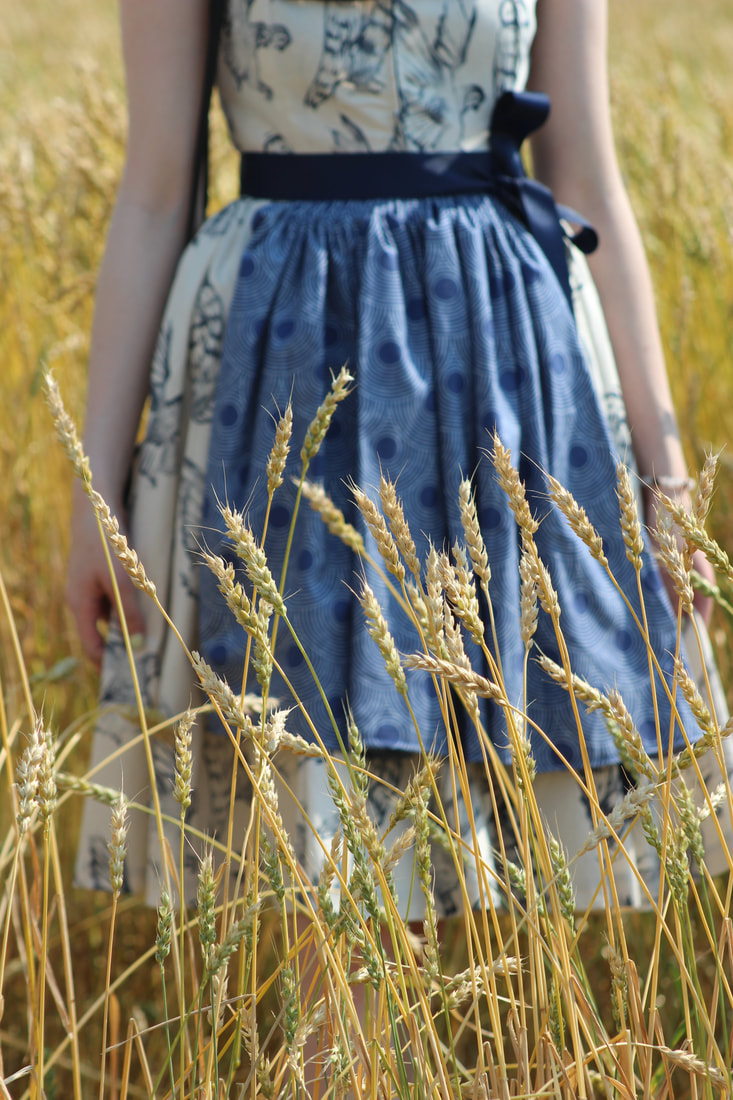
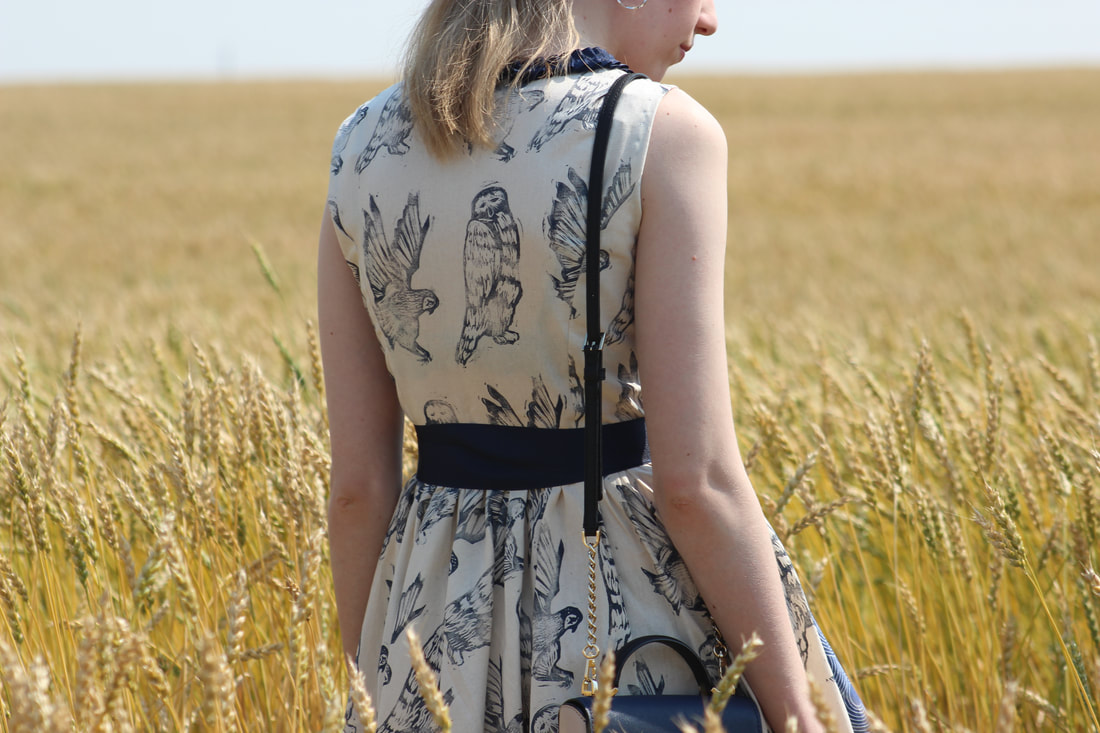
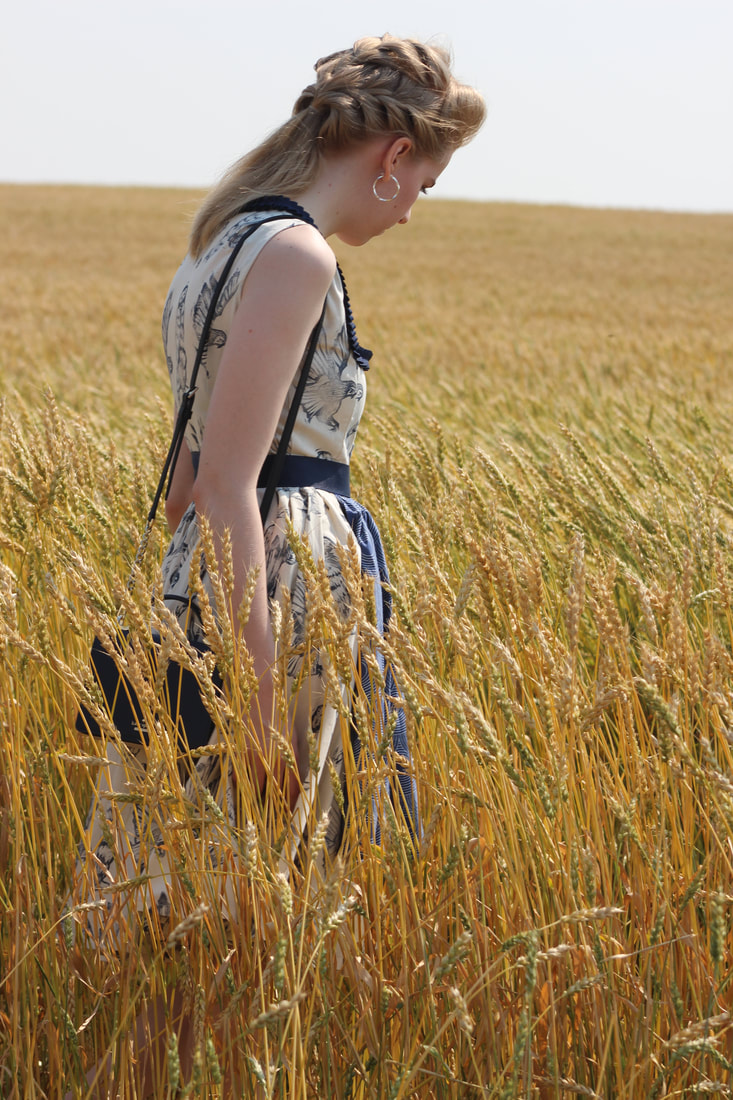
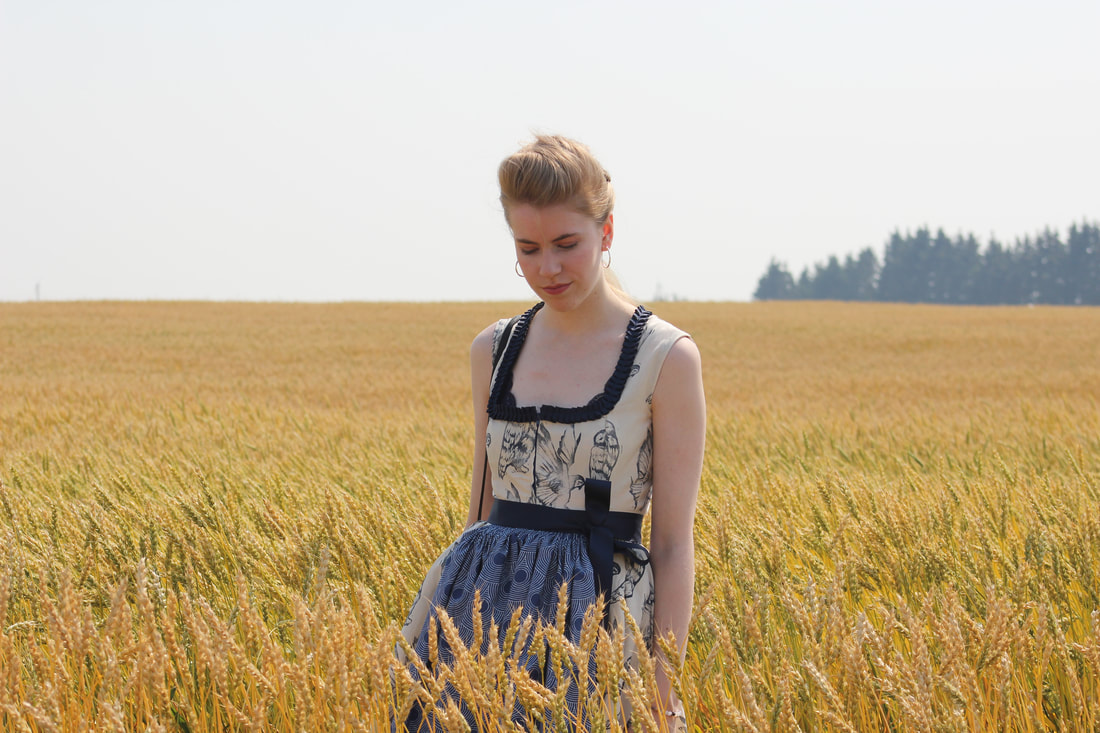
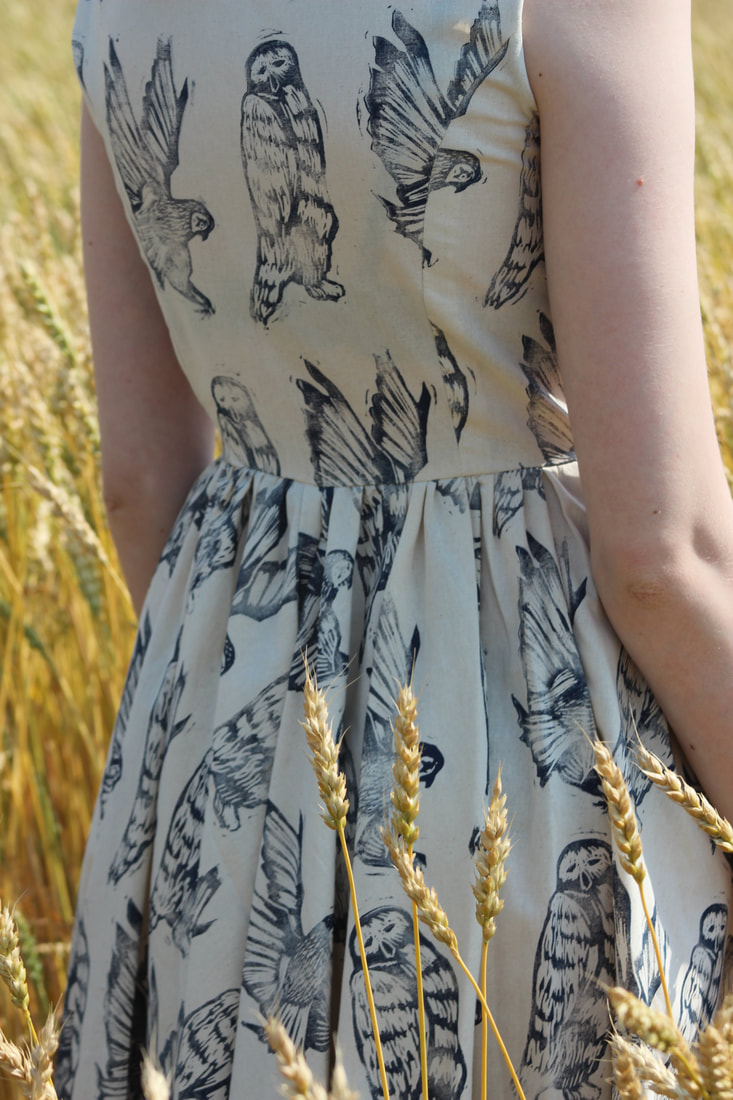
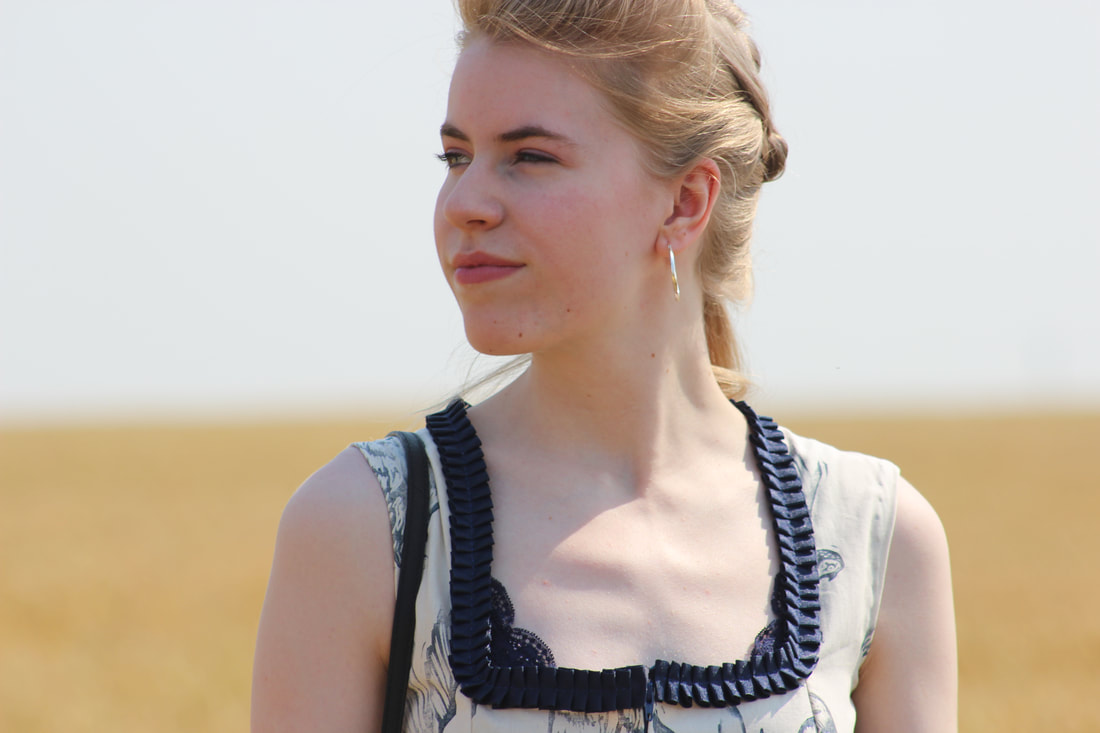
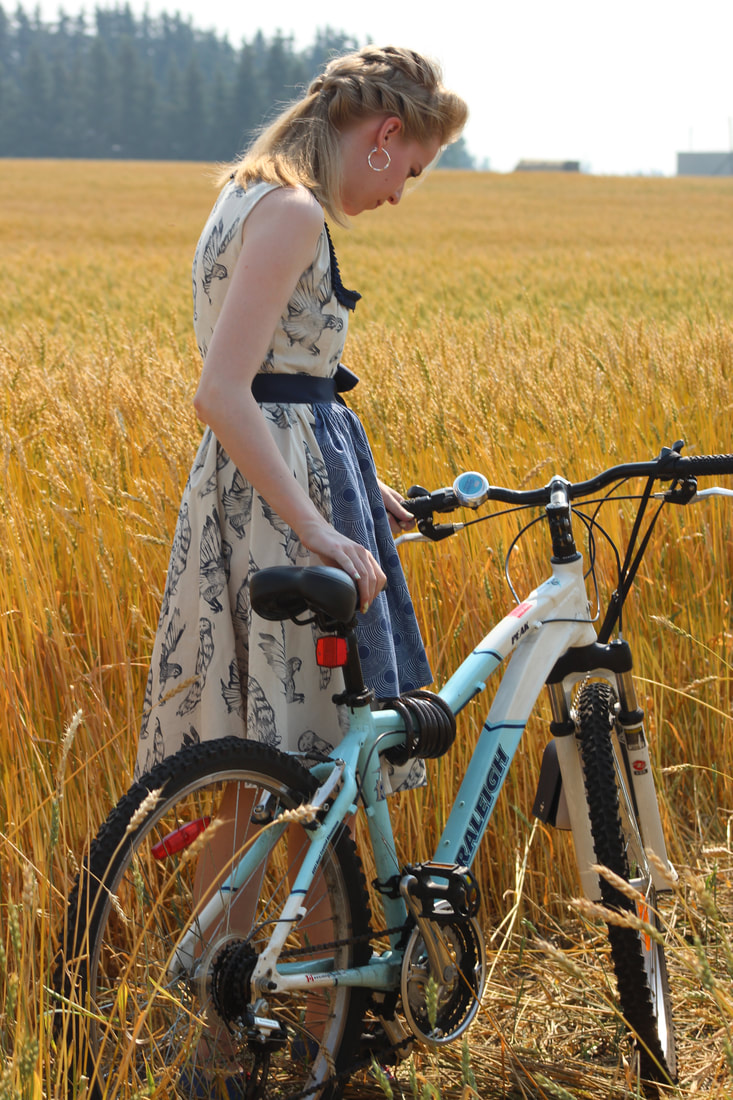
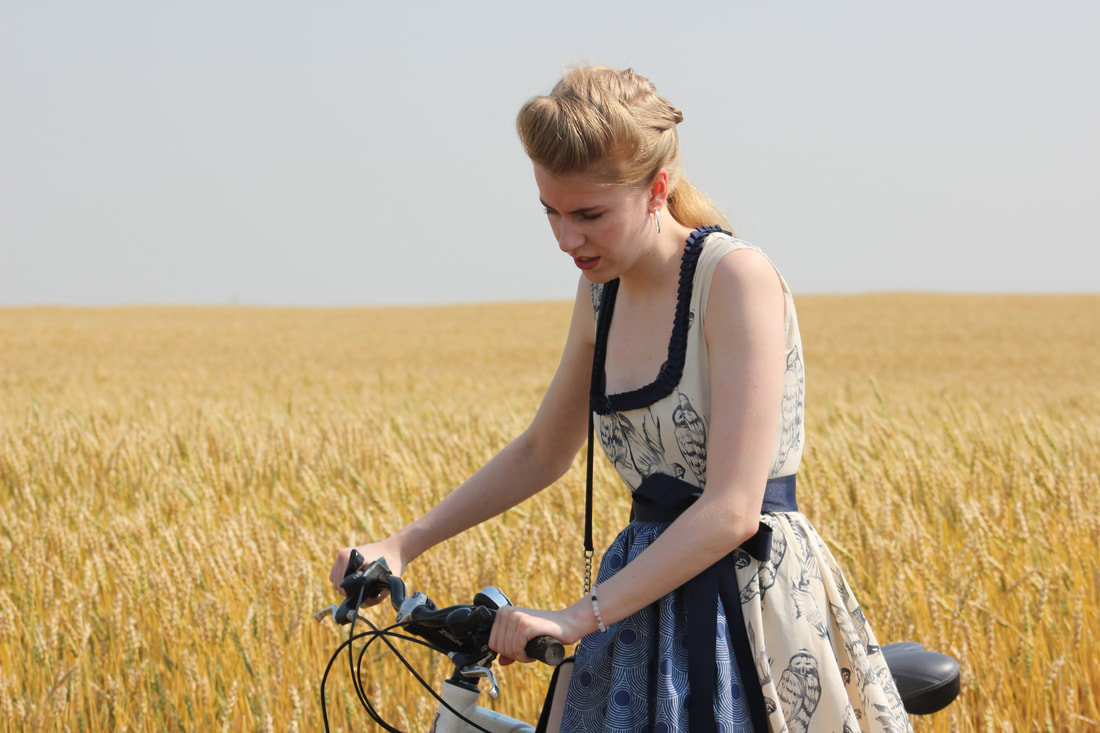
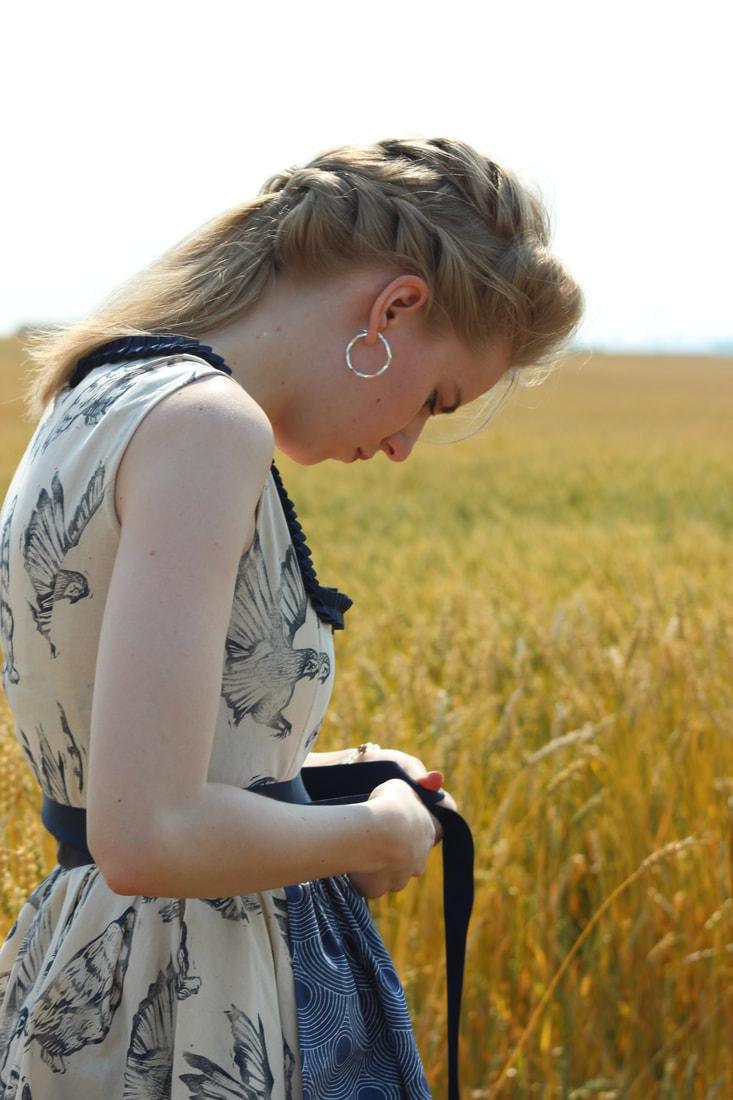

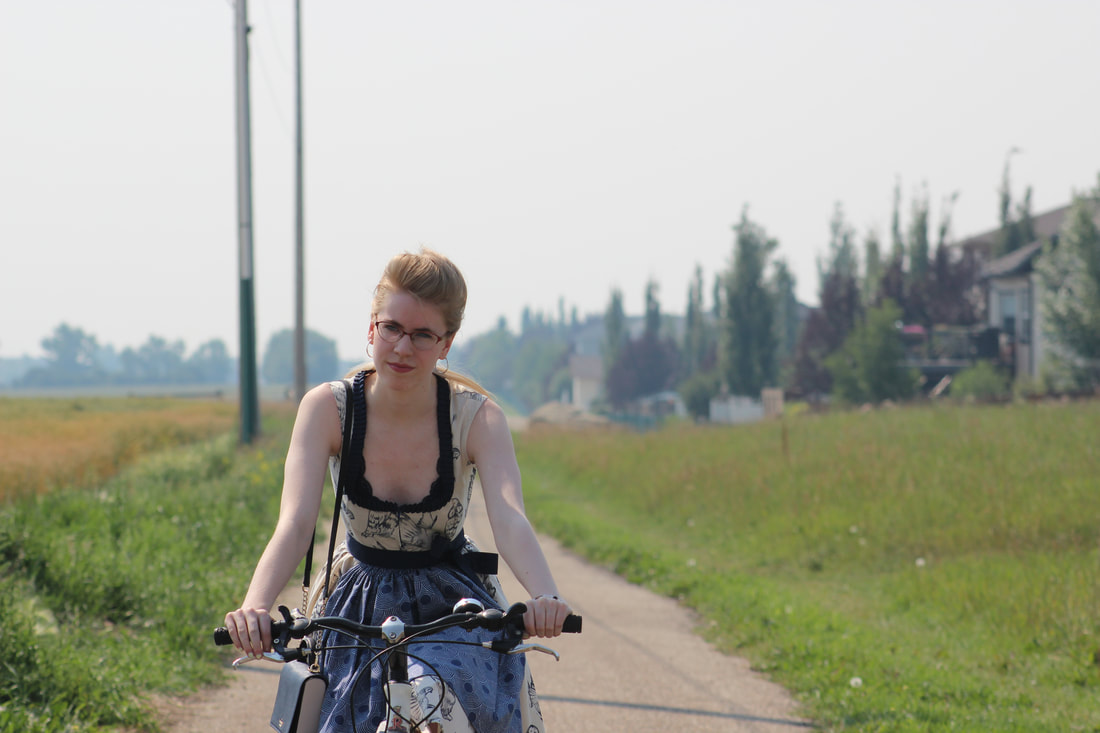
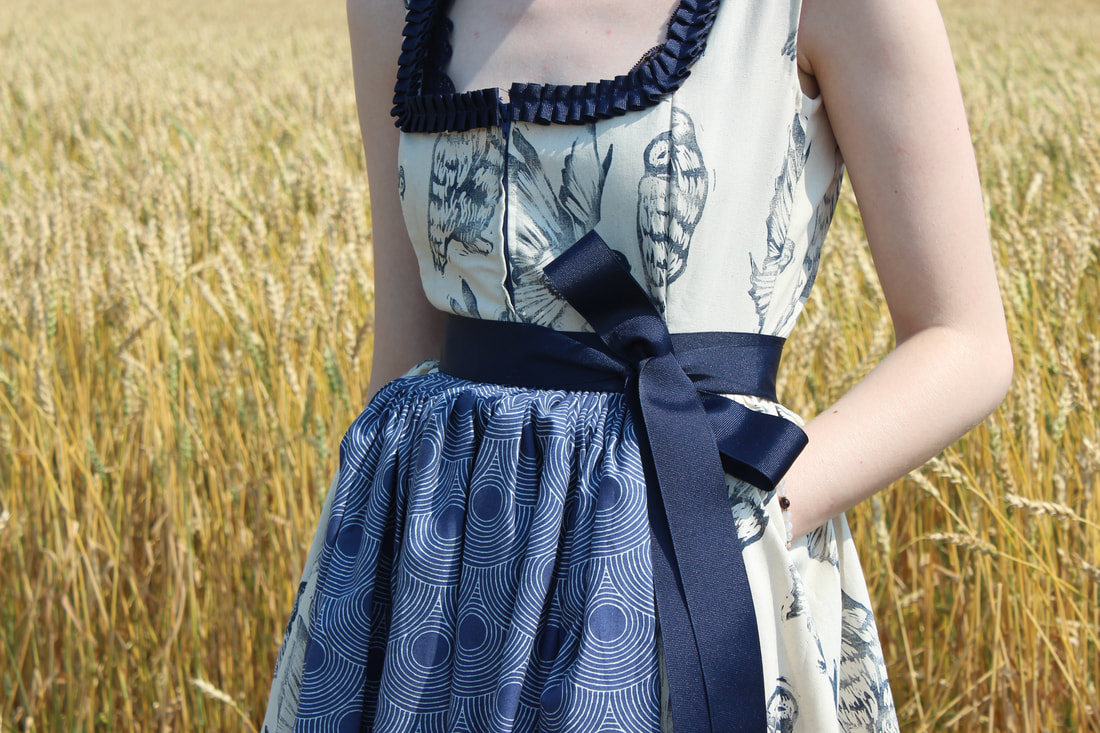
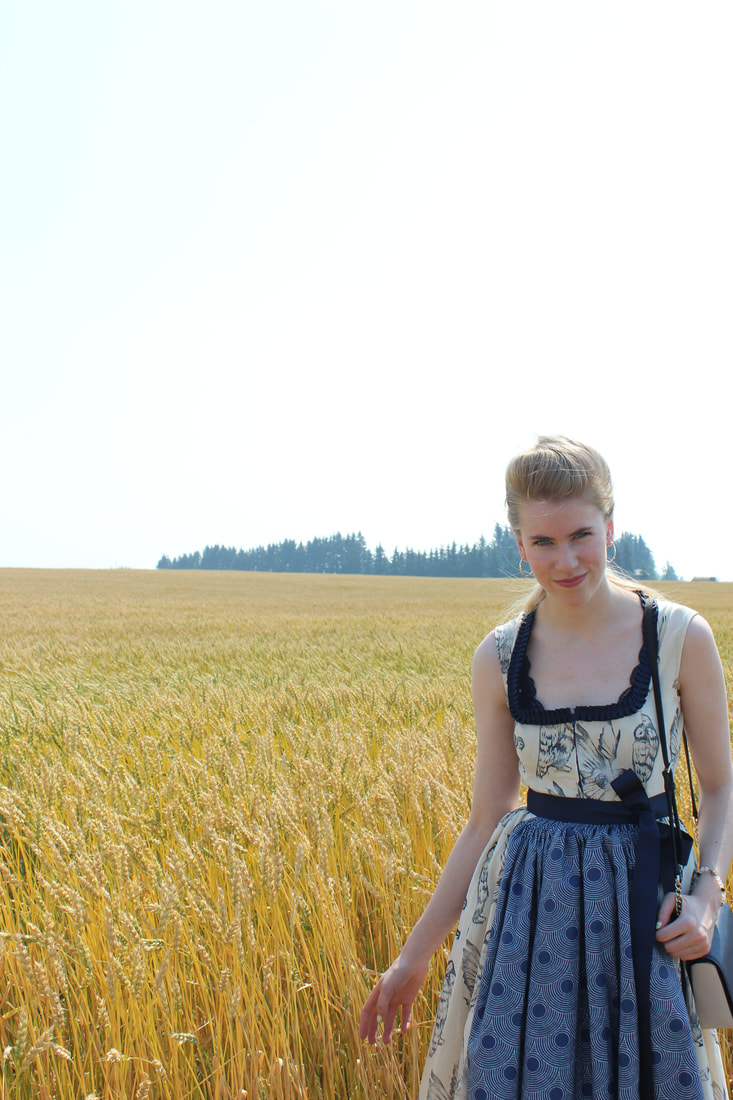
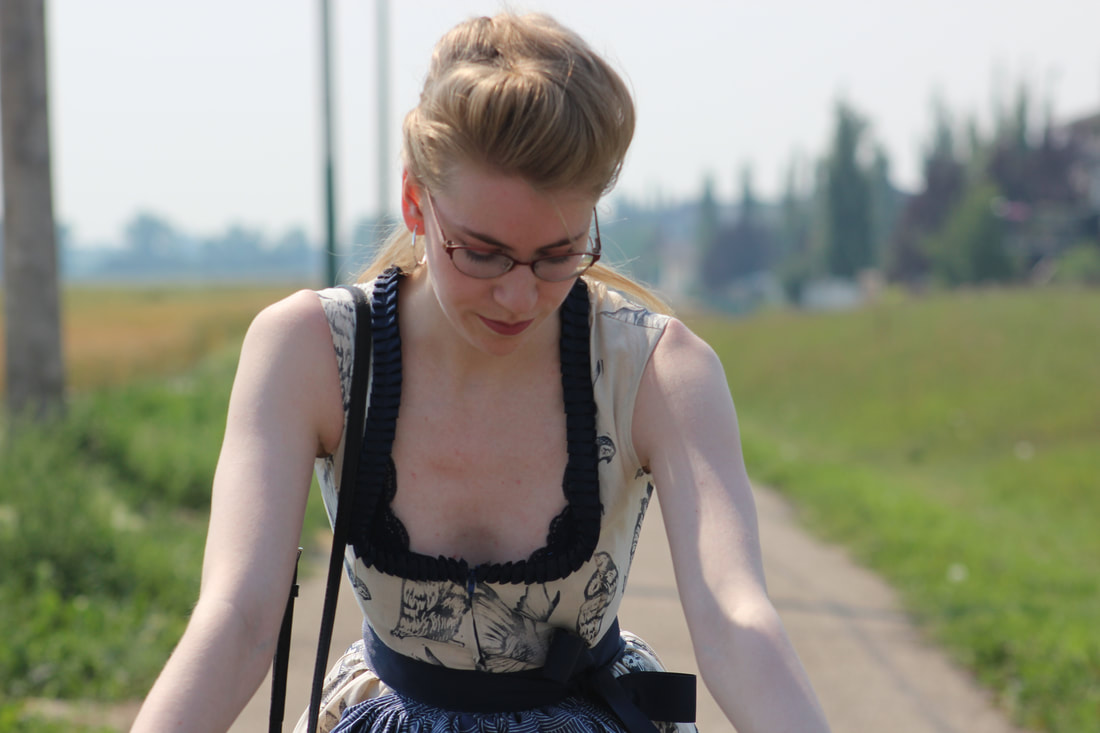
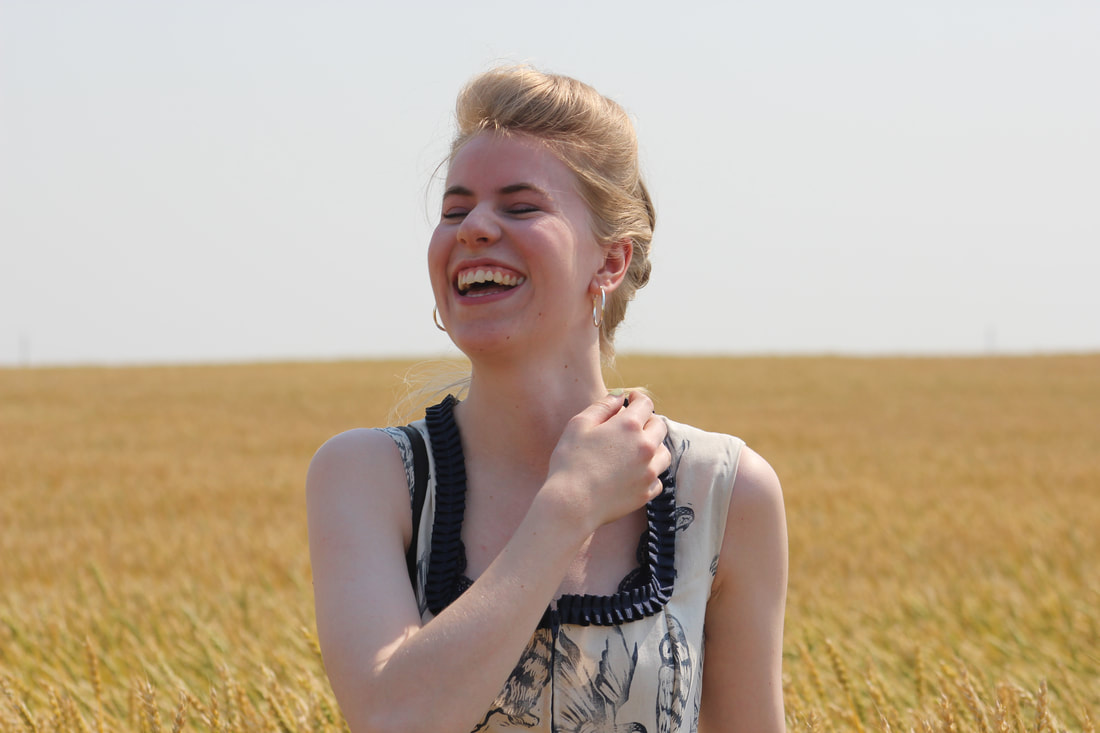
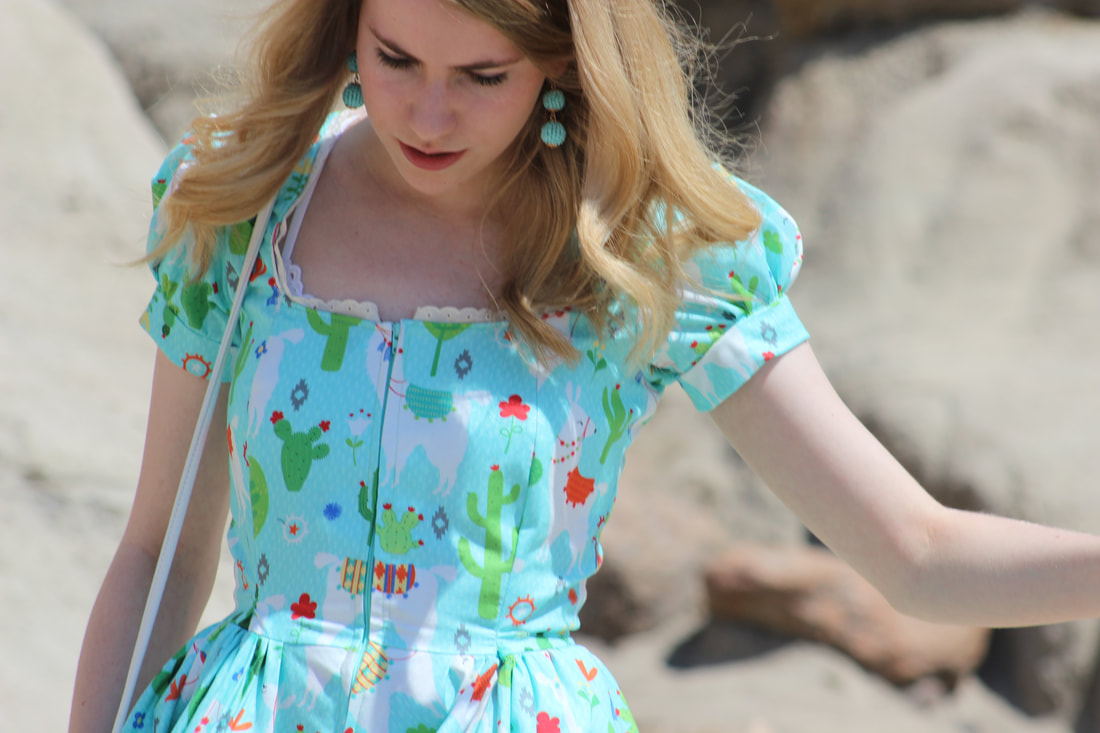
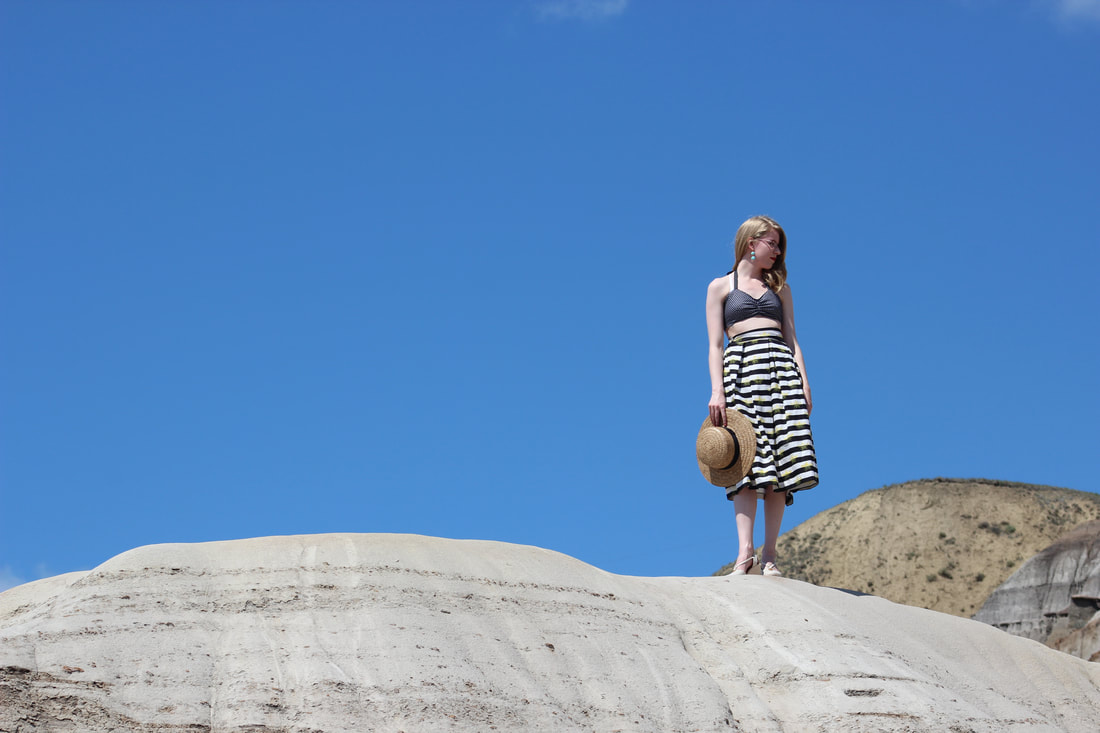
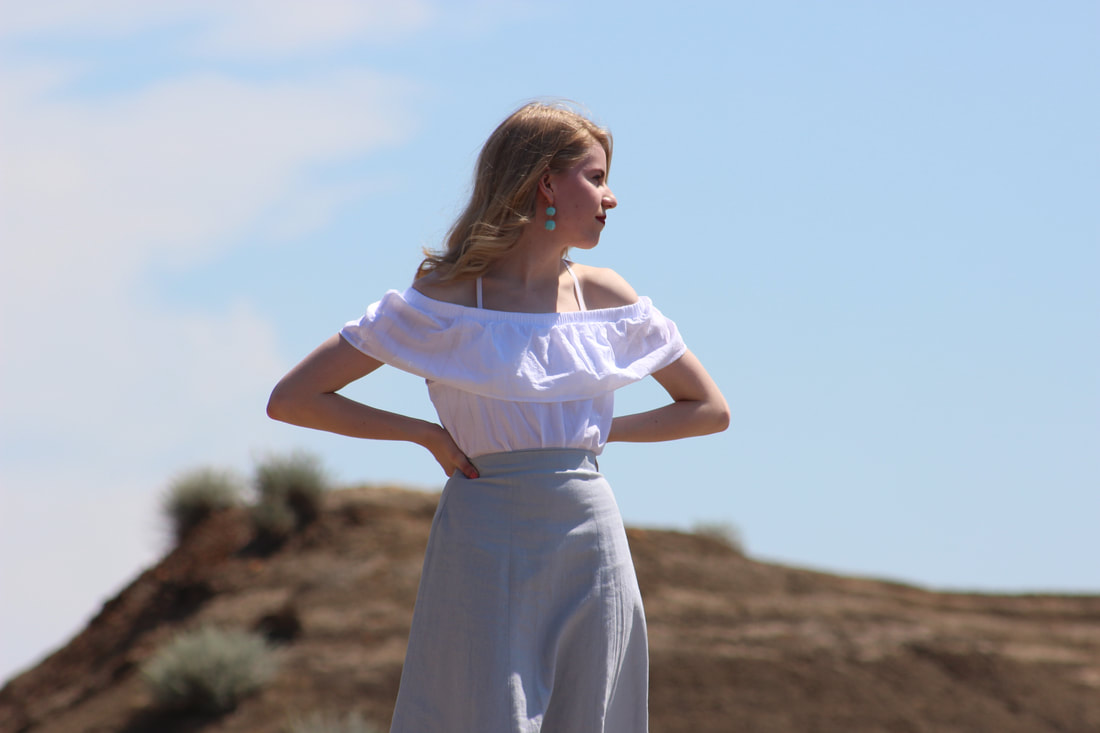
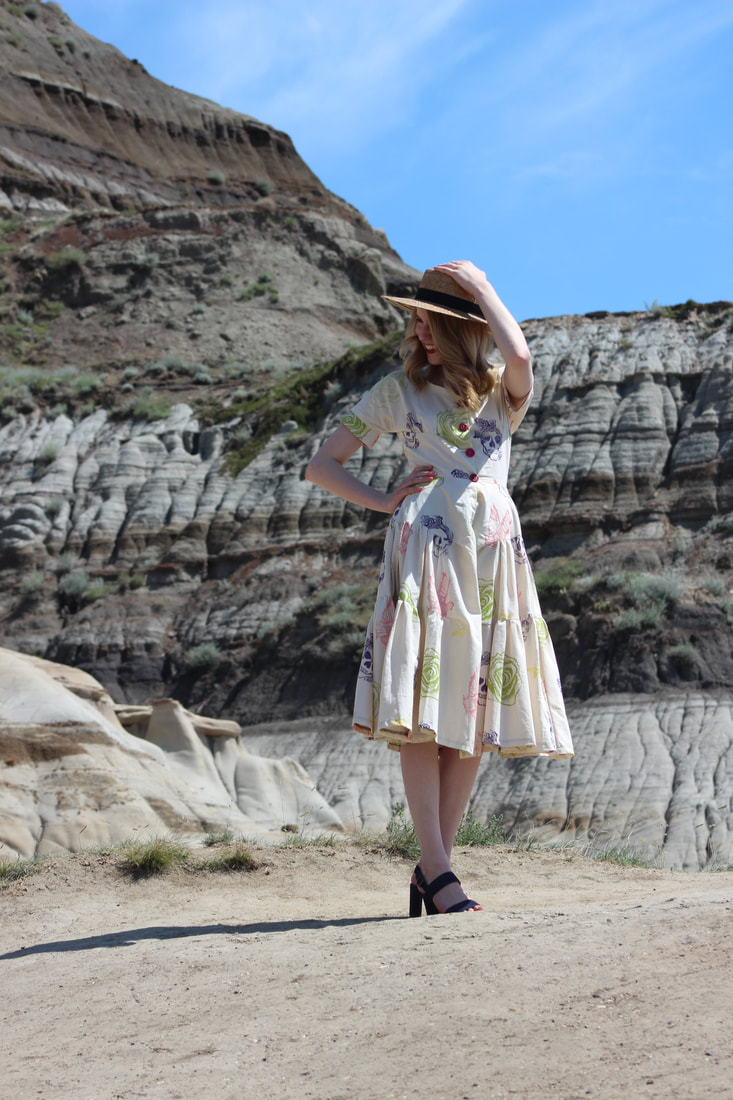
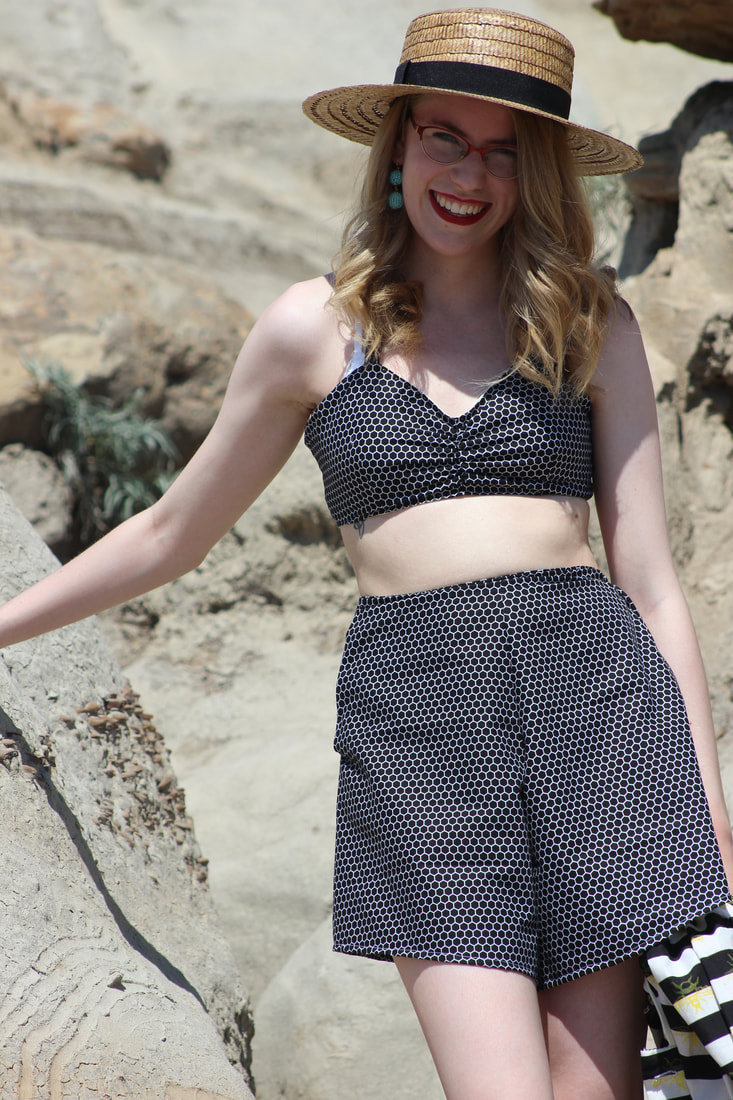
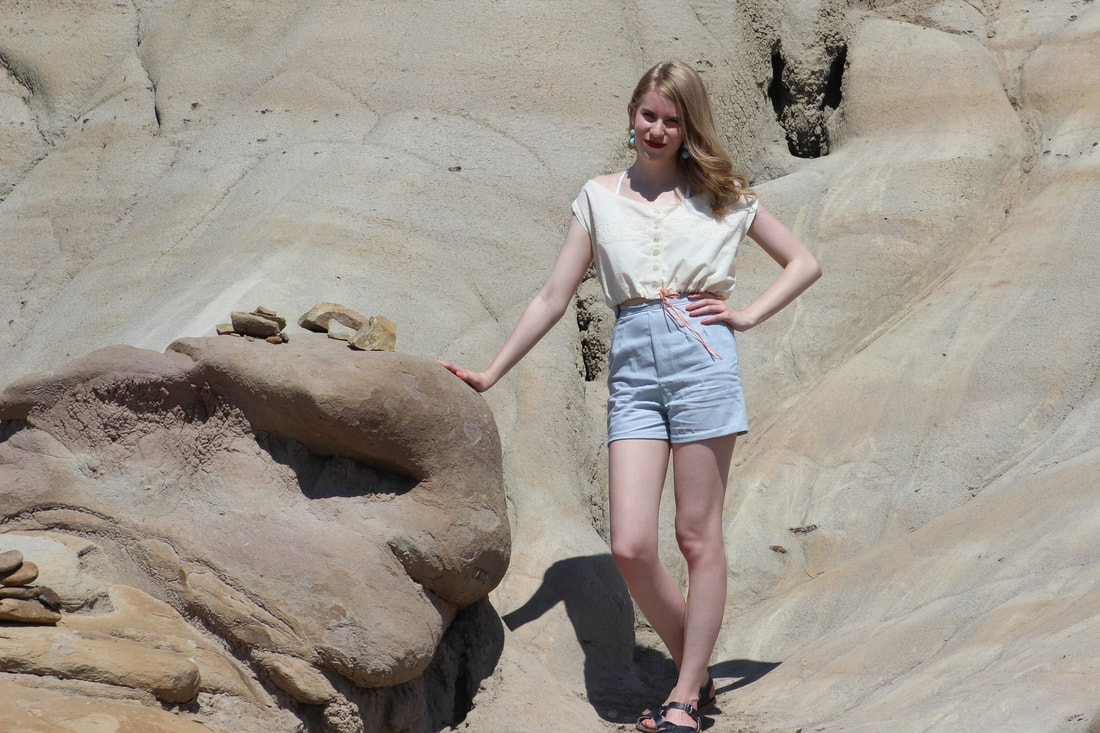
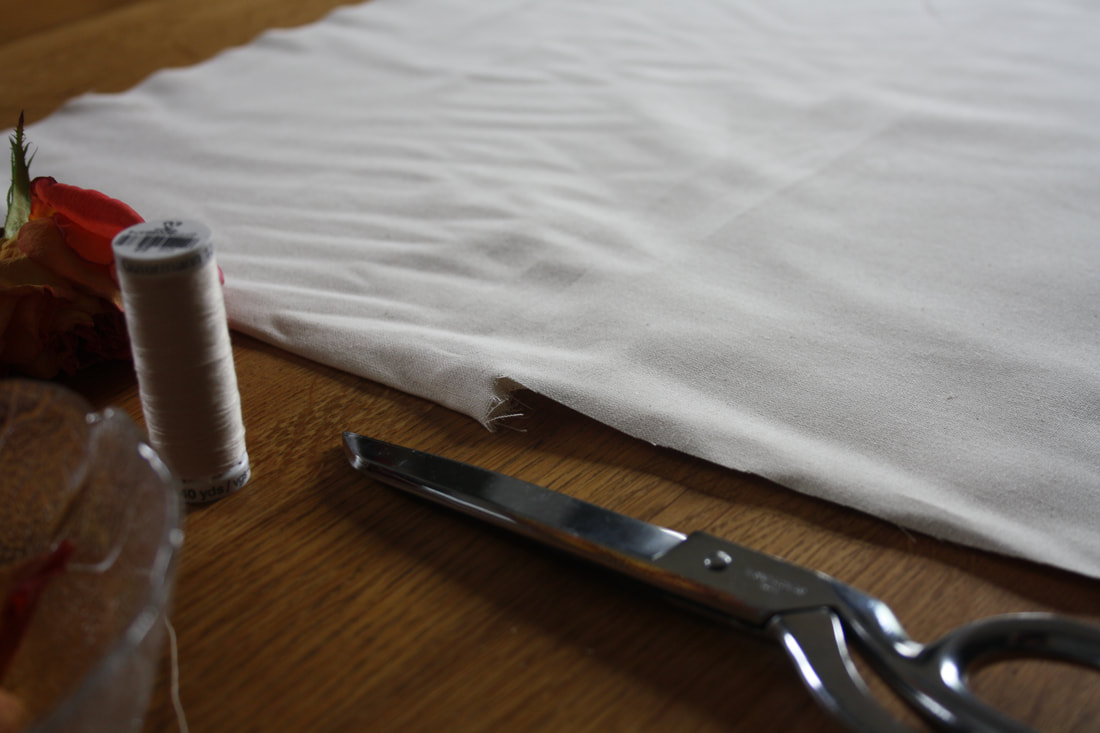
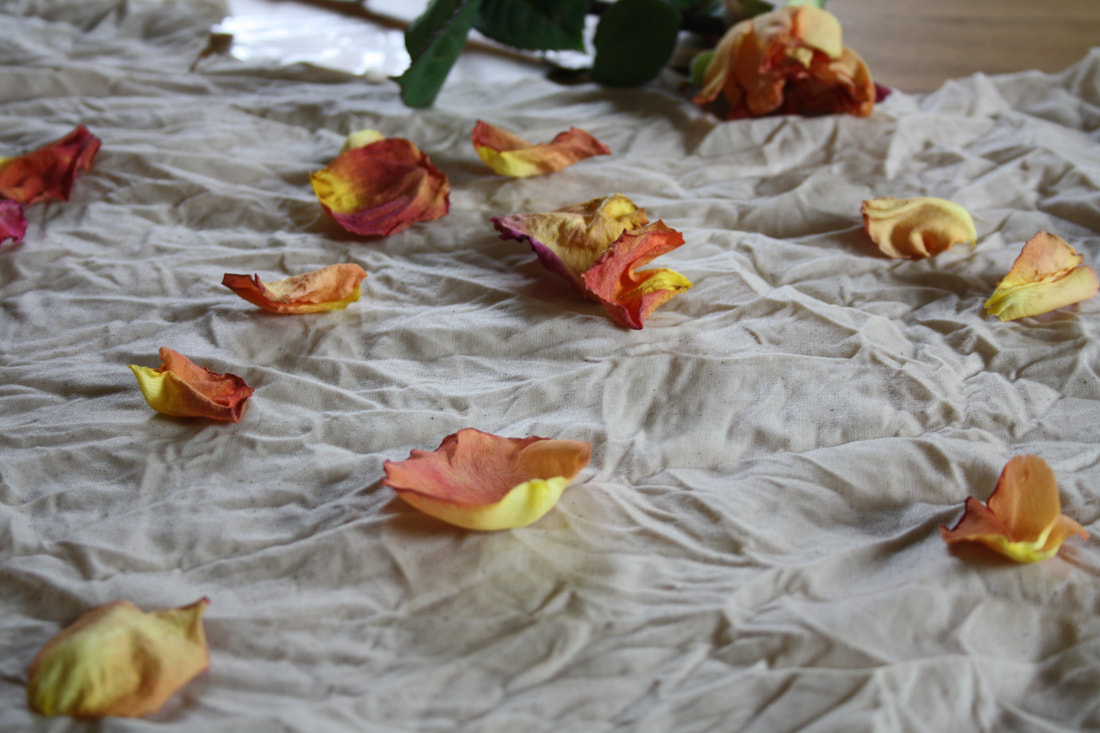
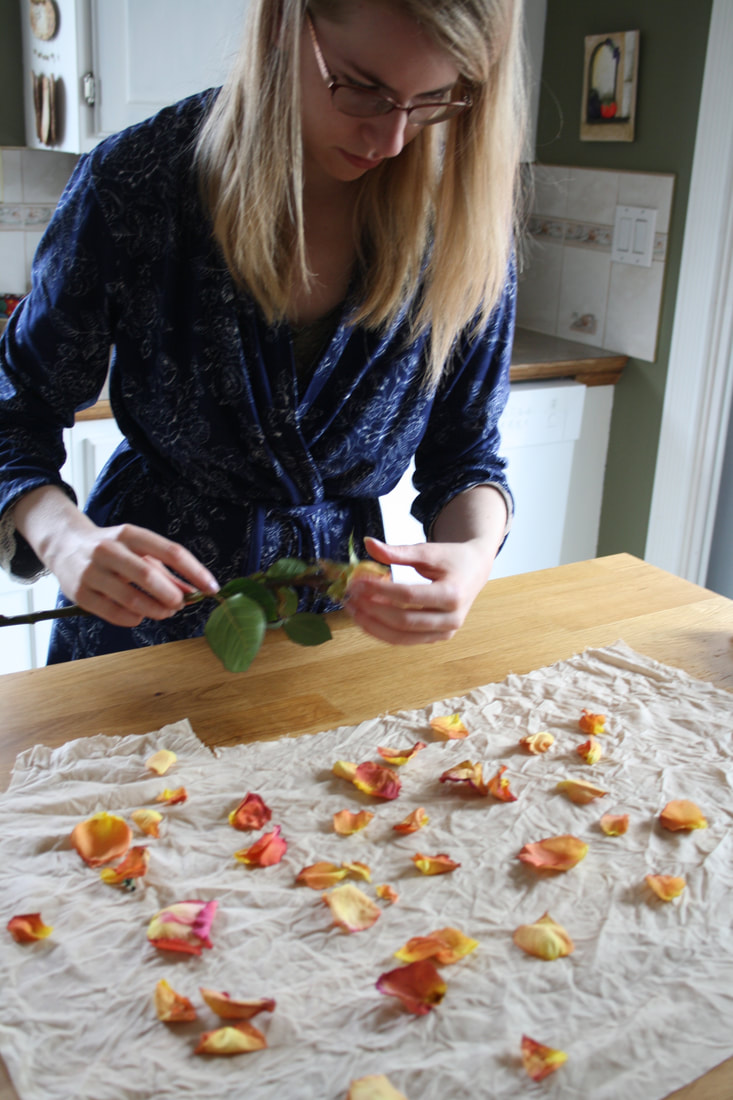
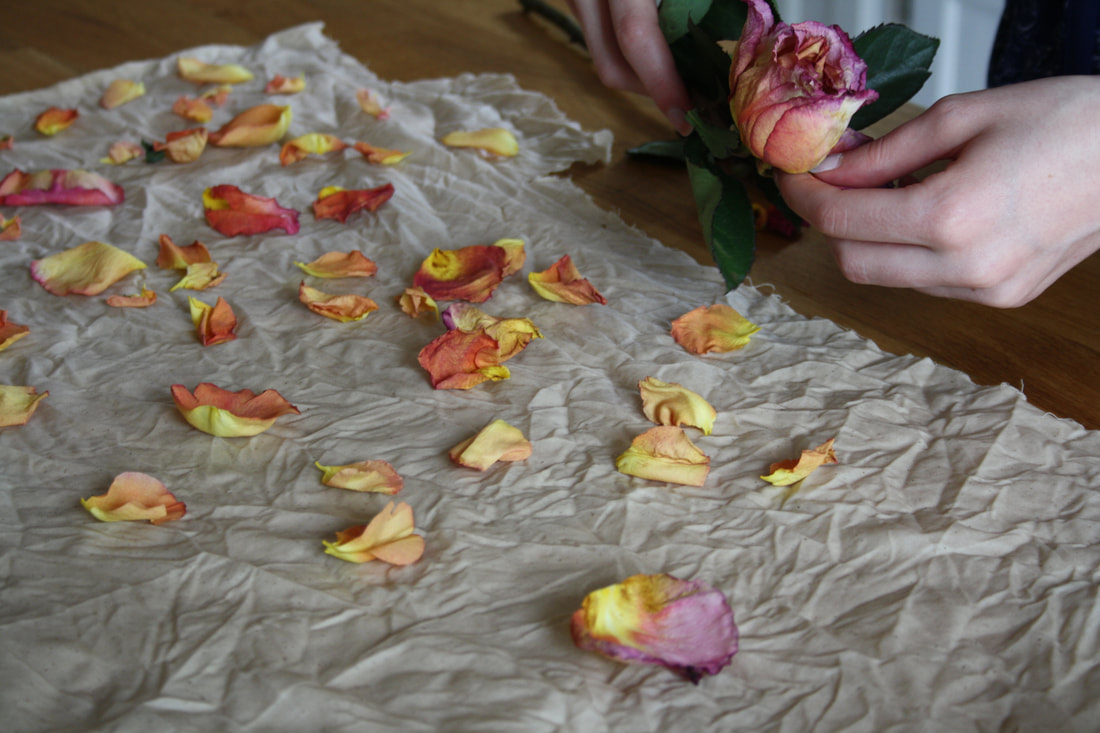
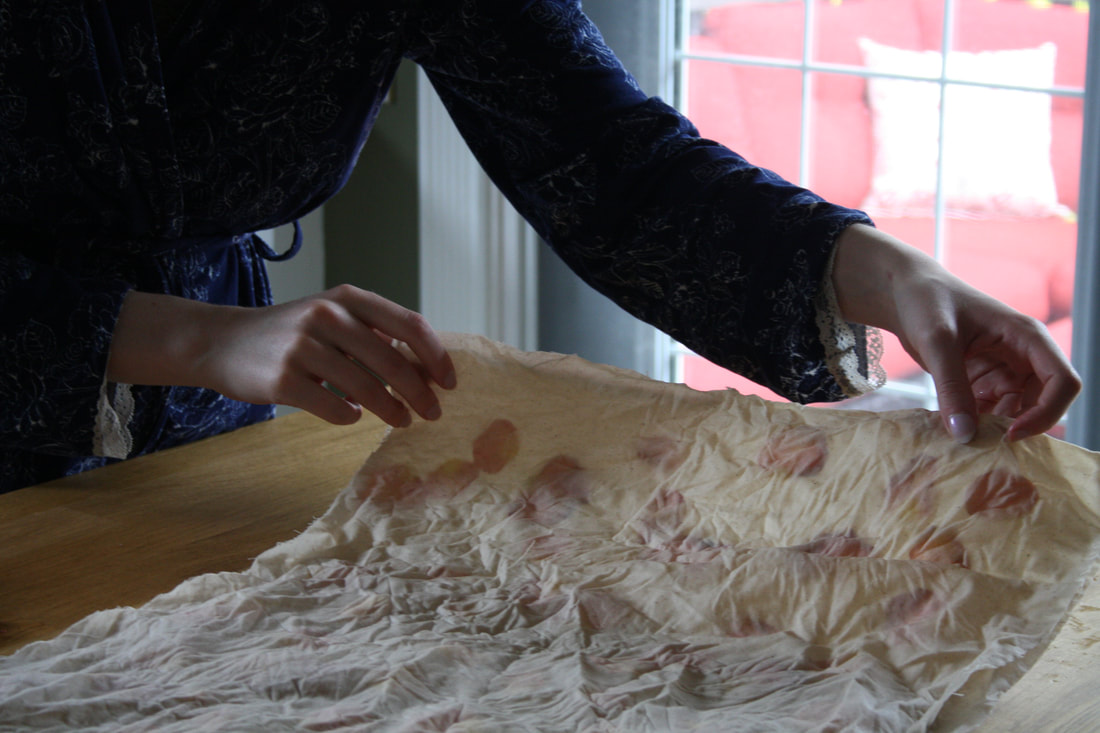
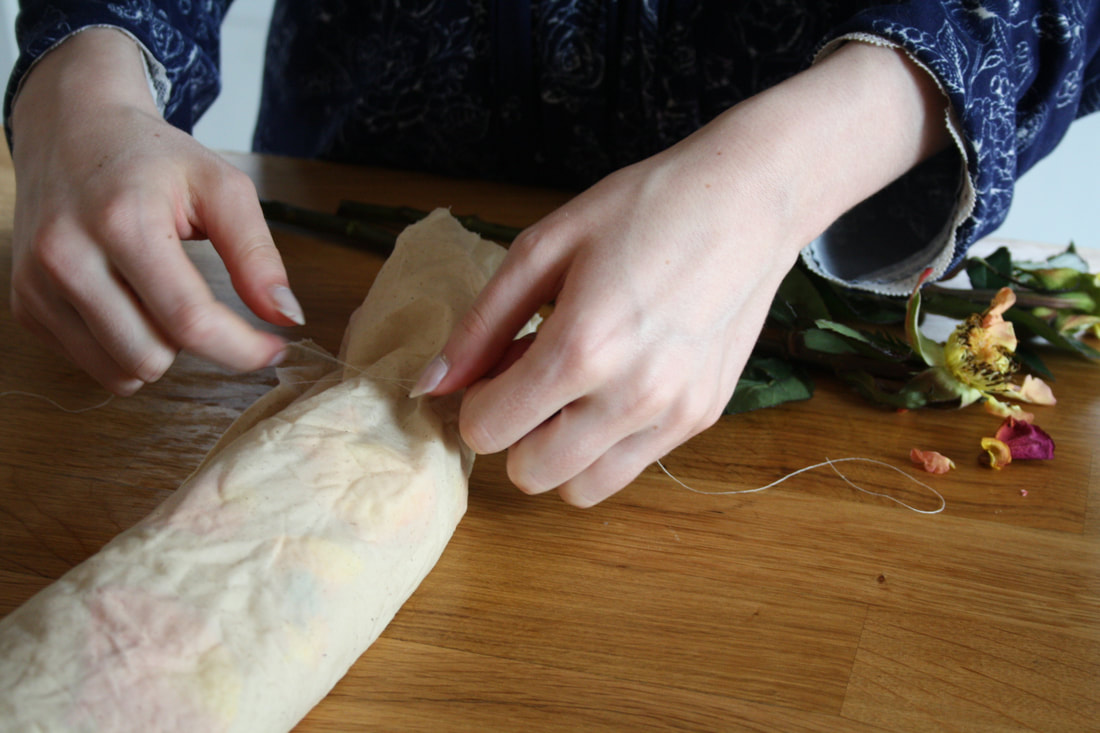
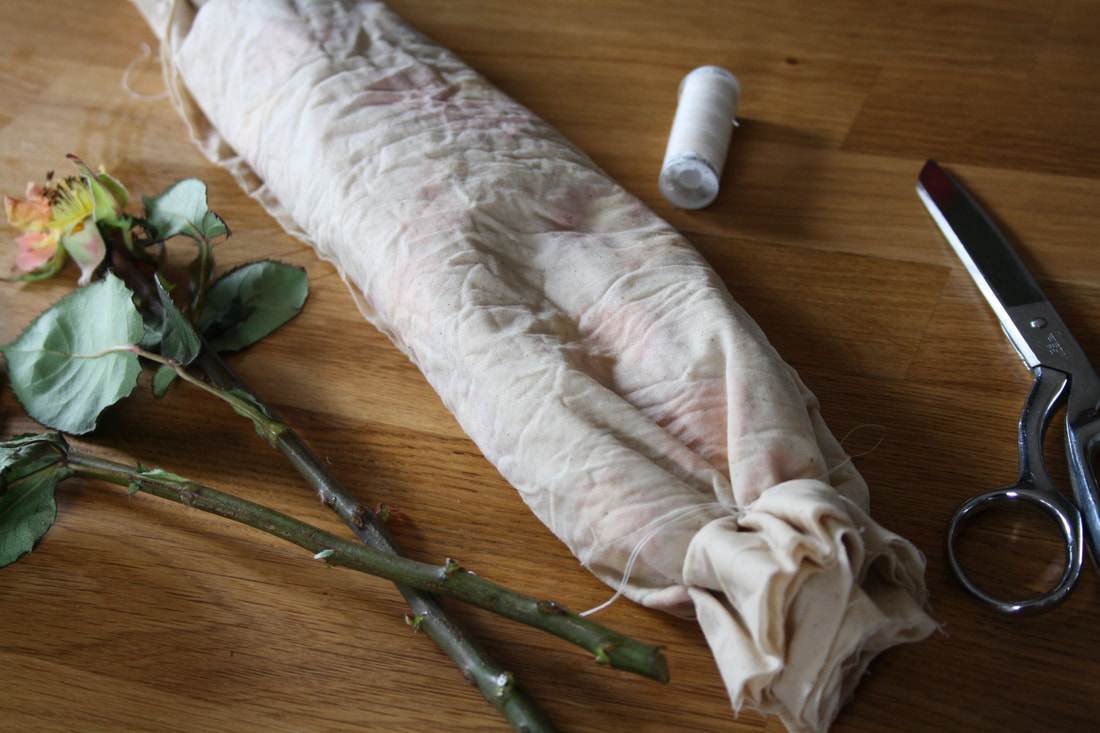
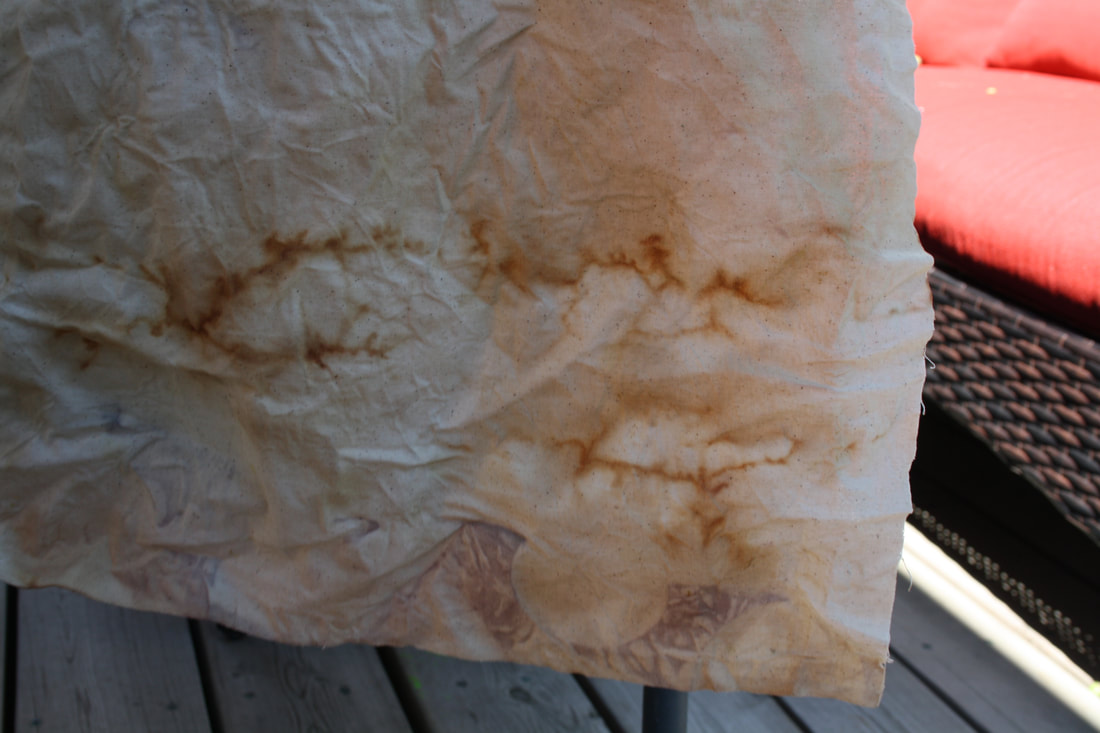
 RSS Feed
RSS Feed
